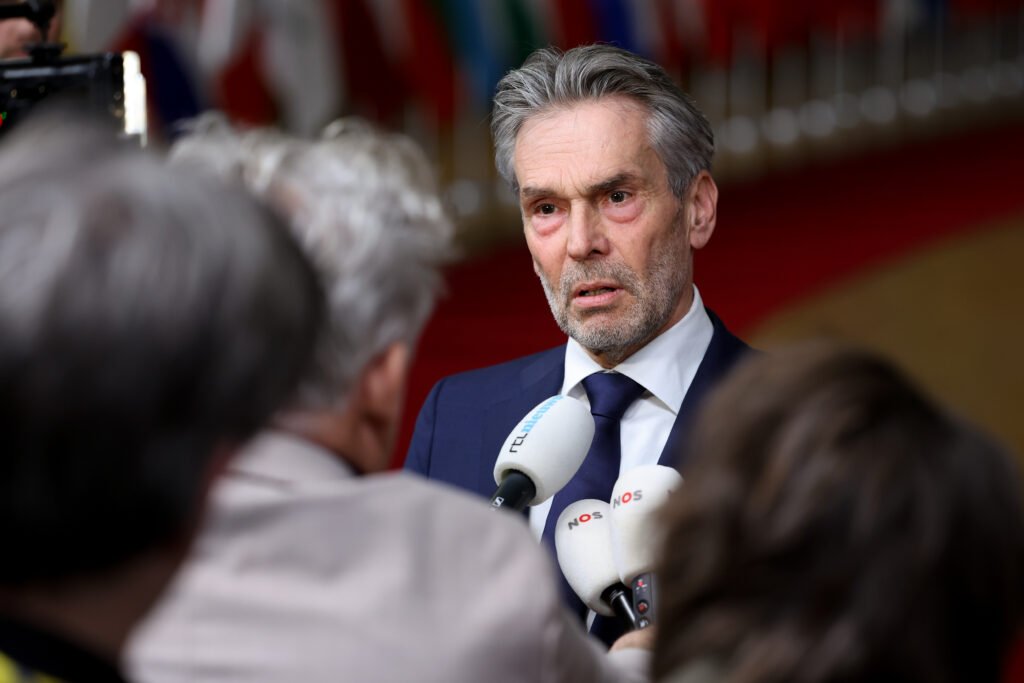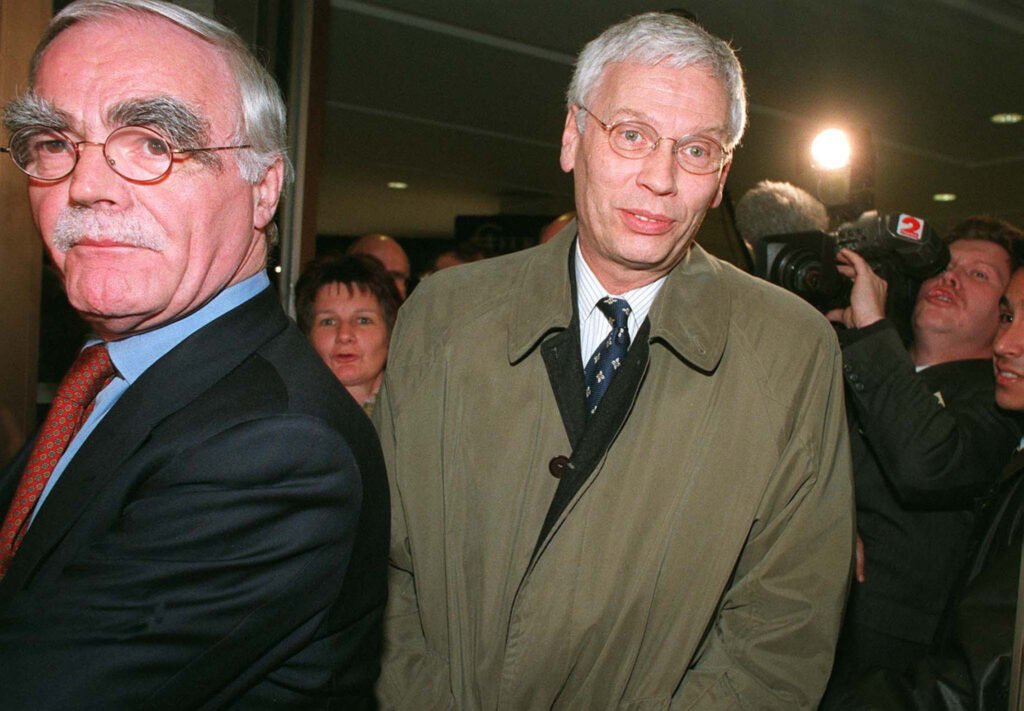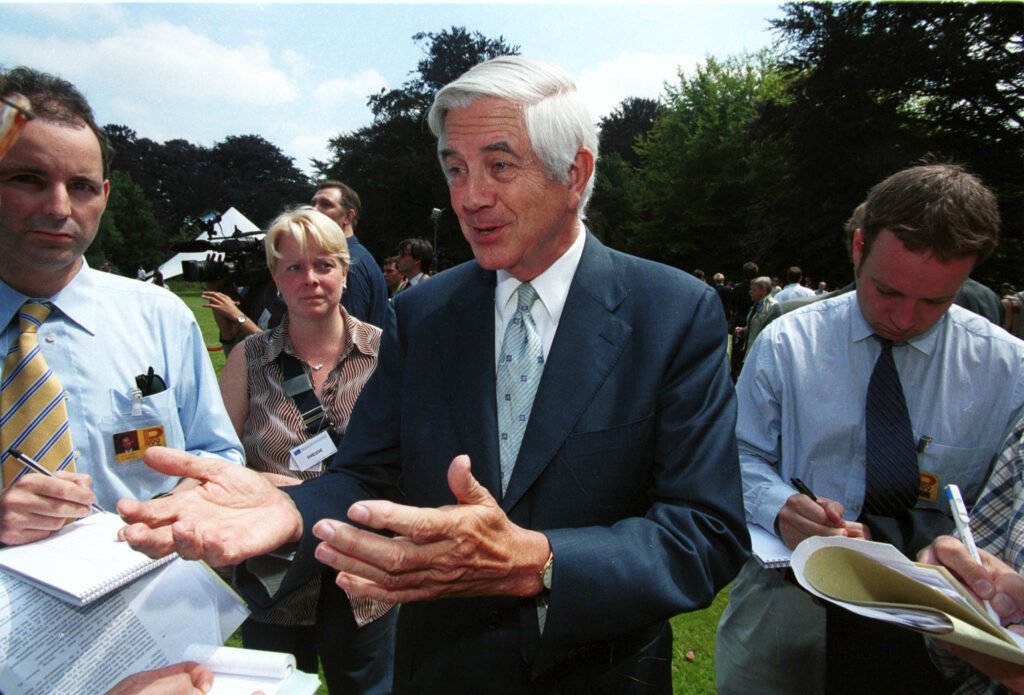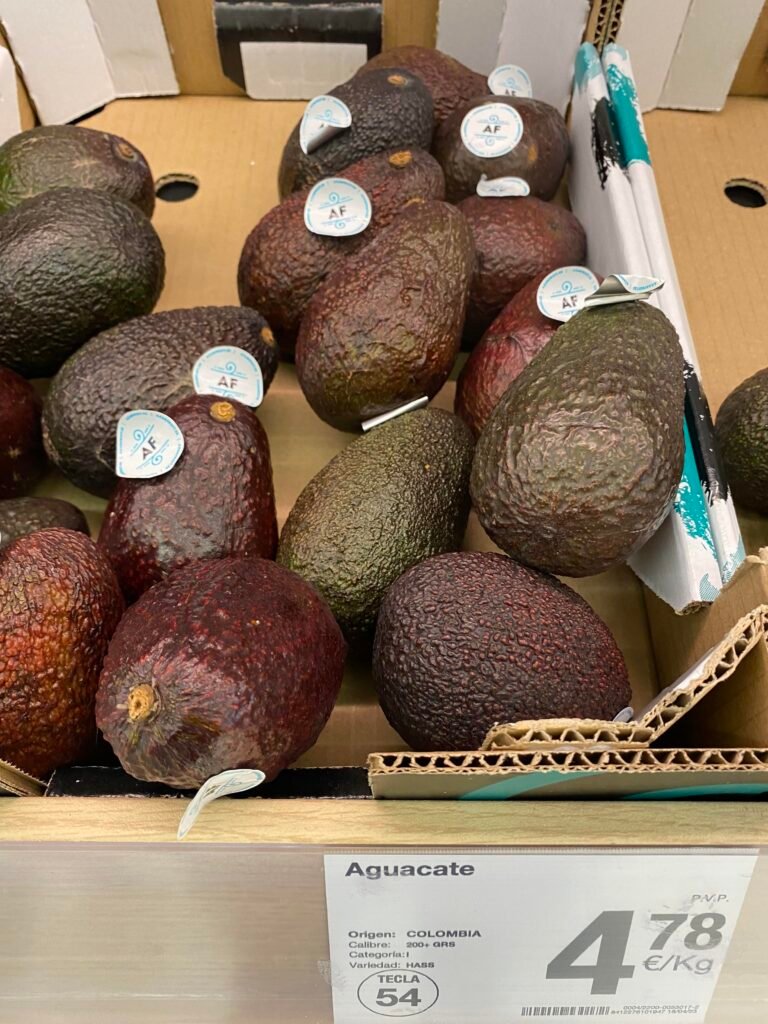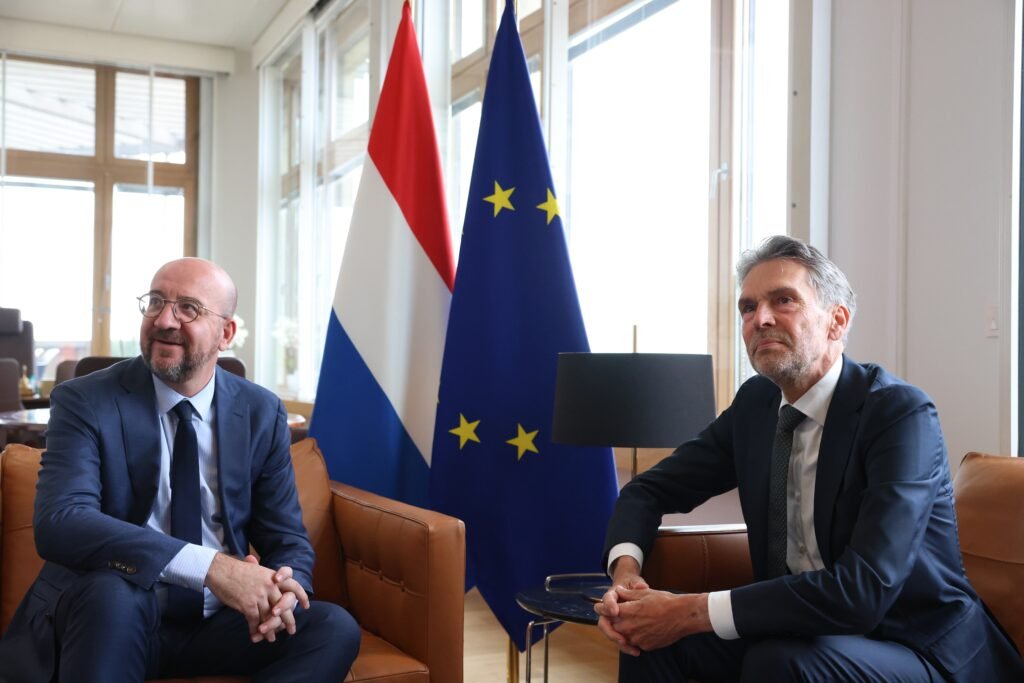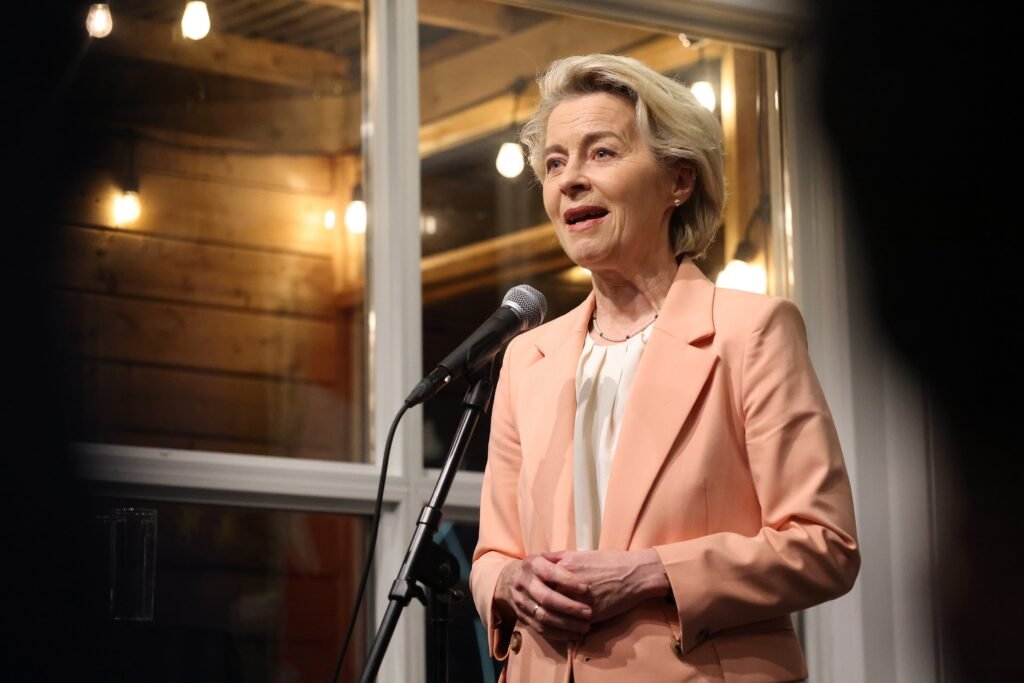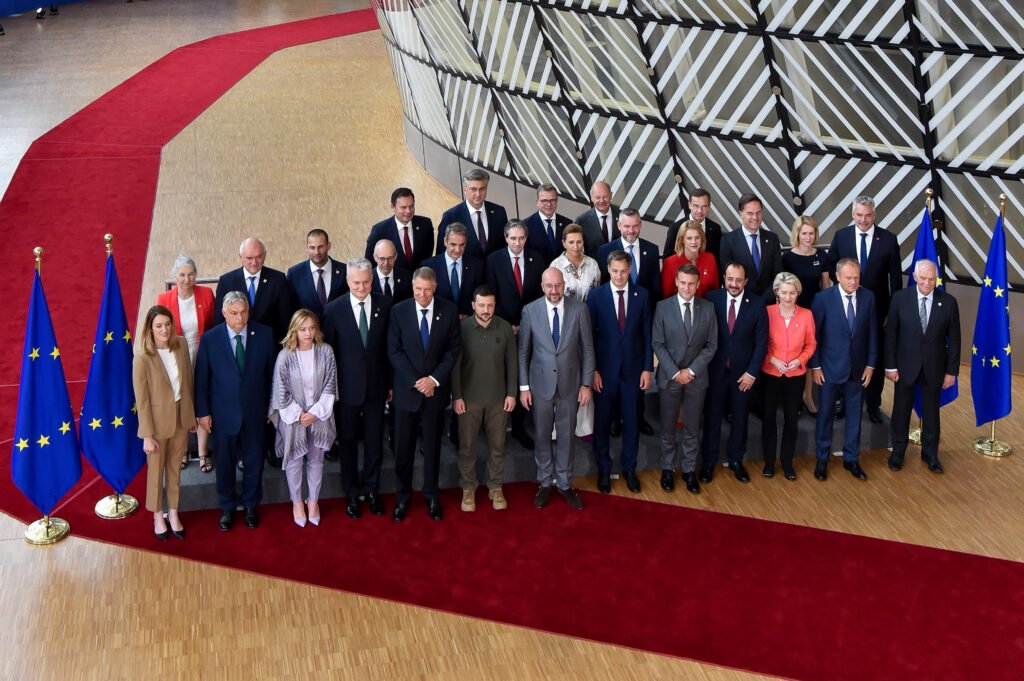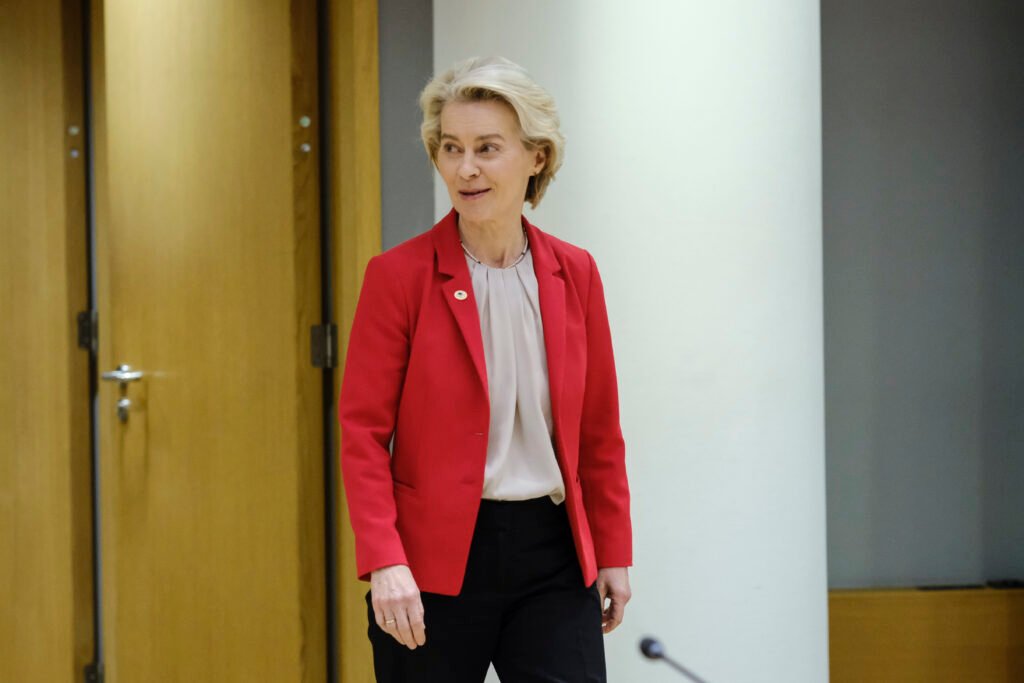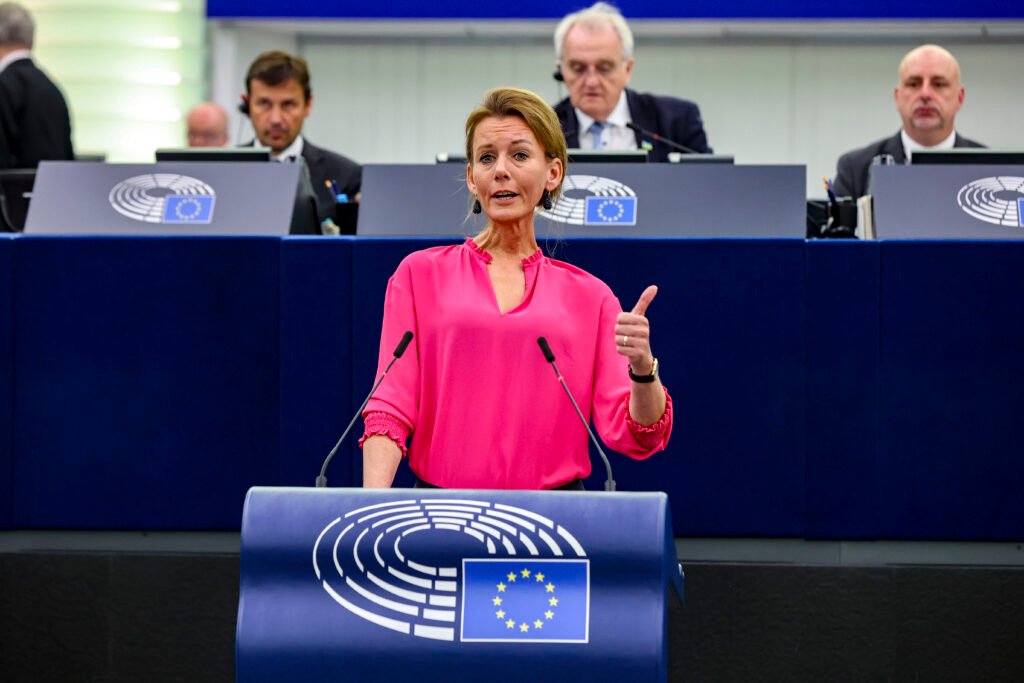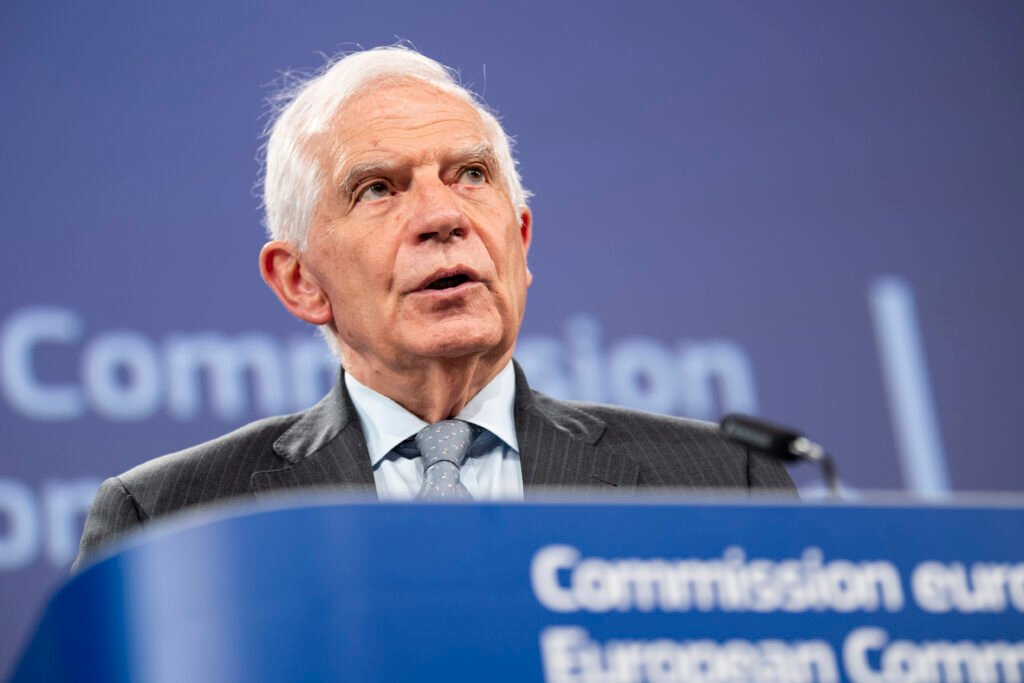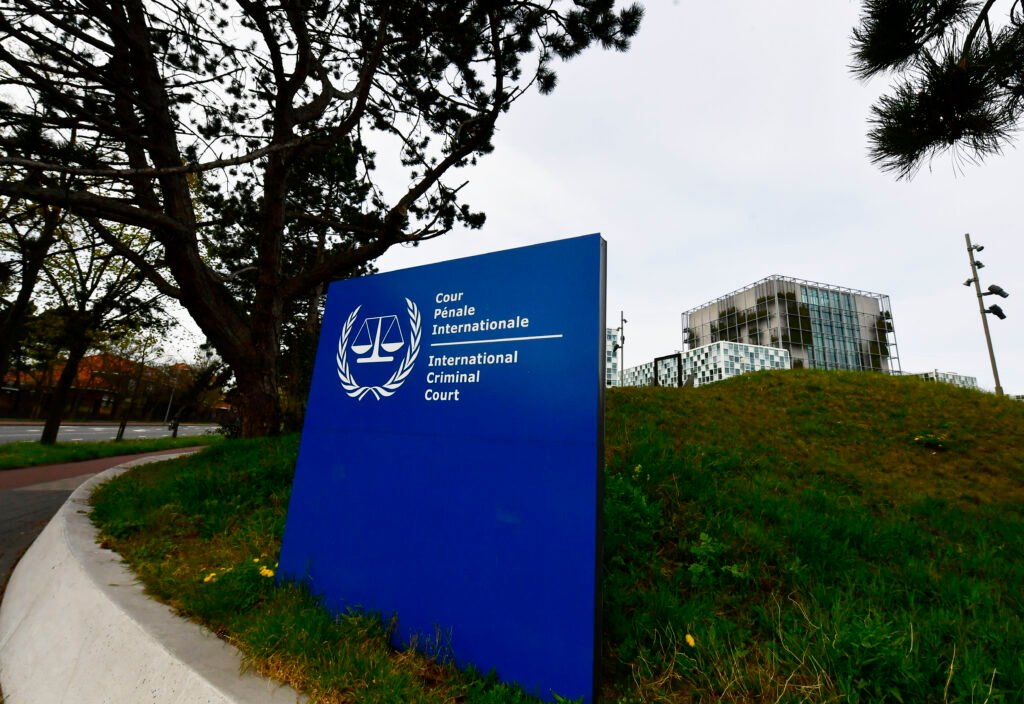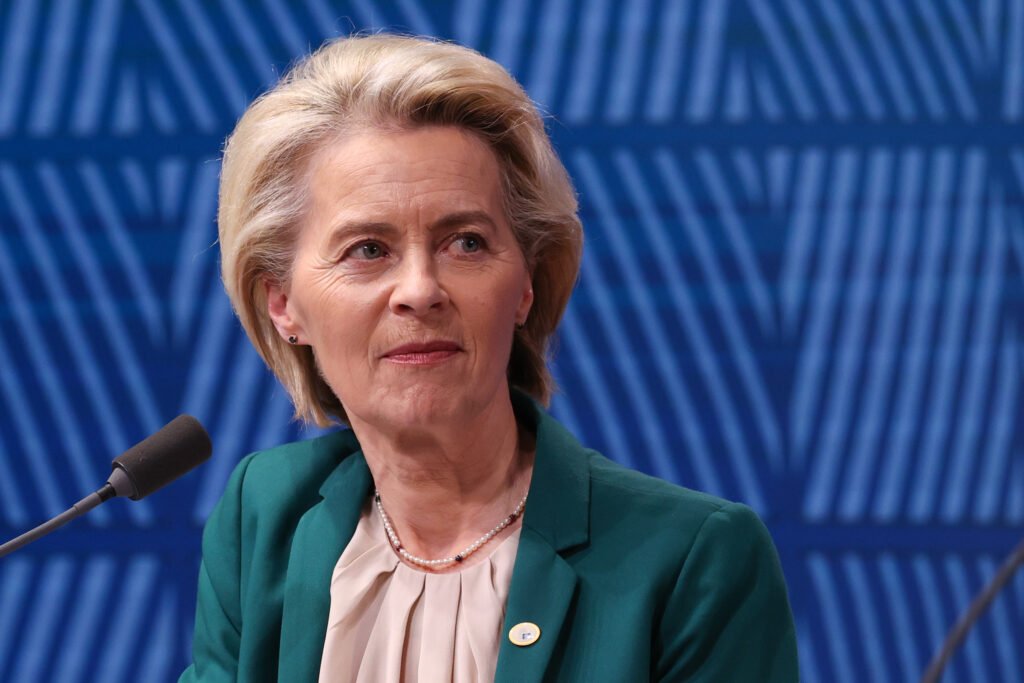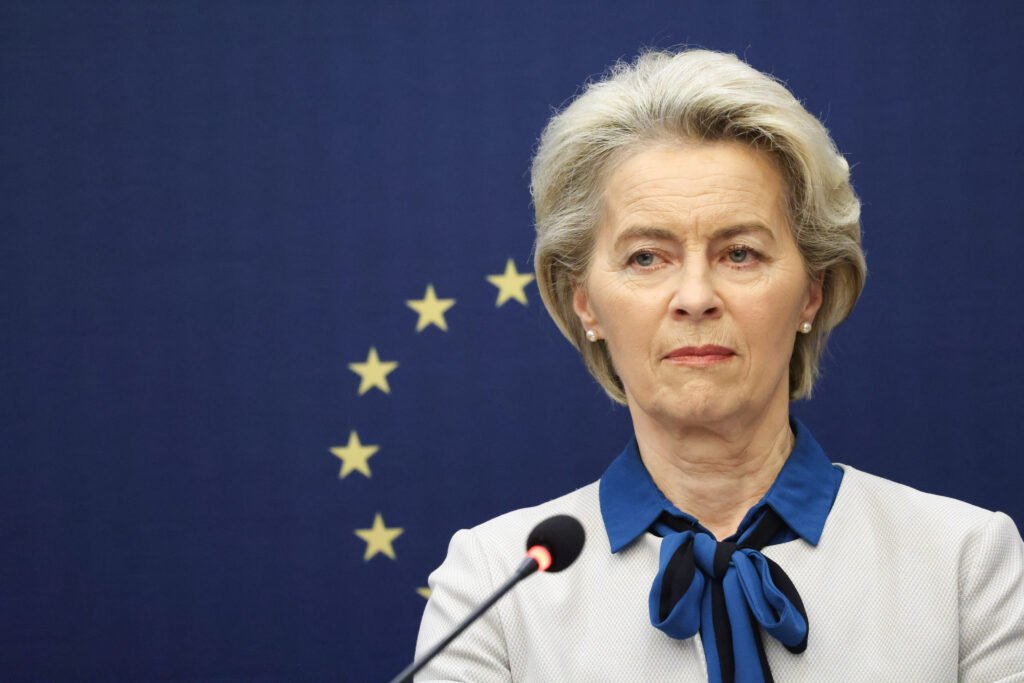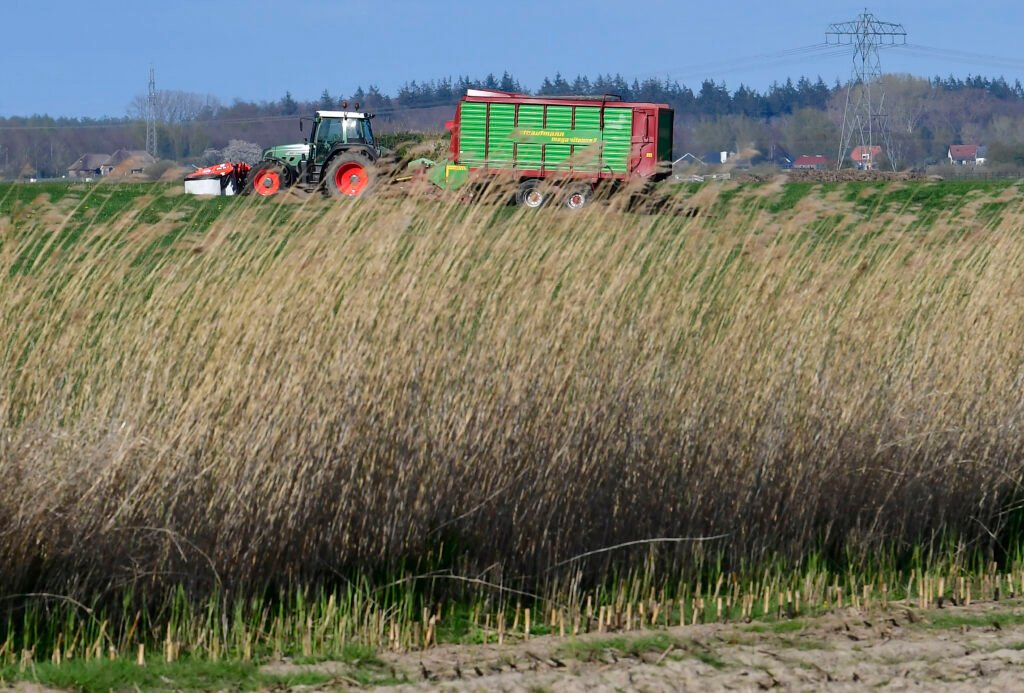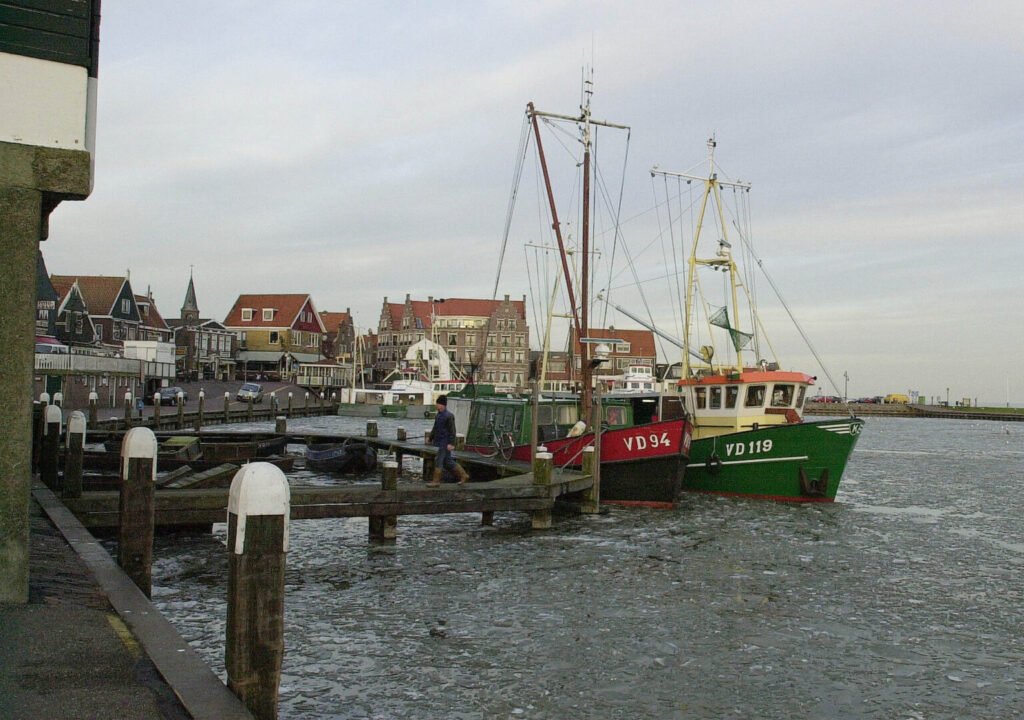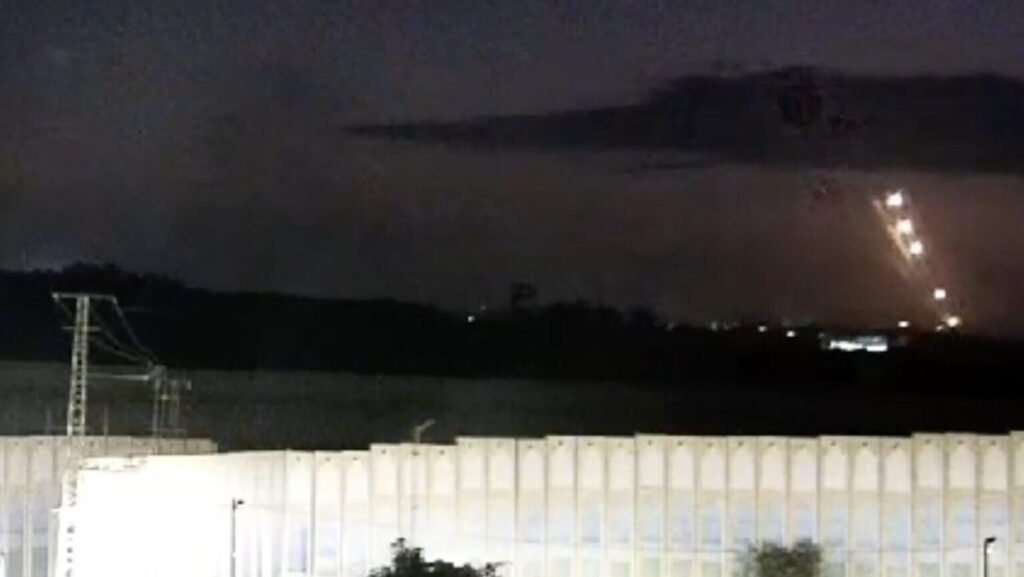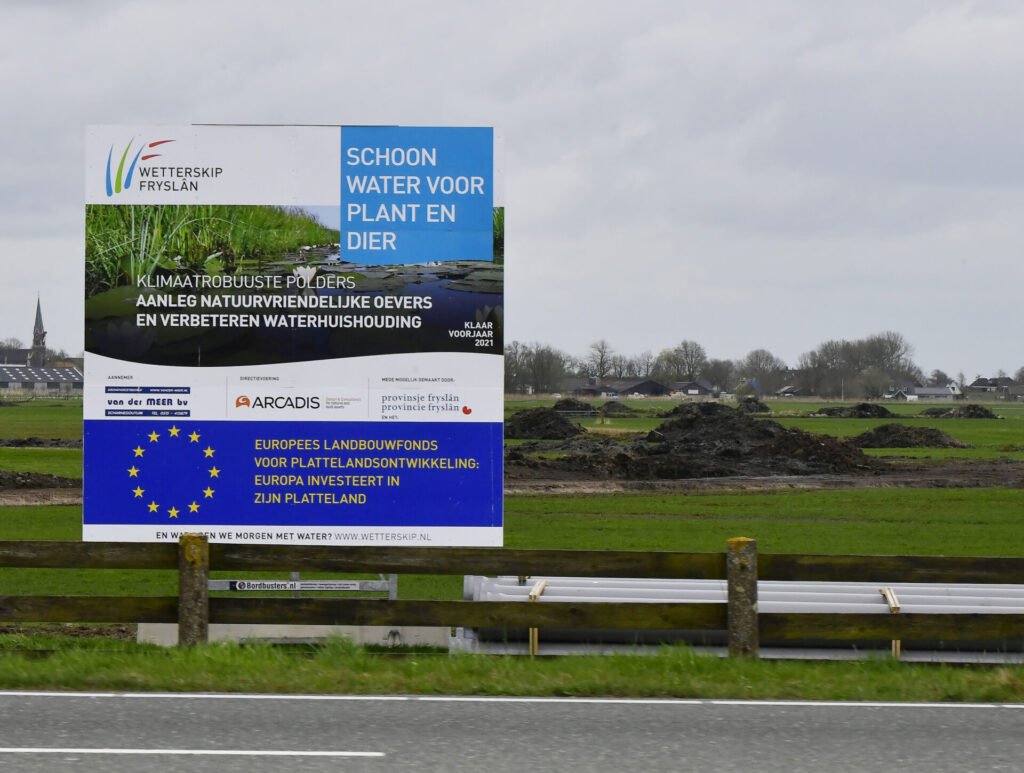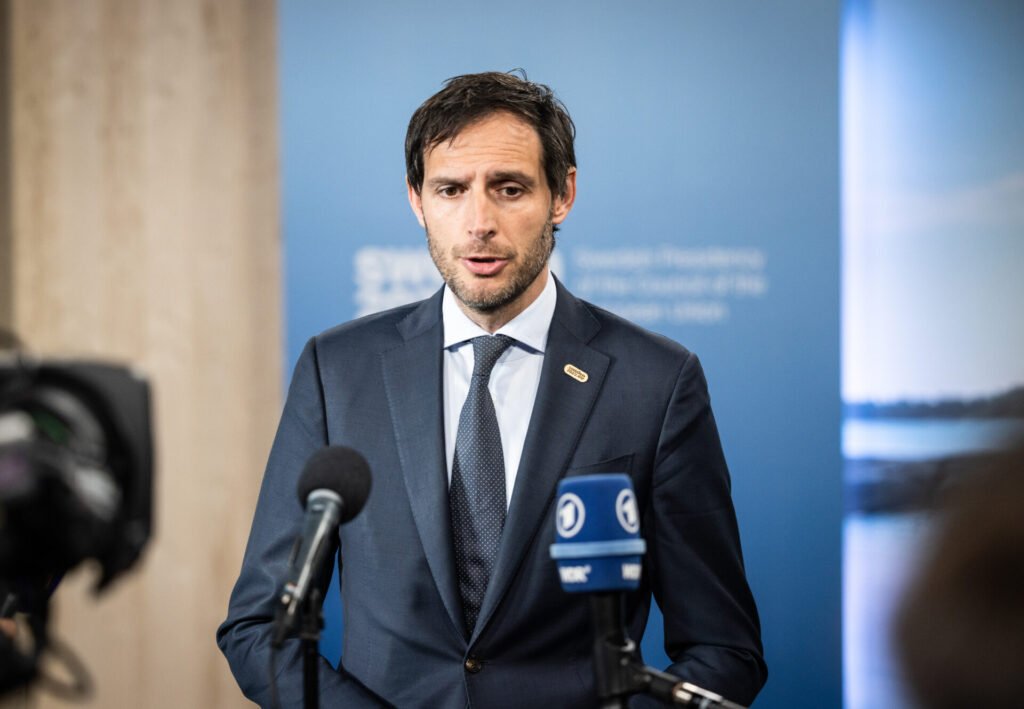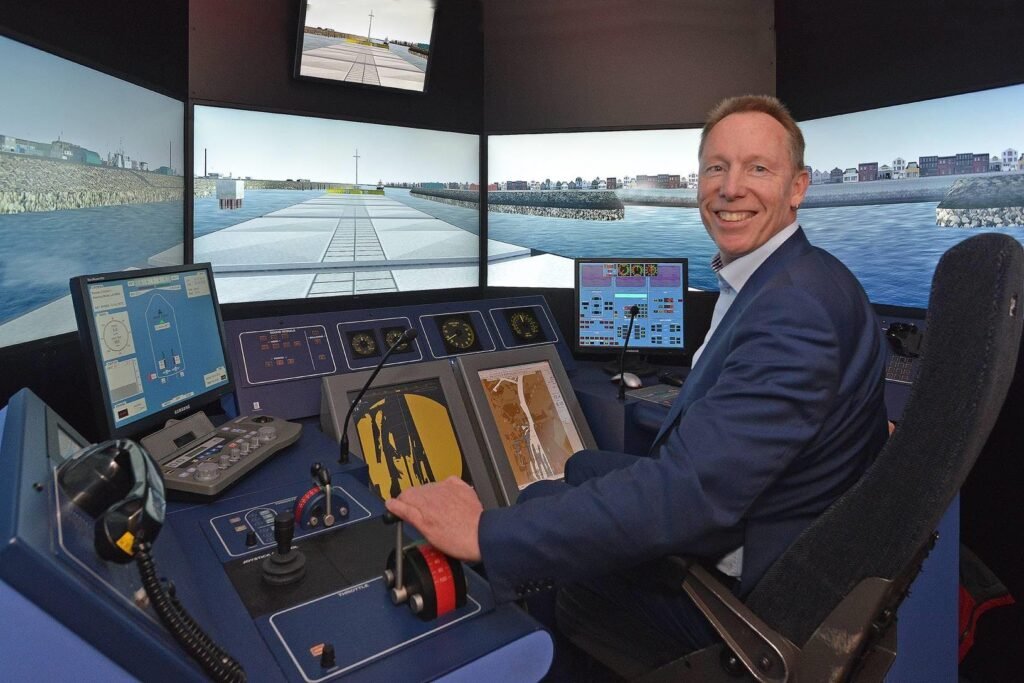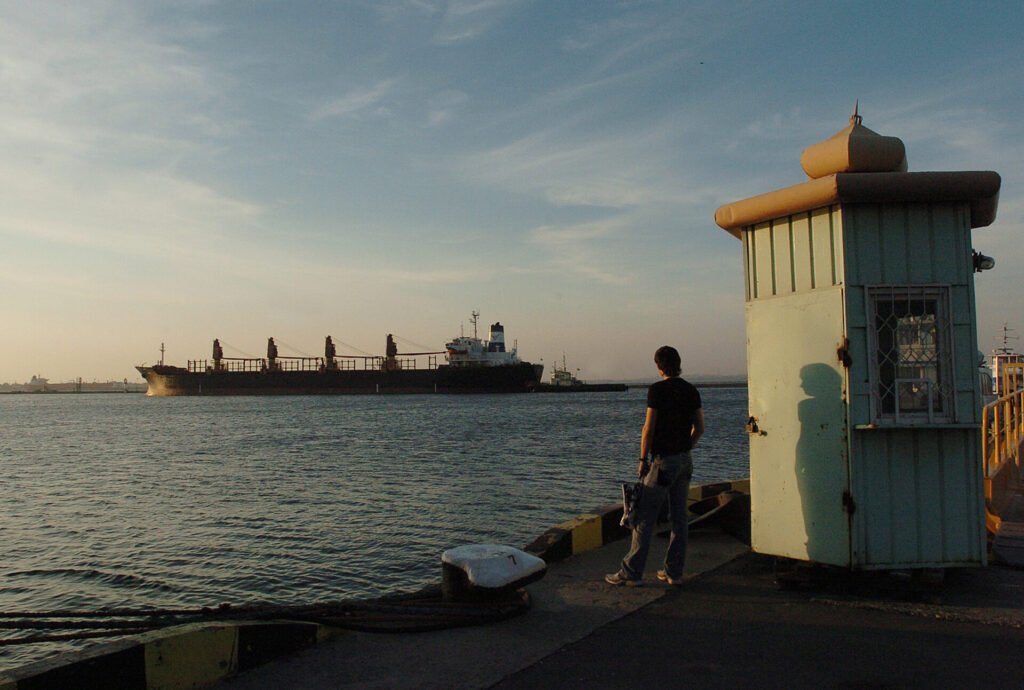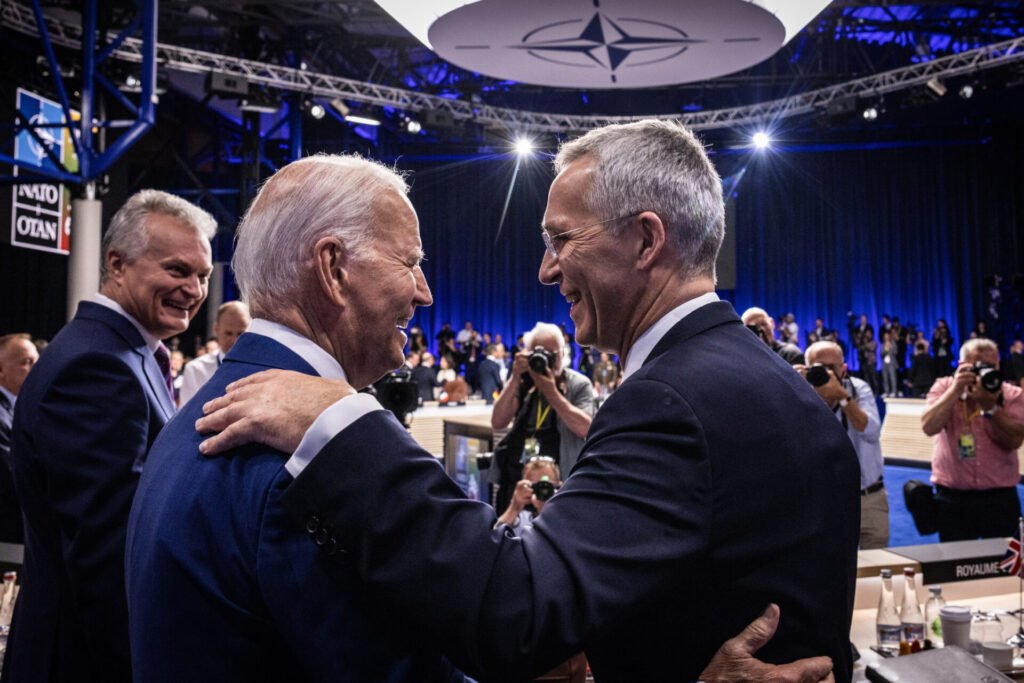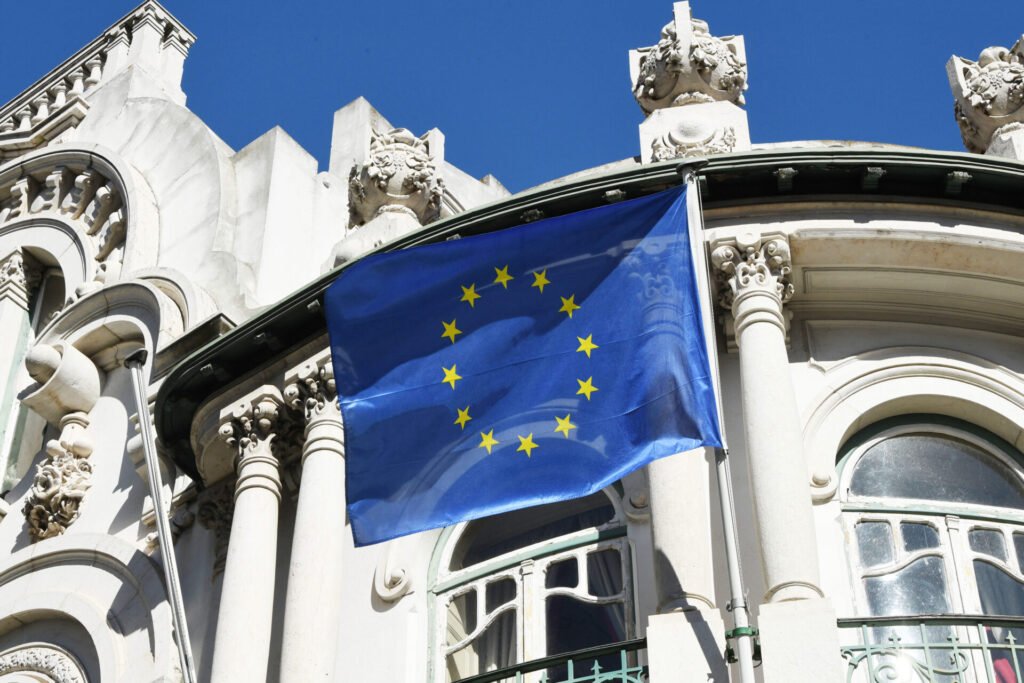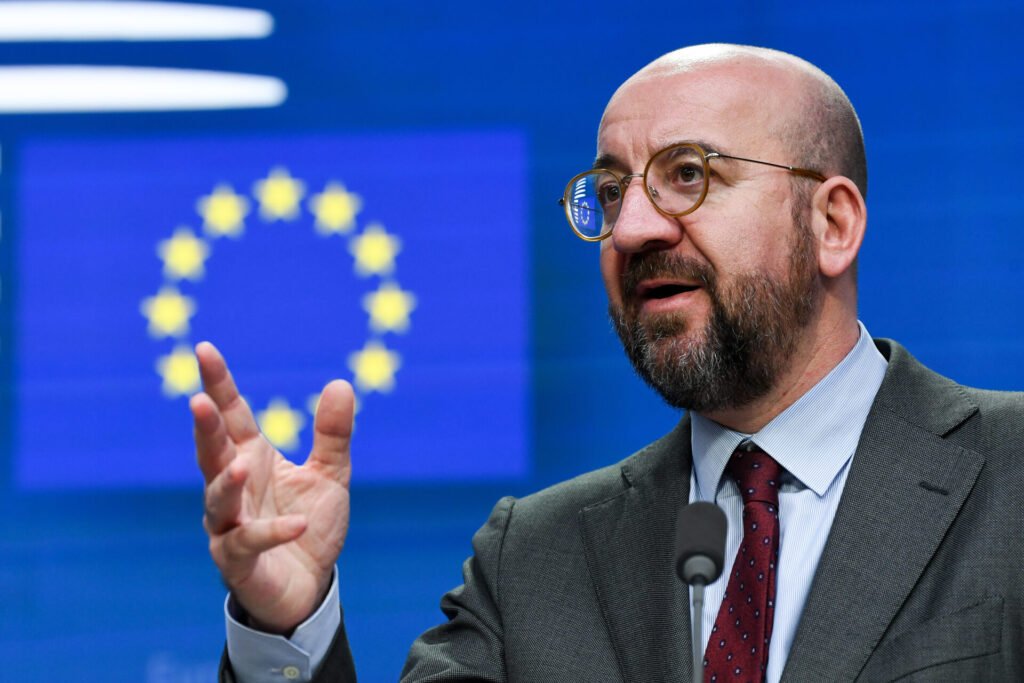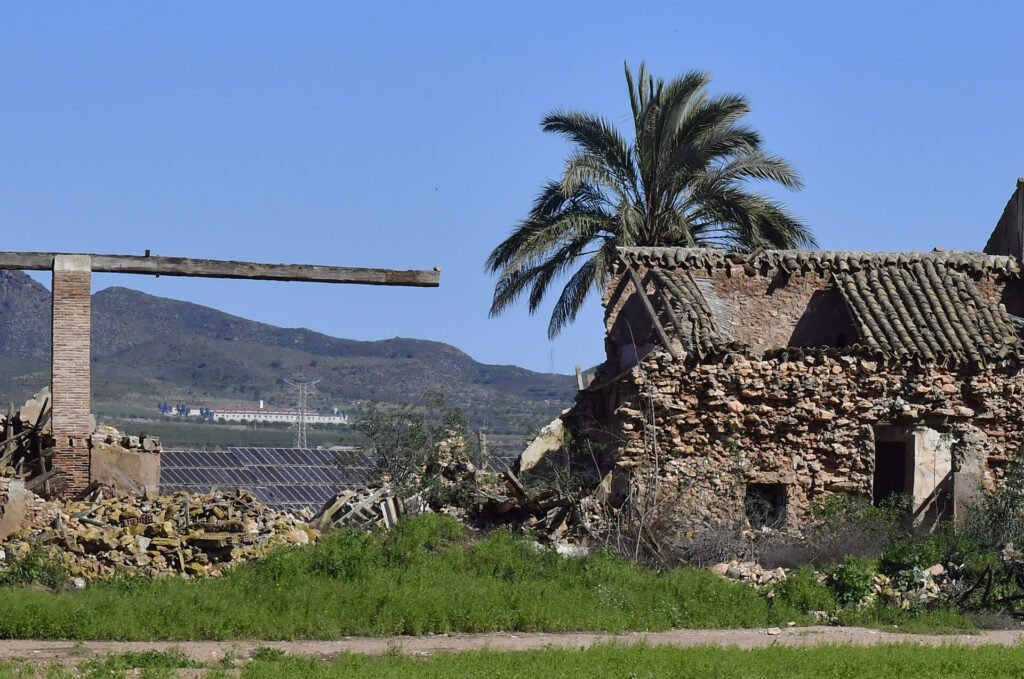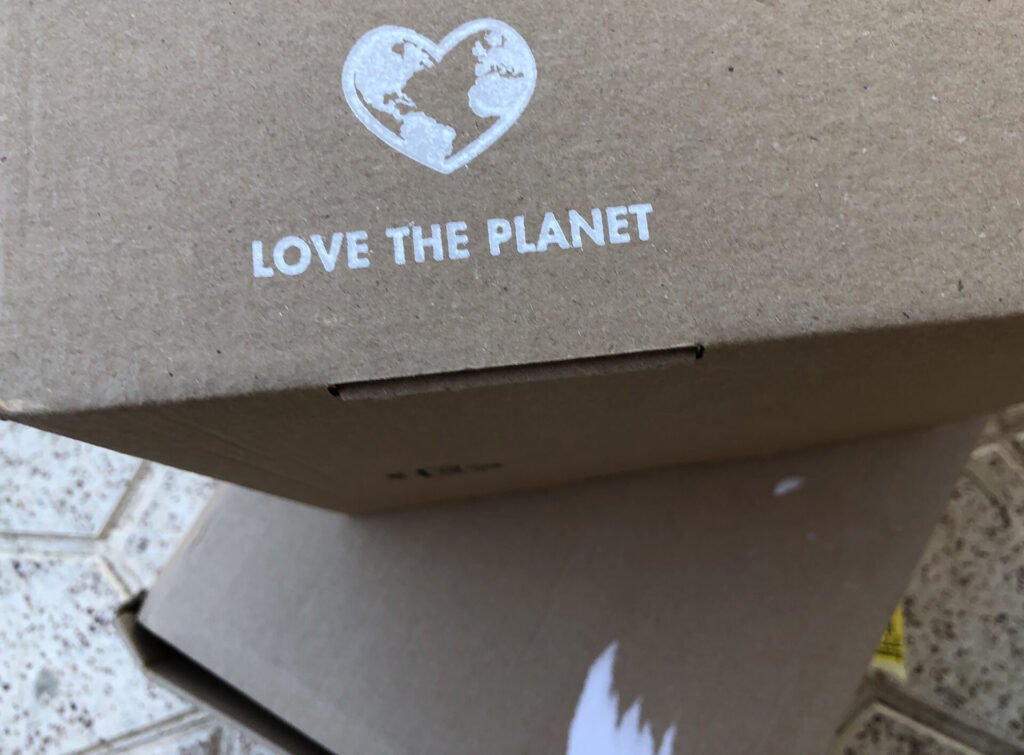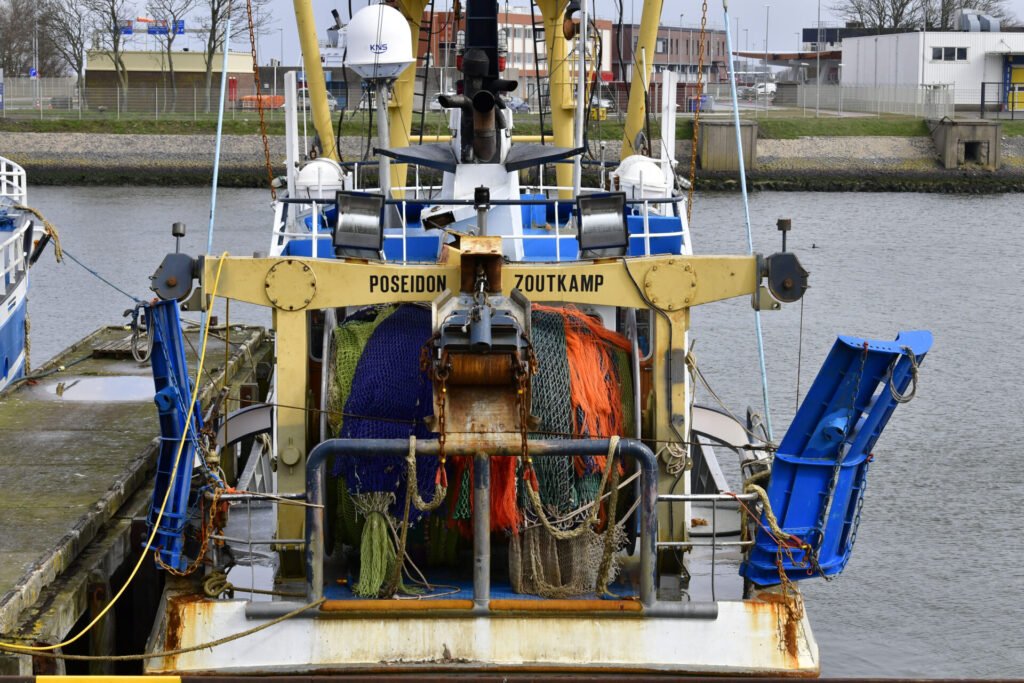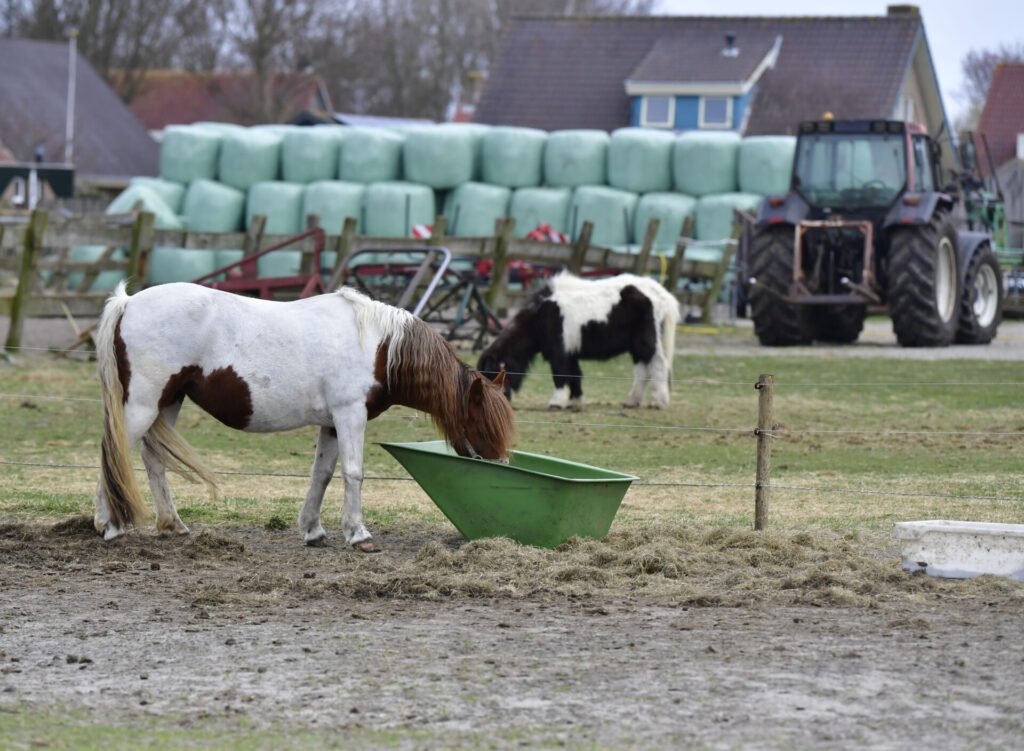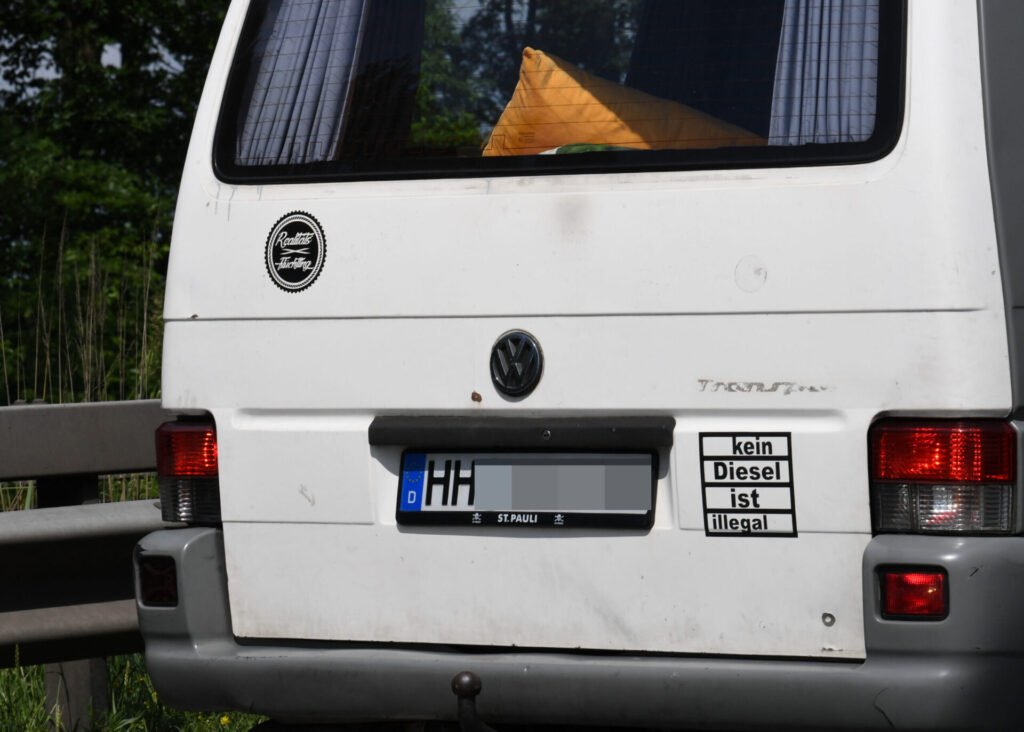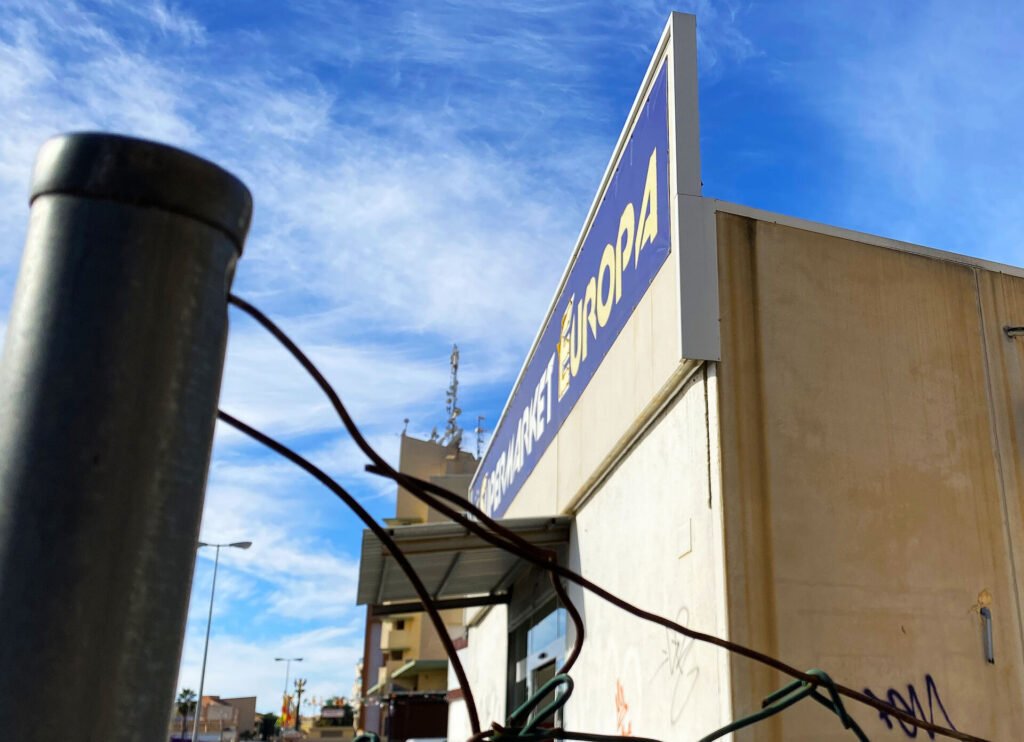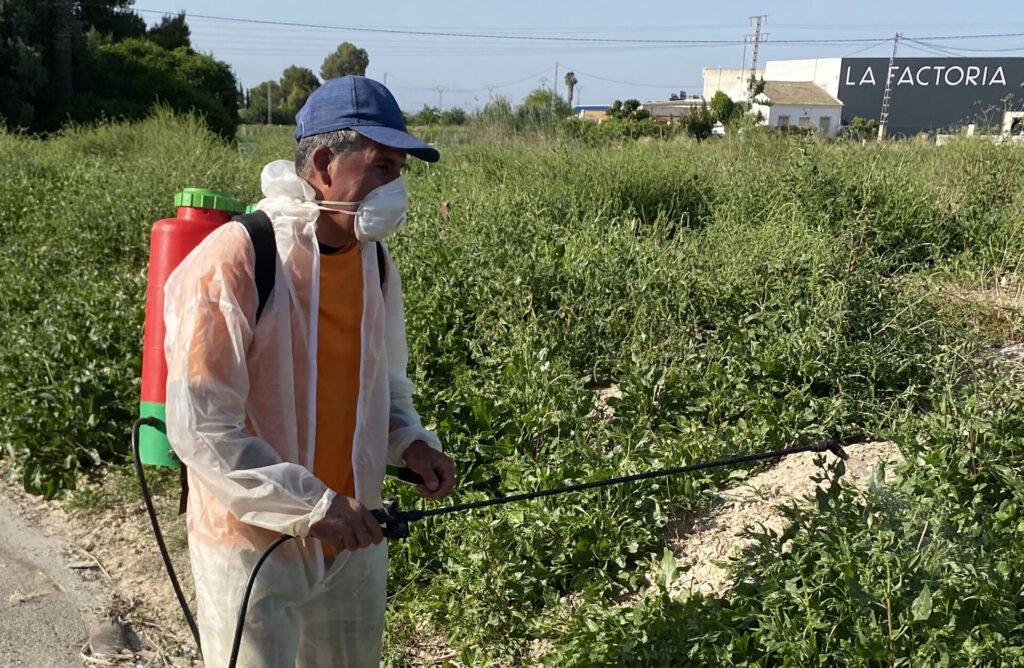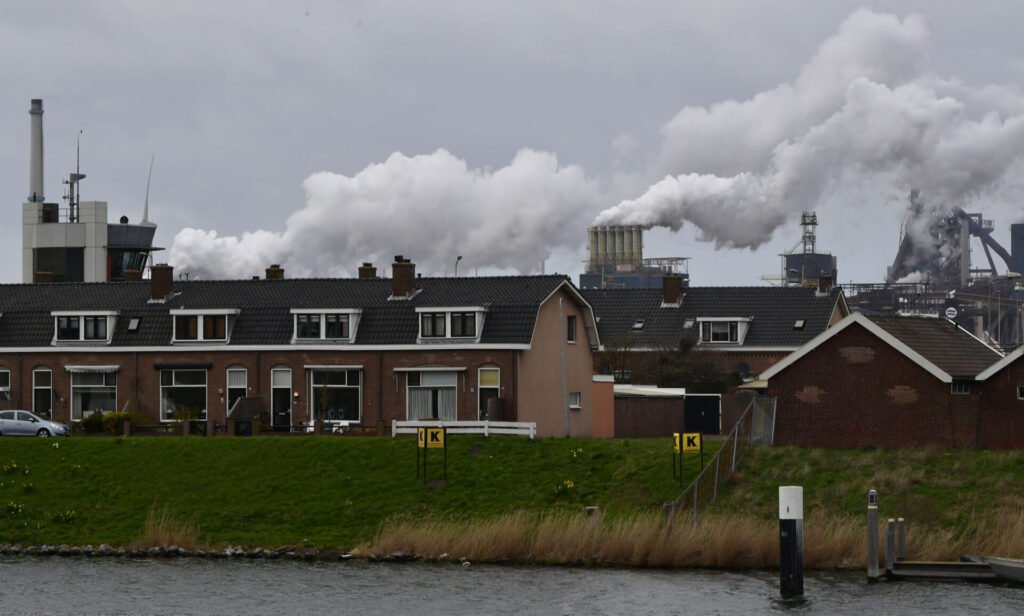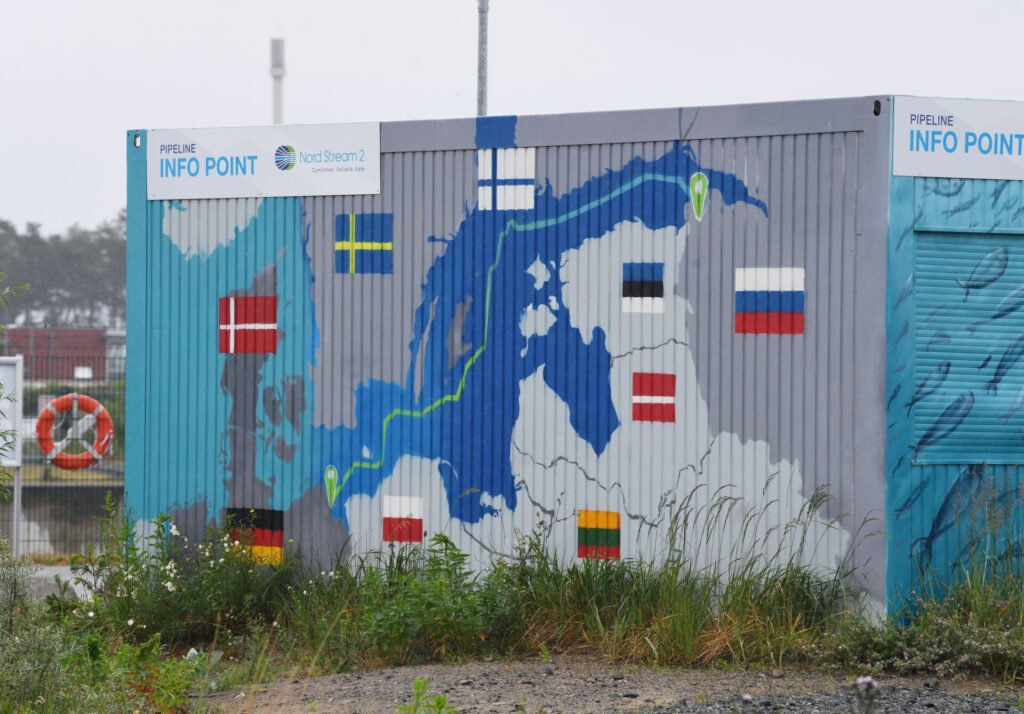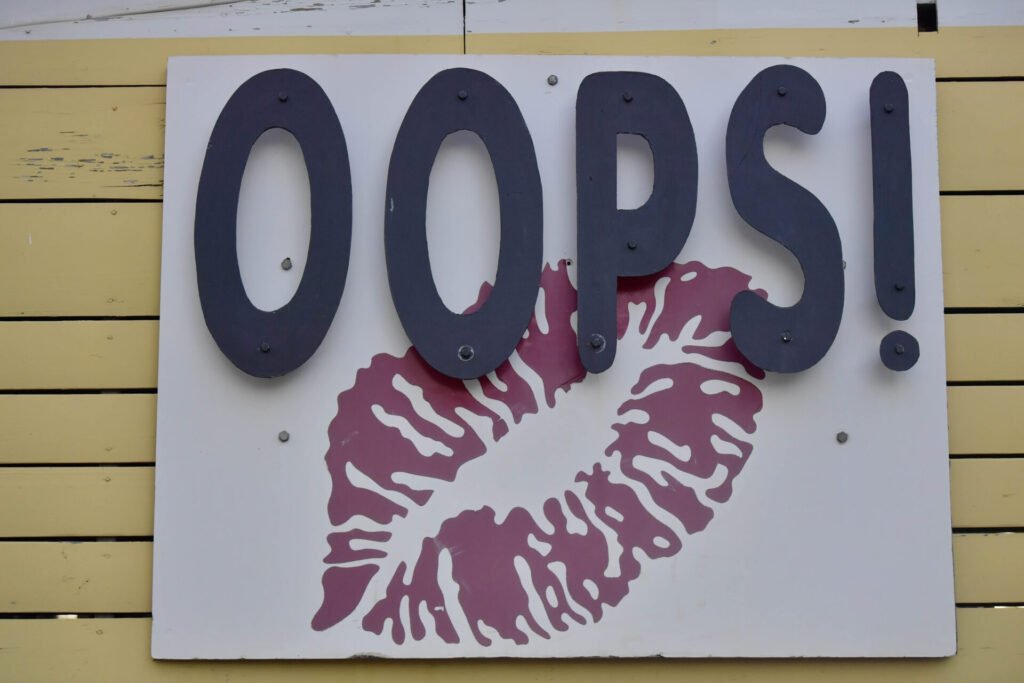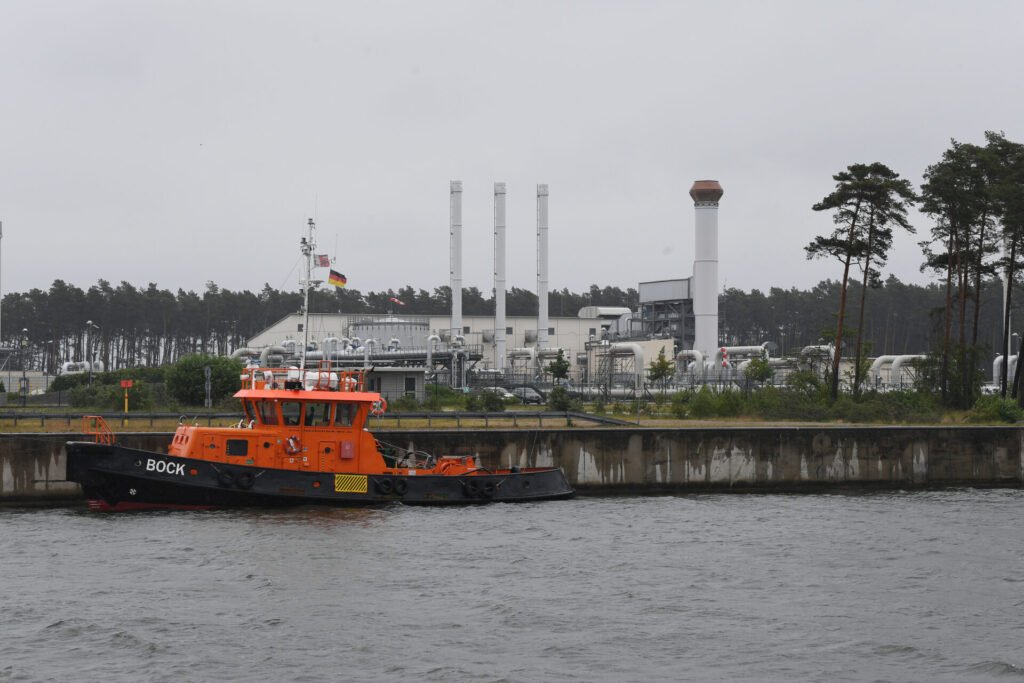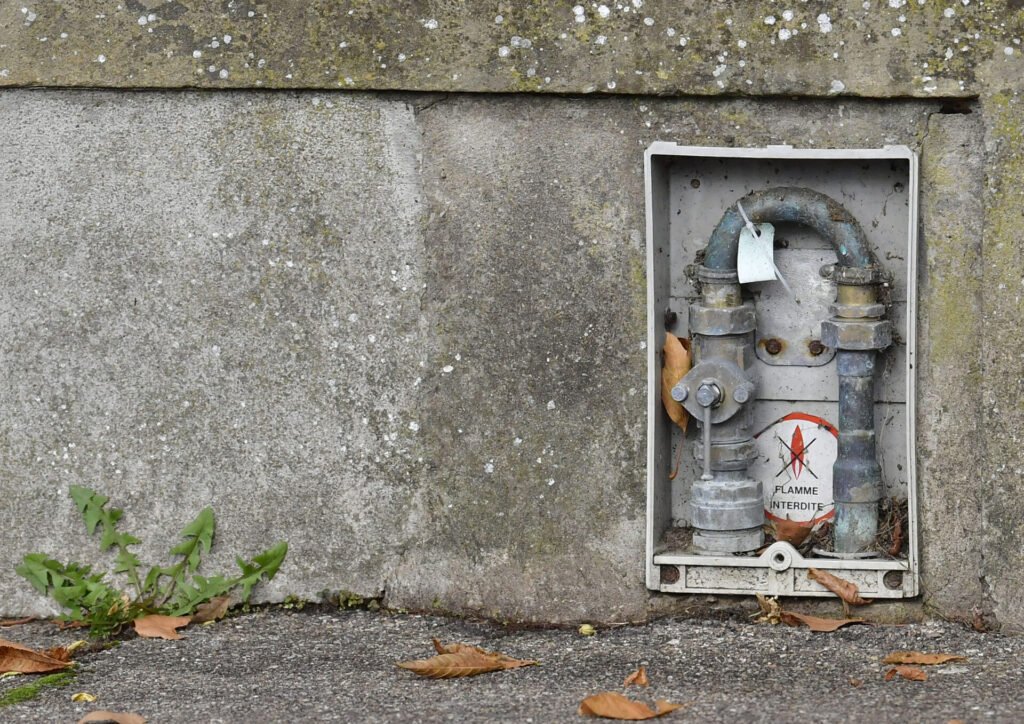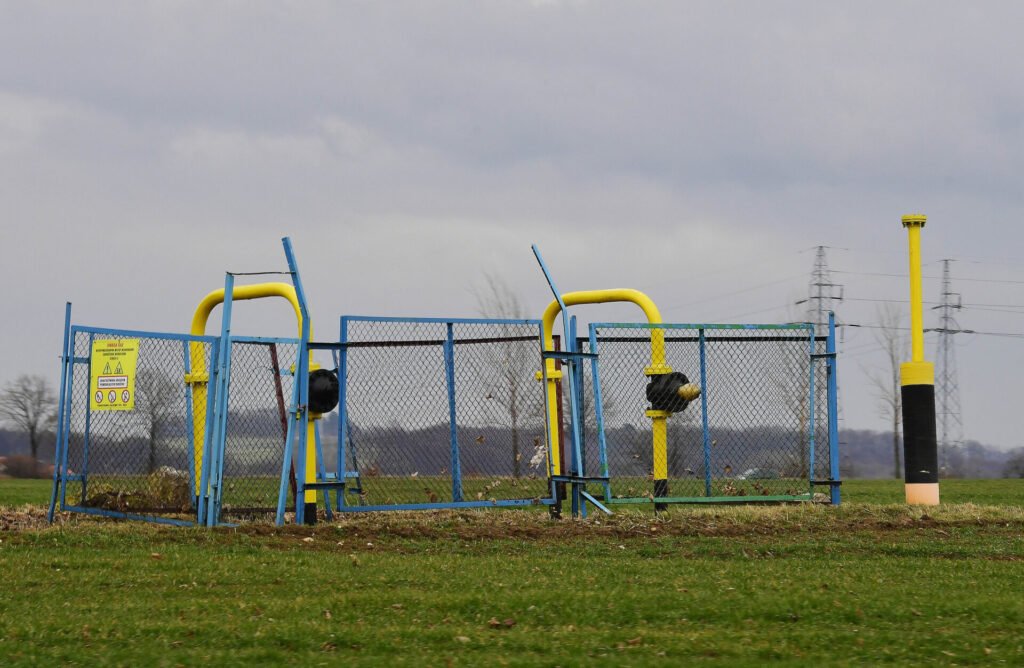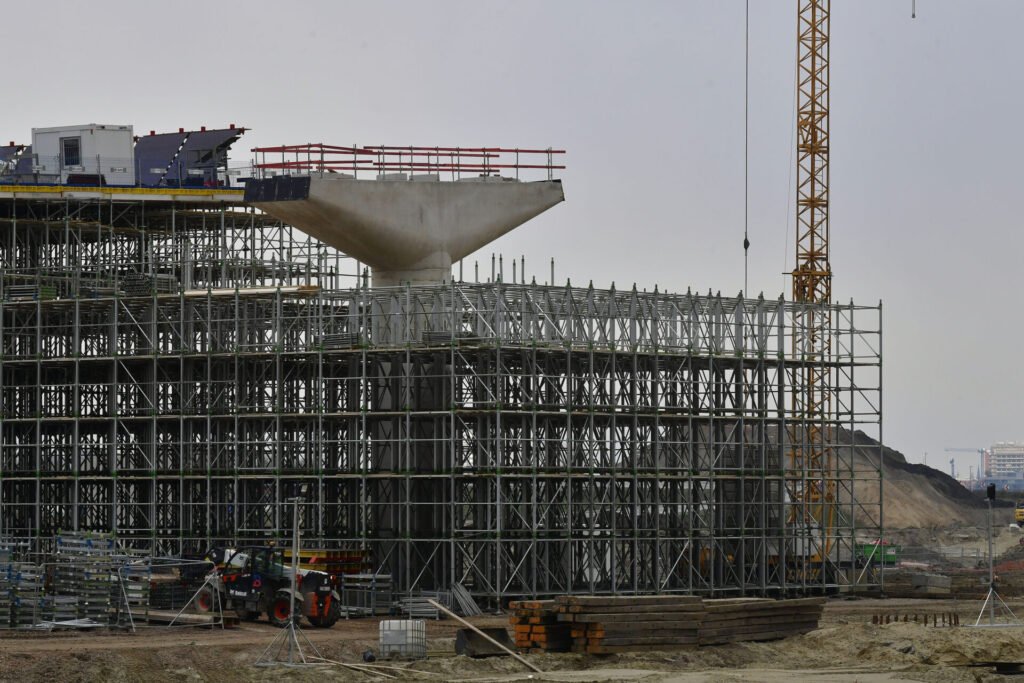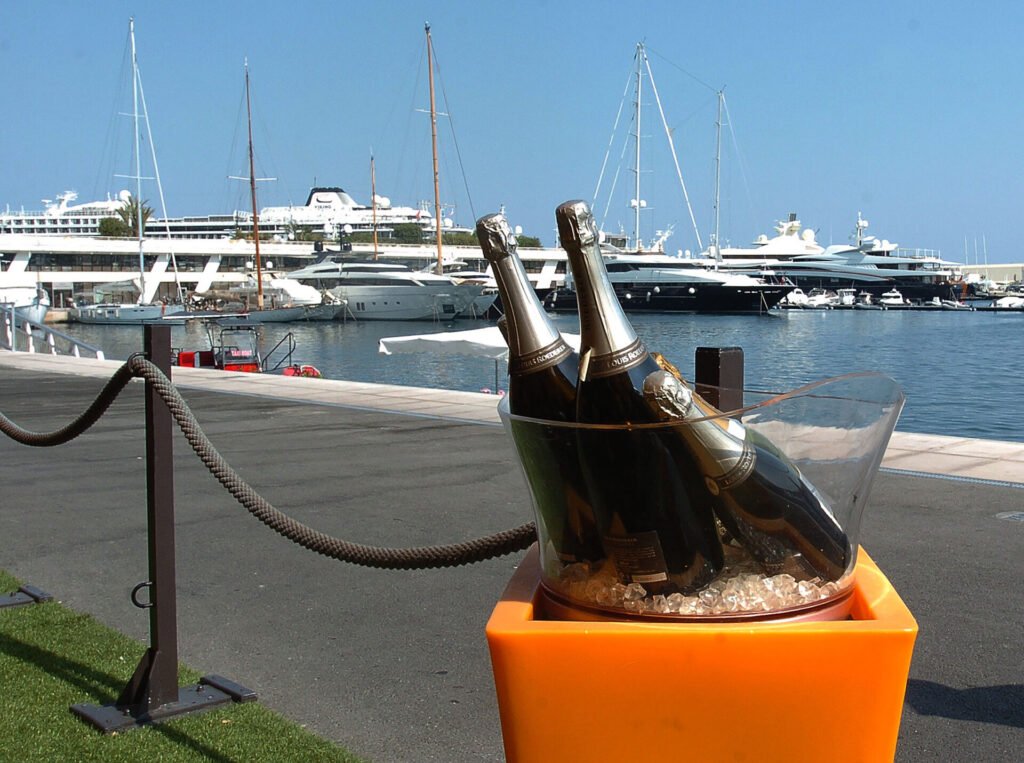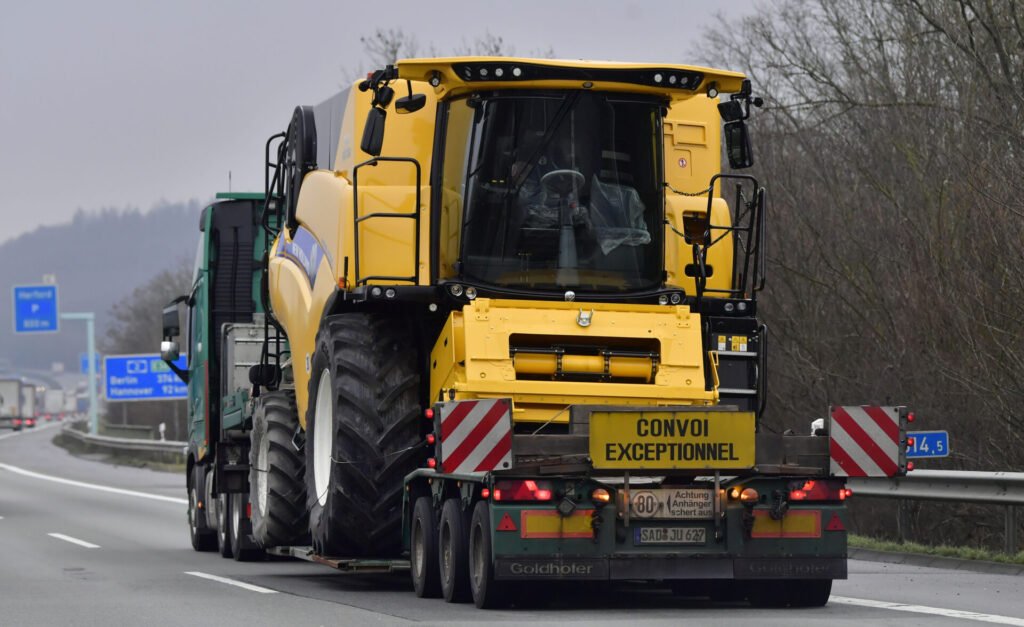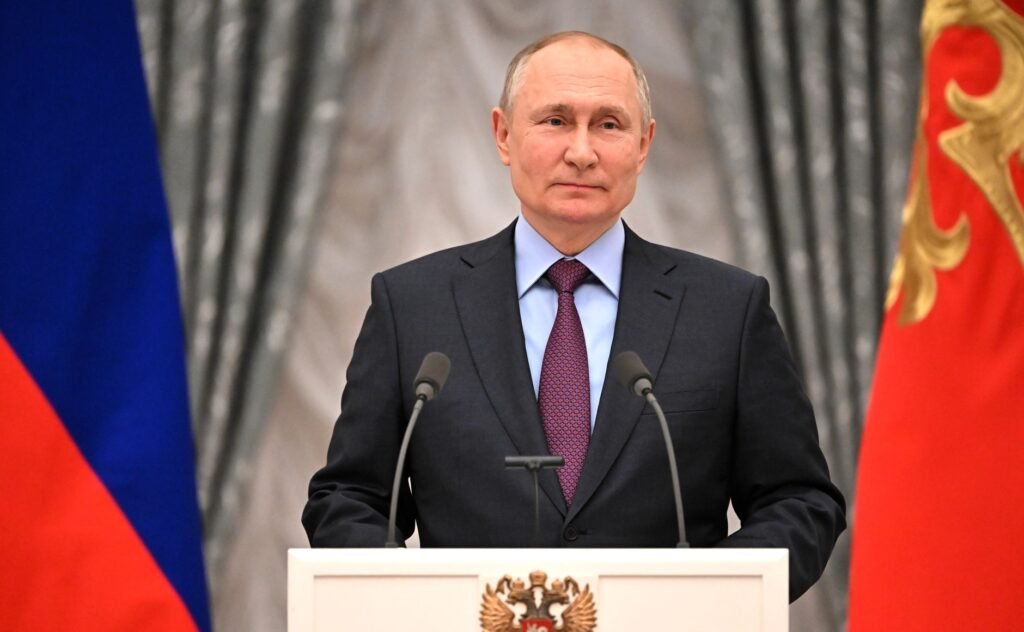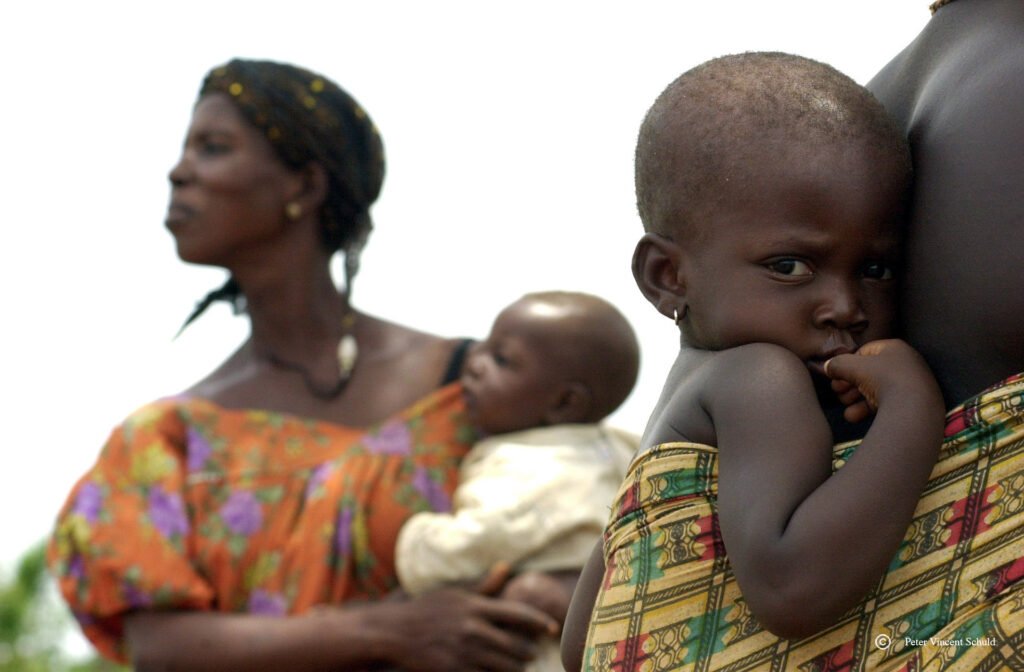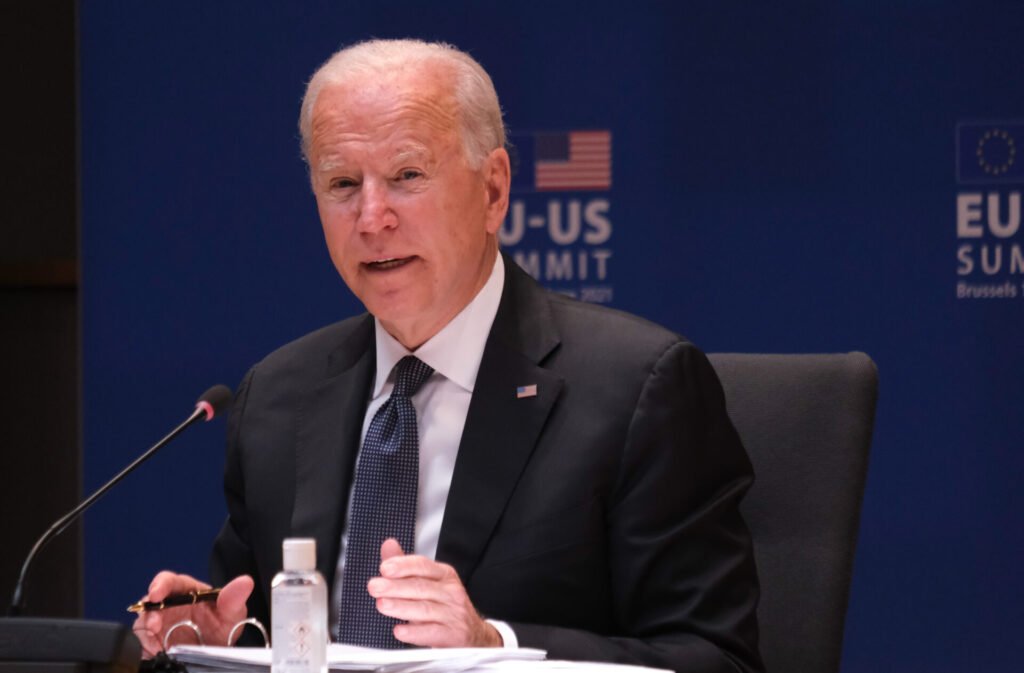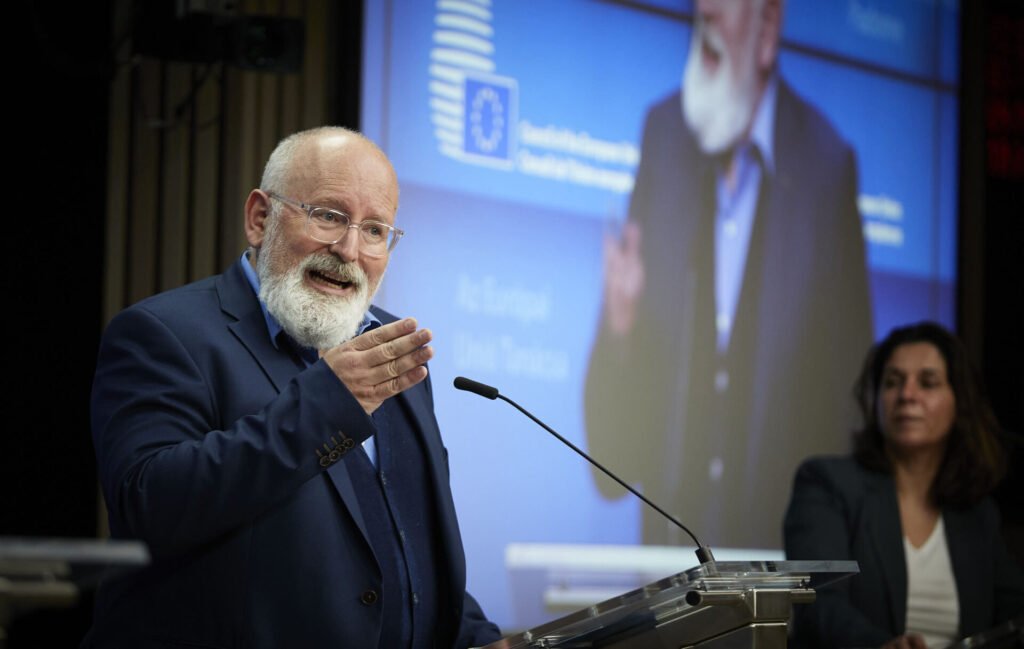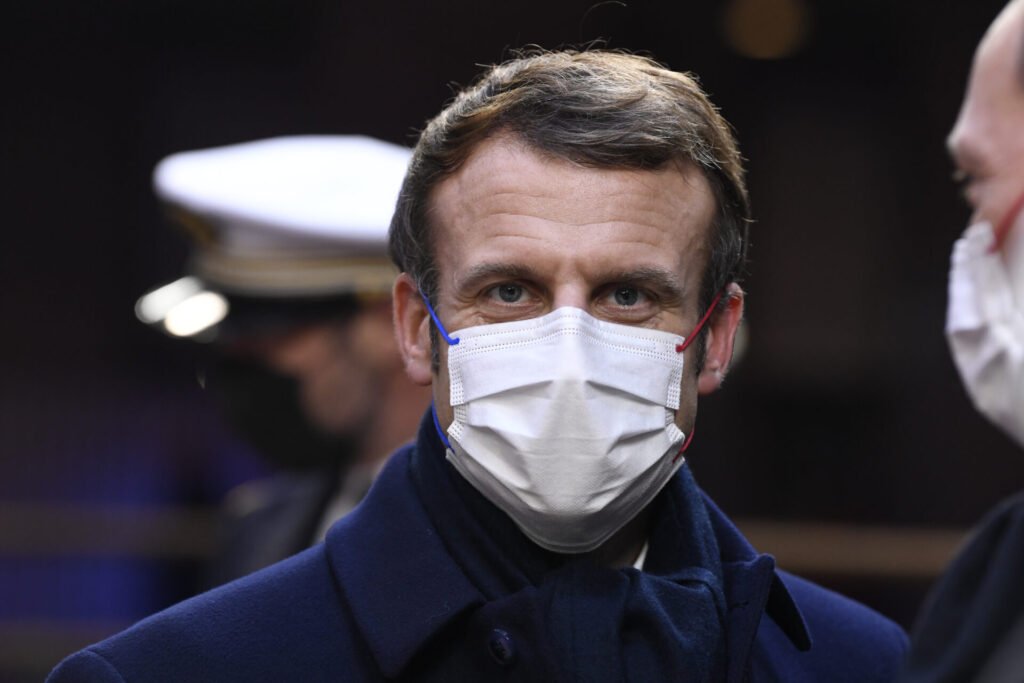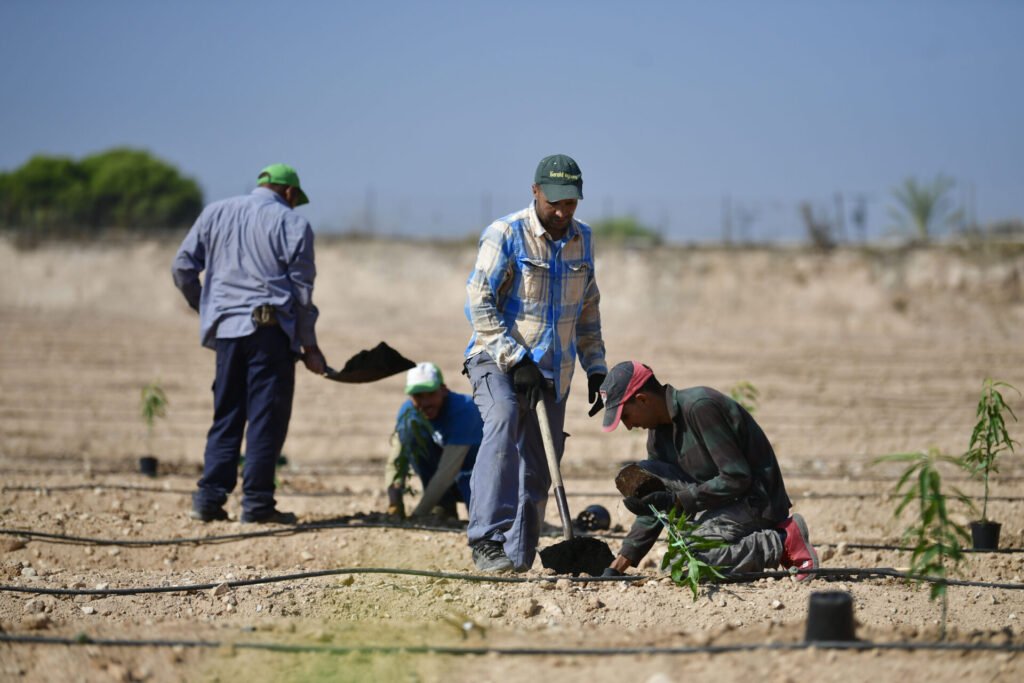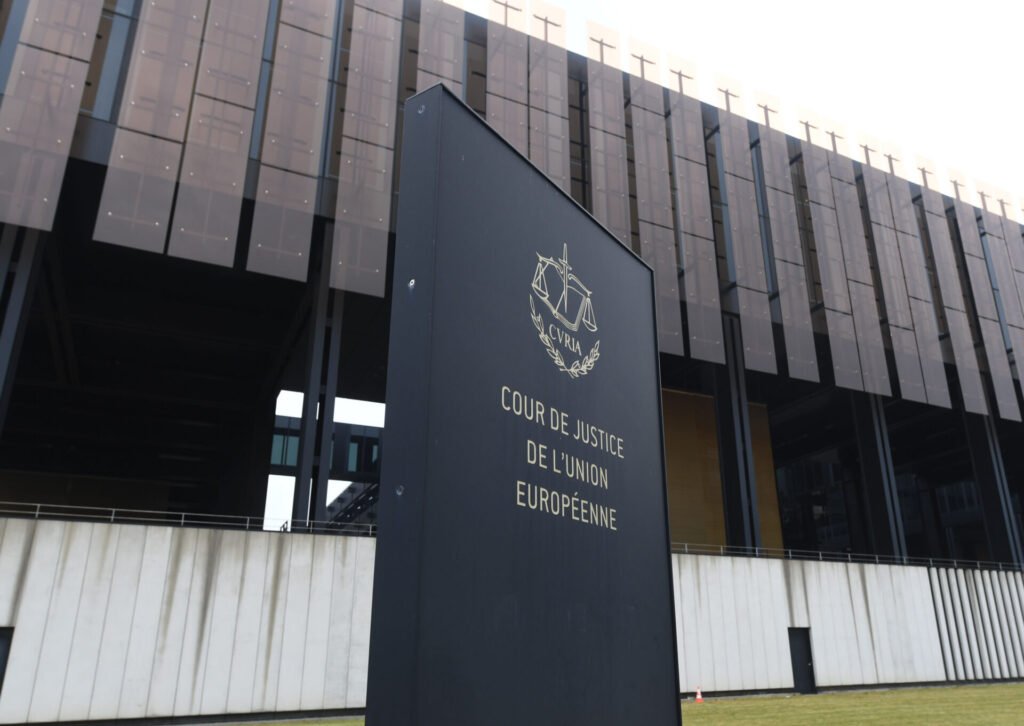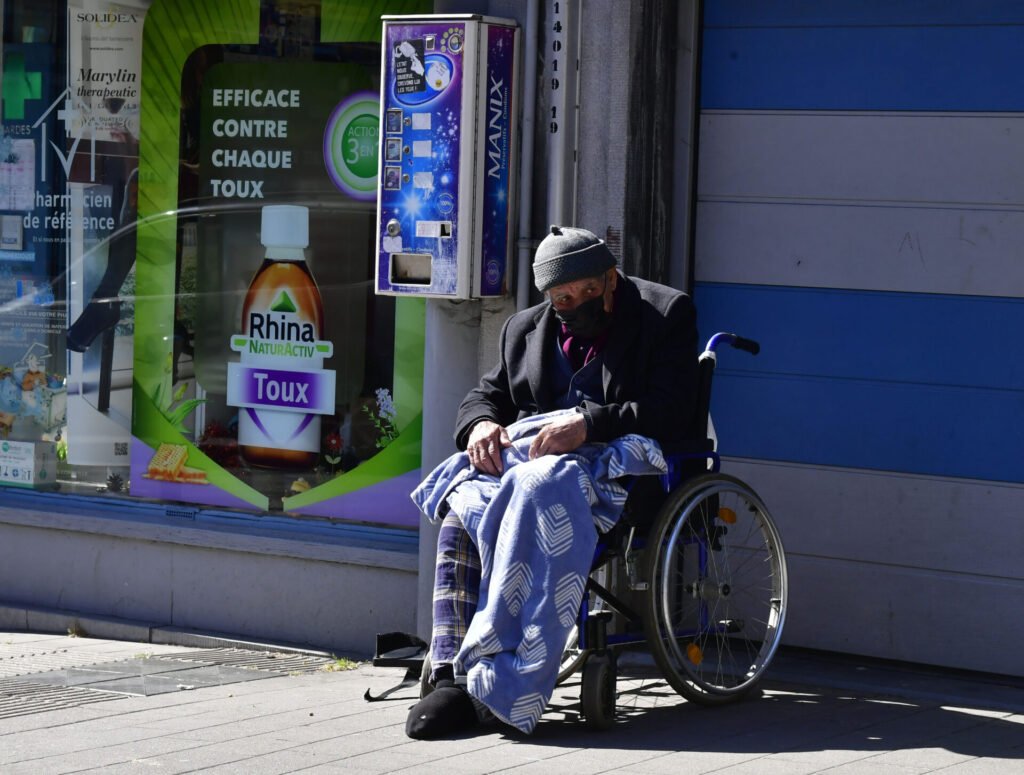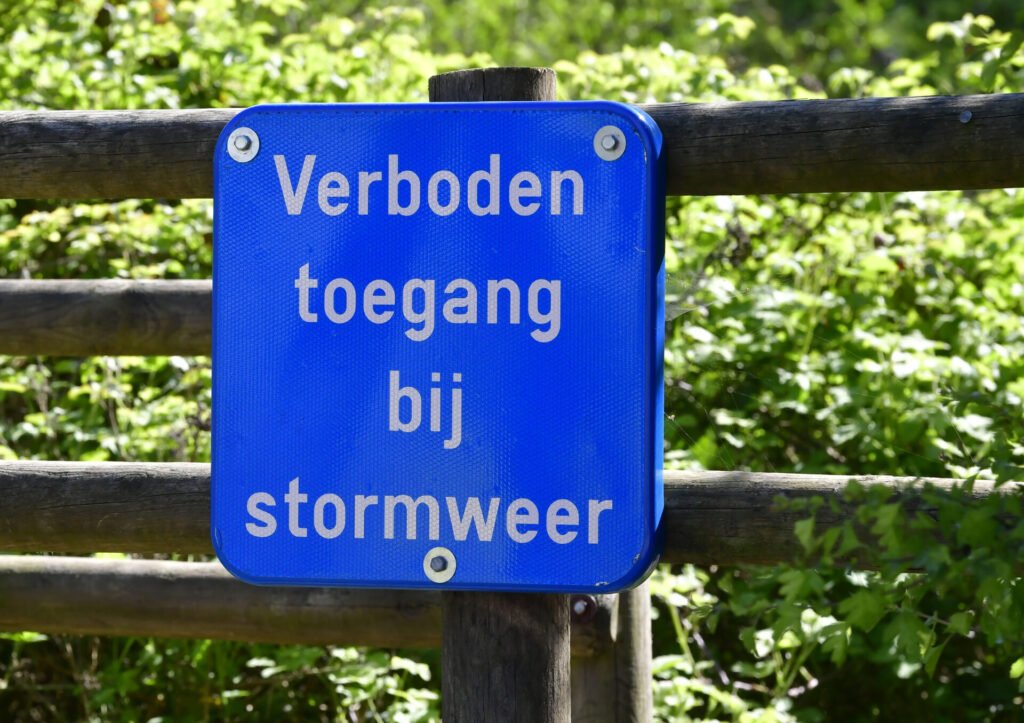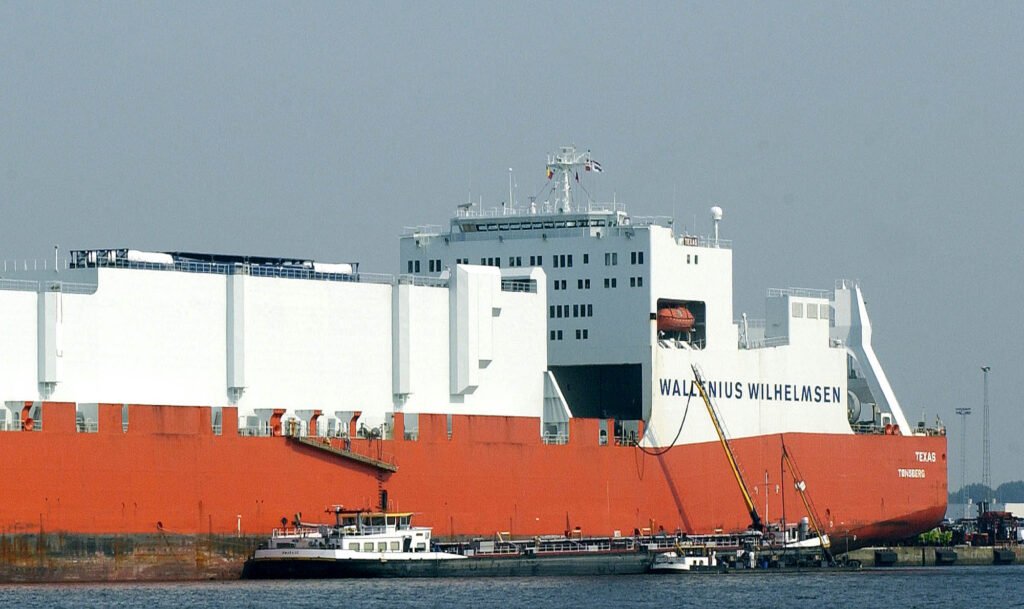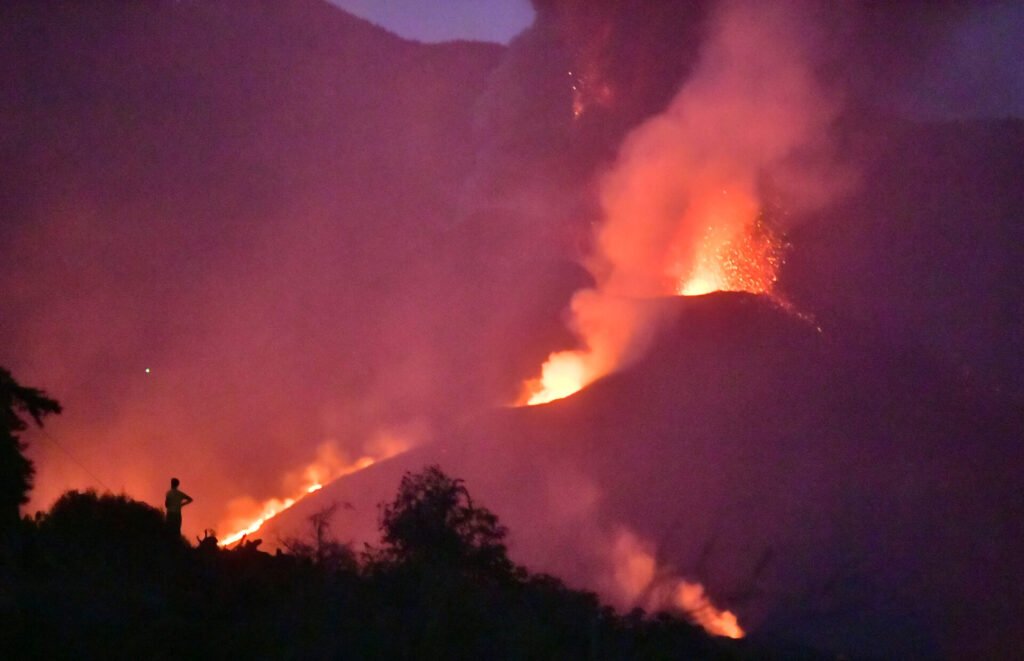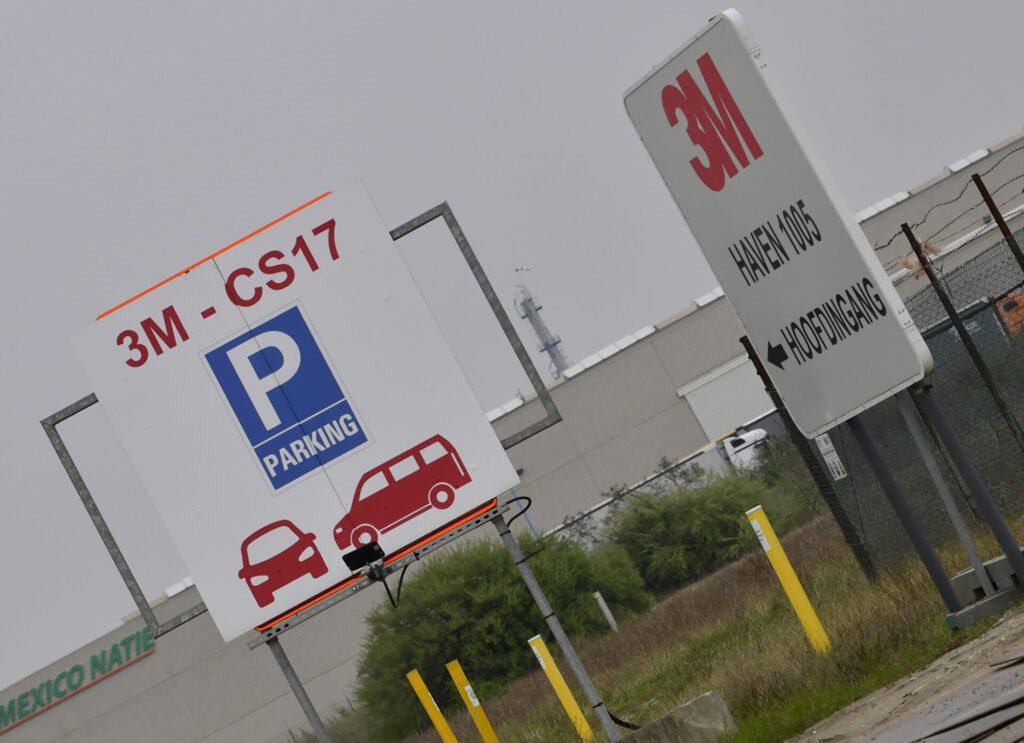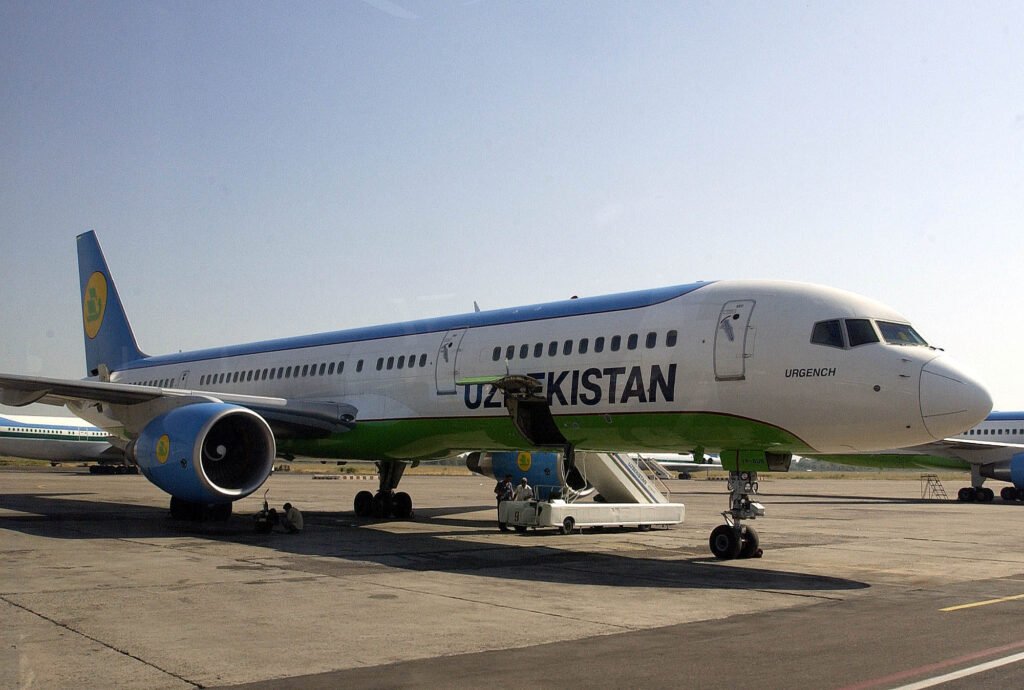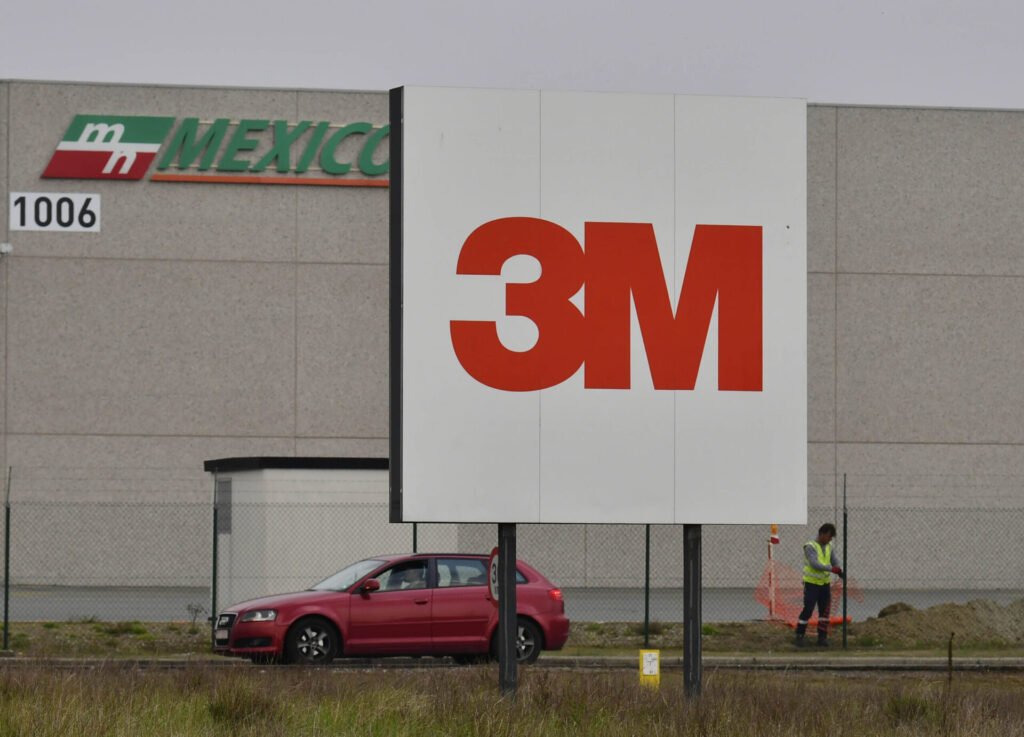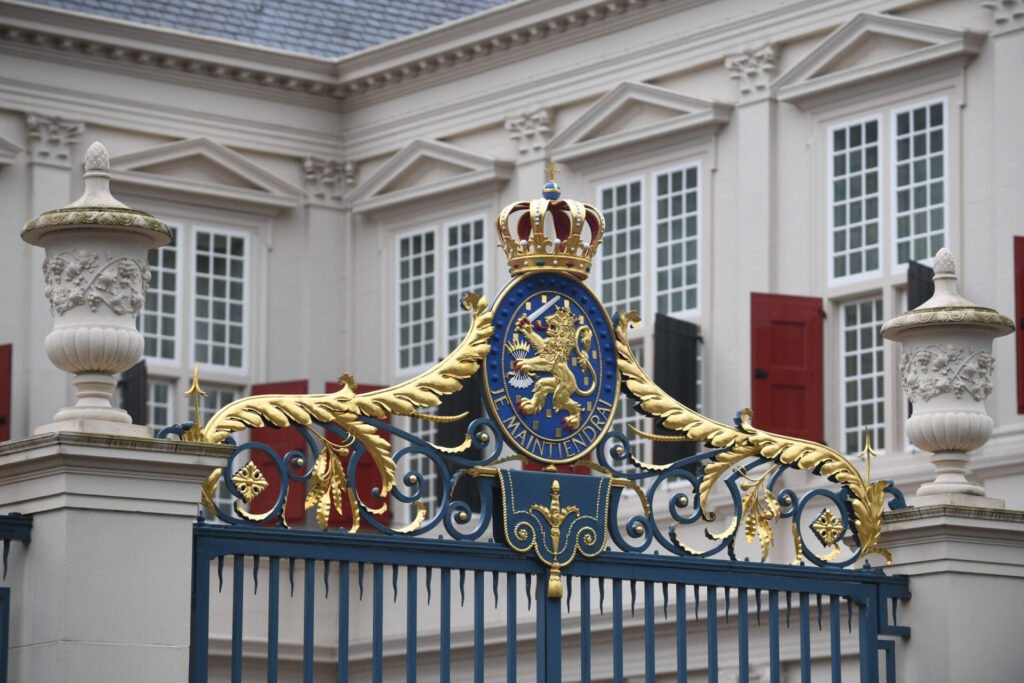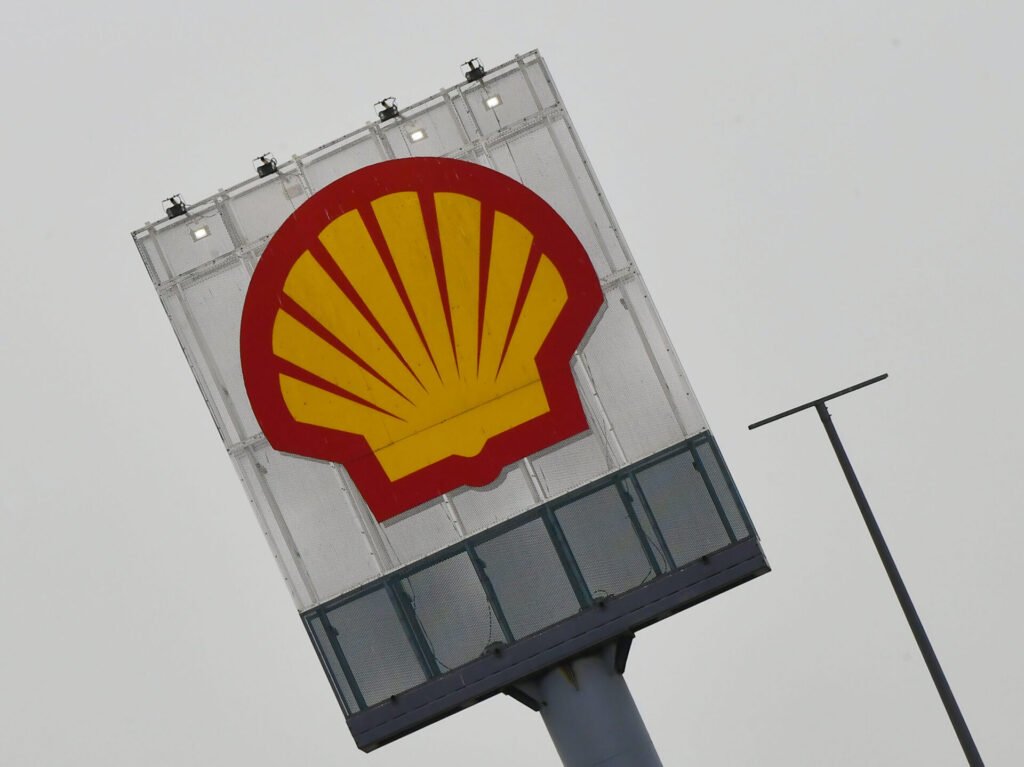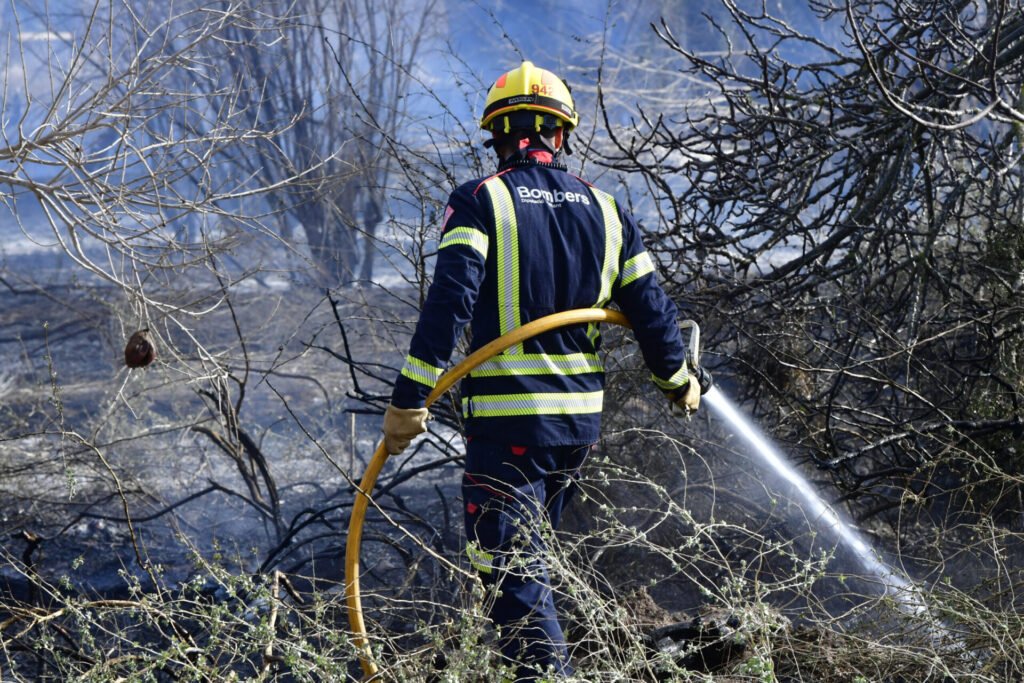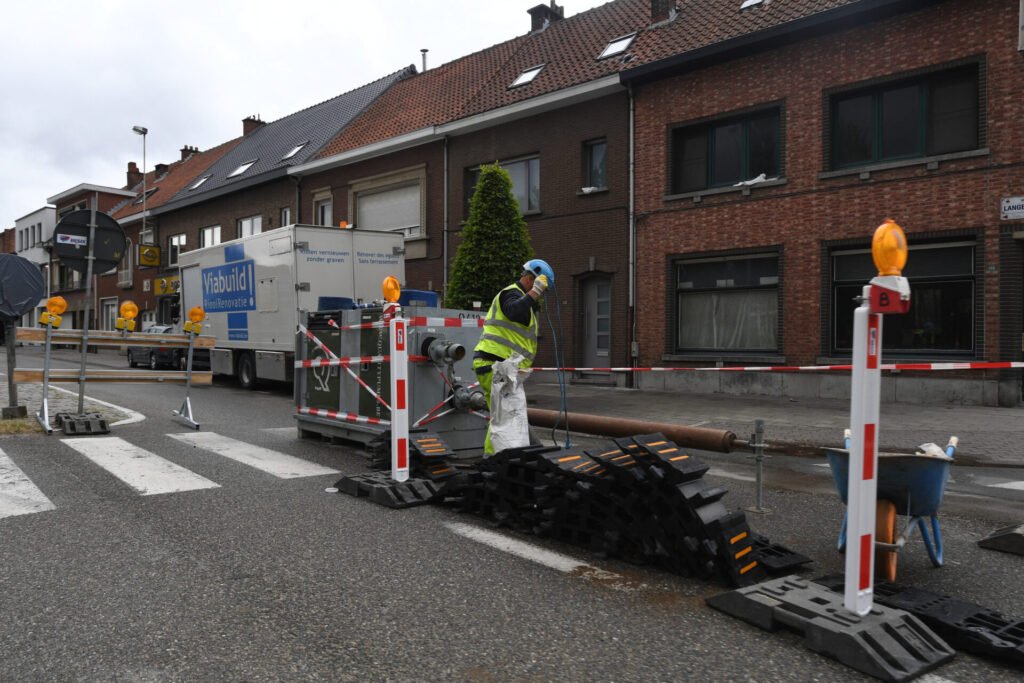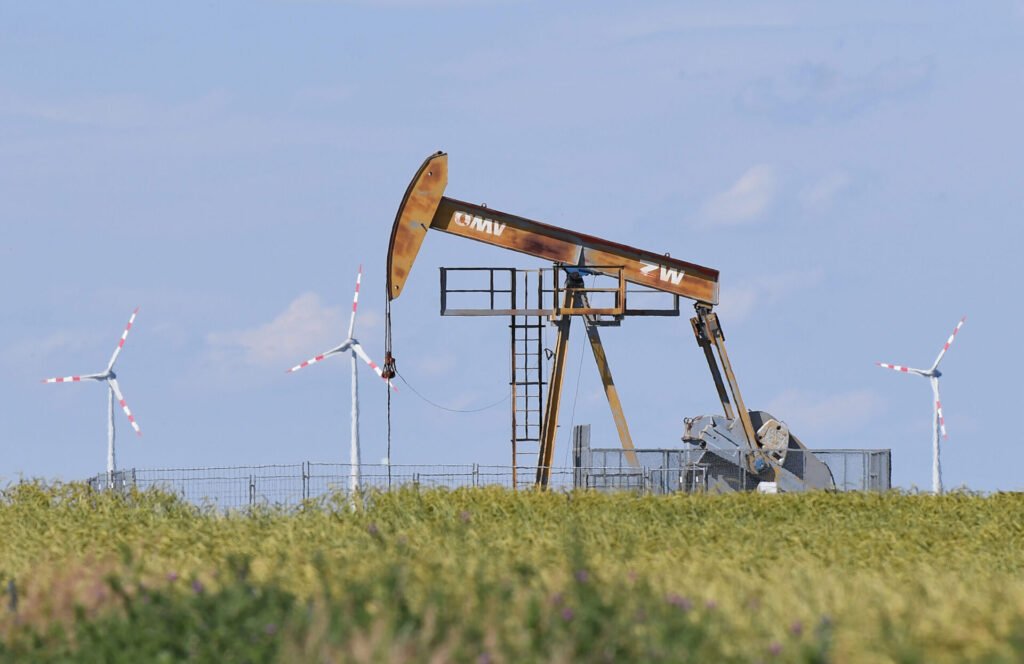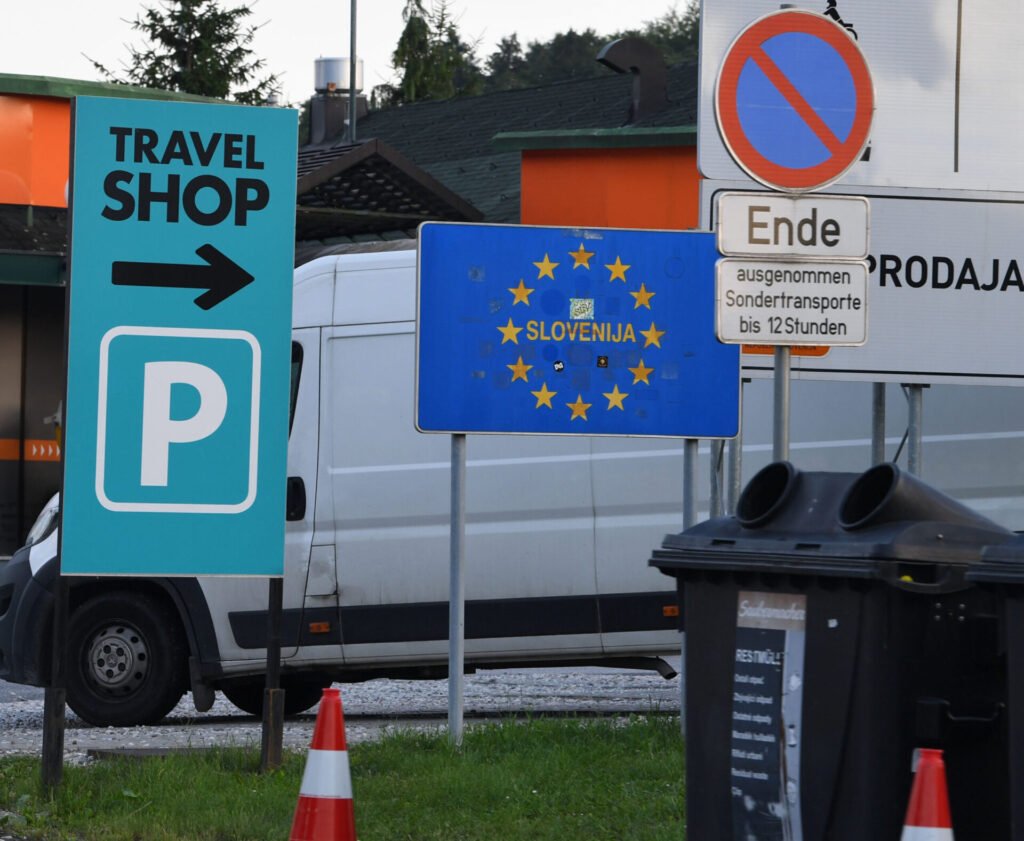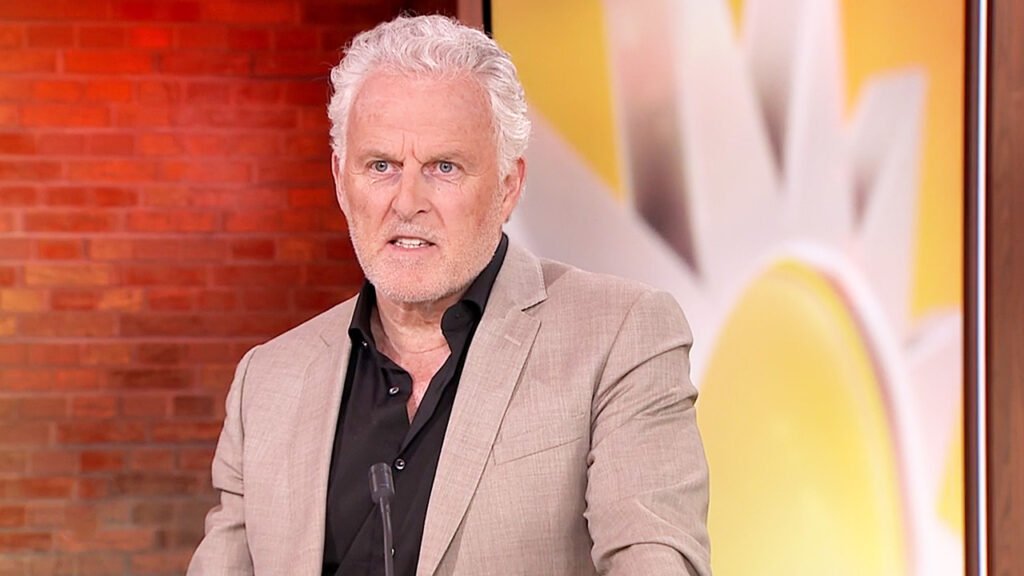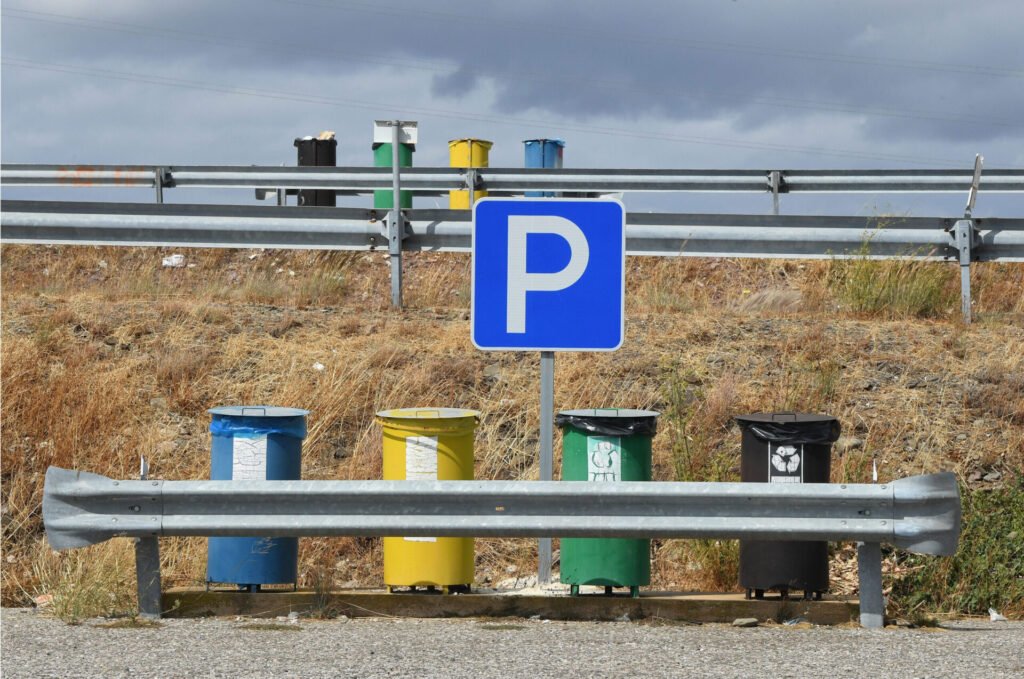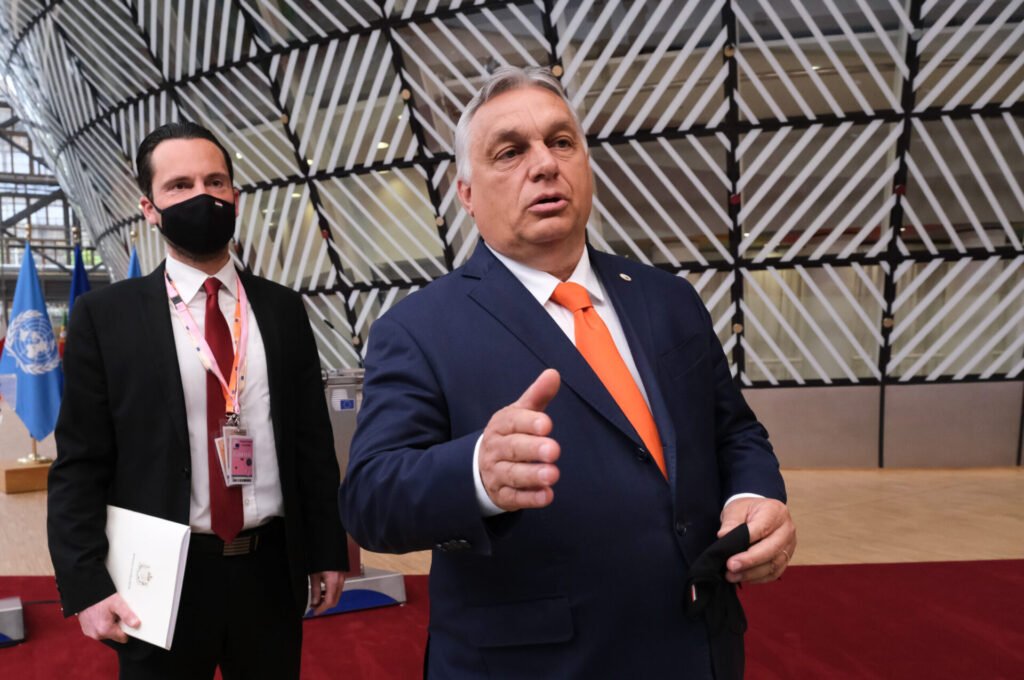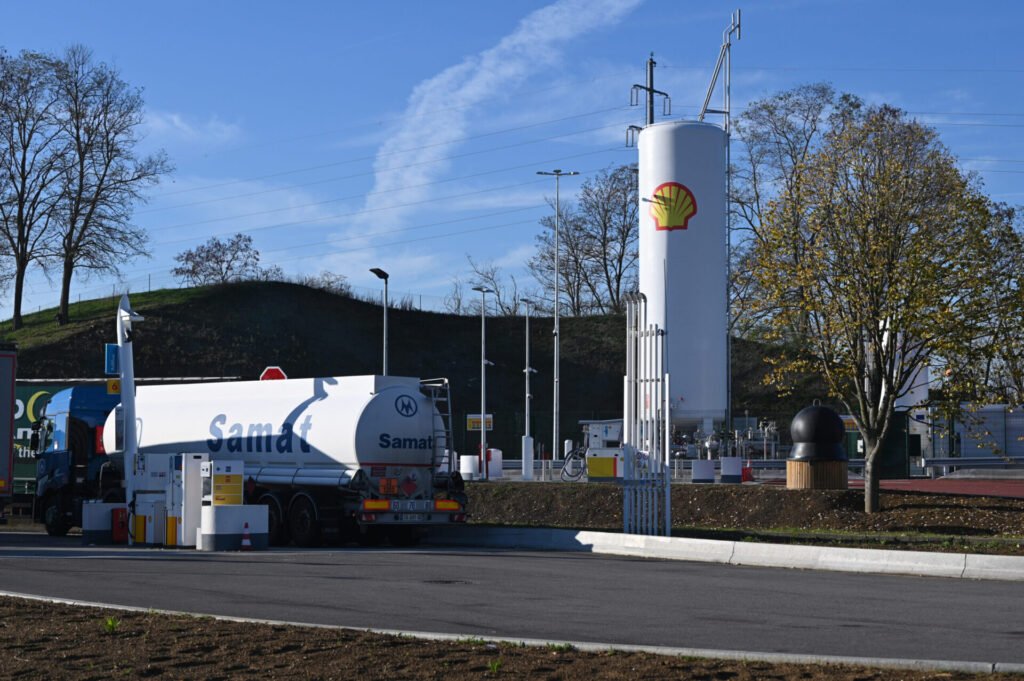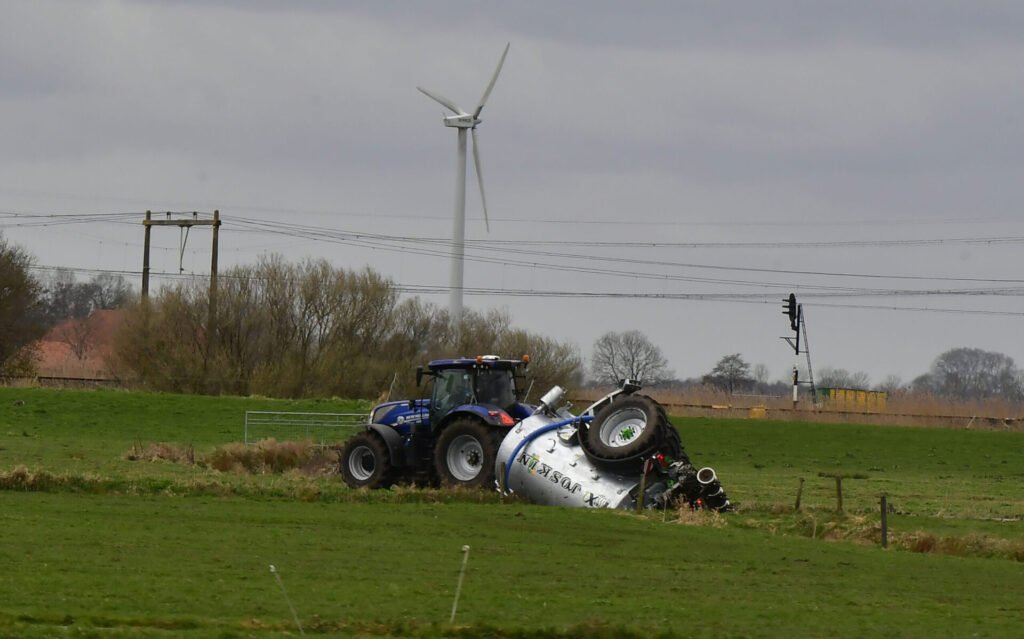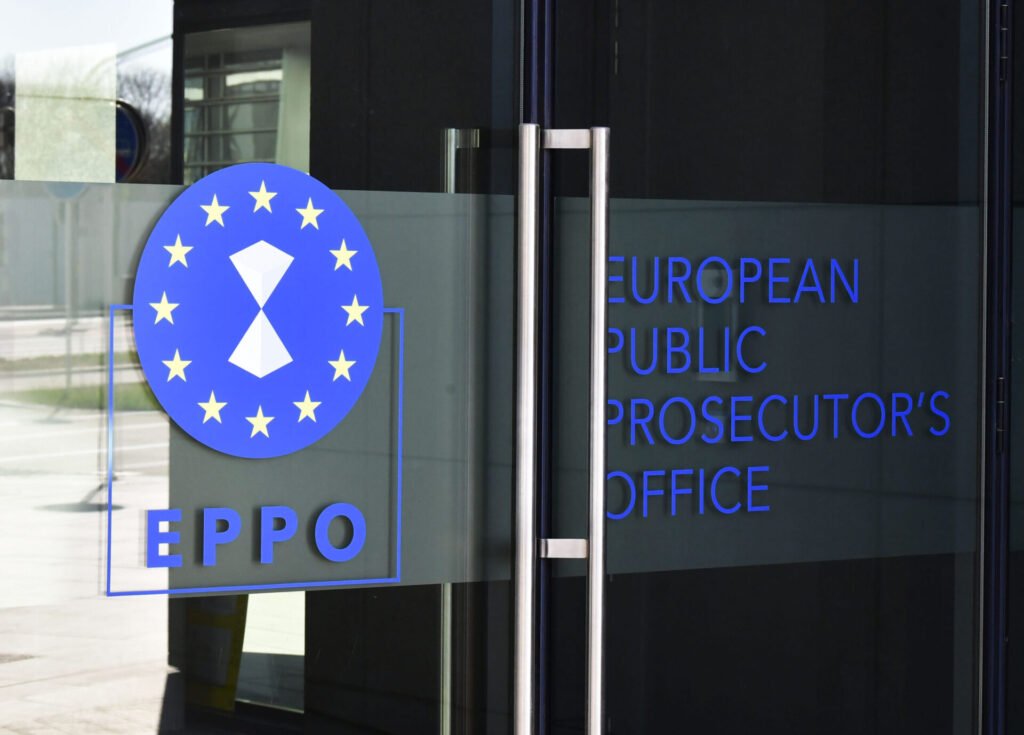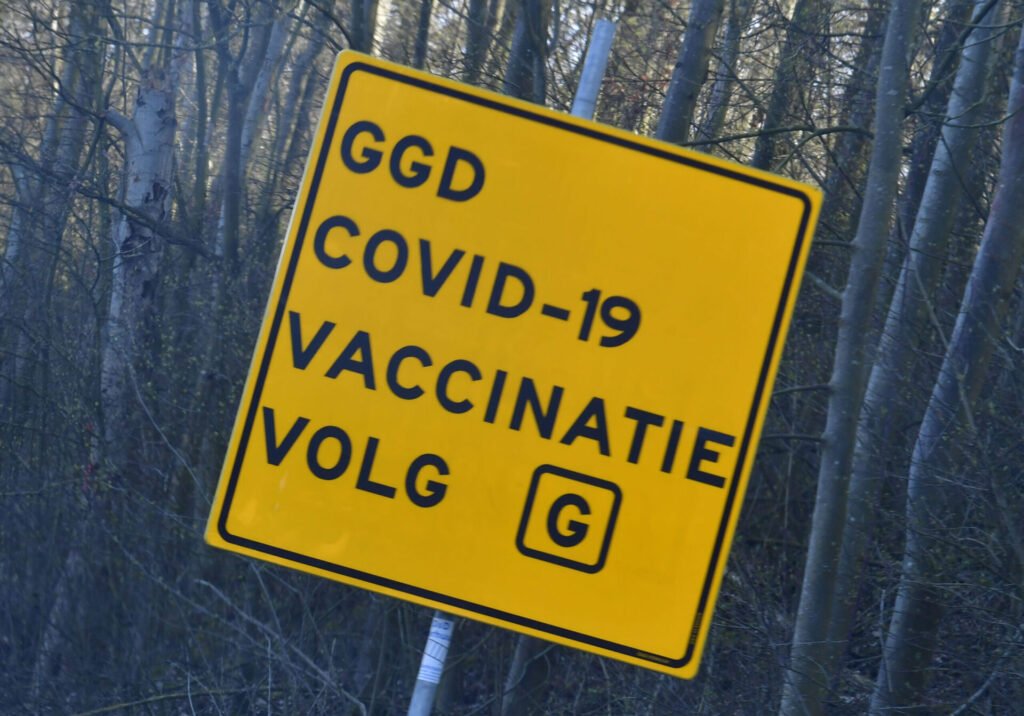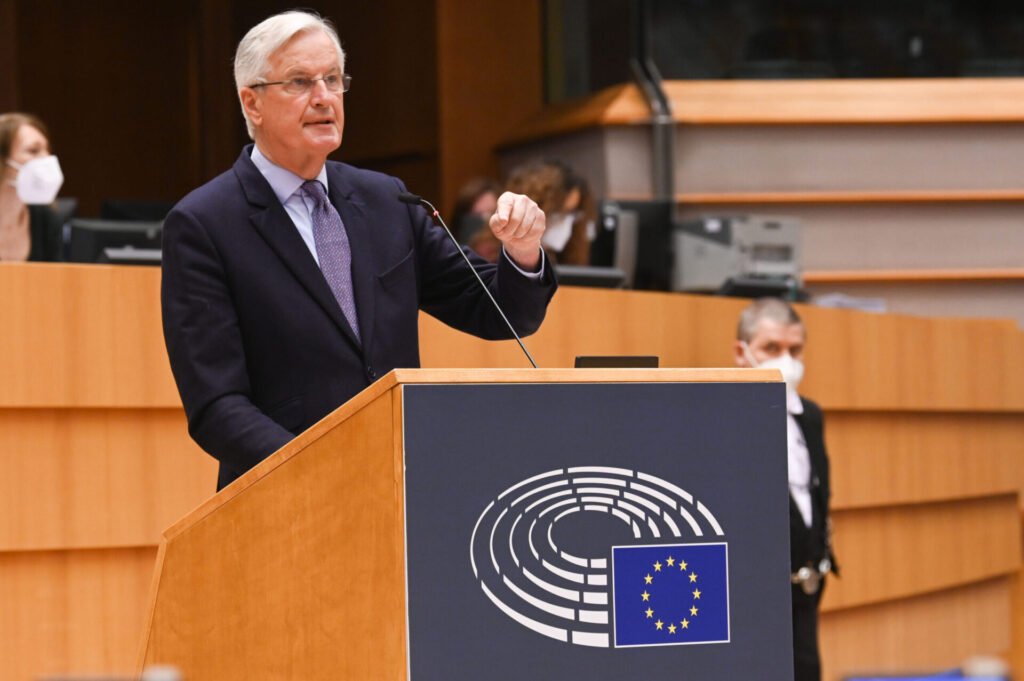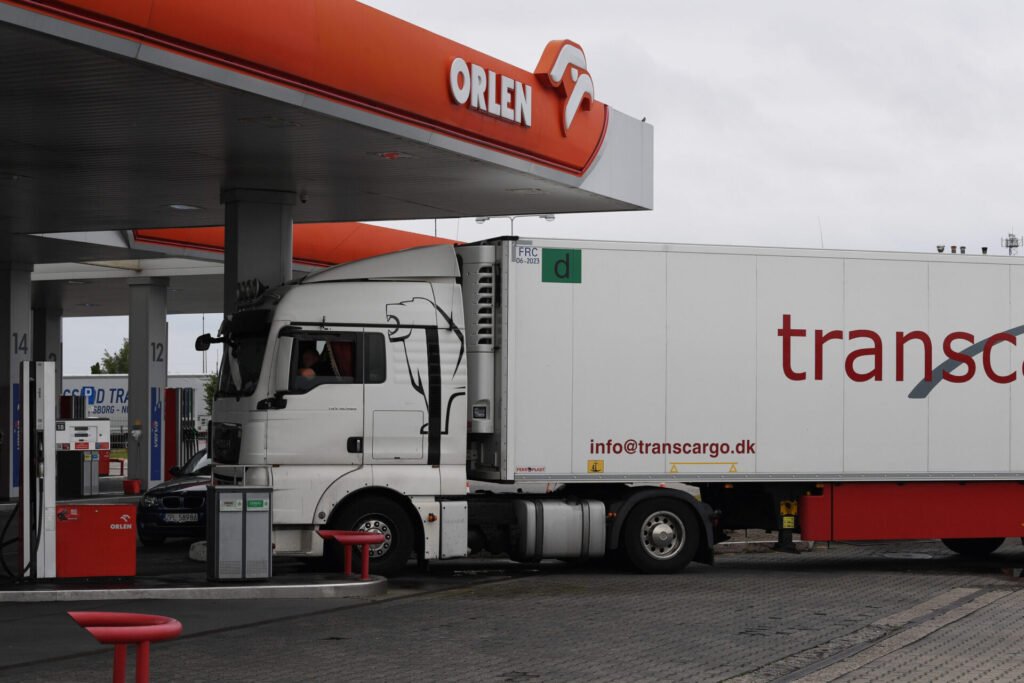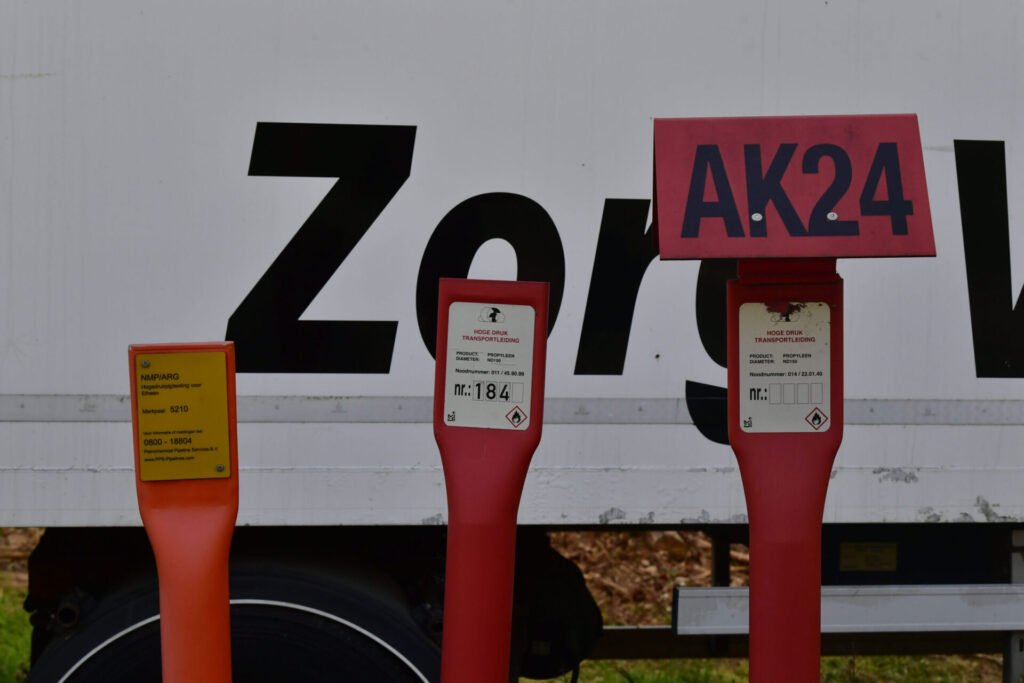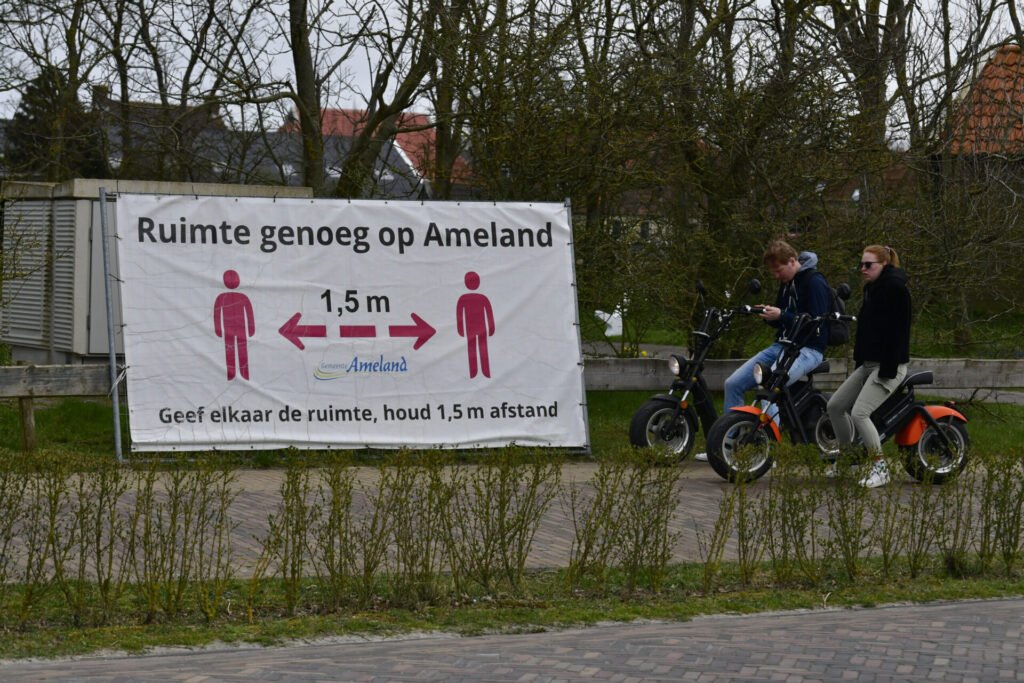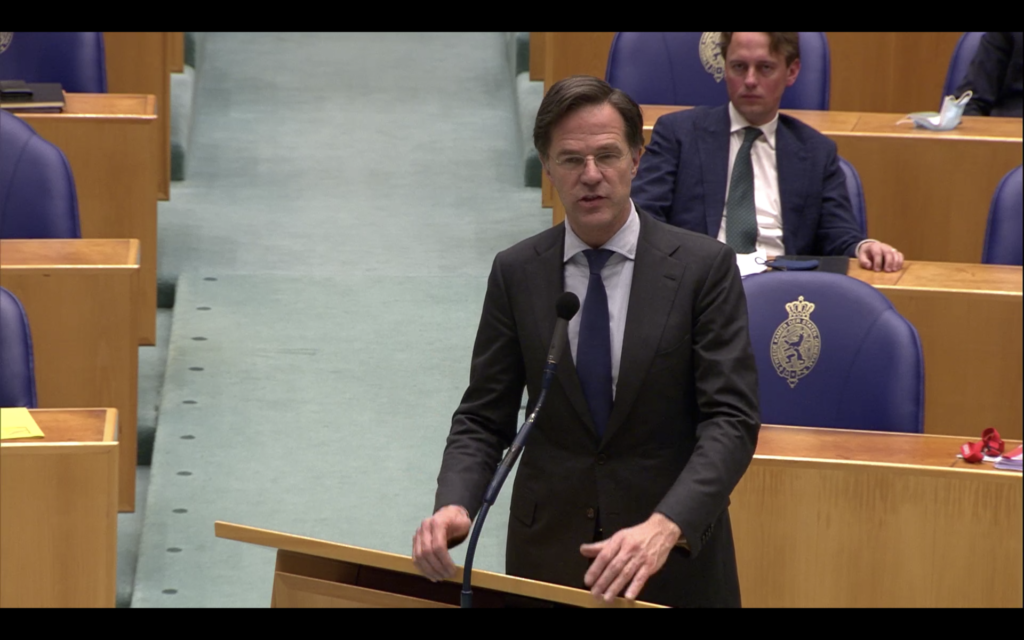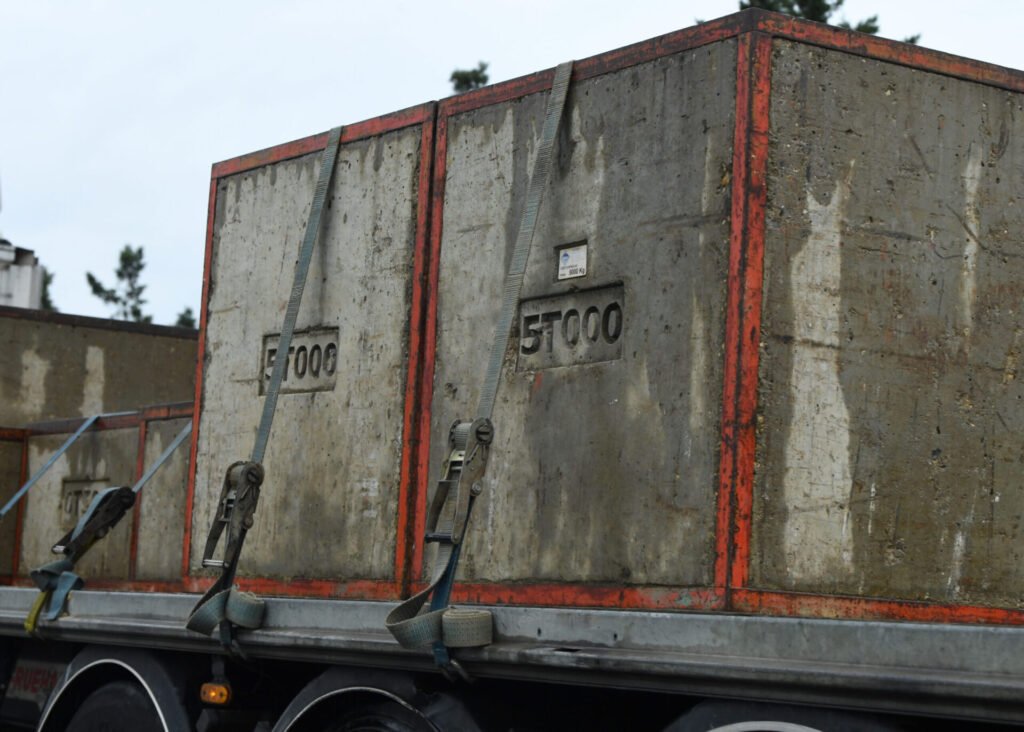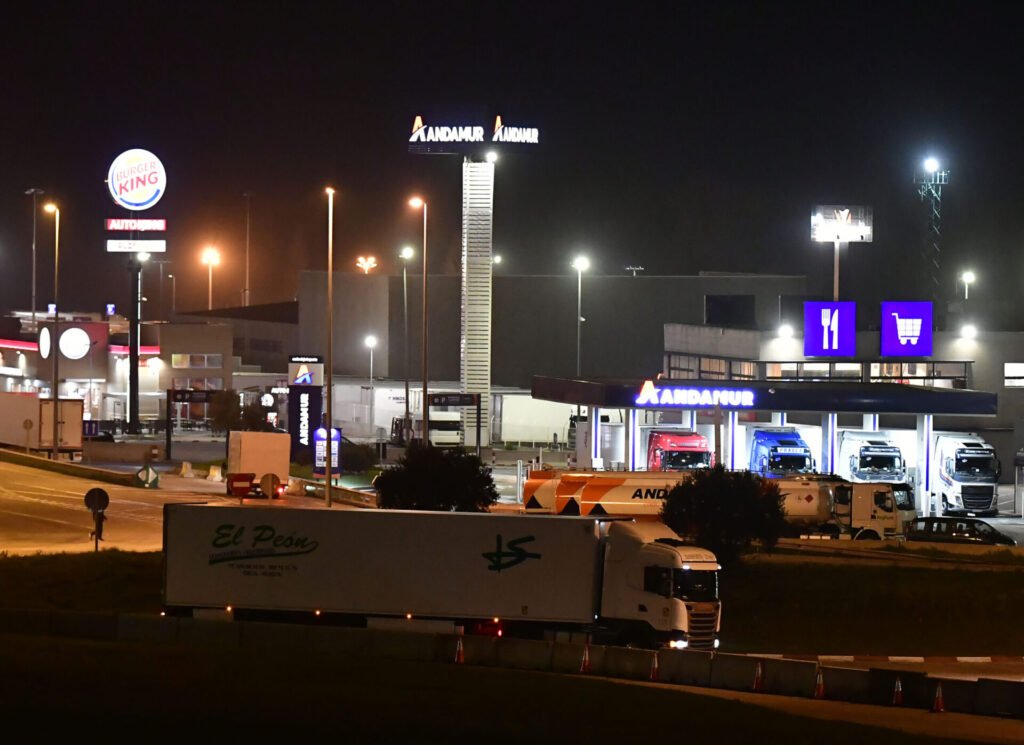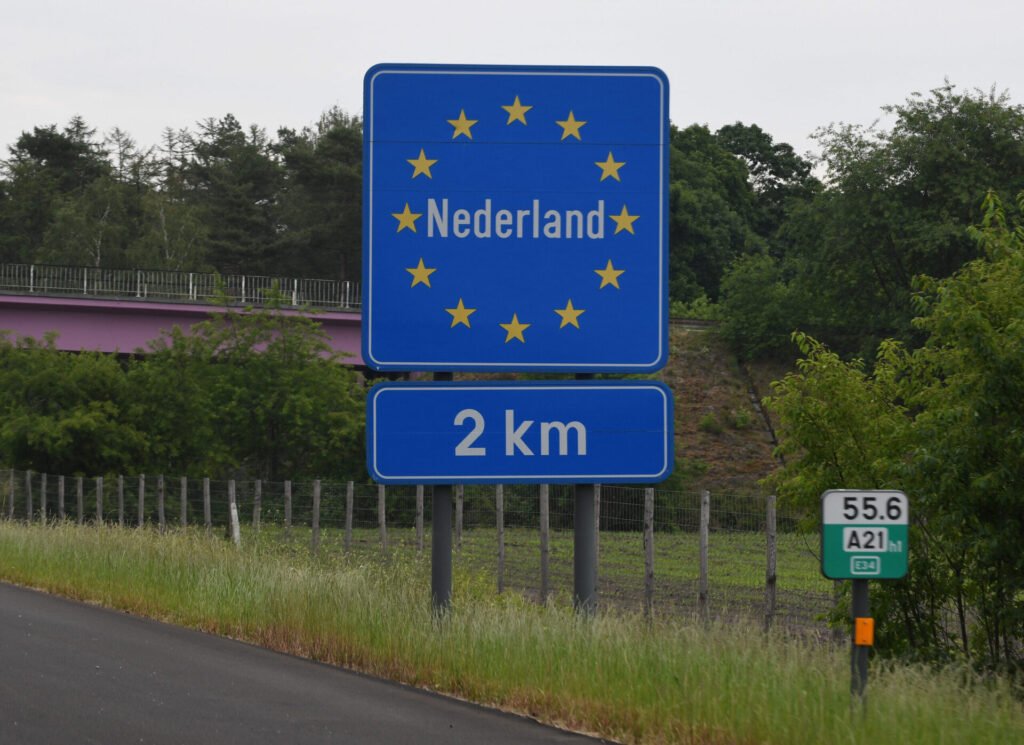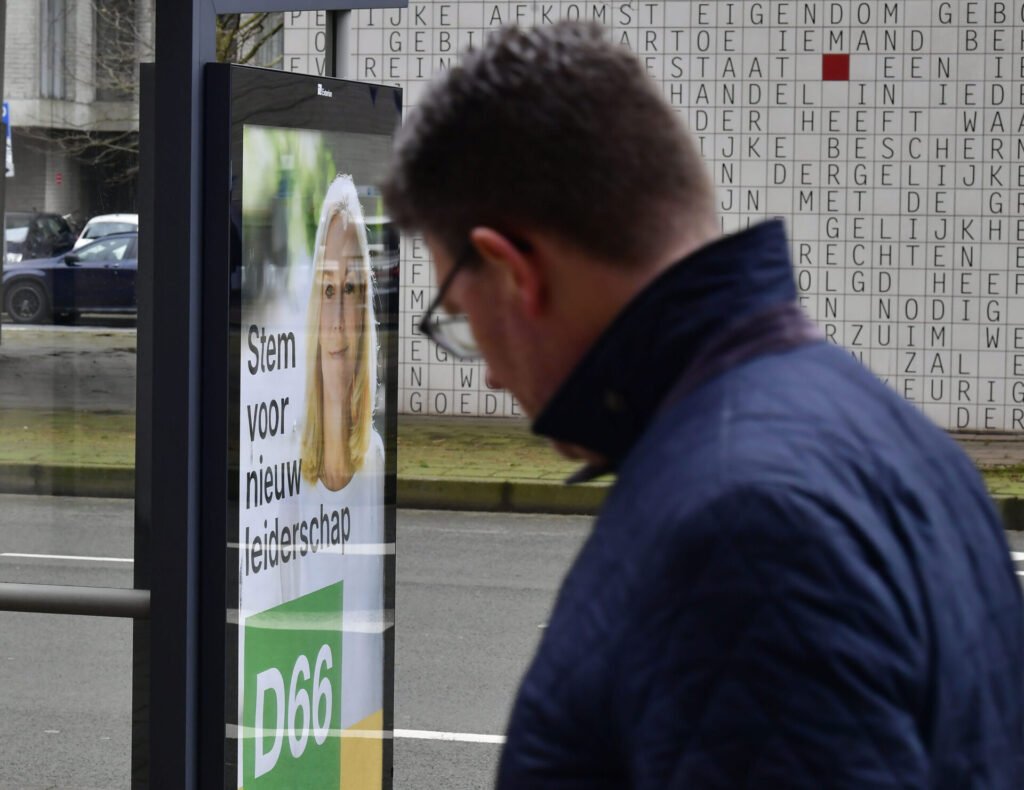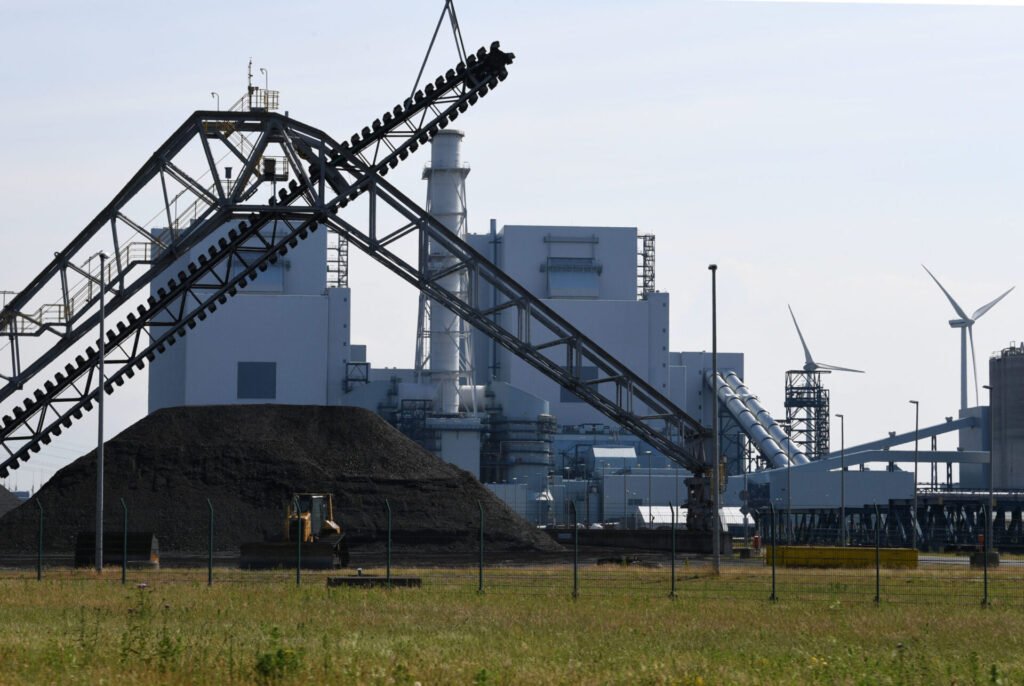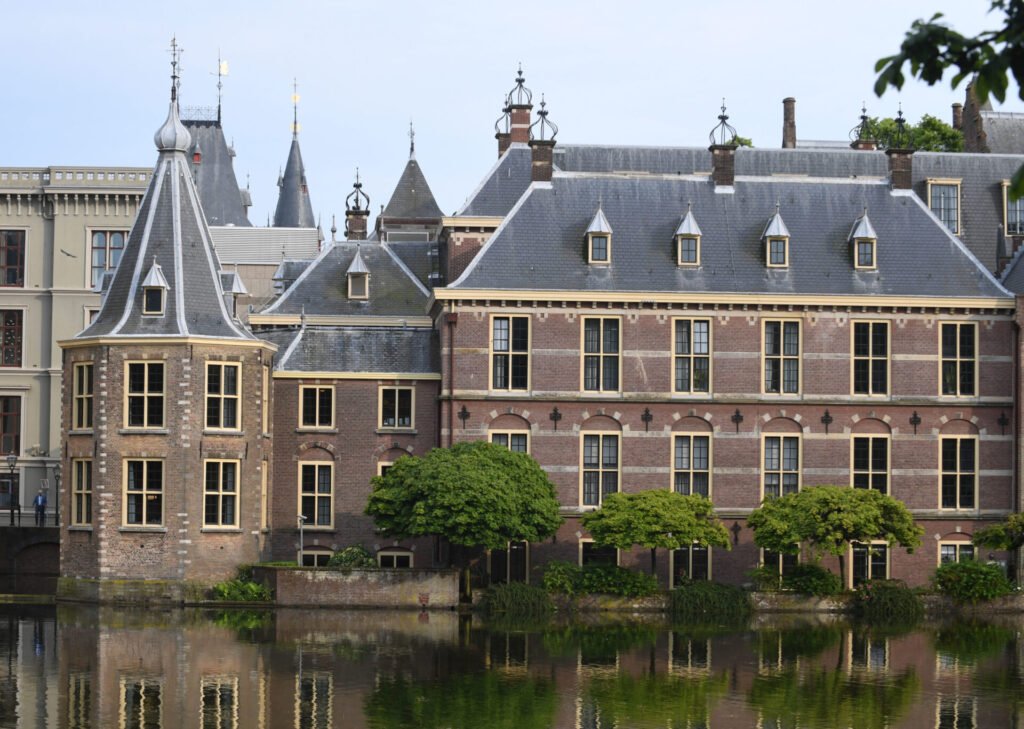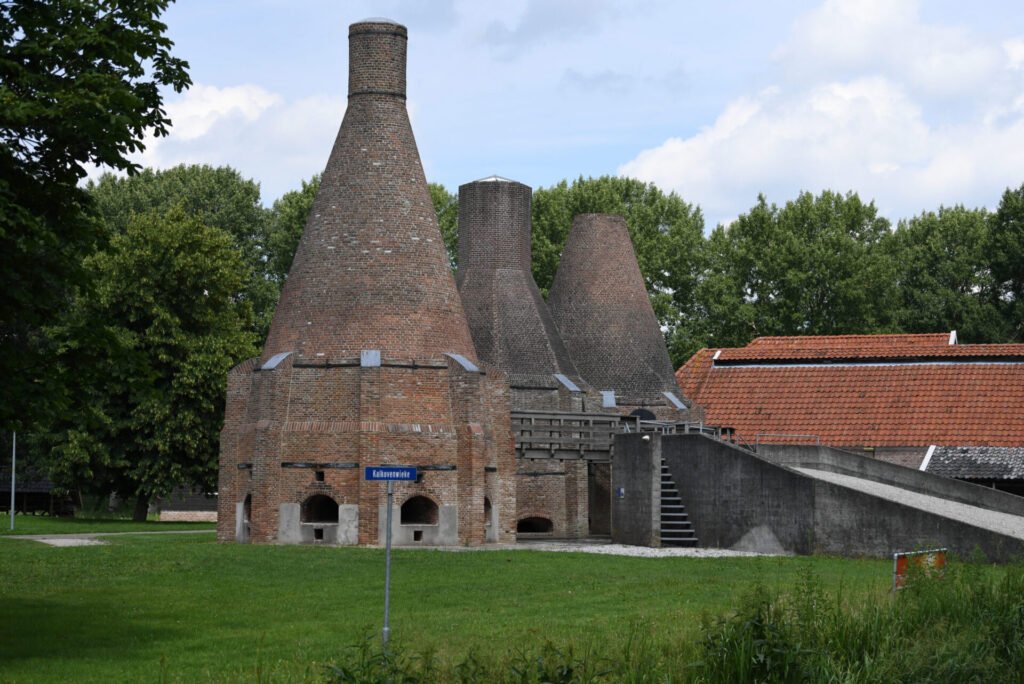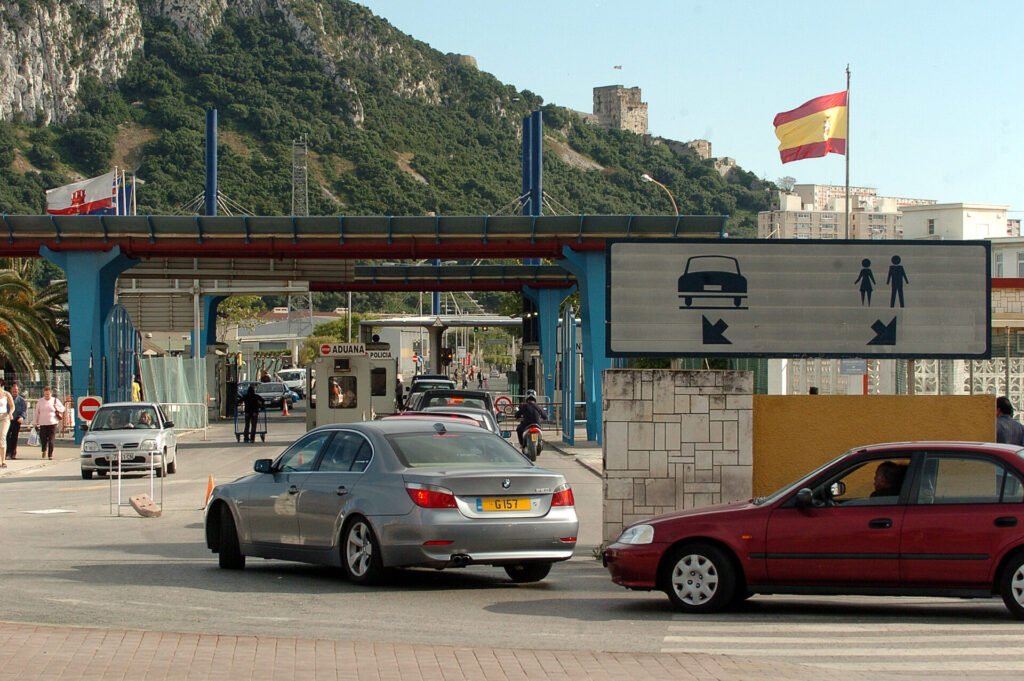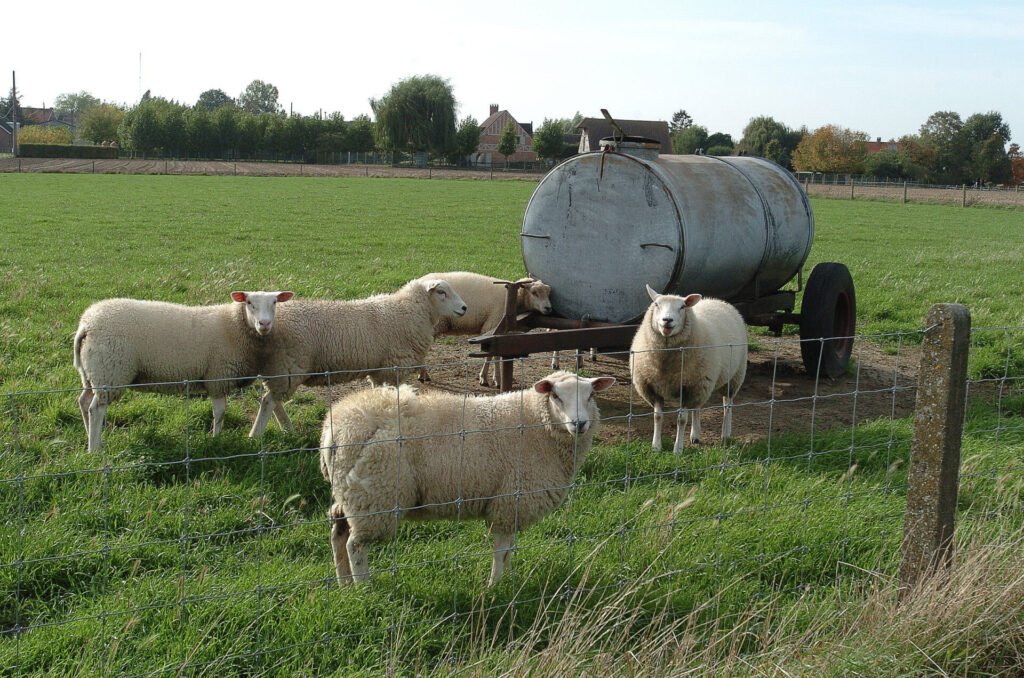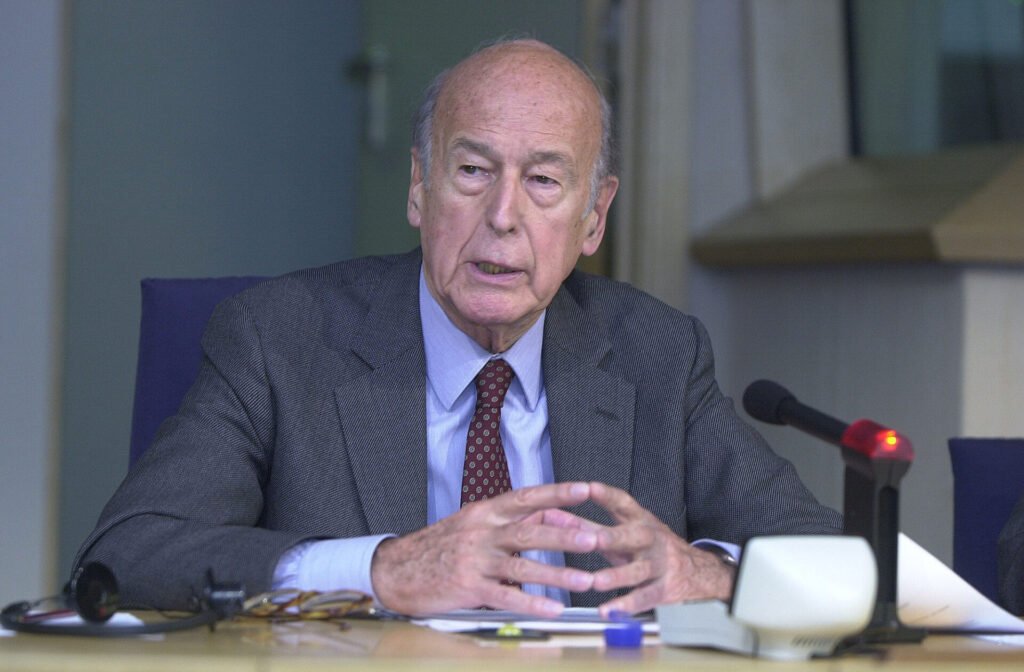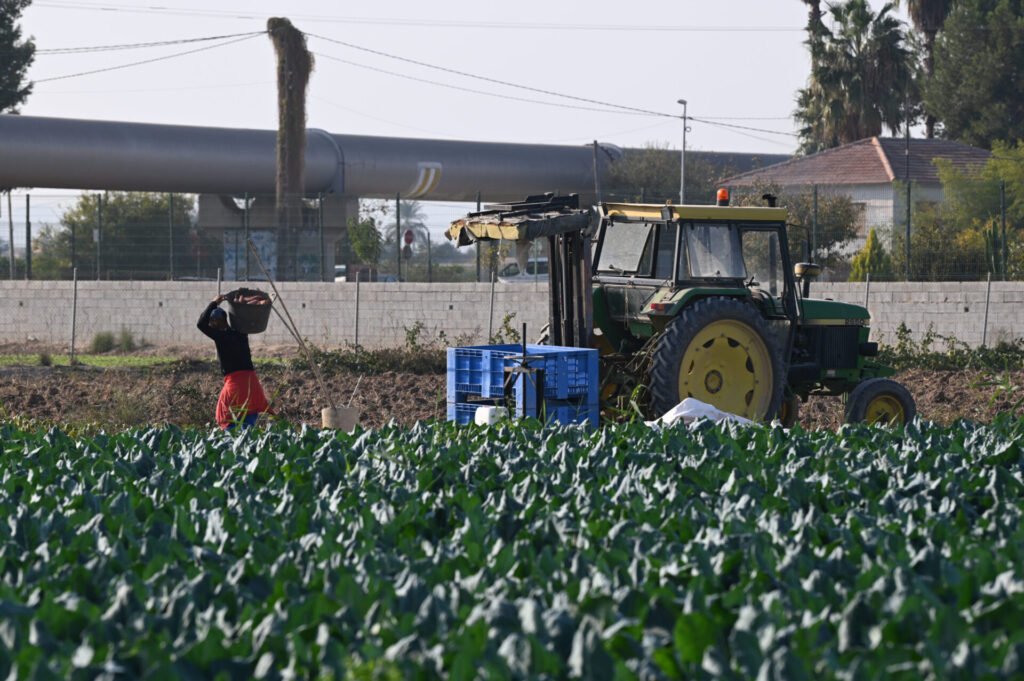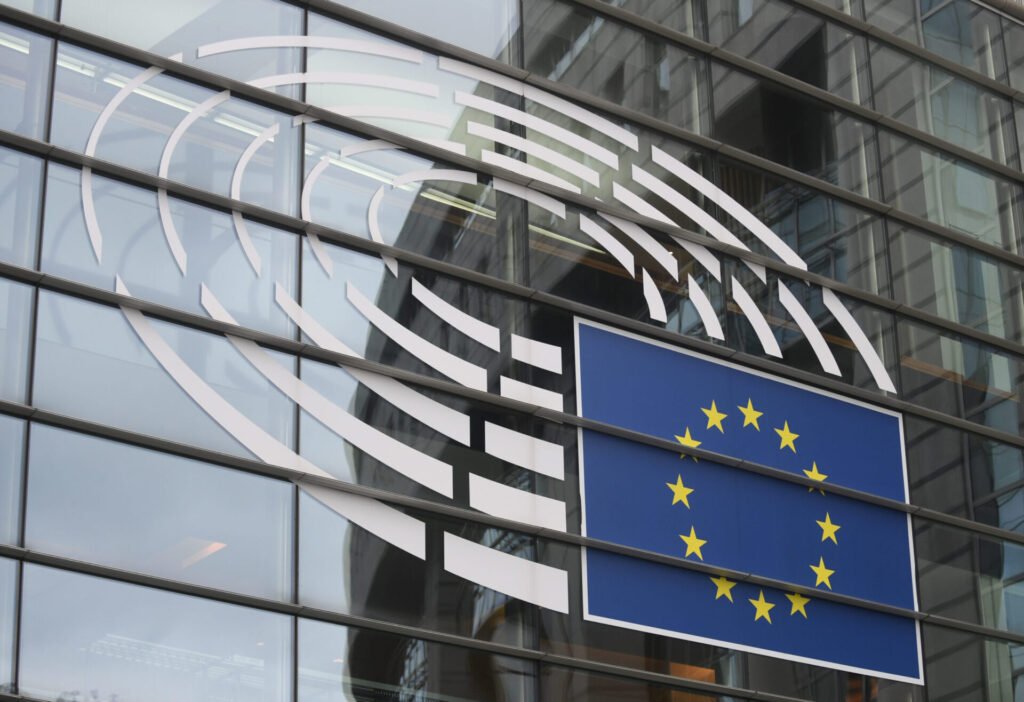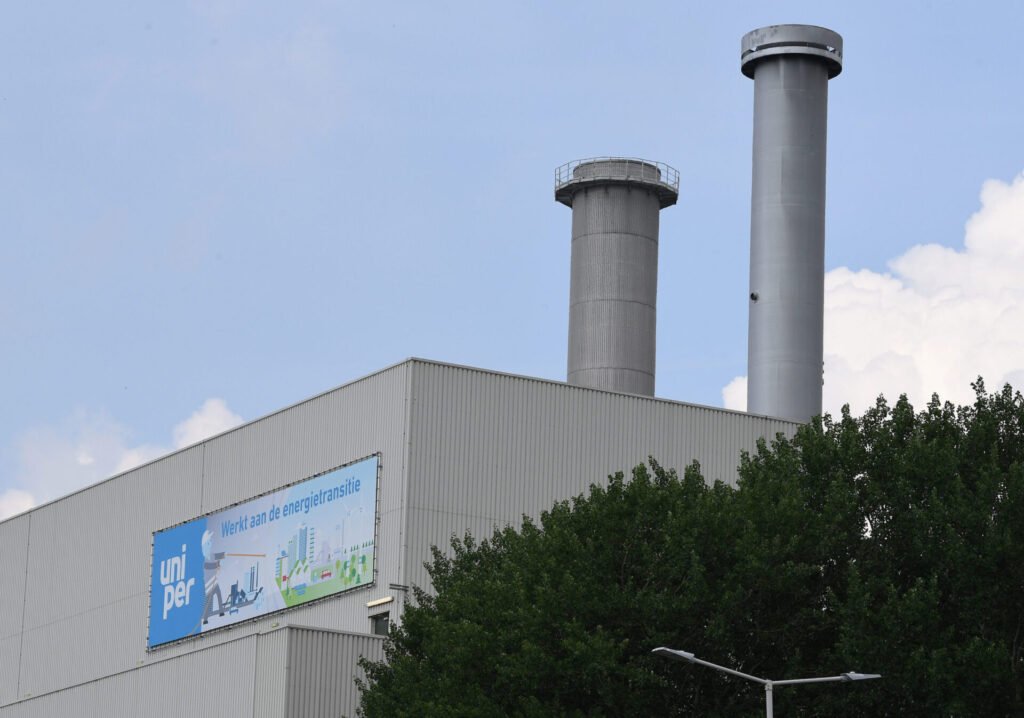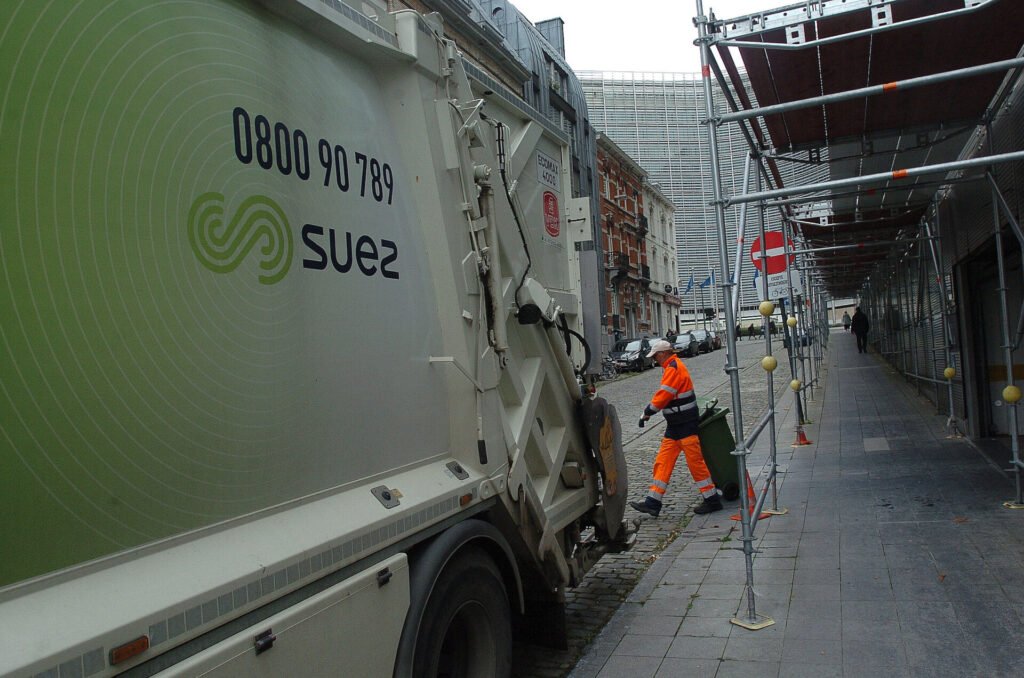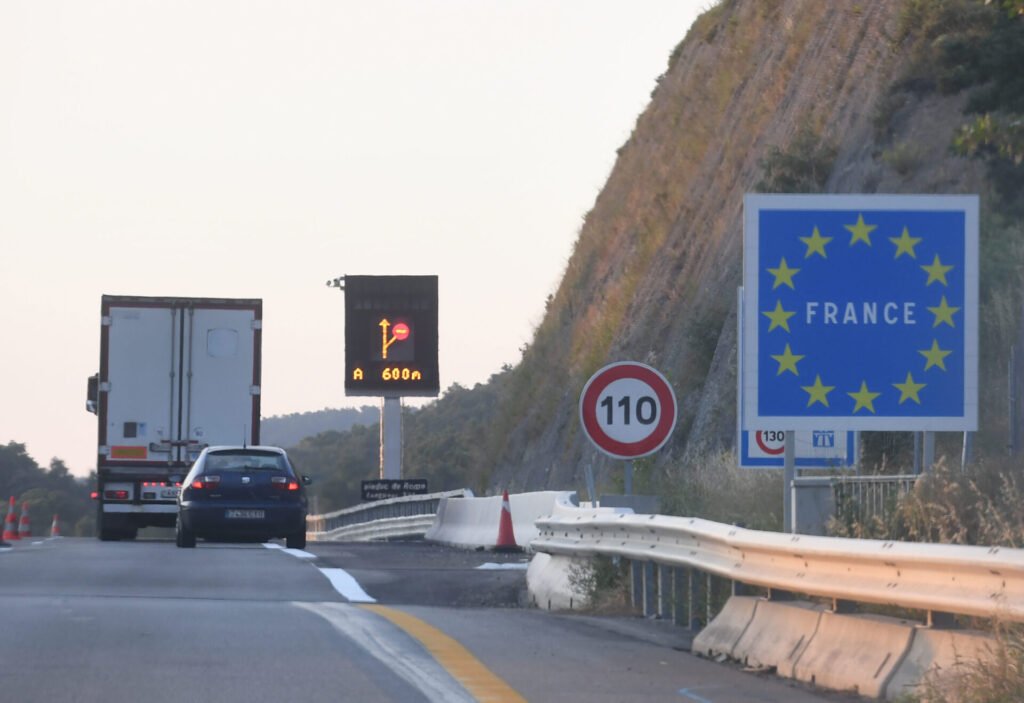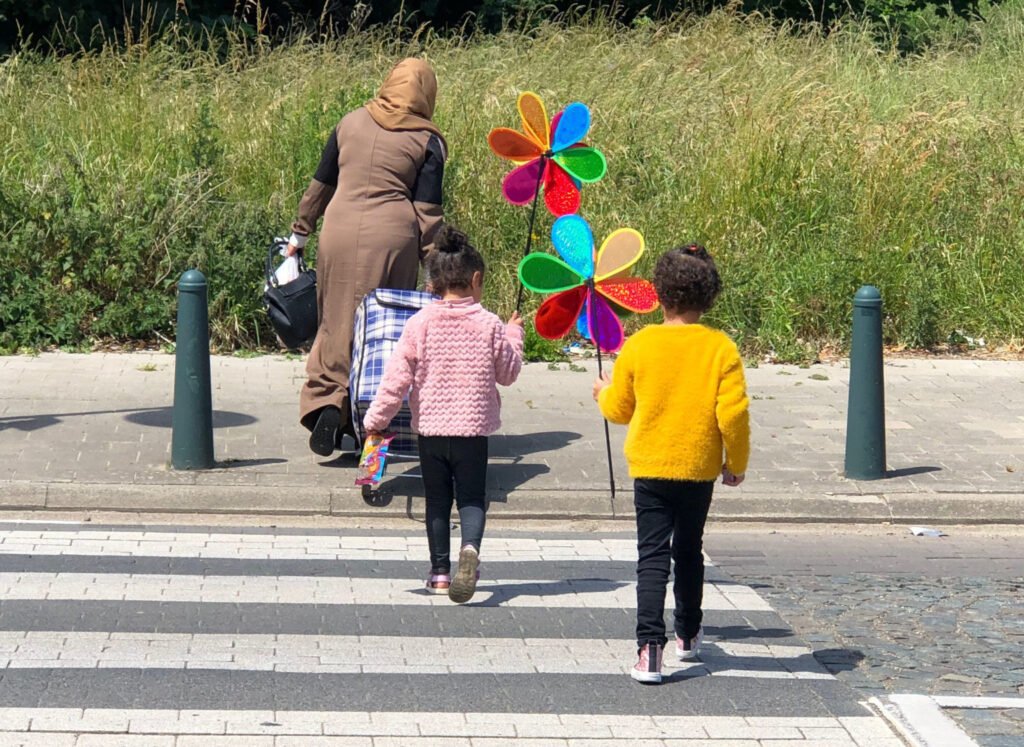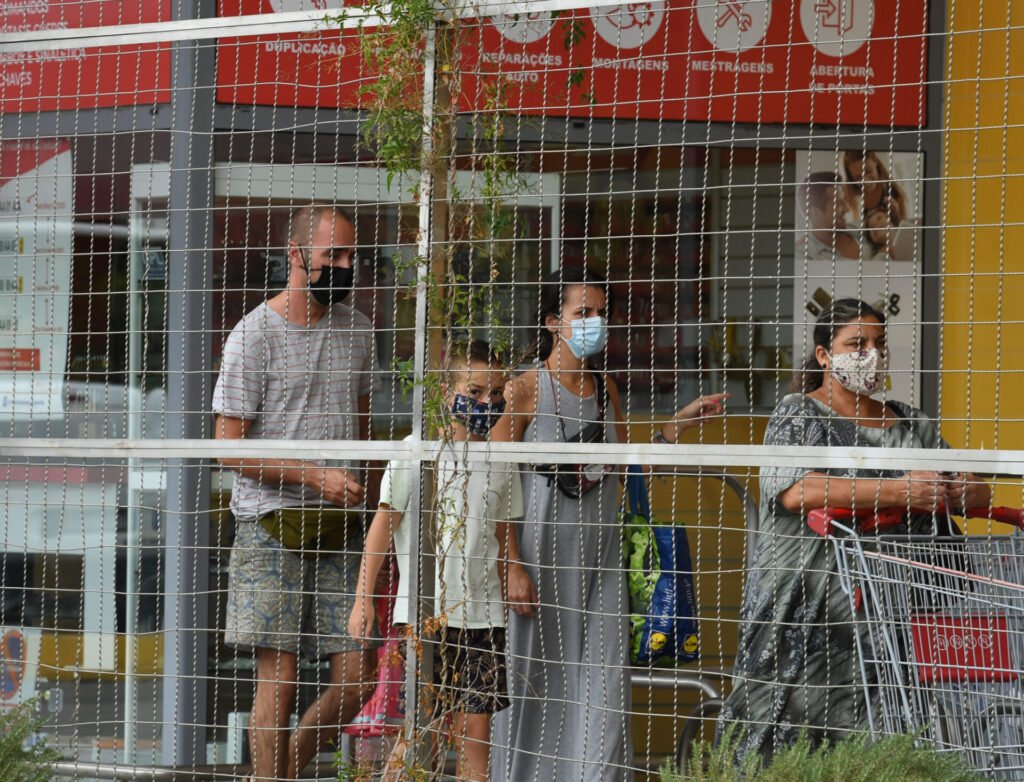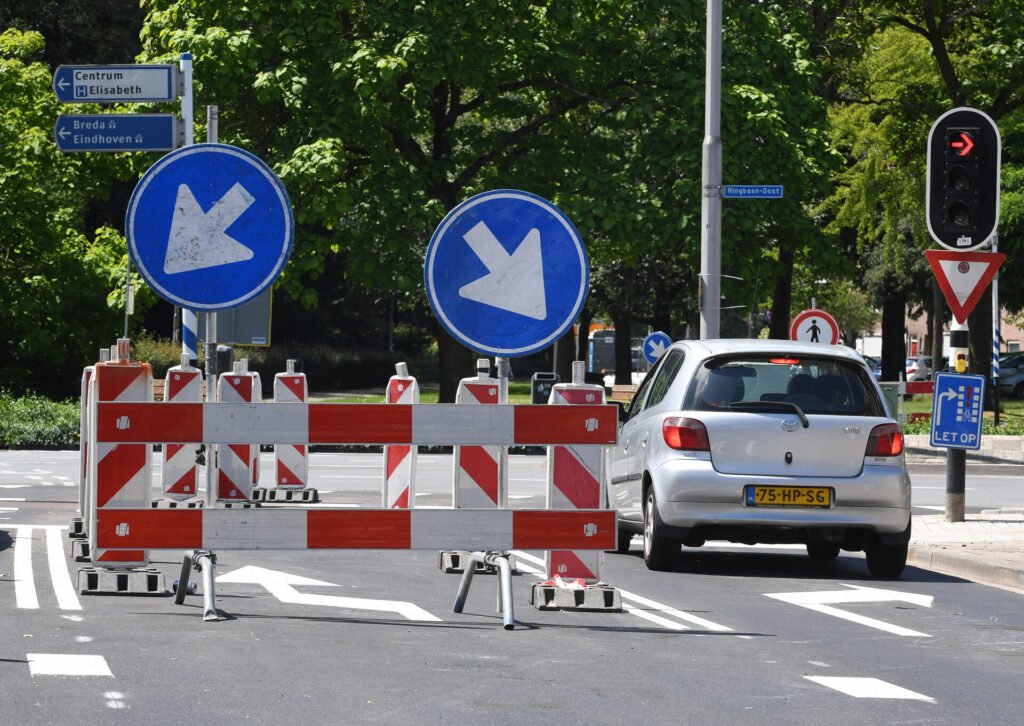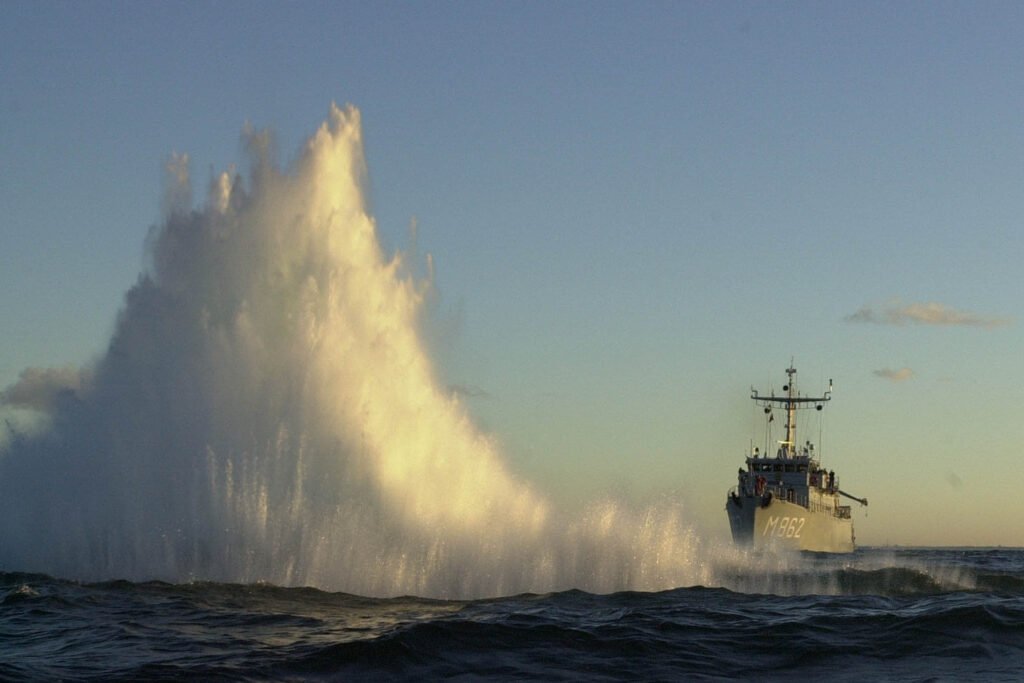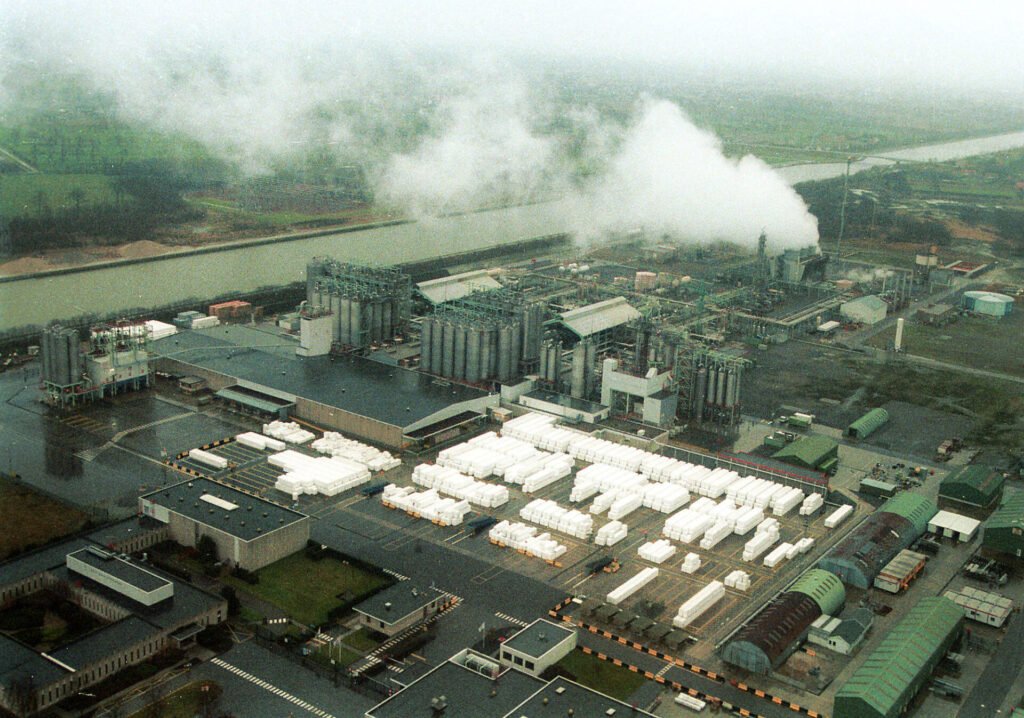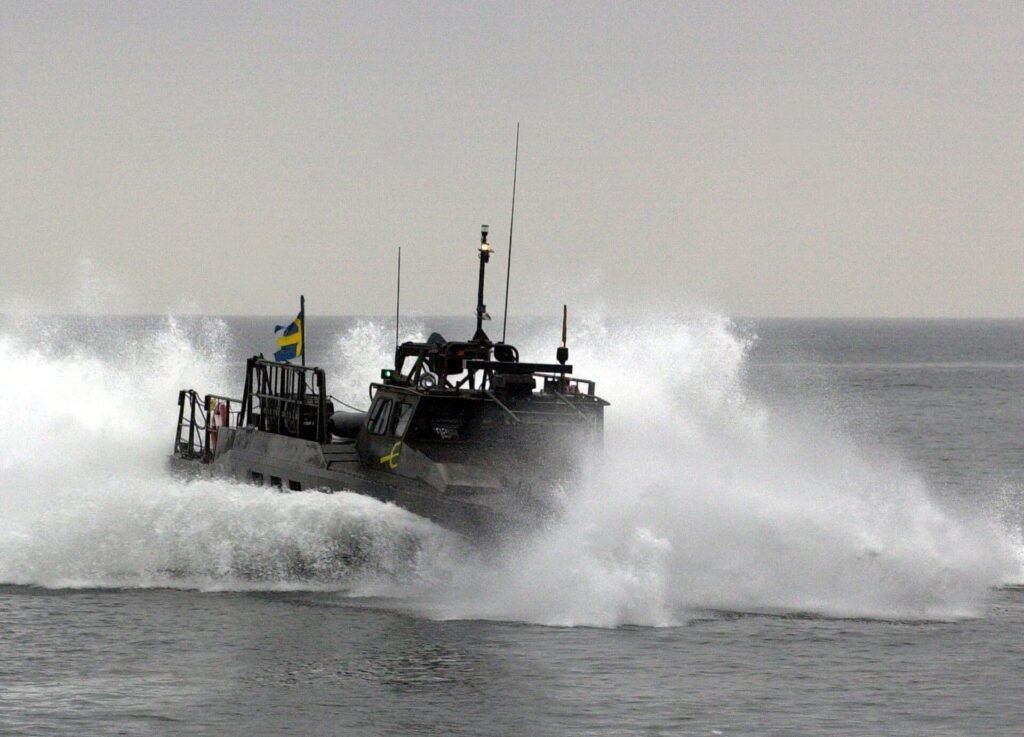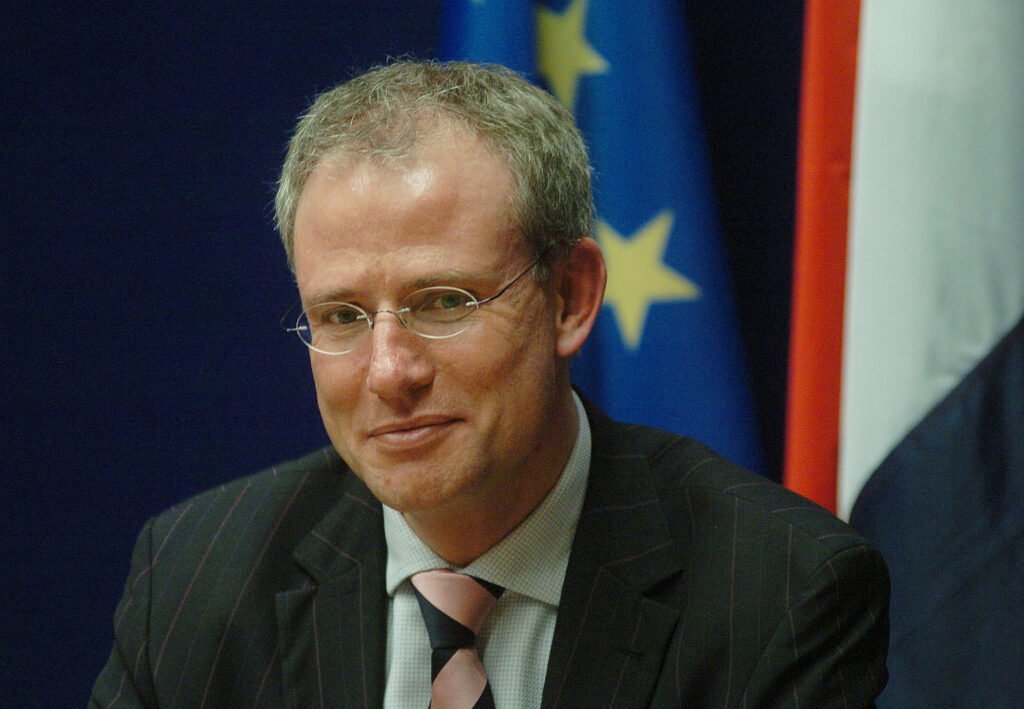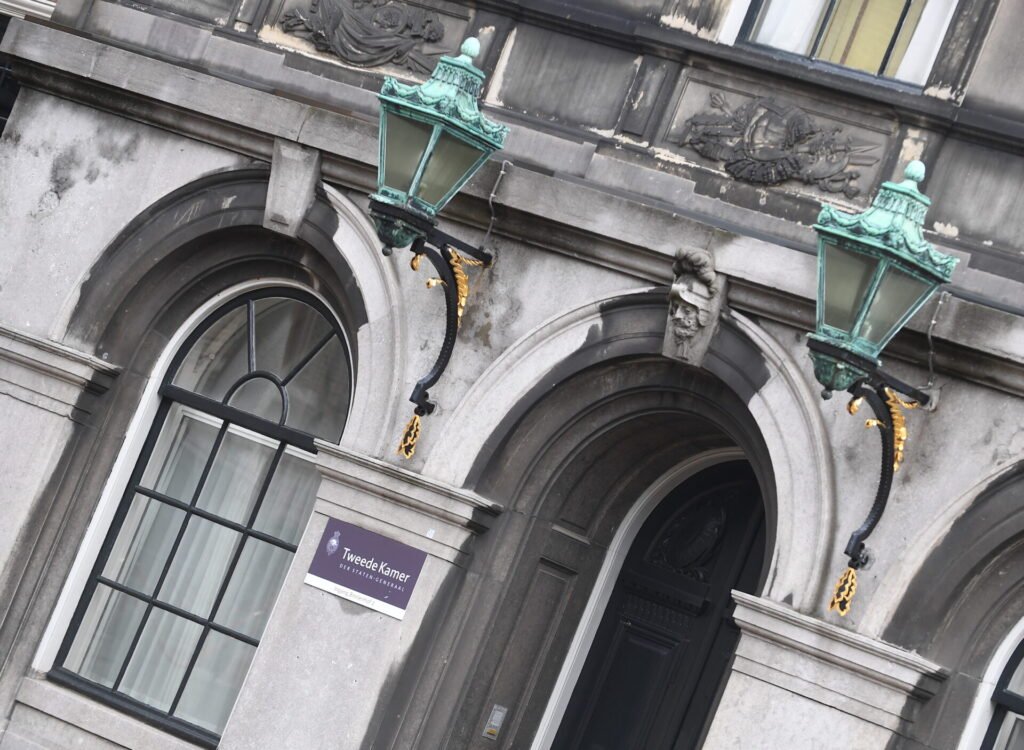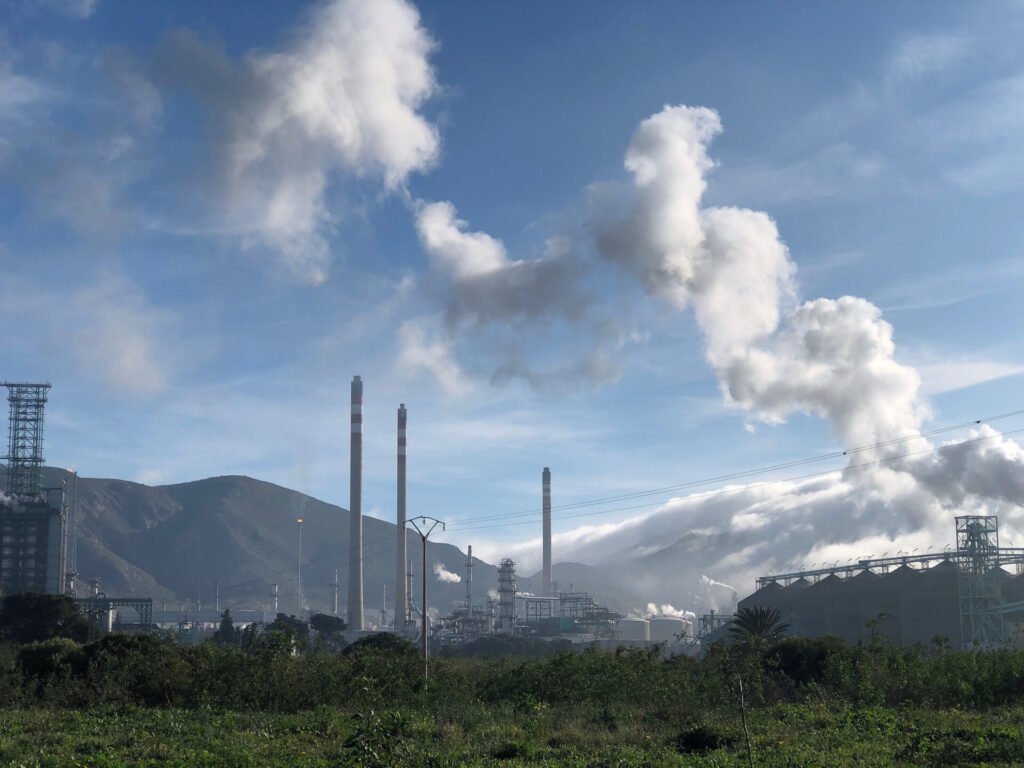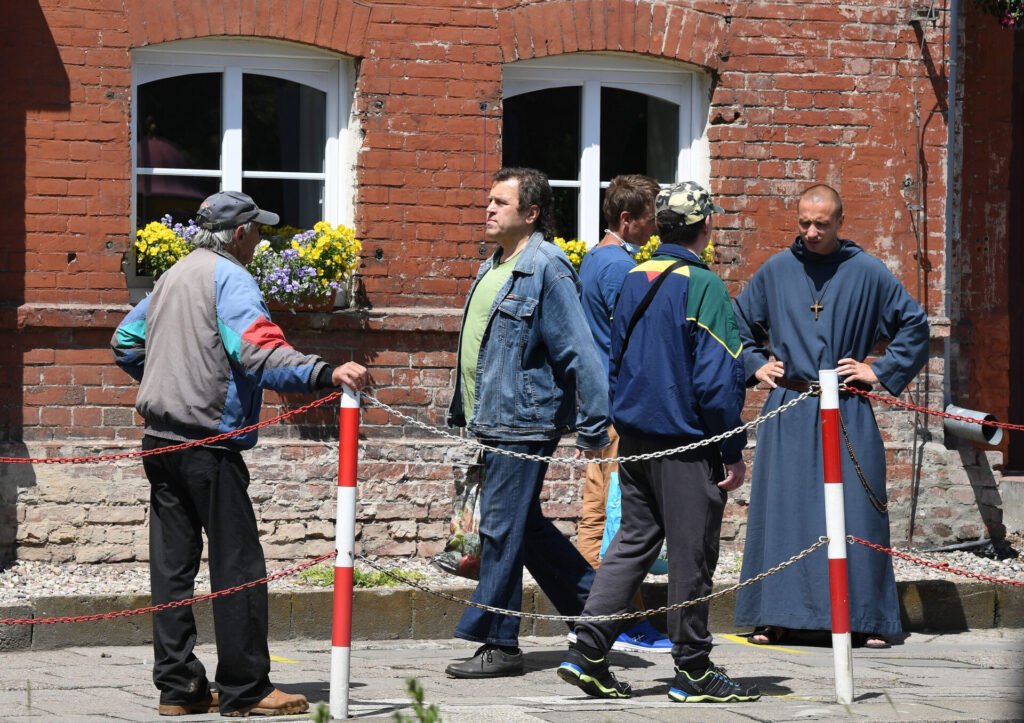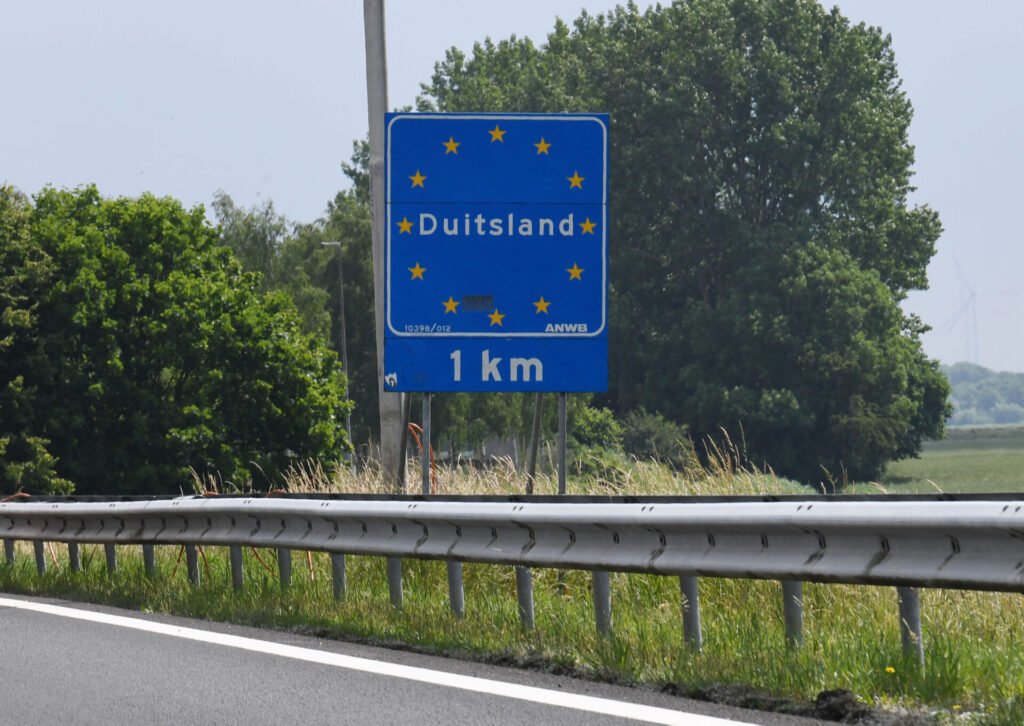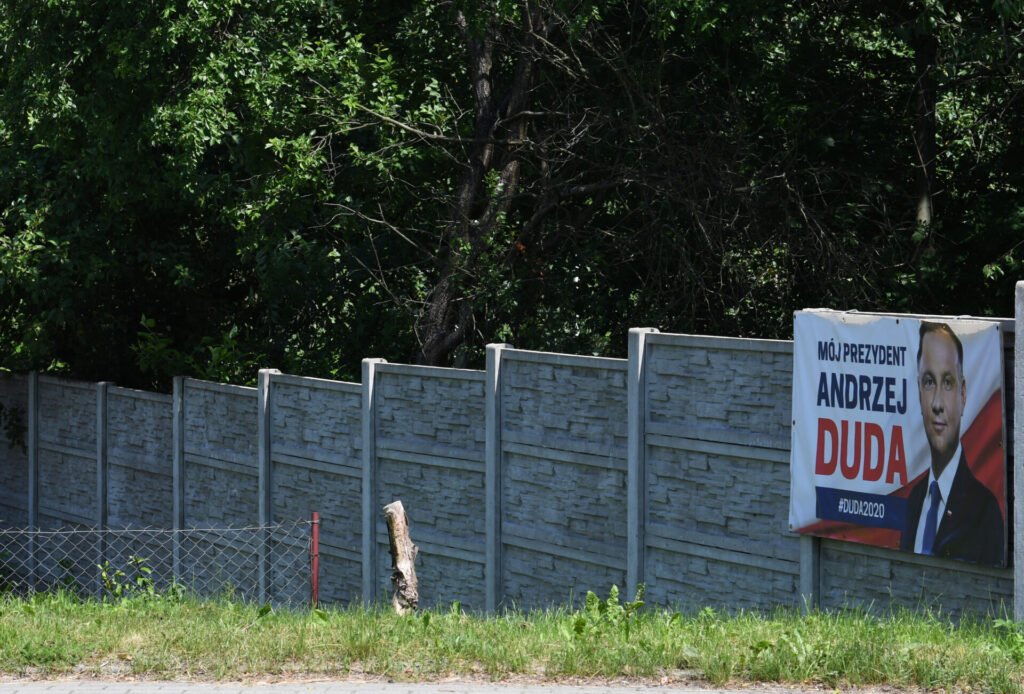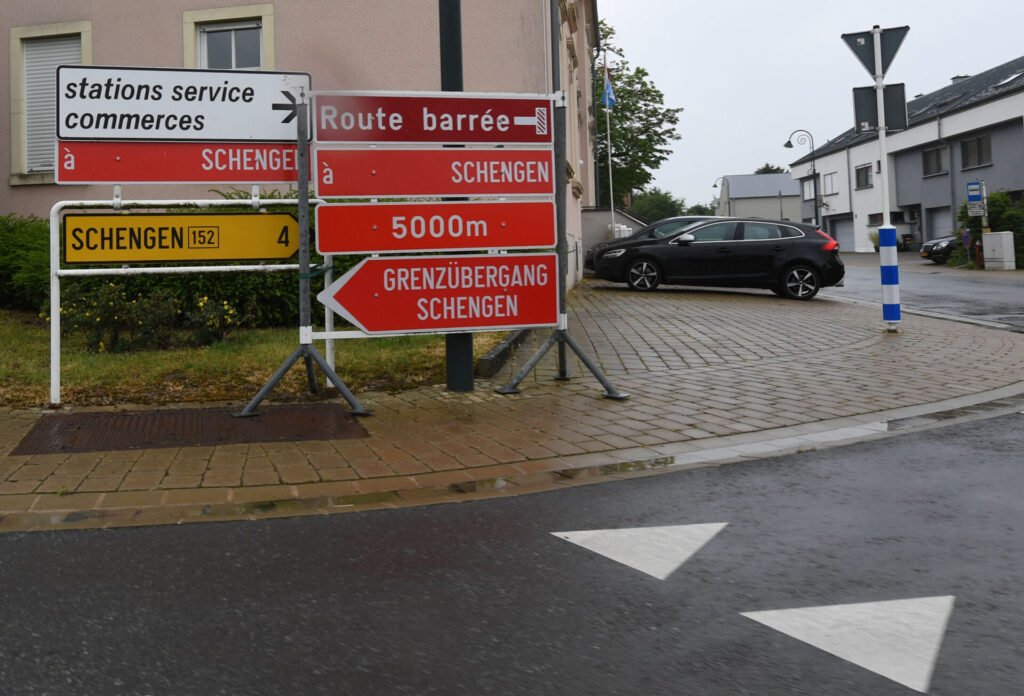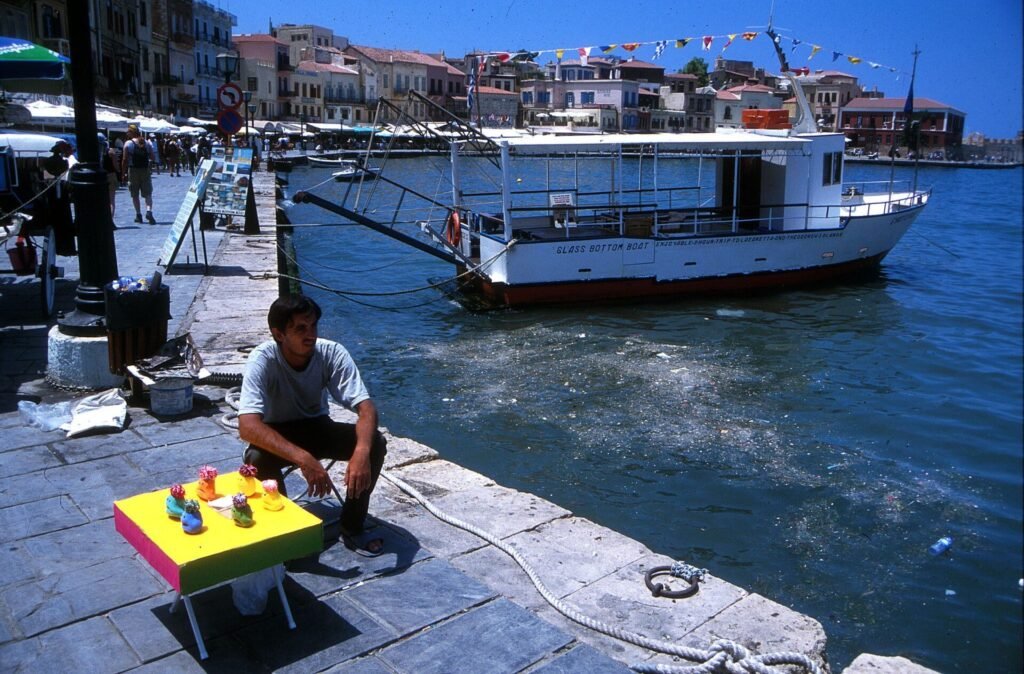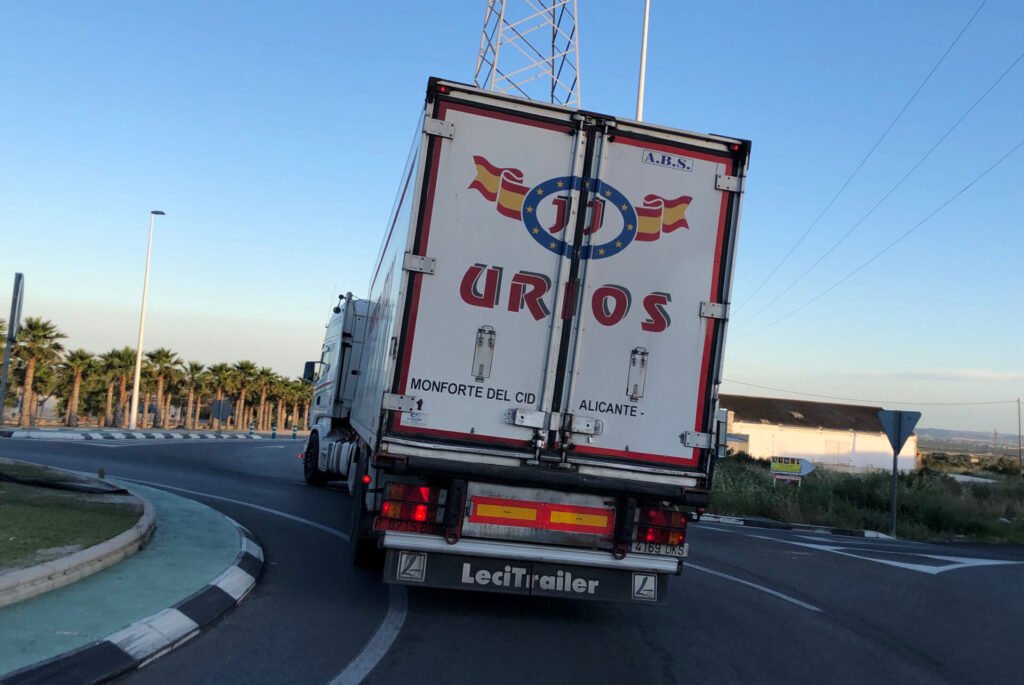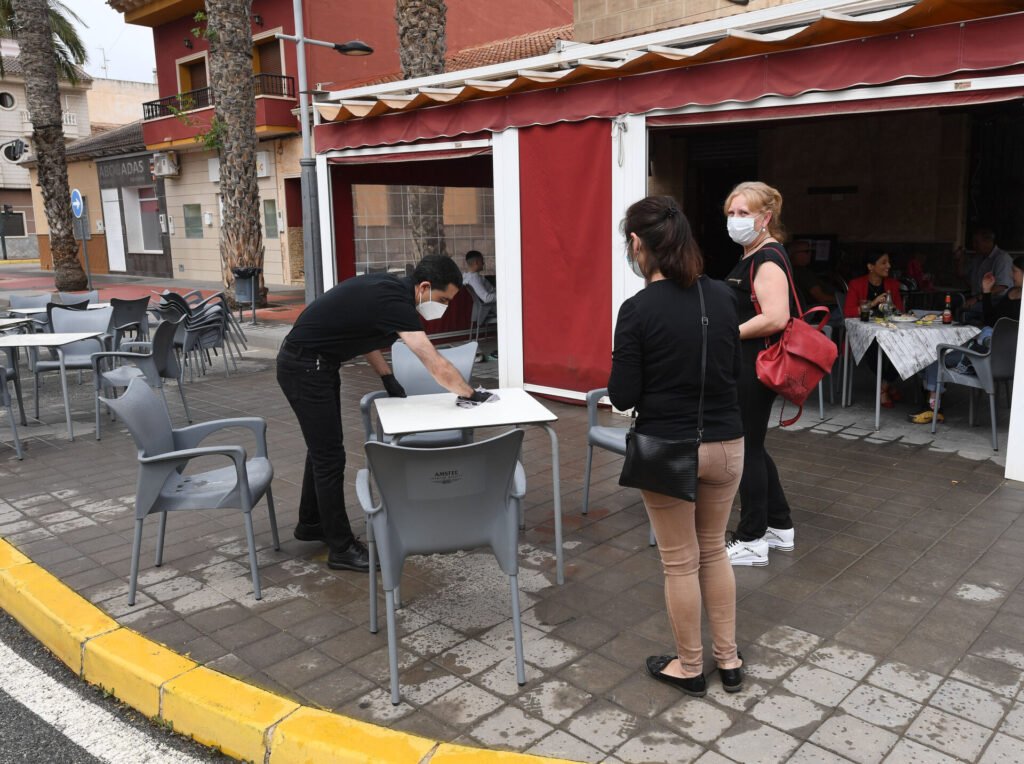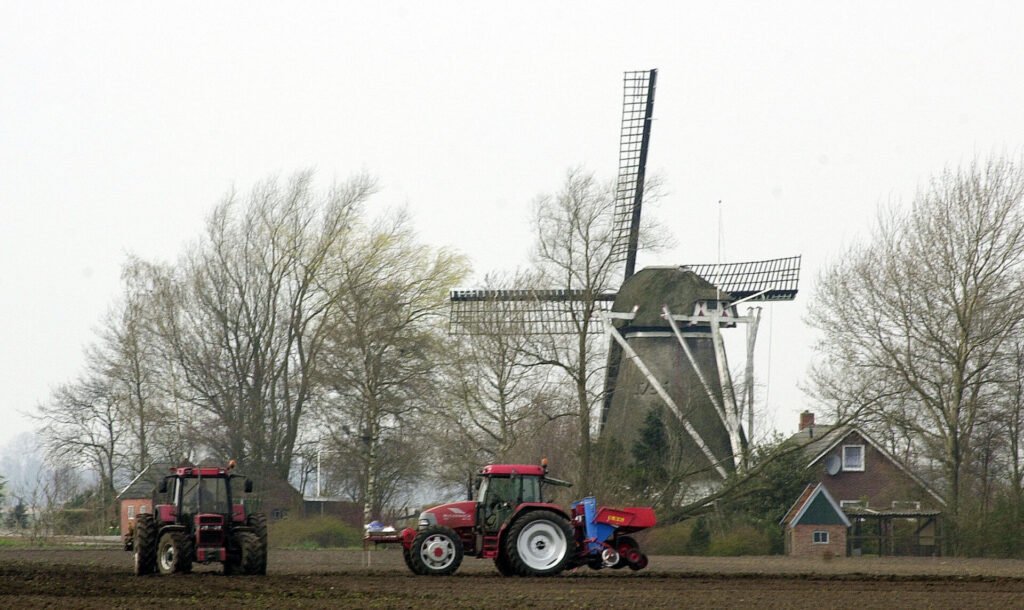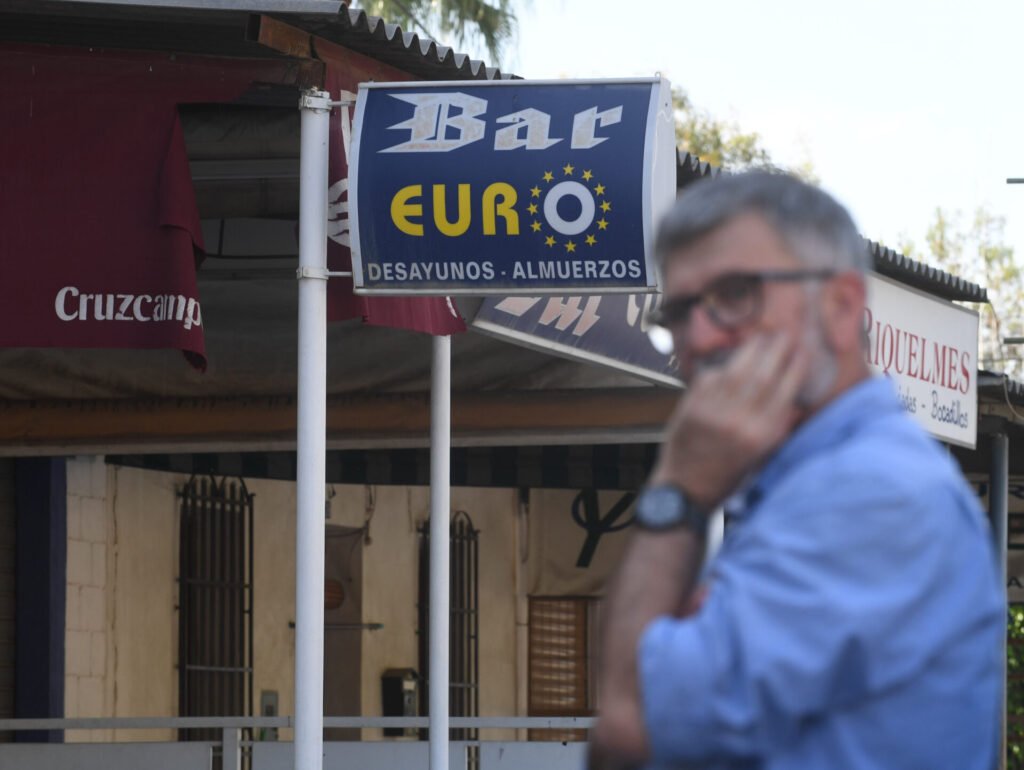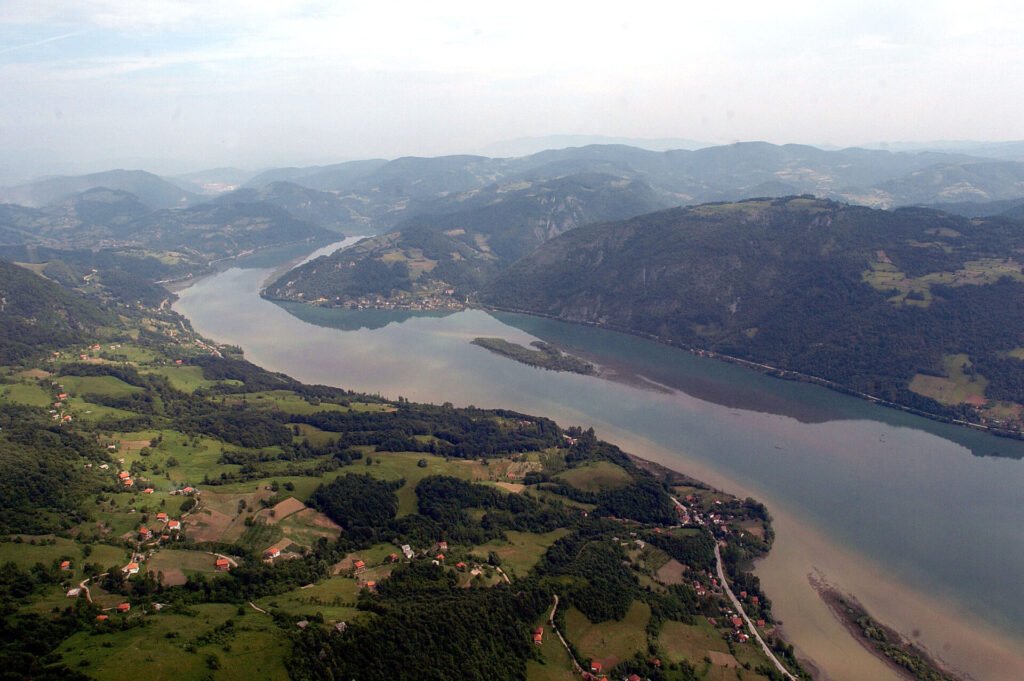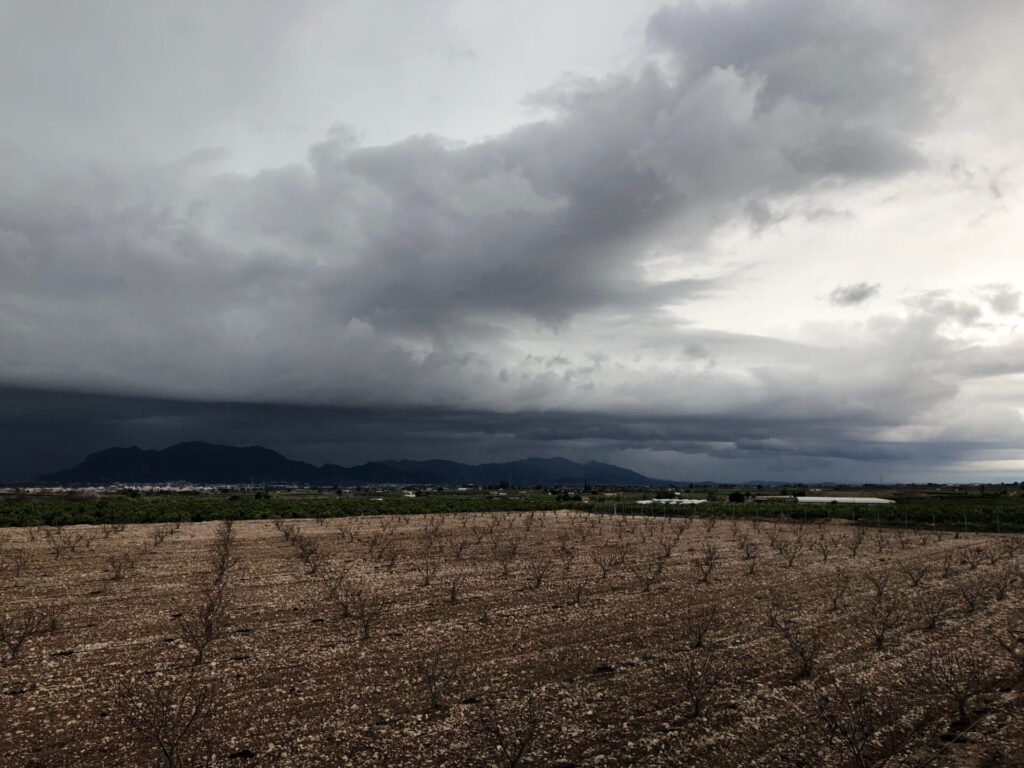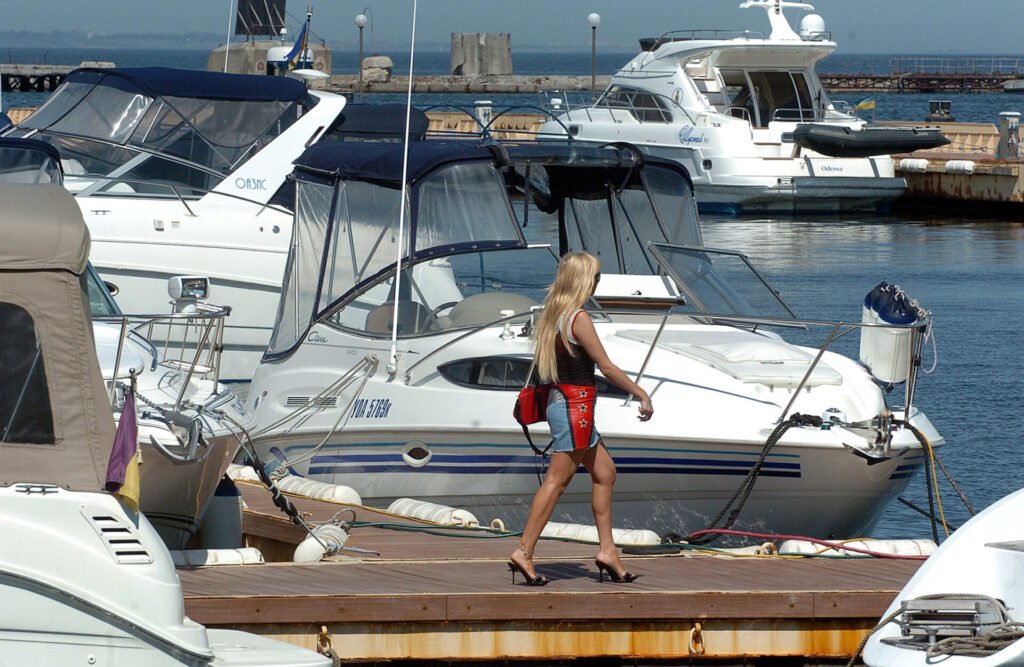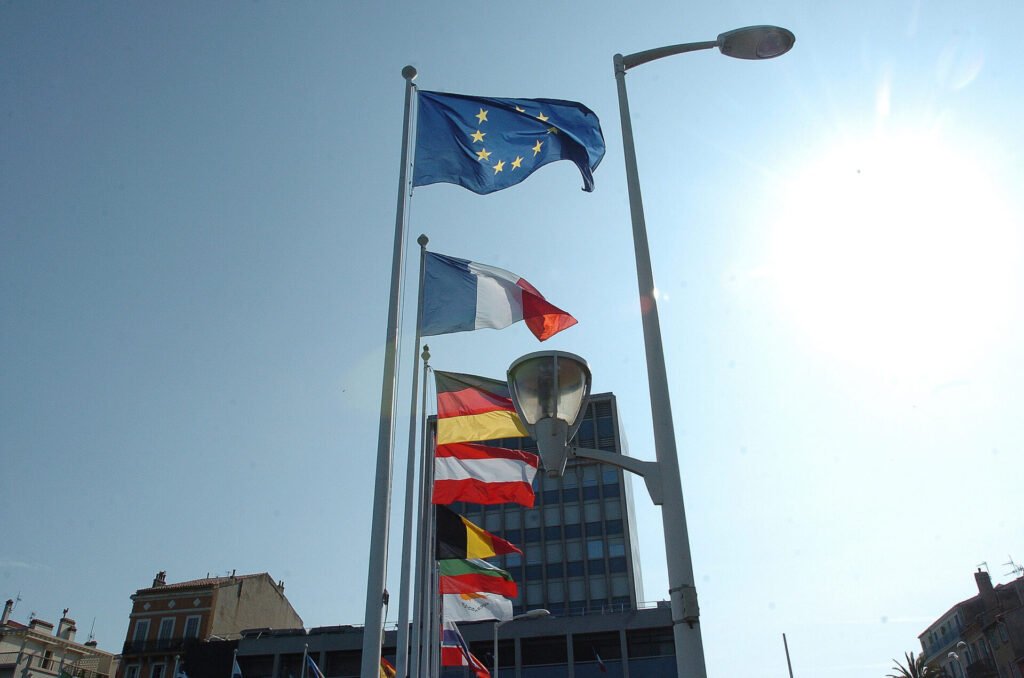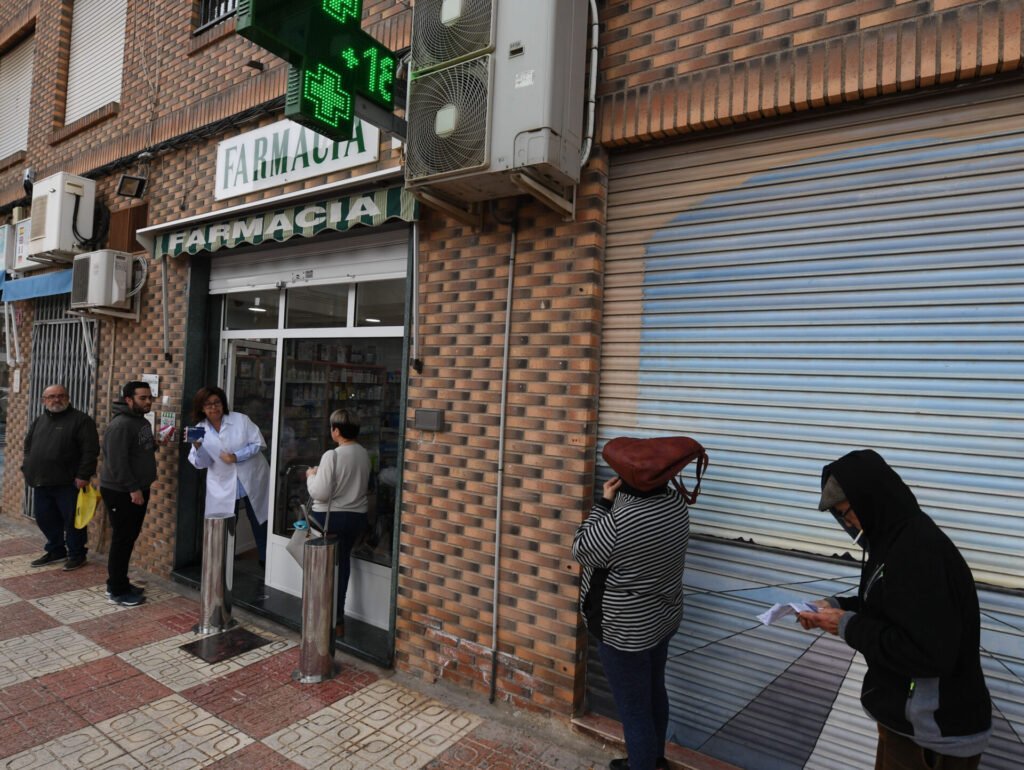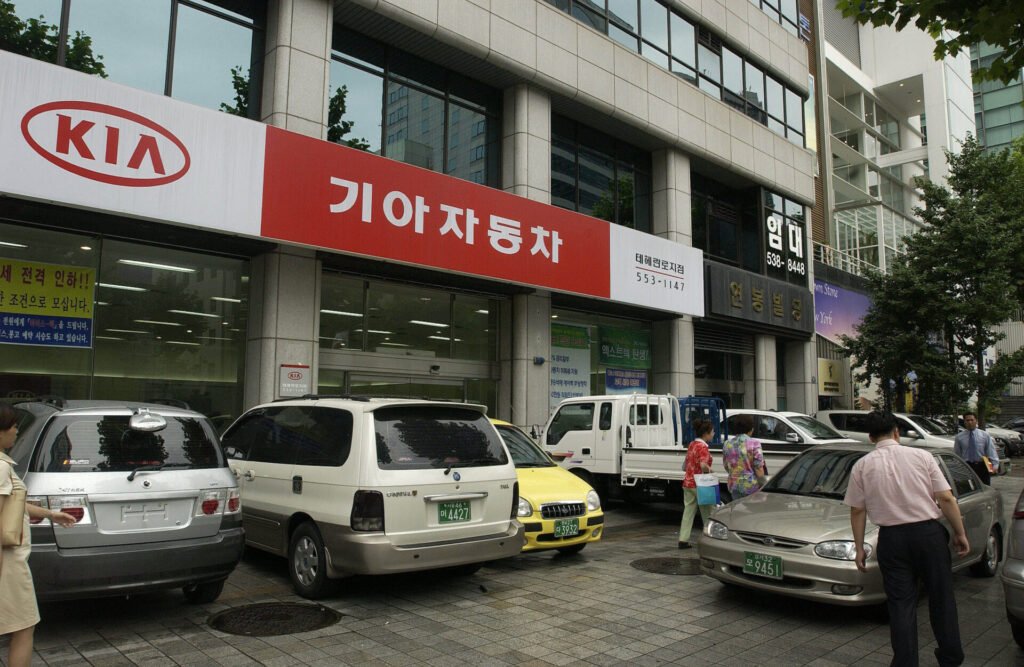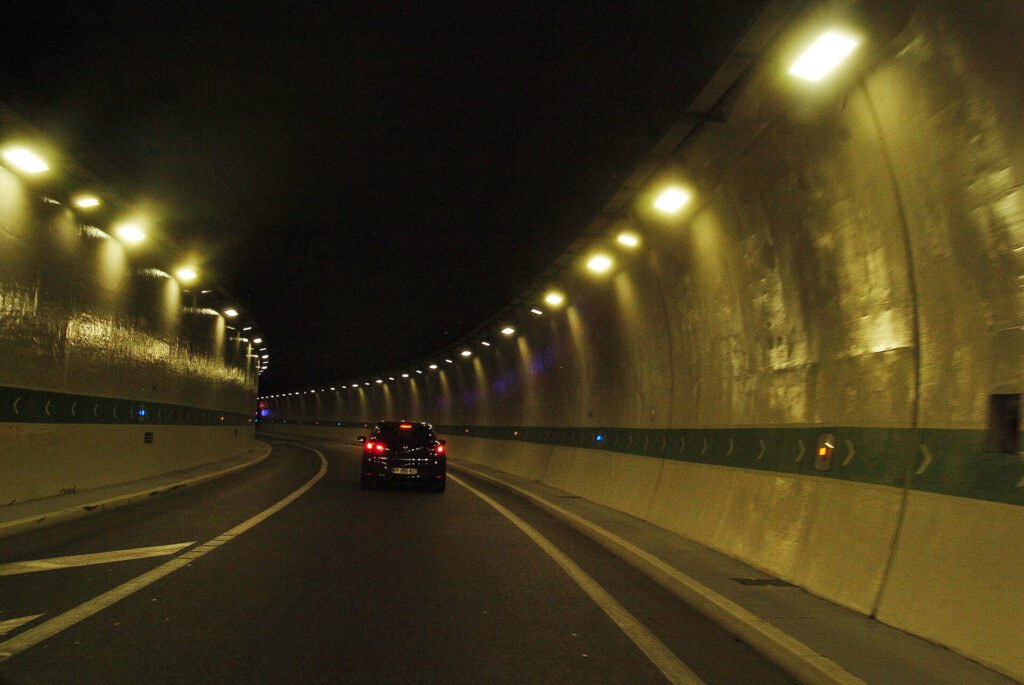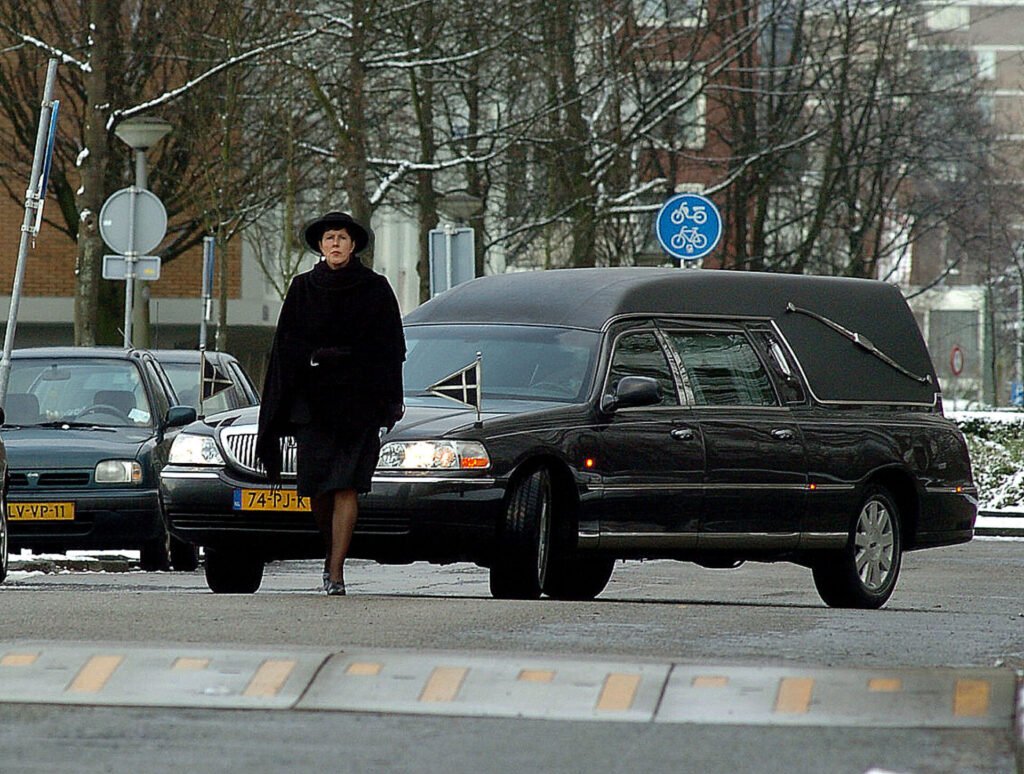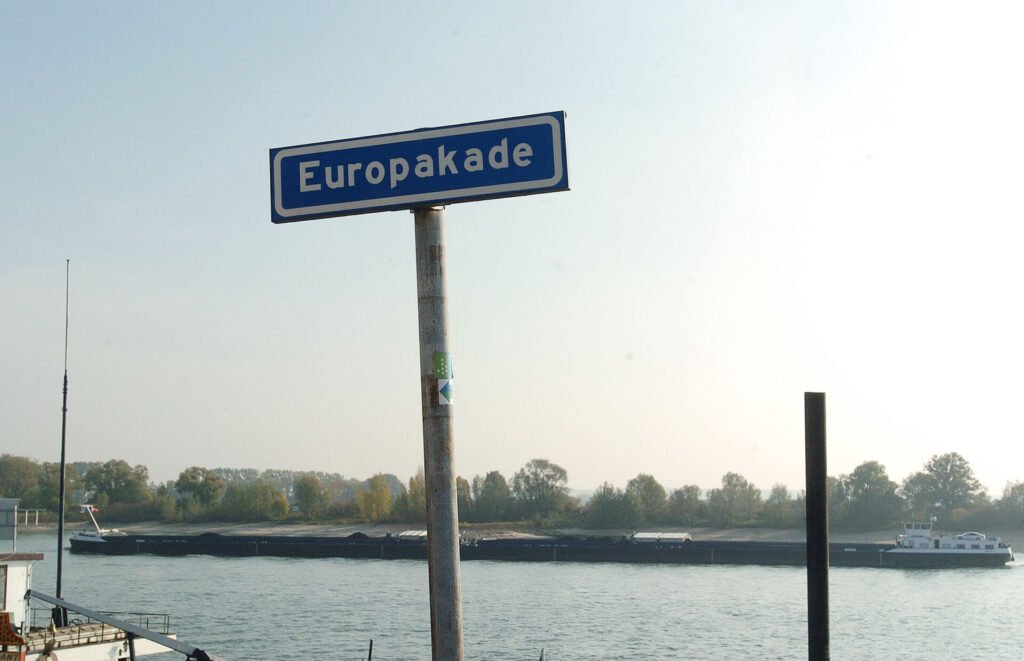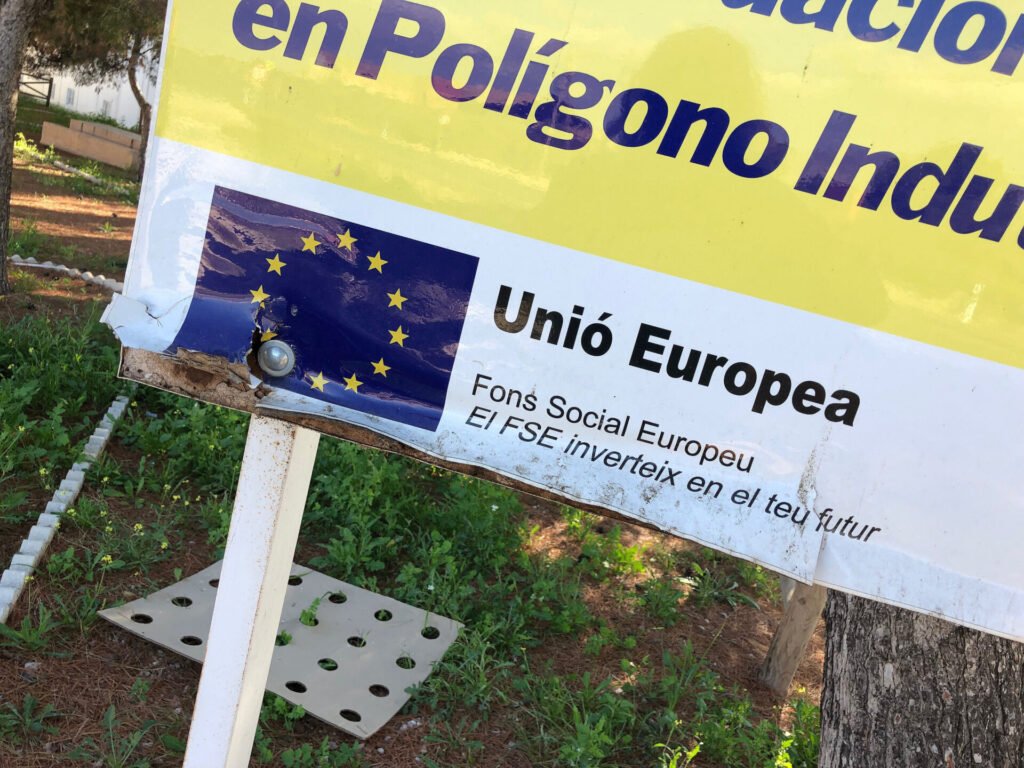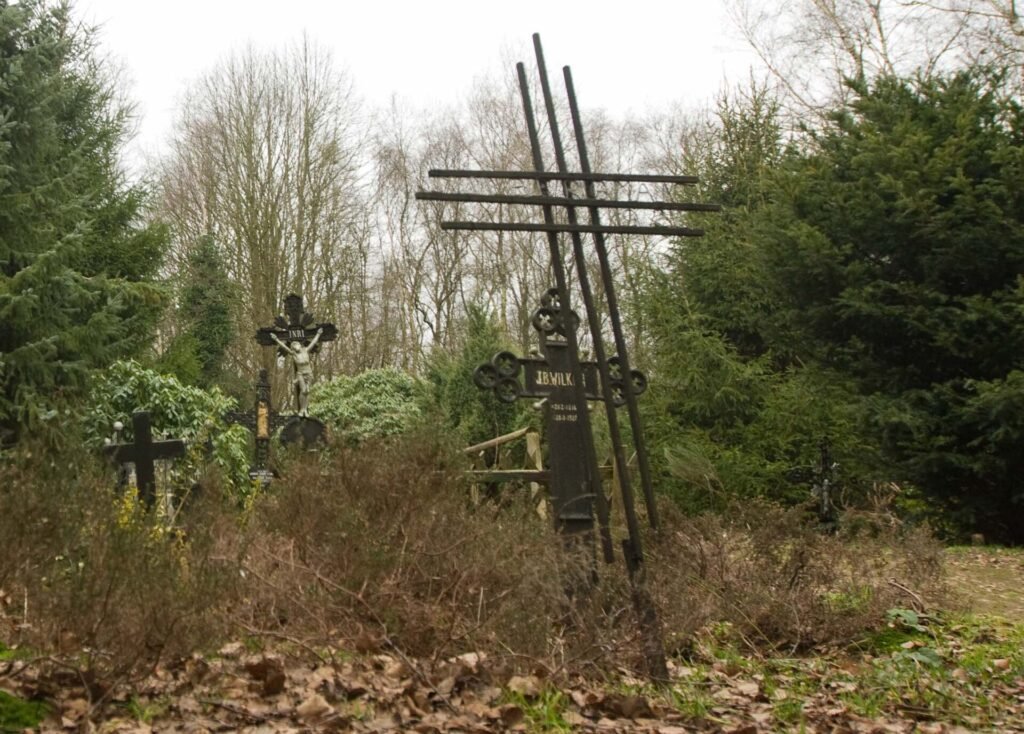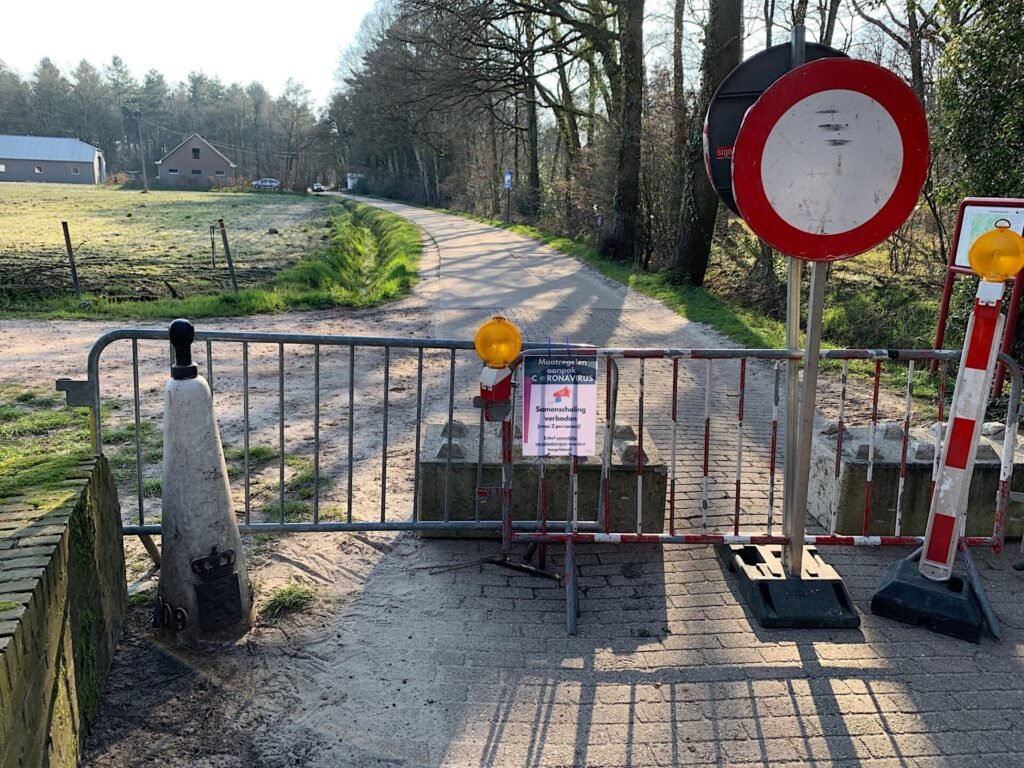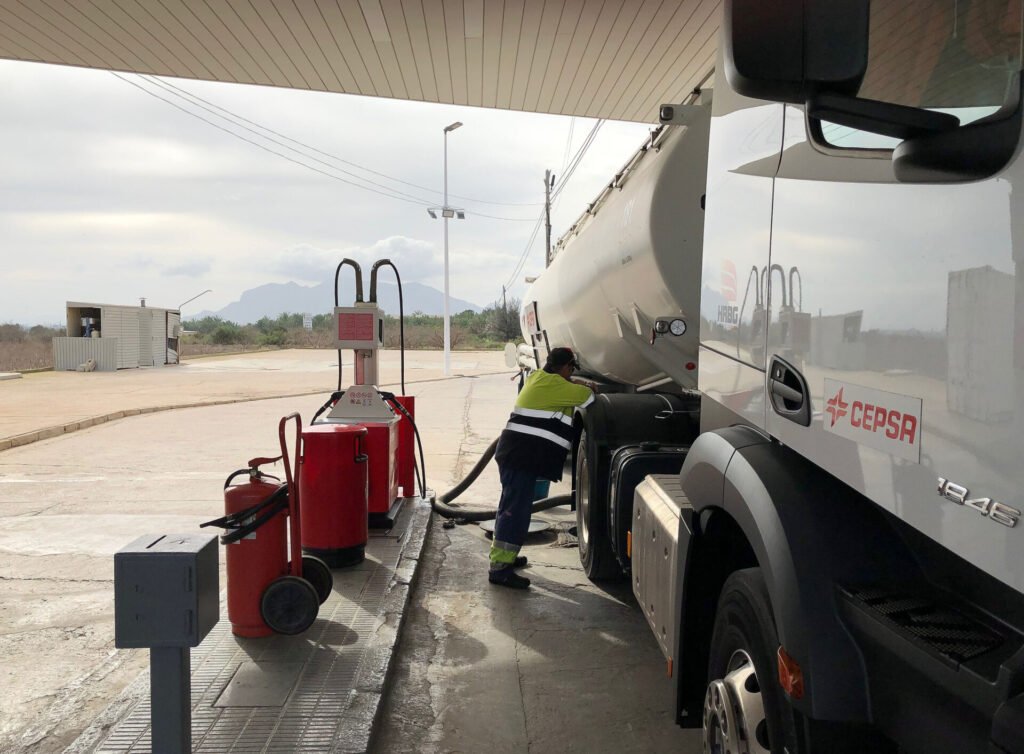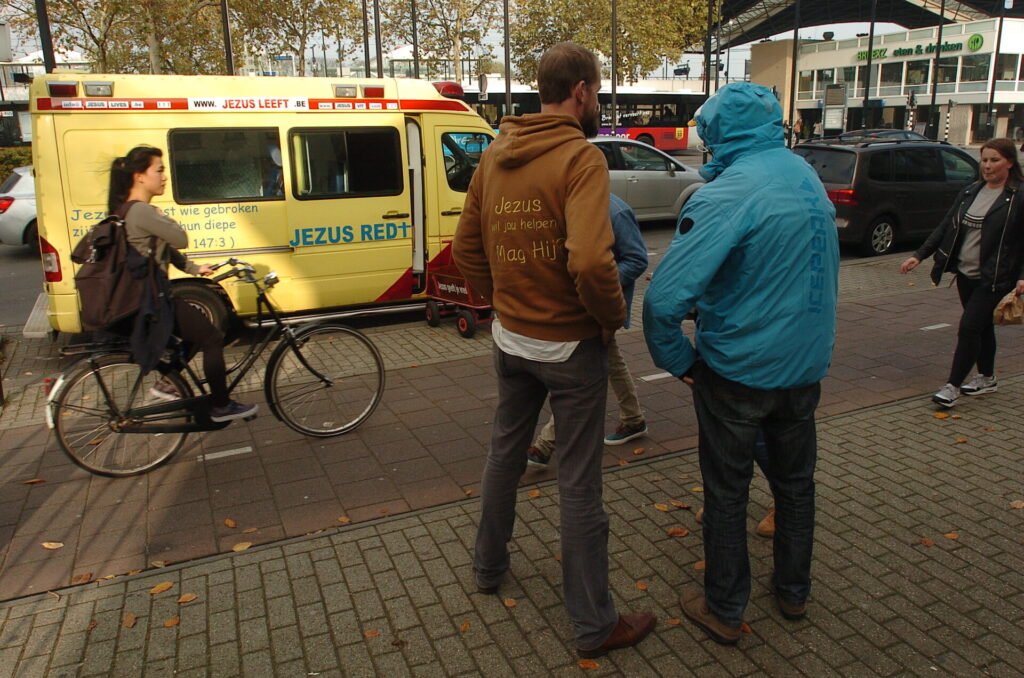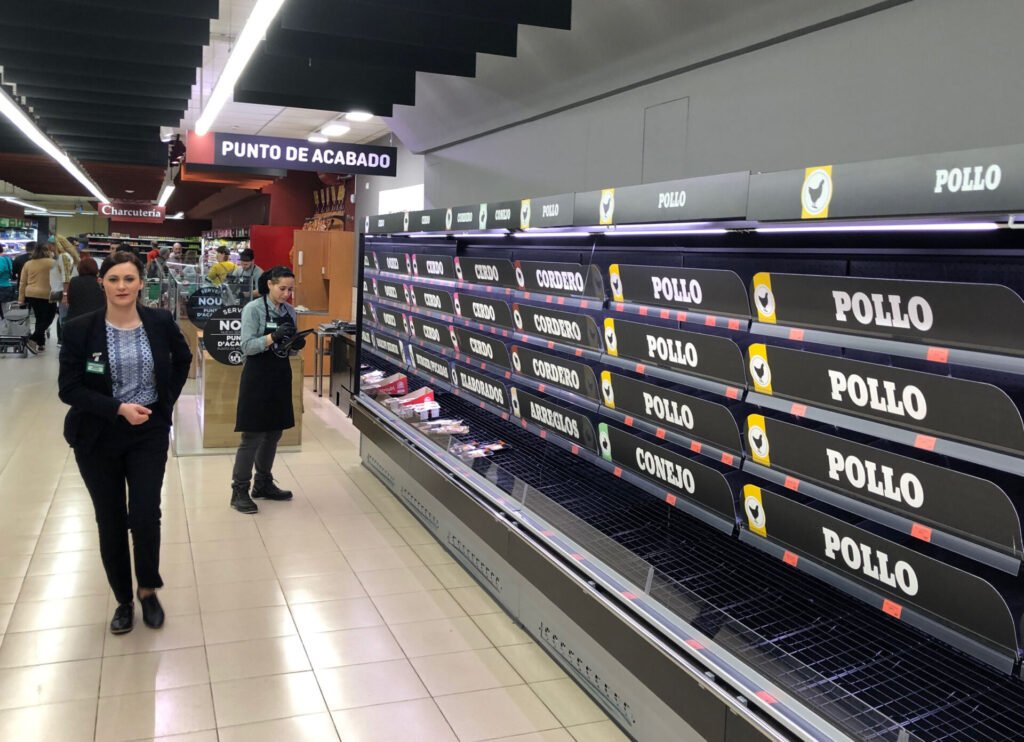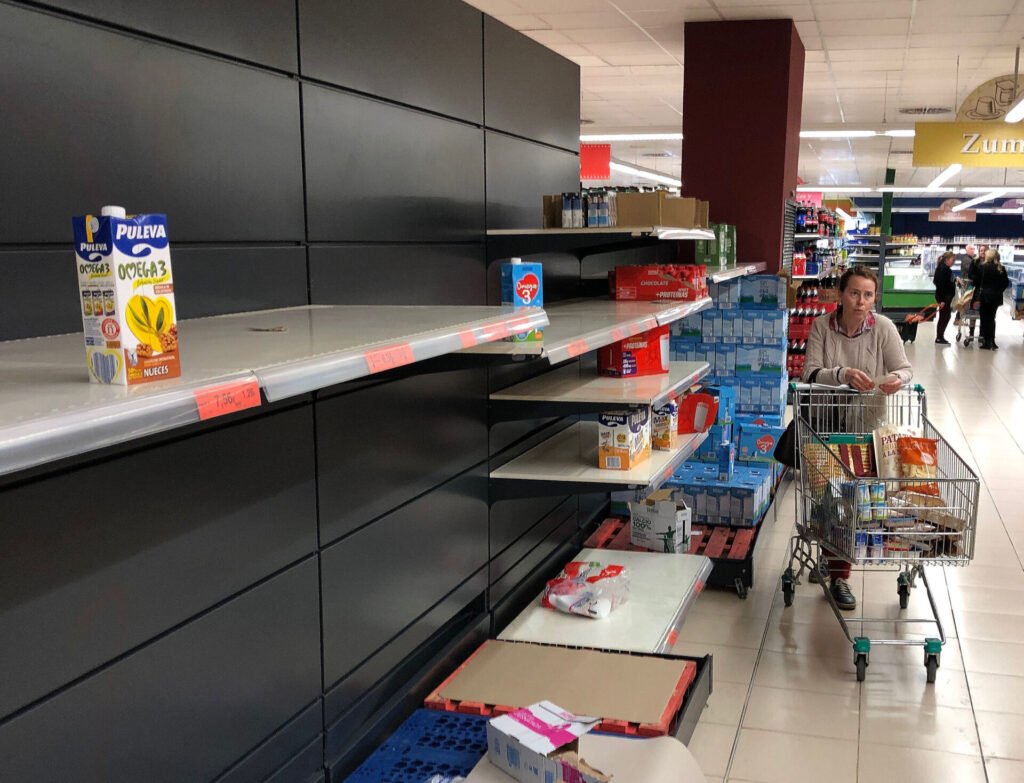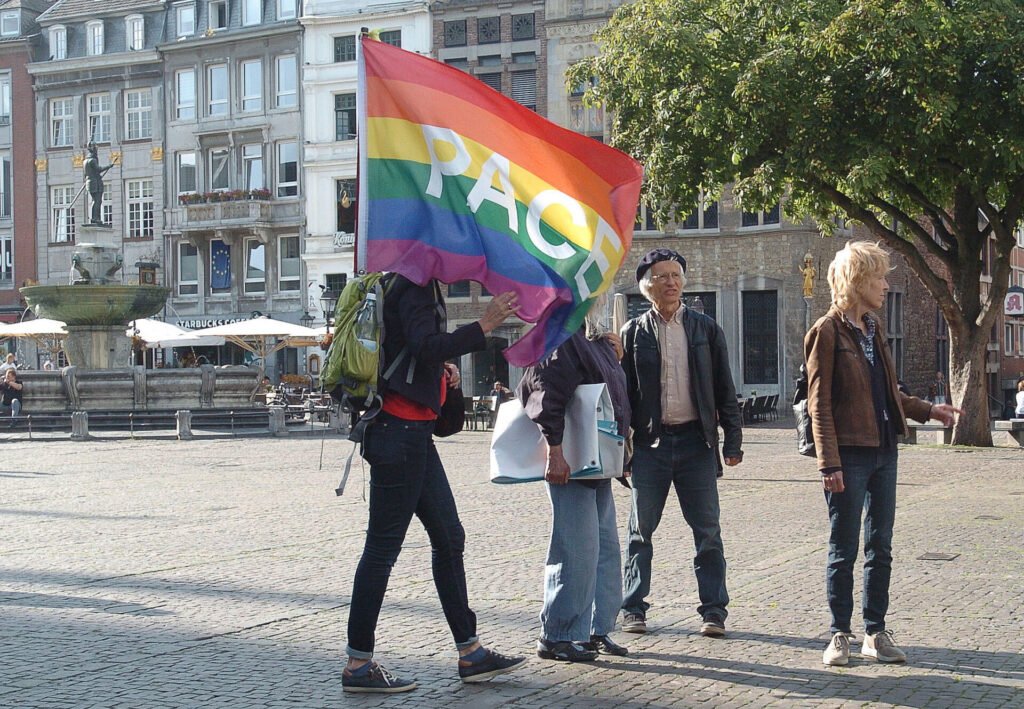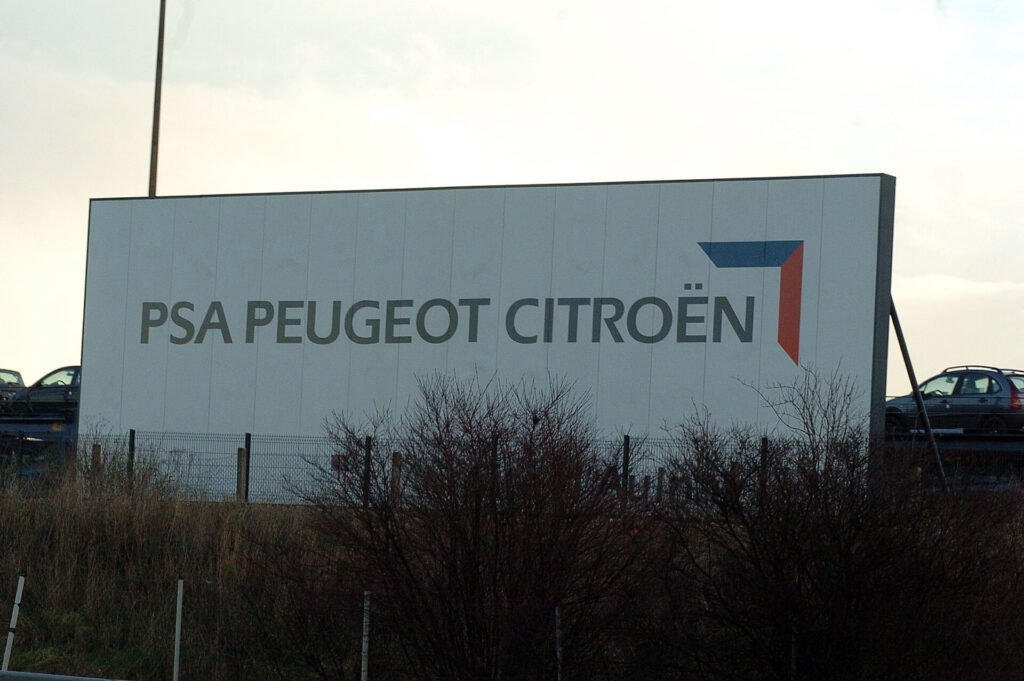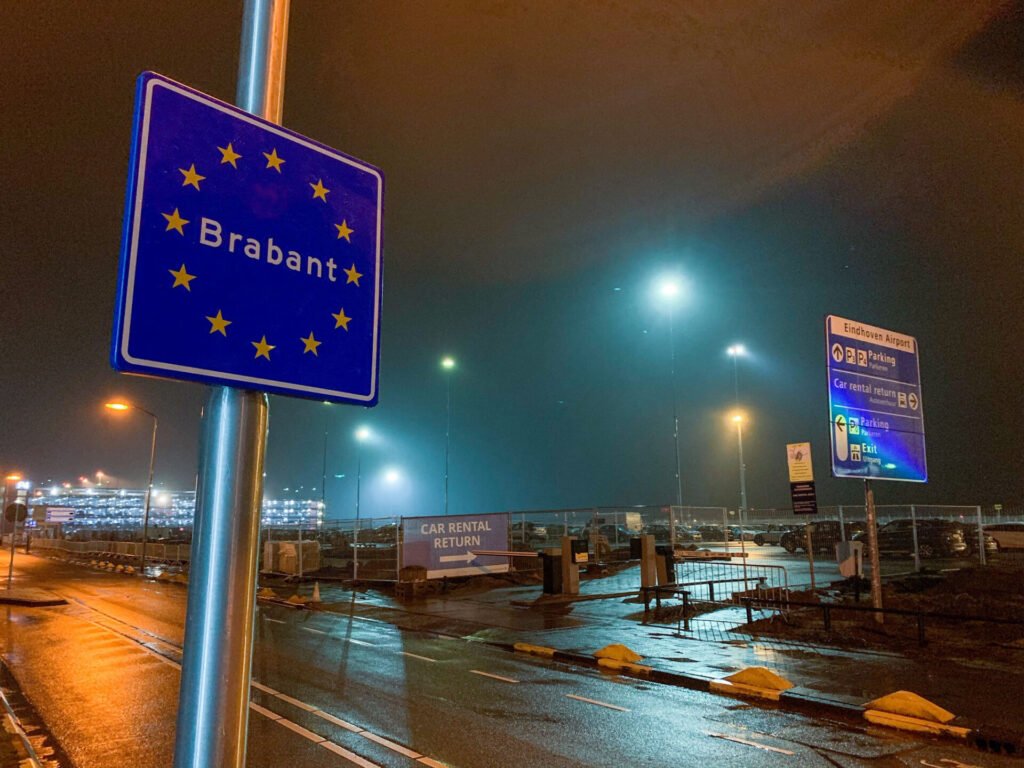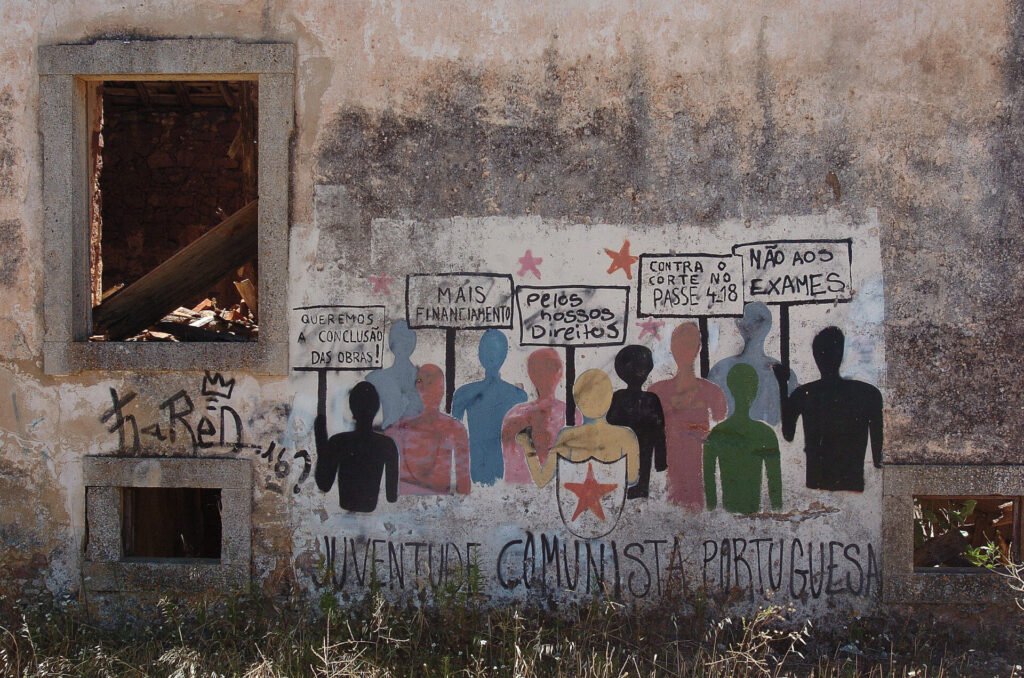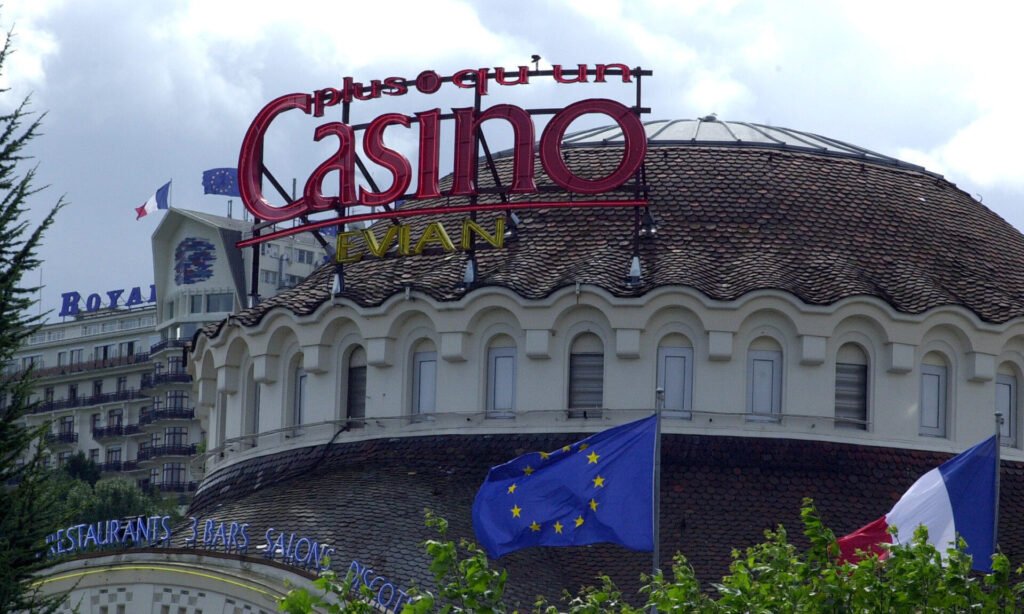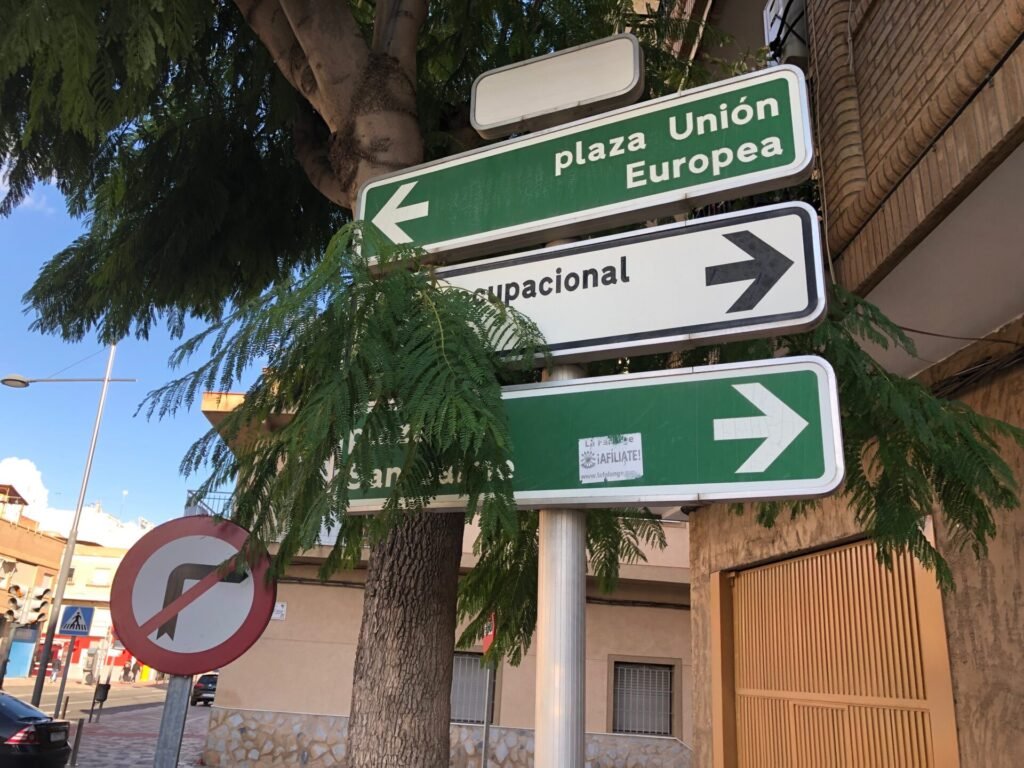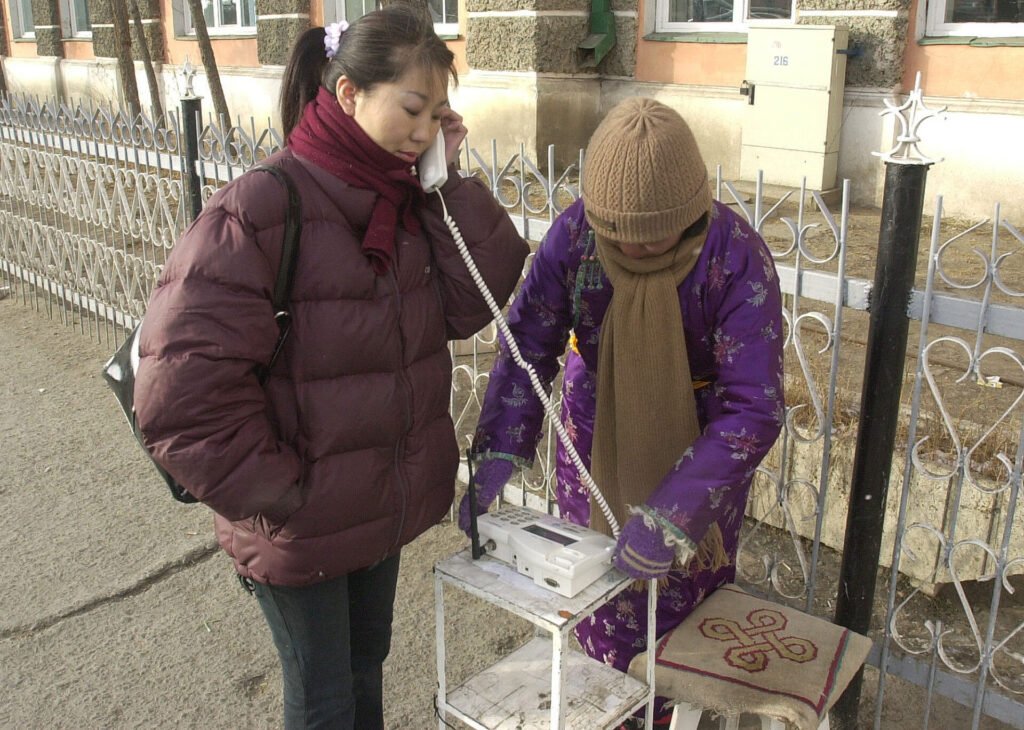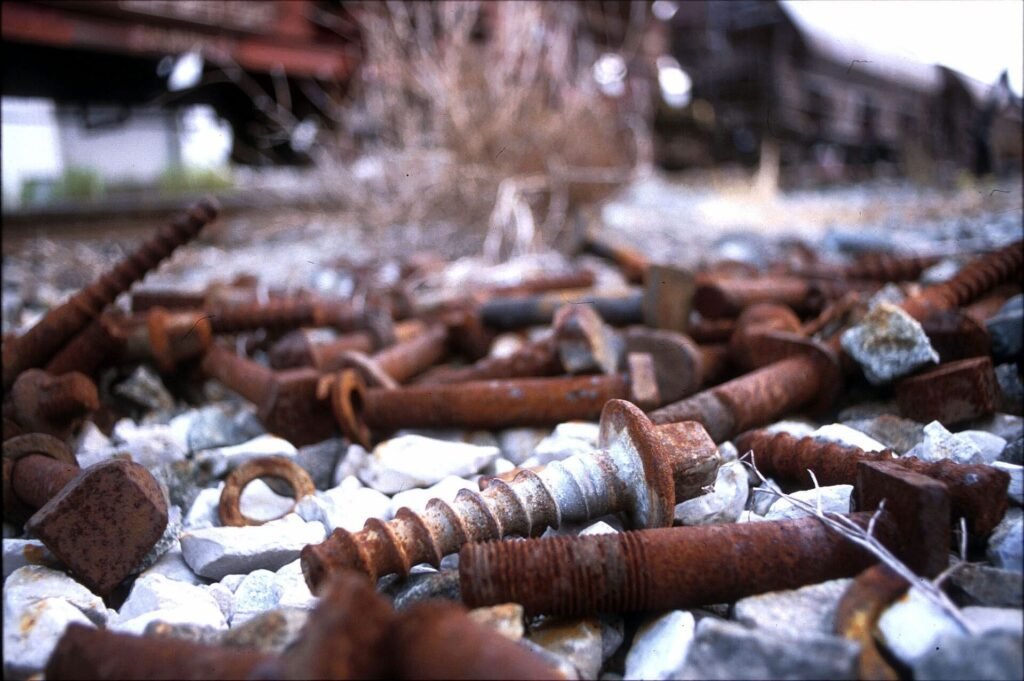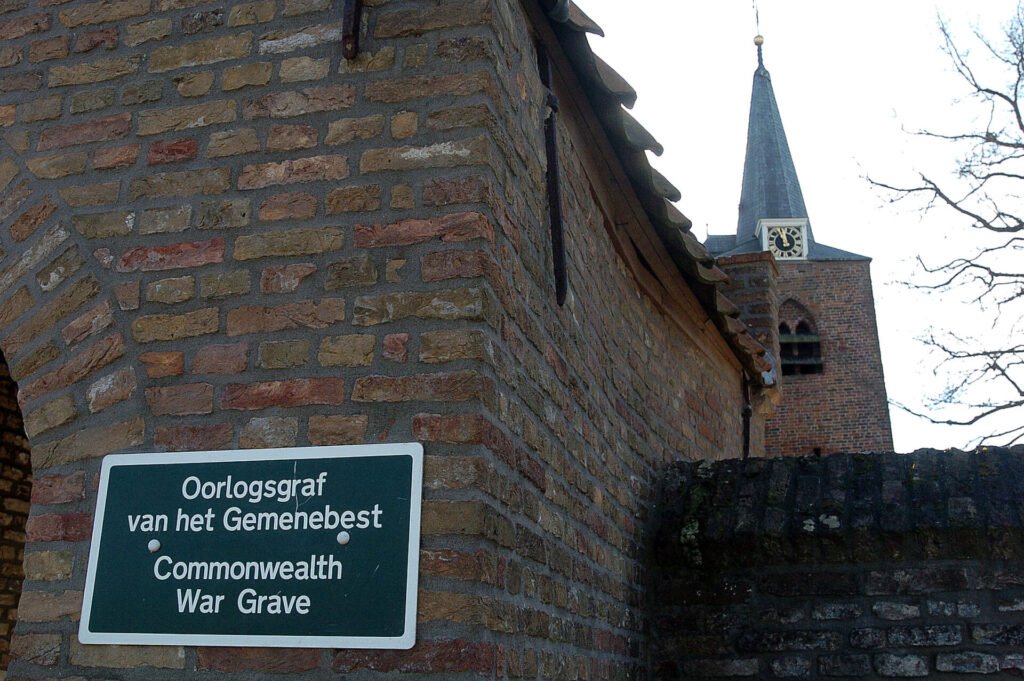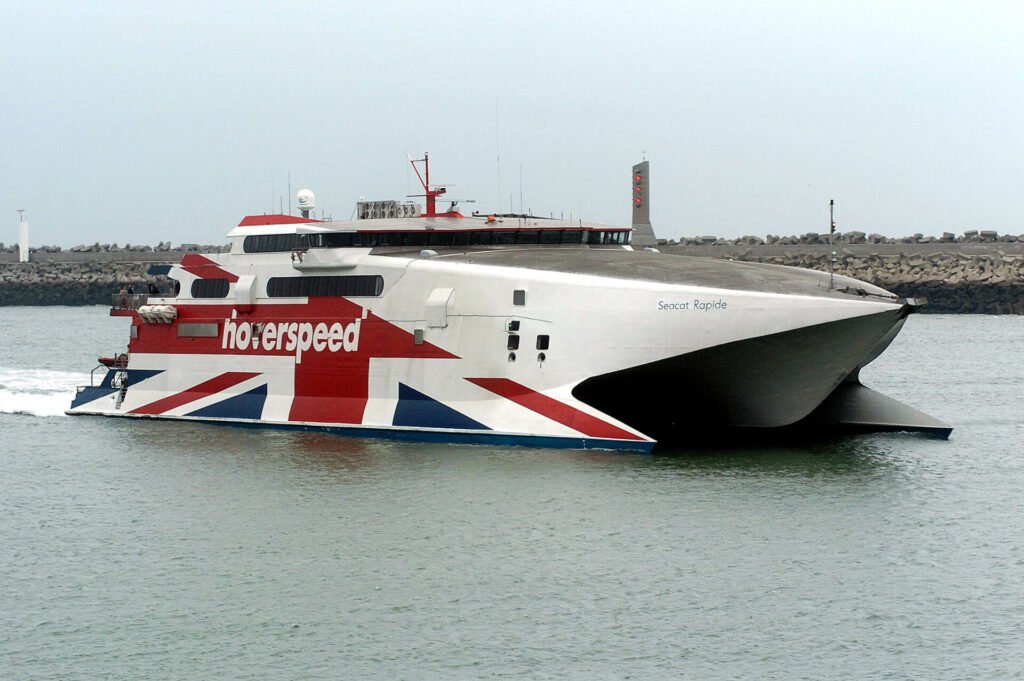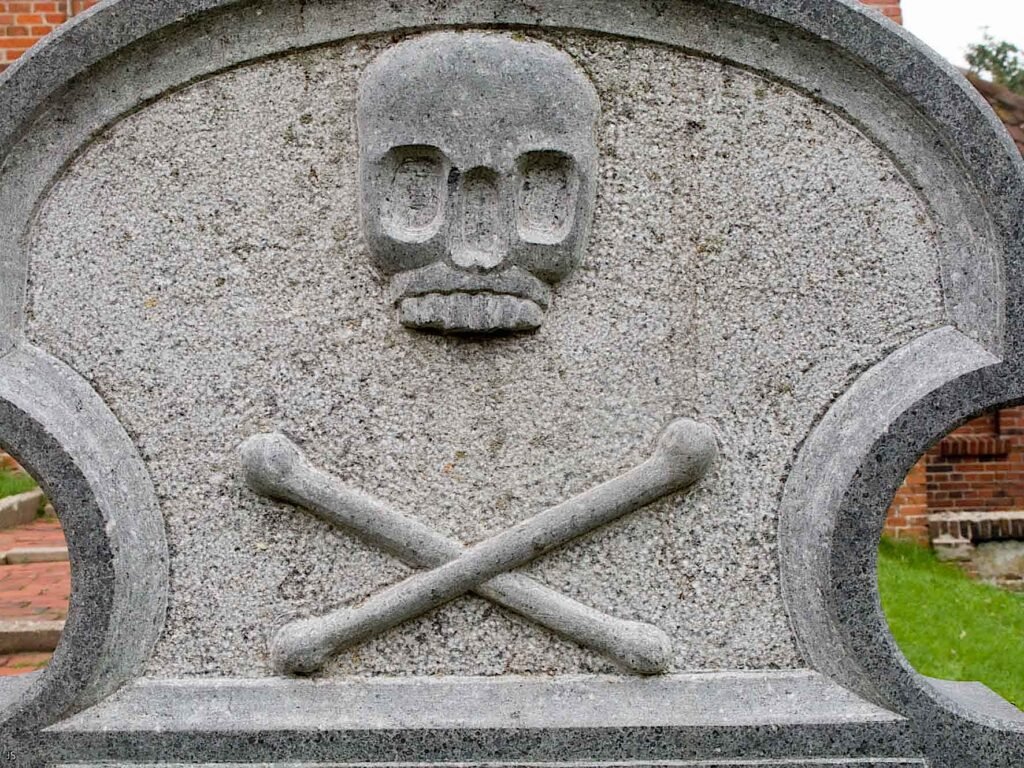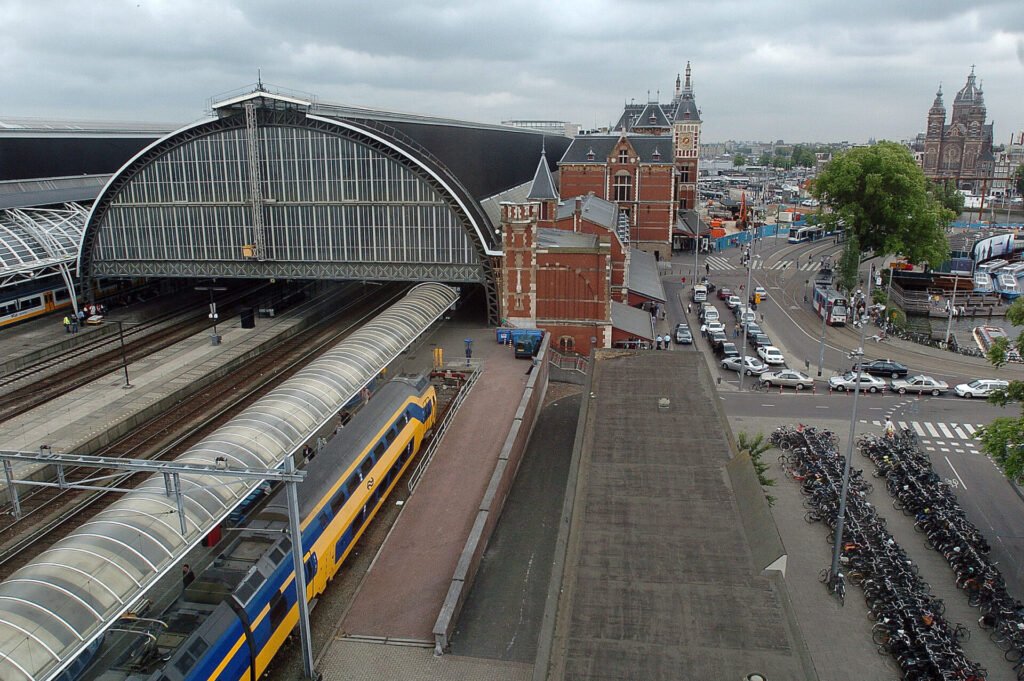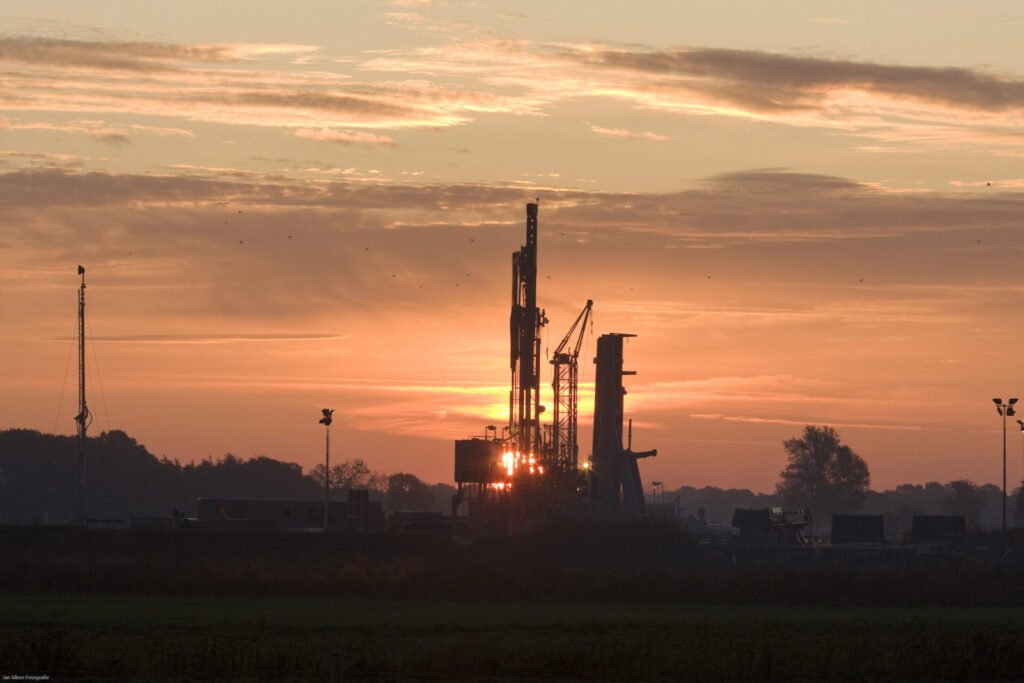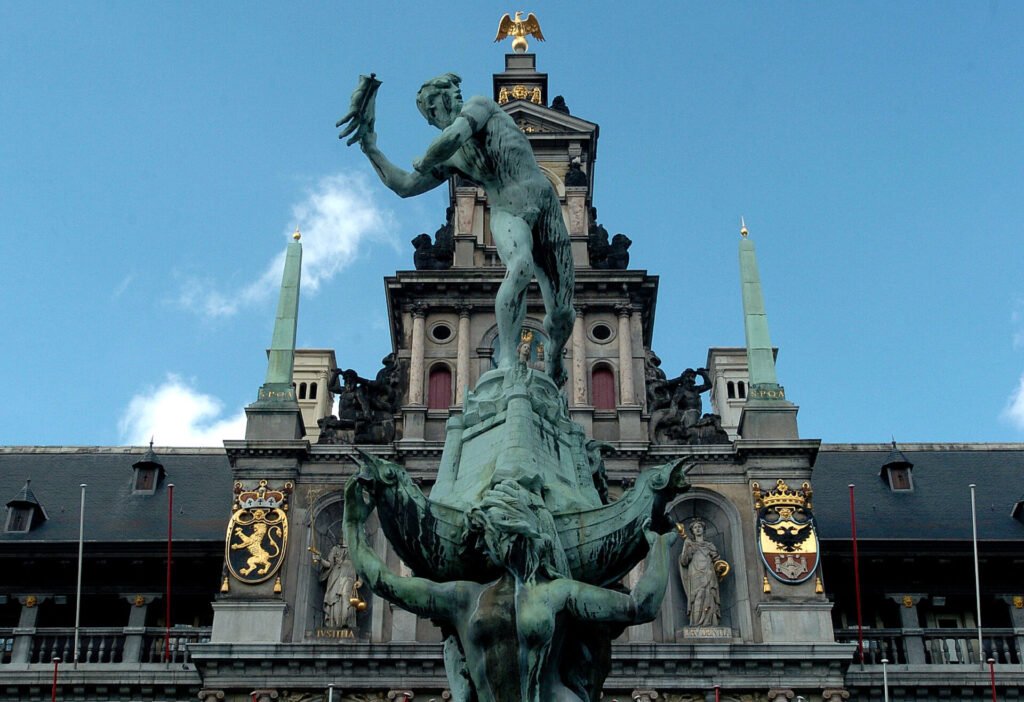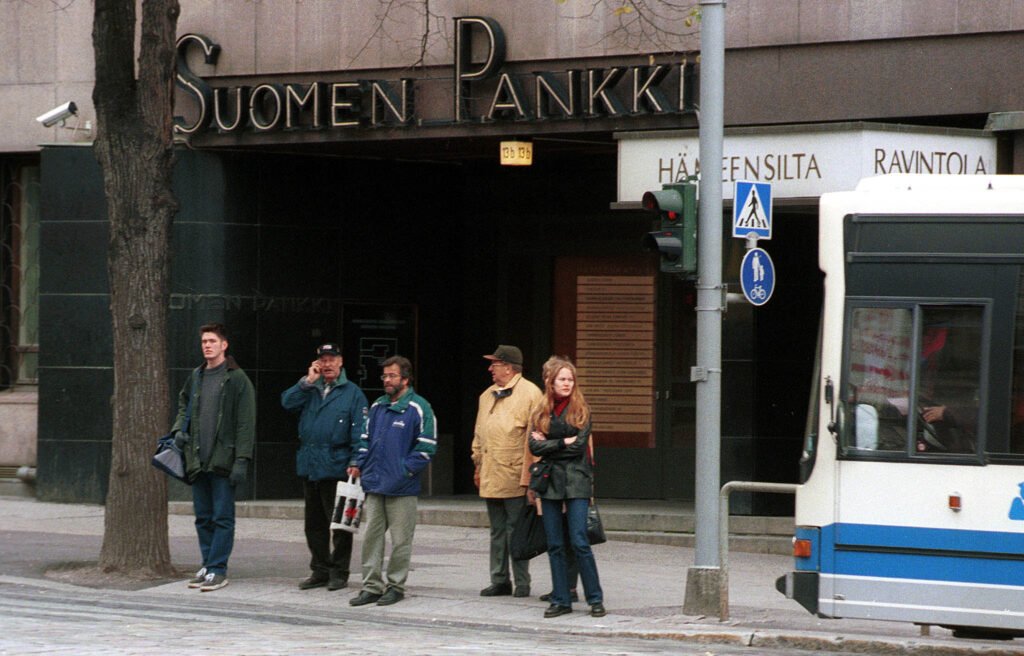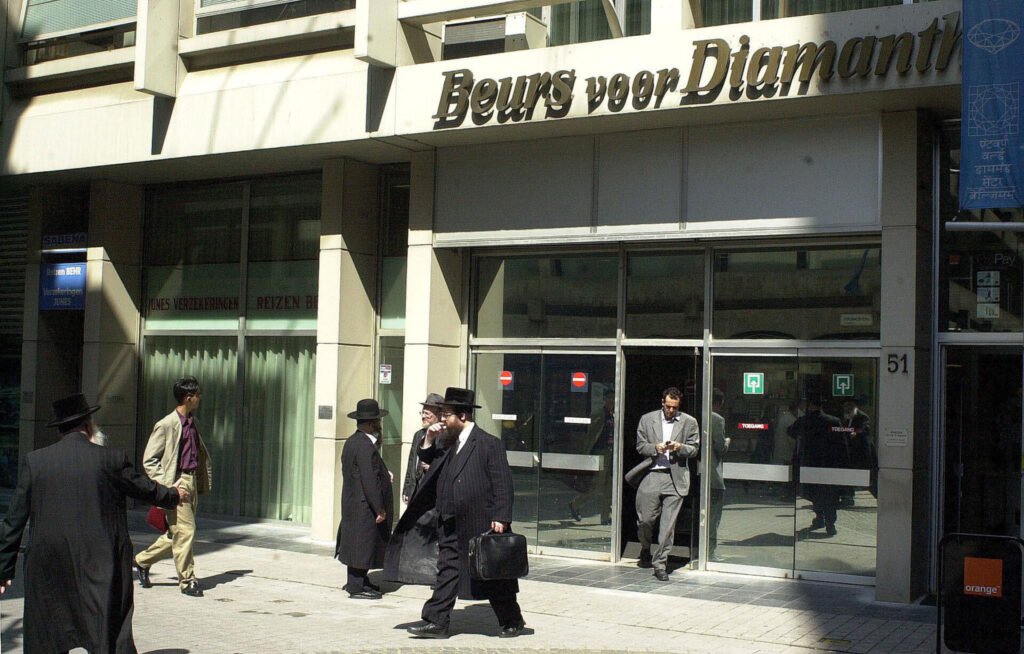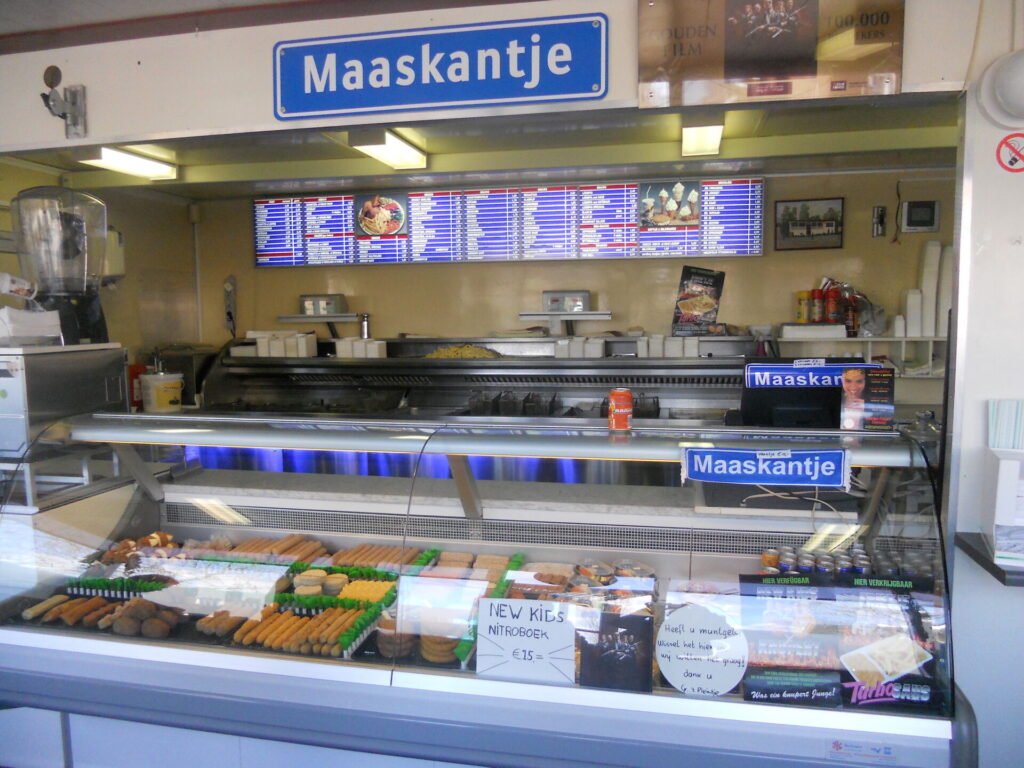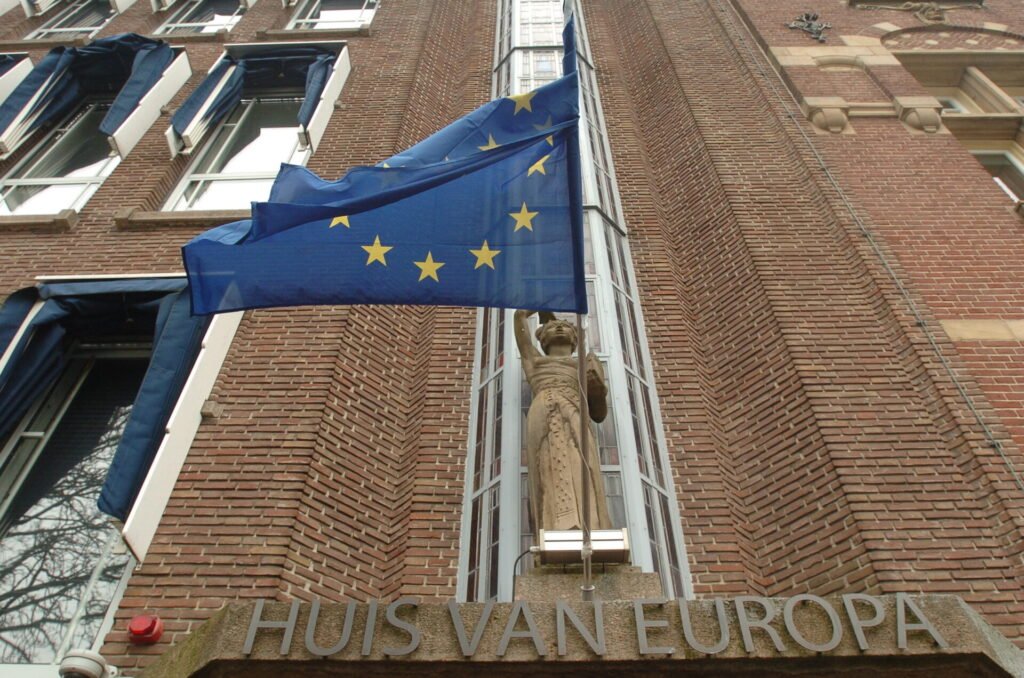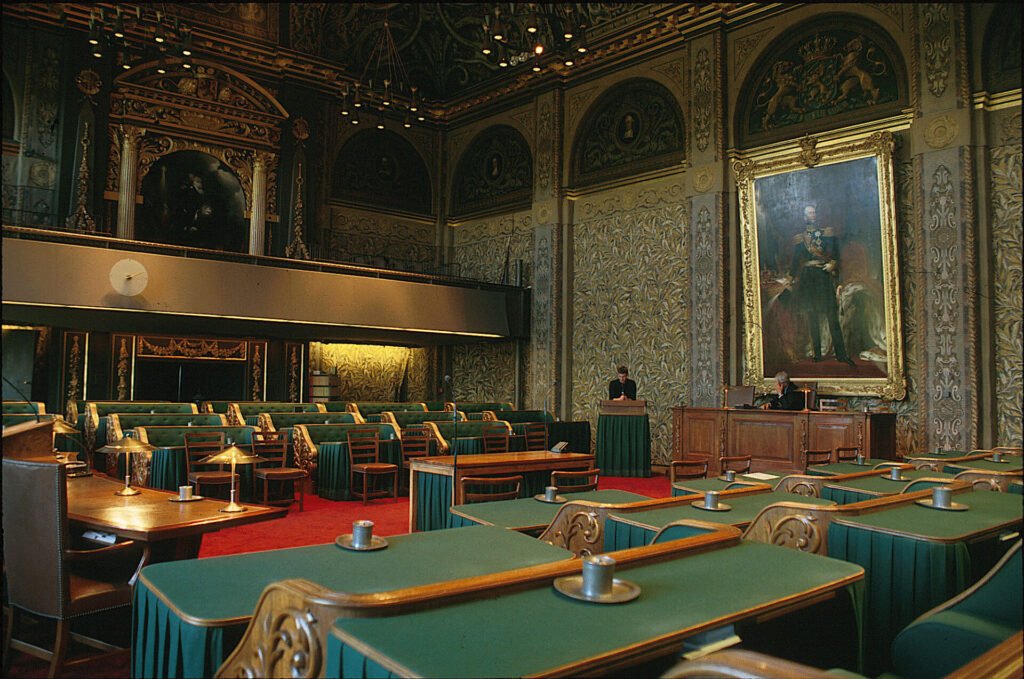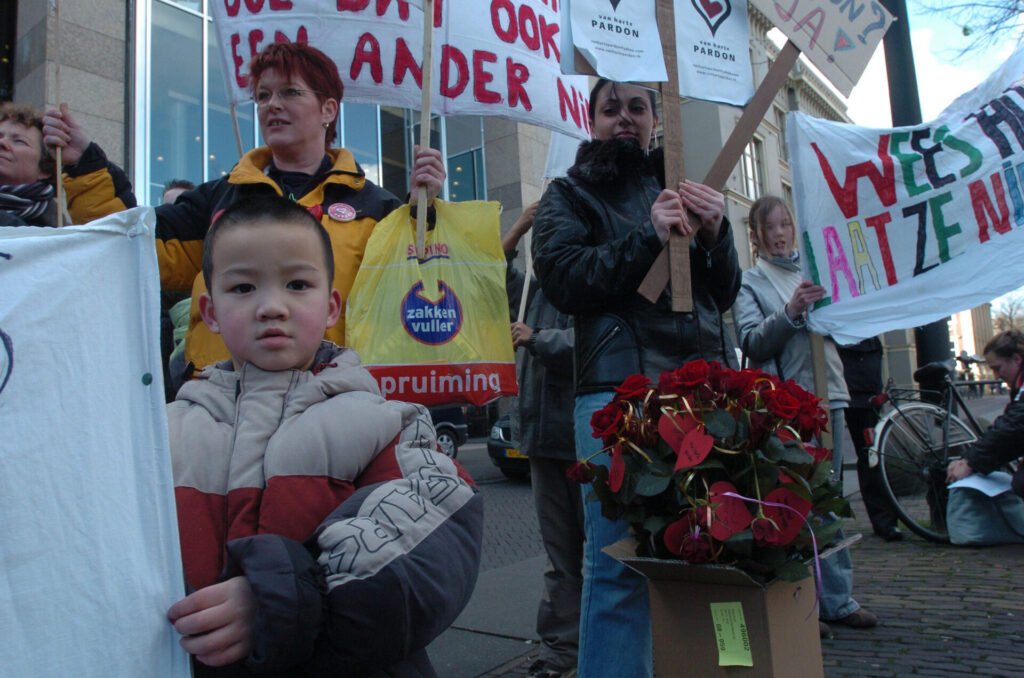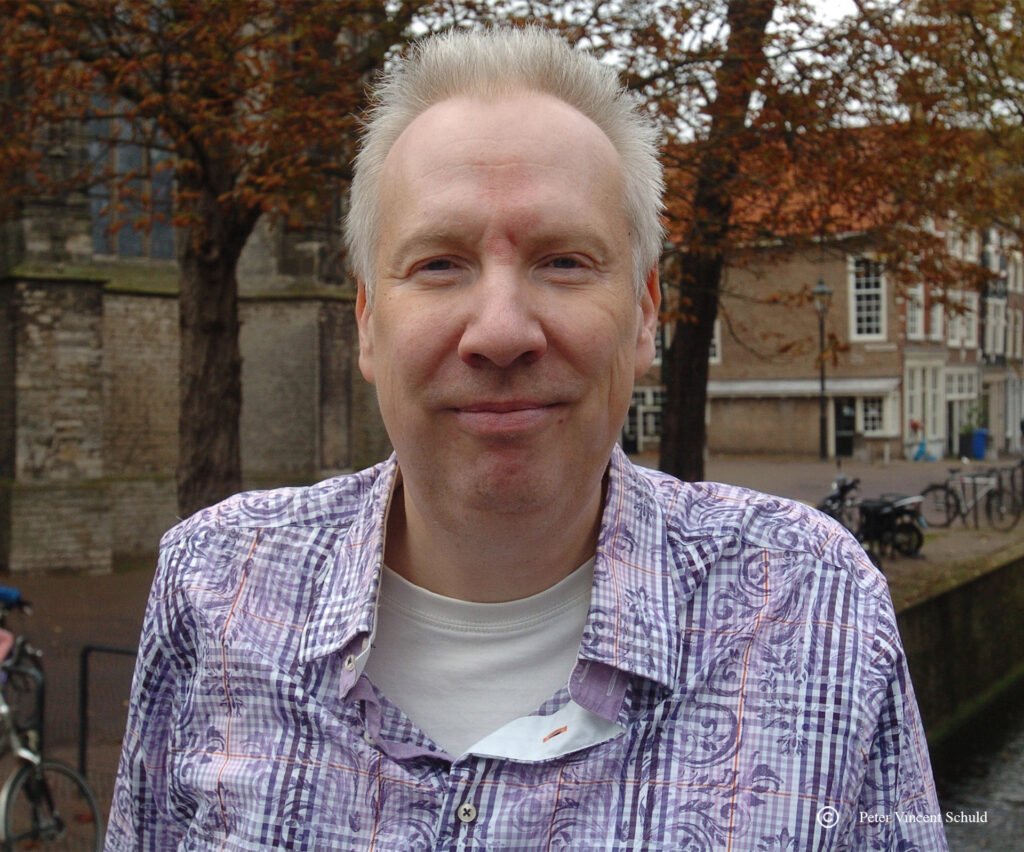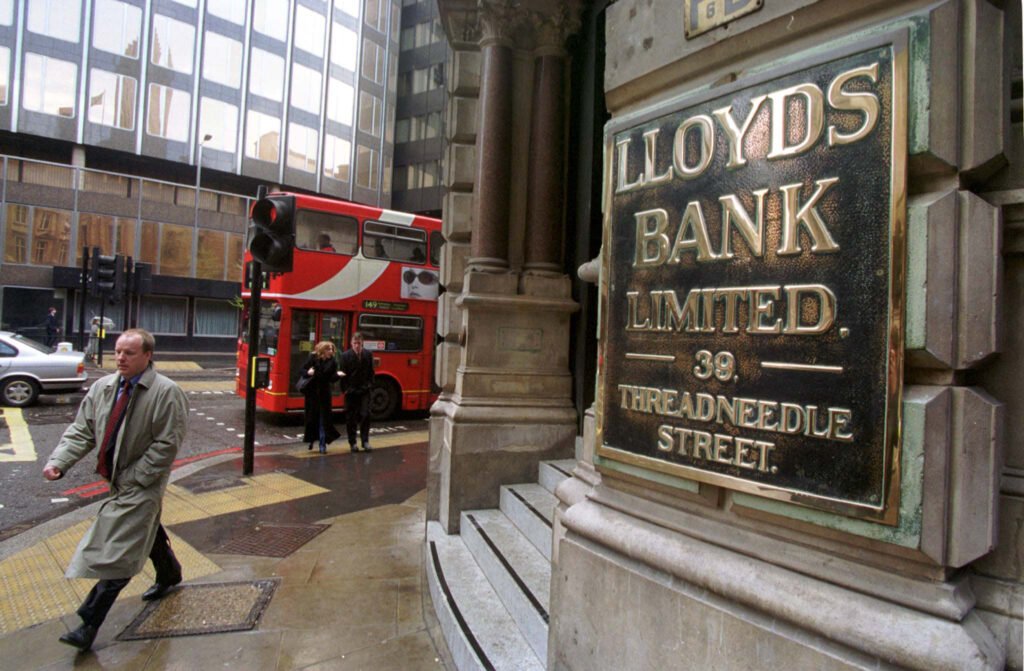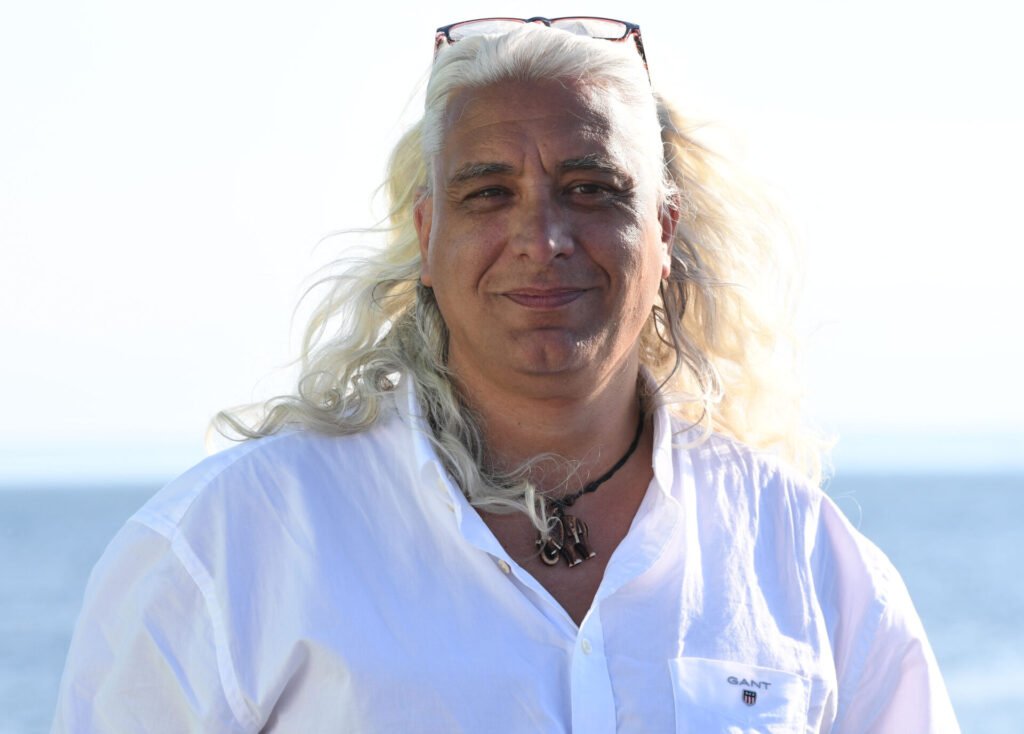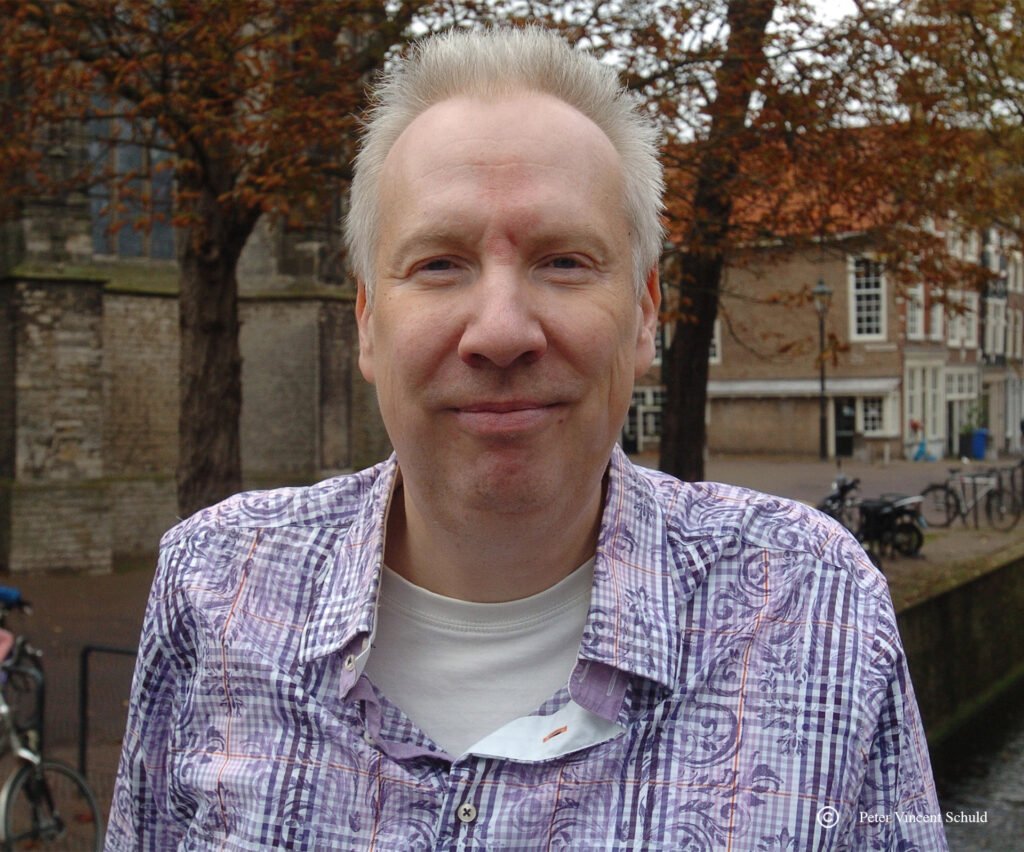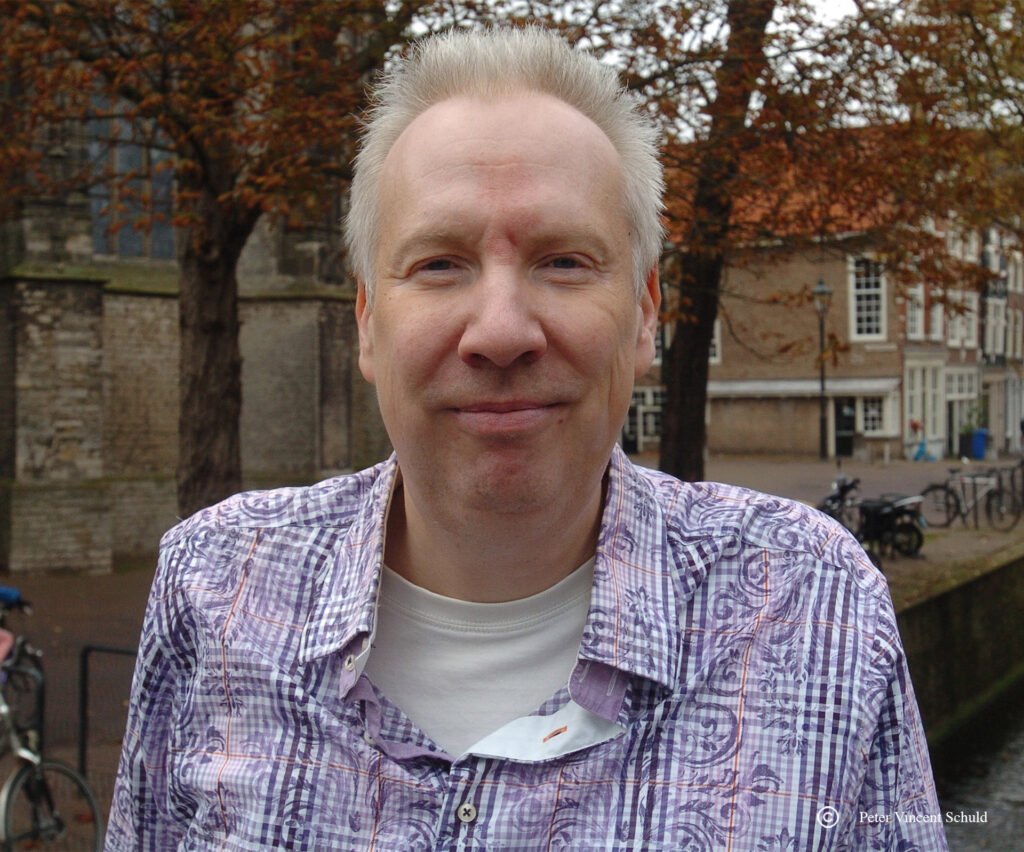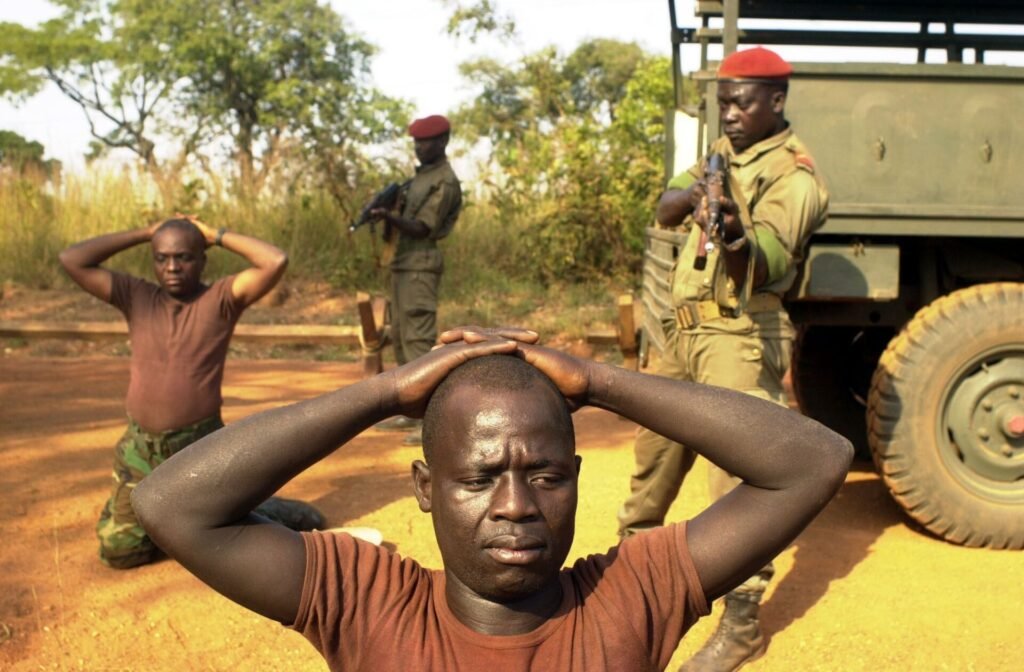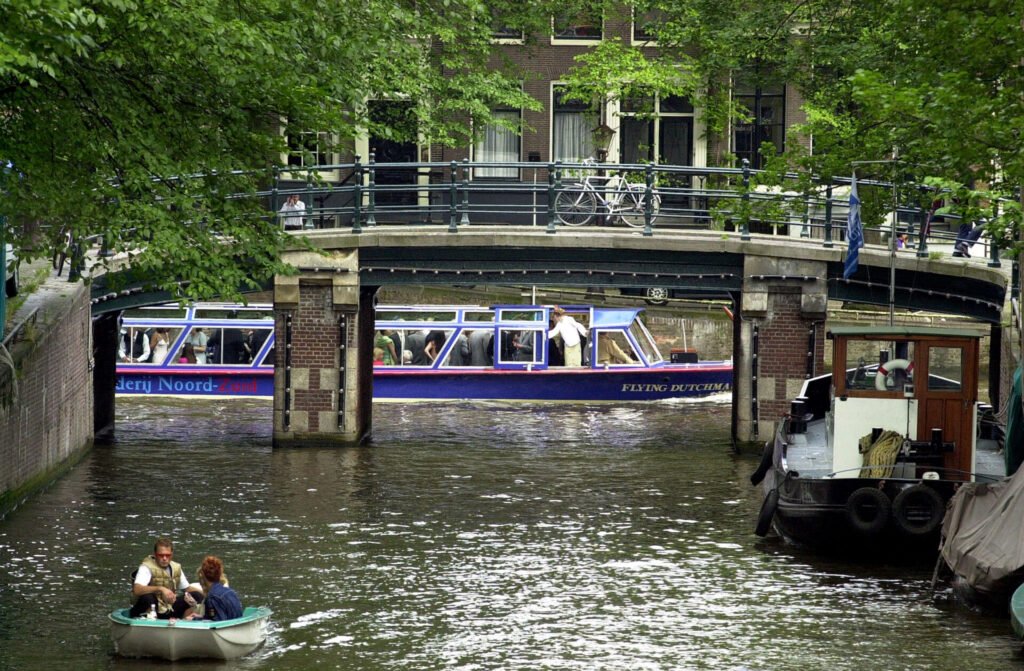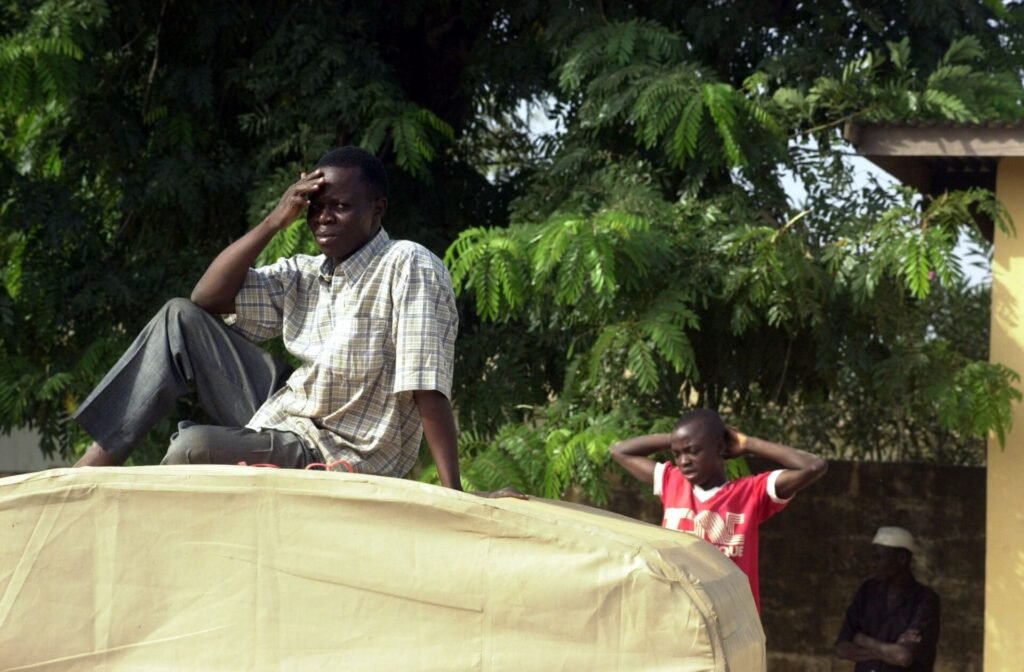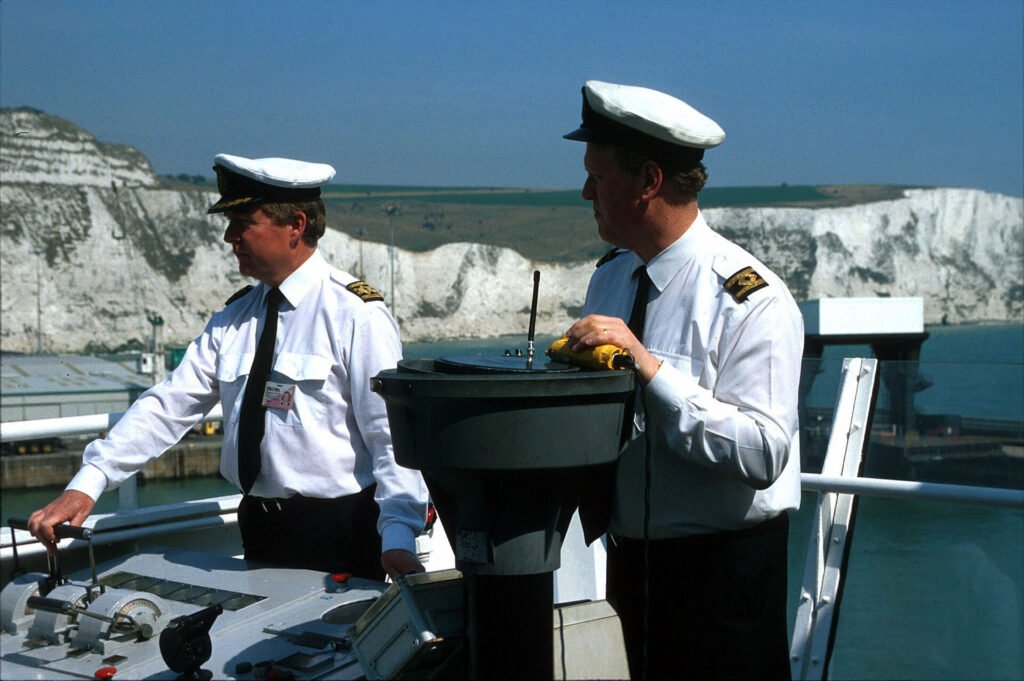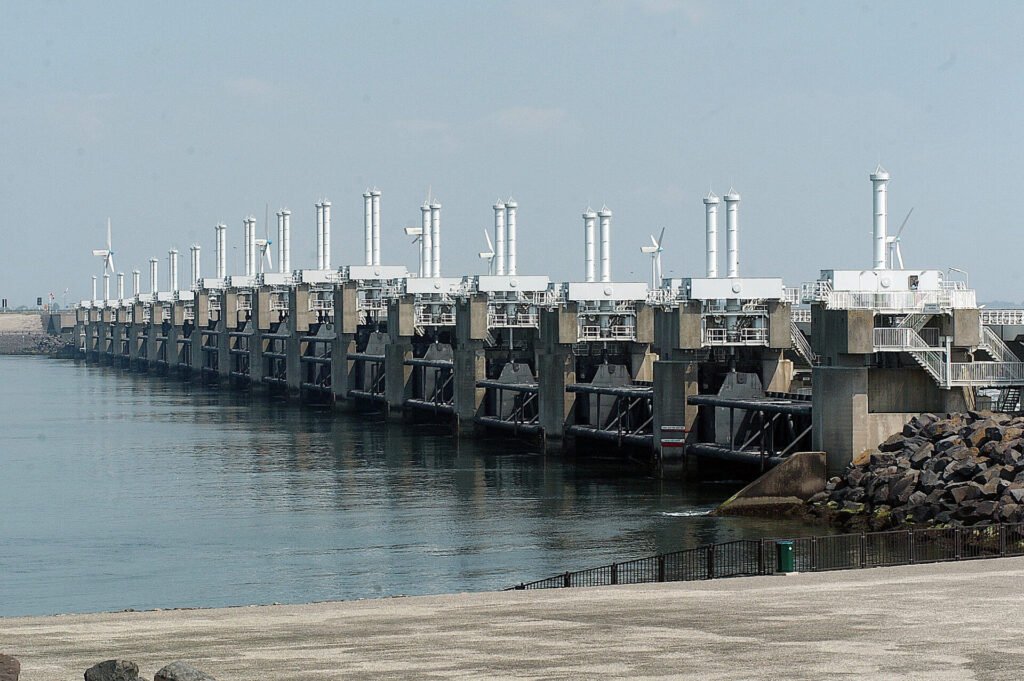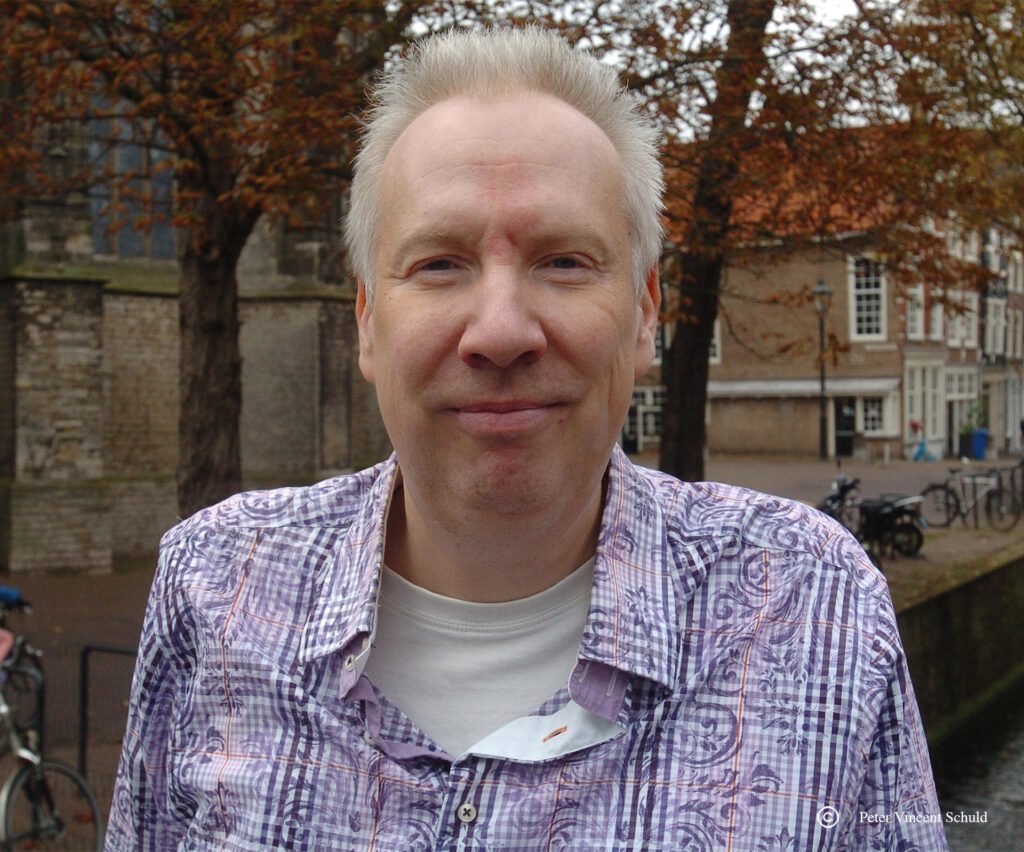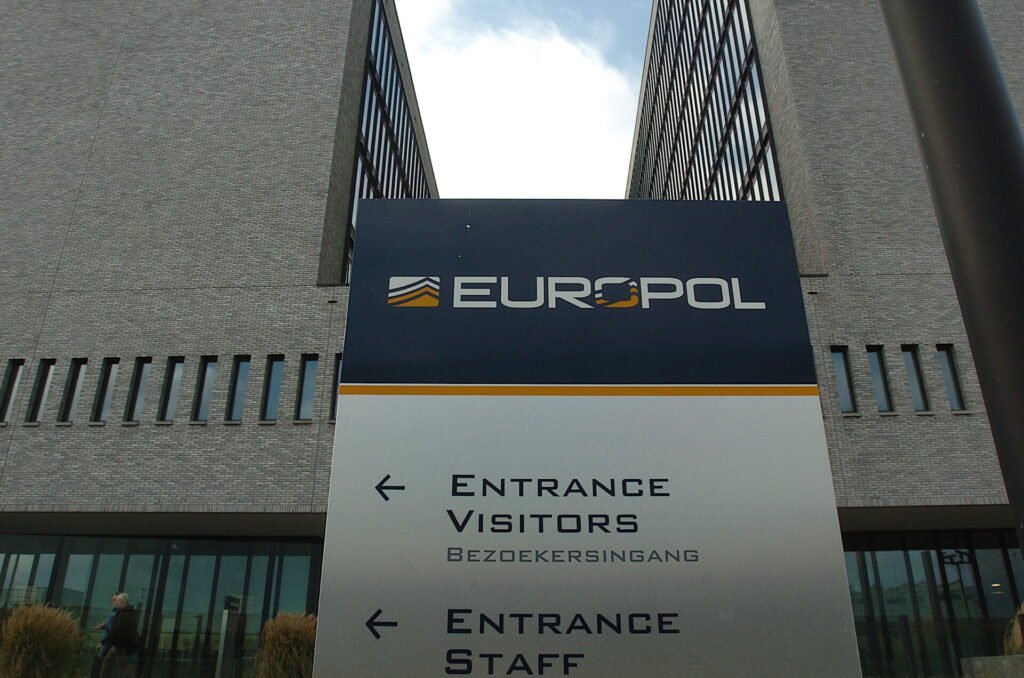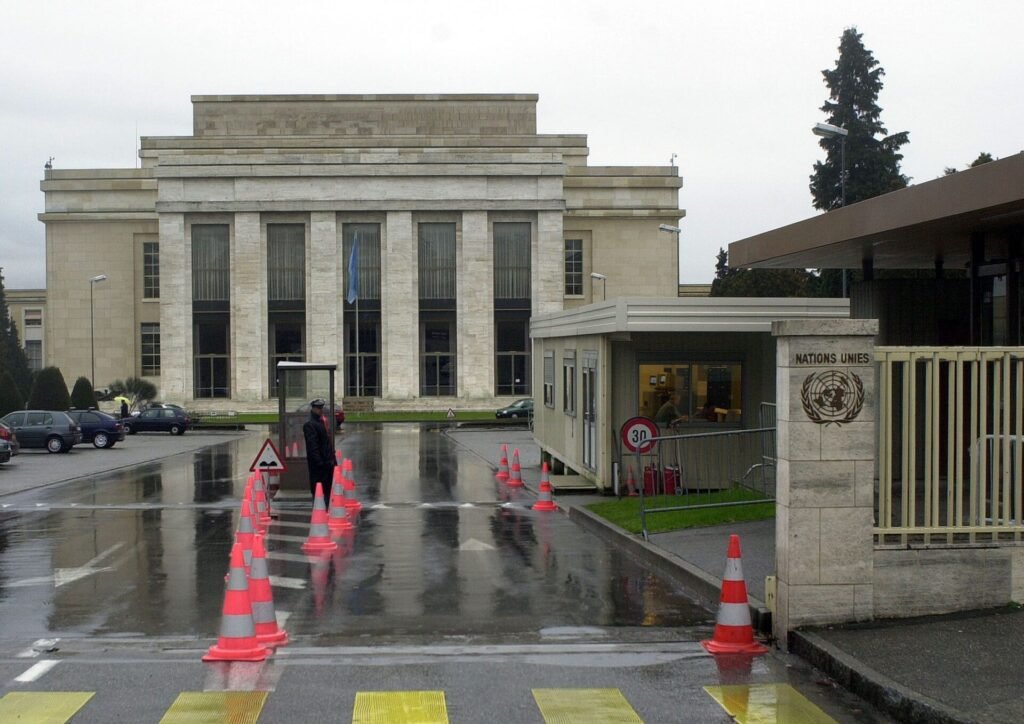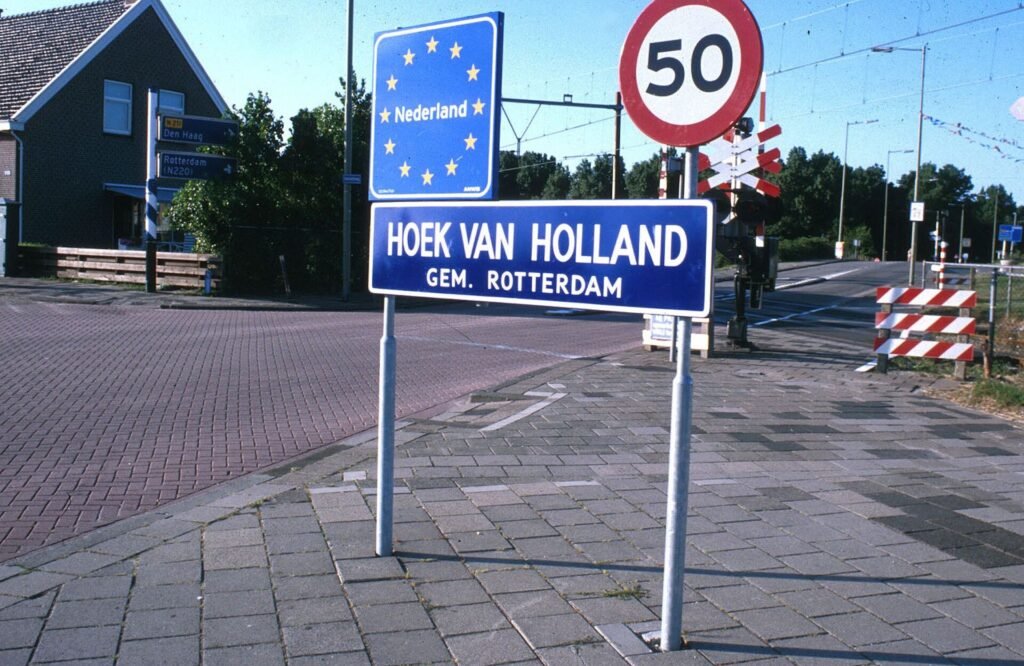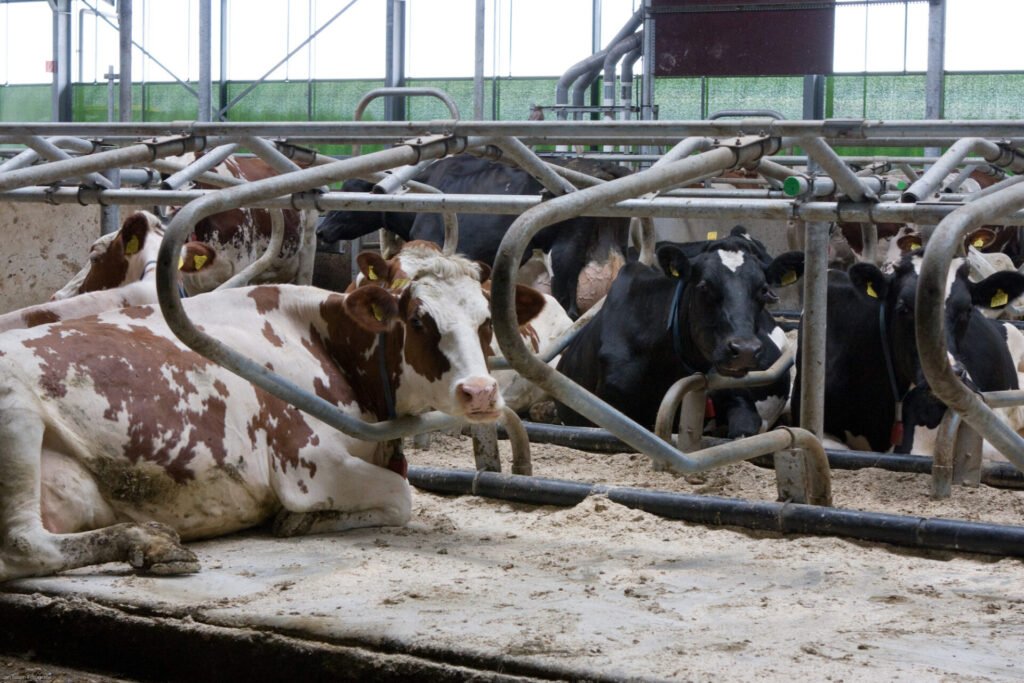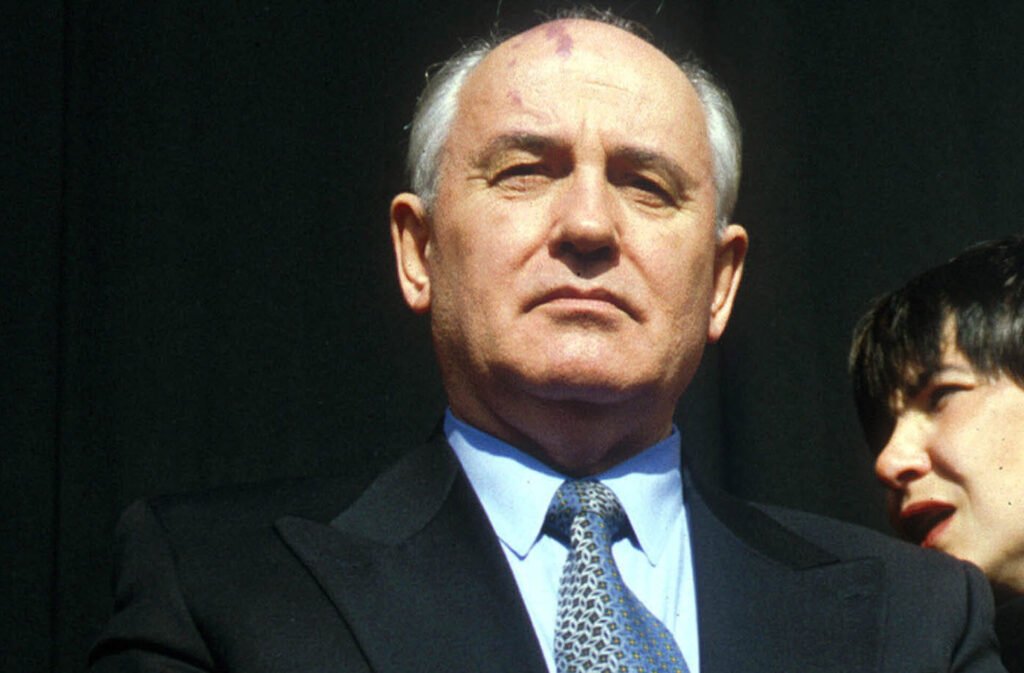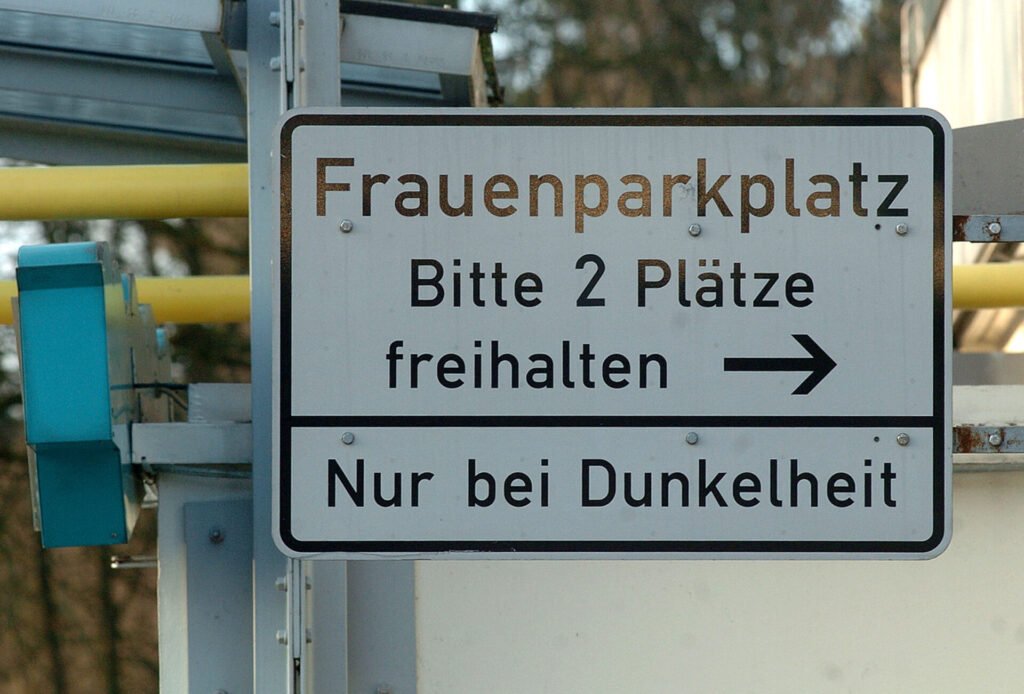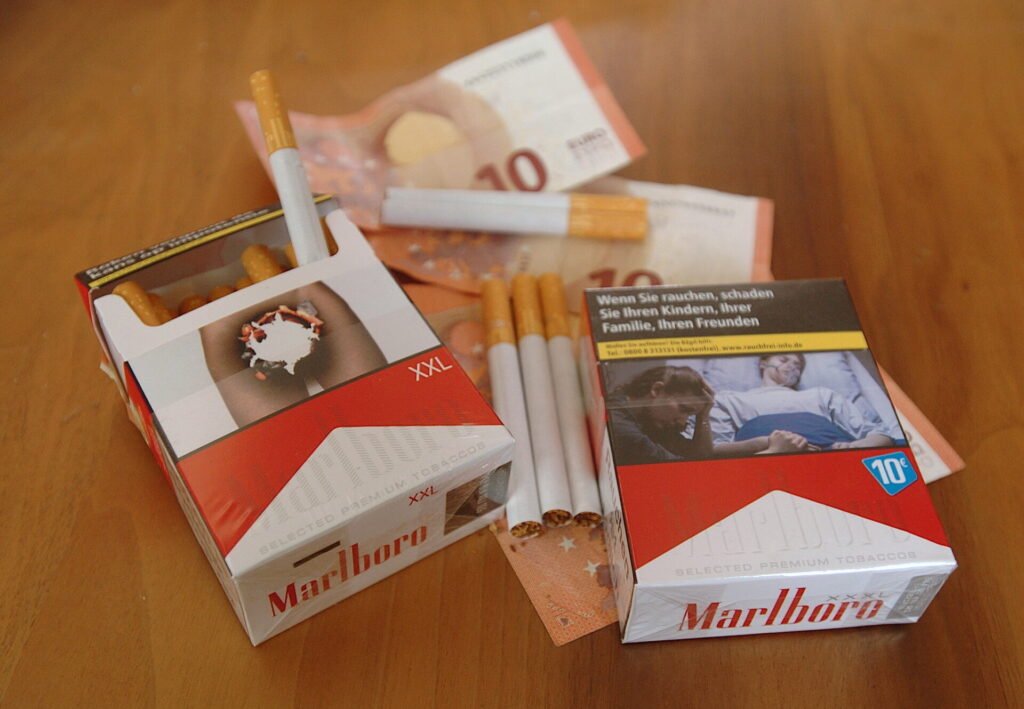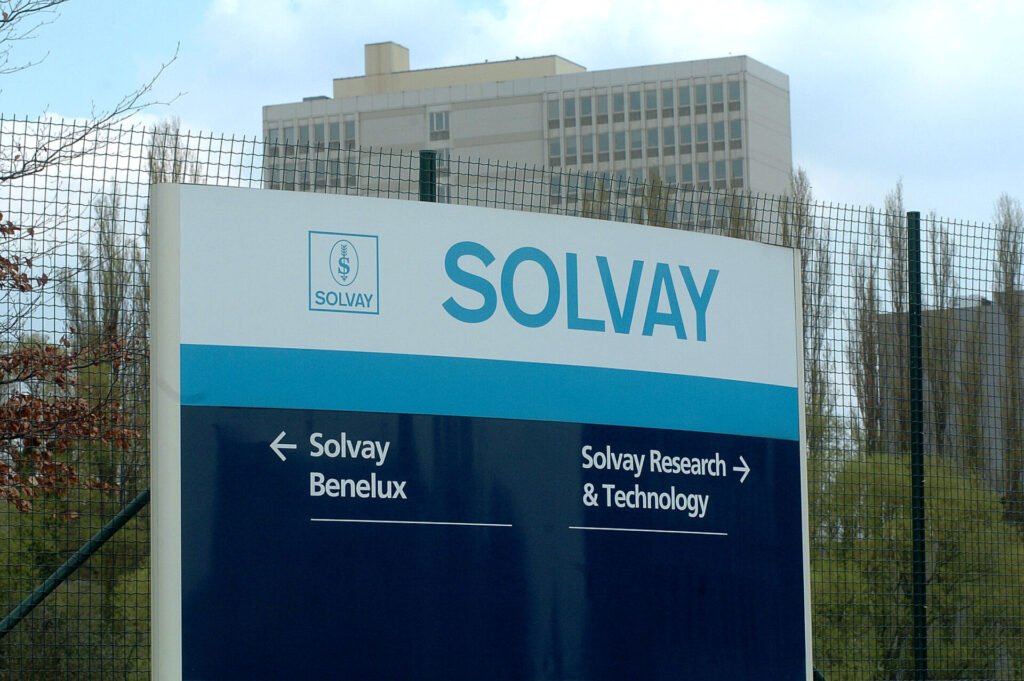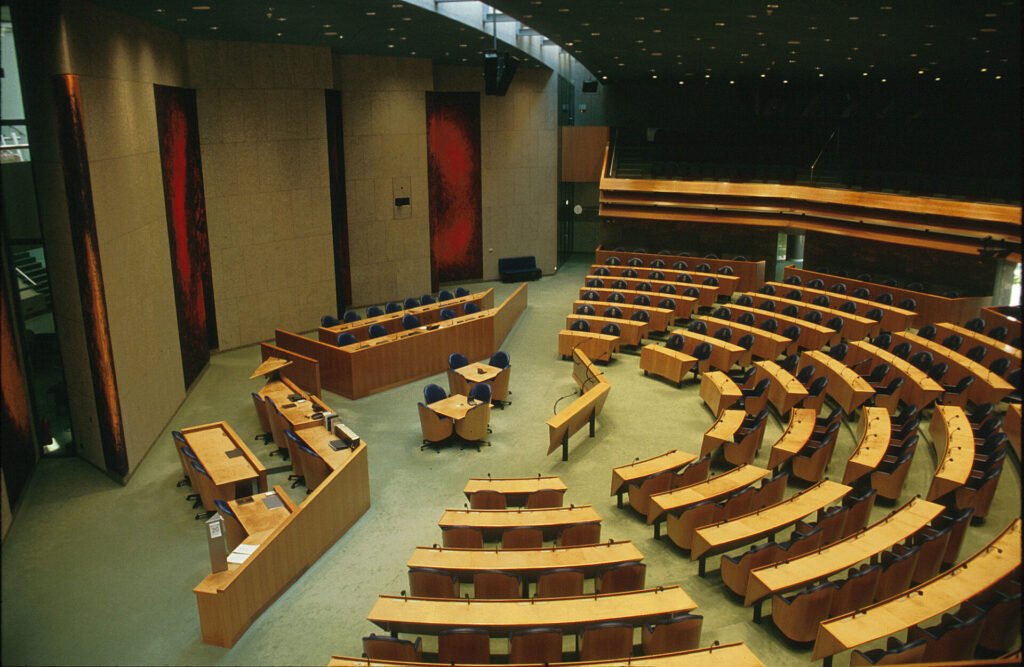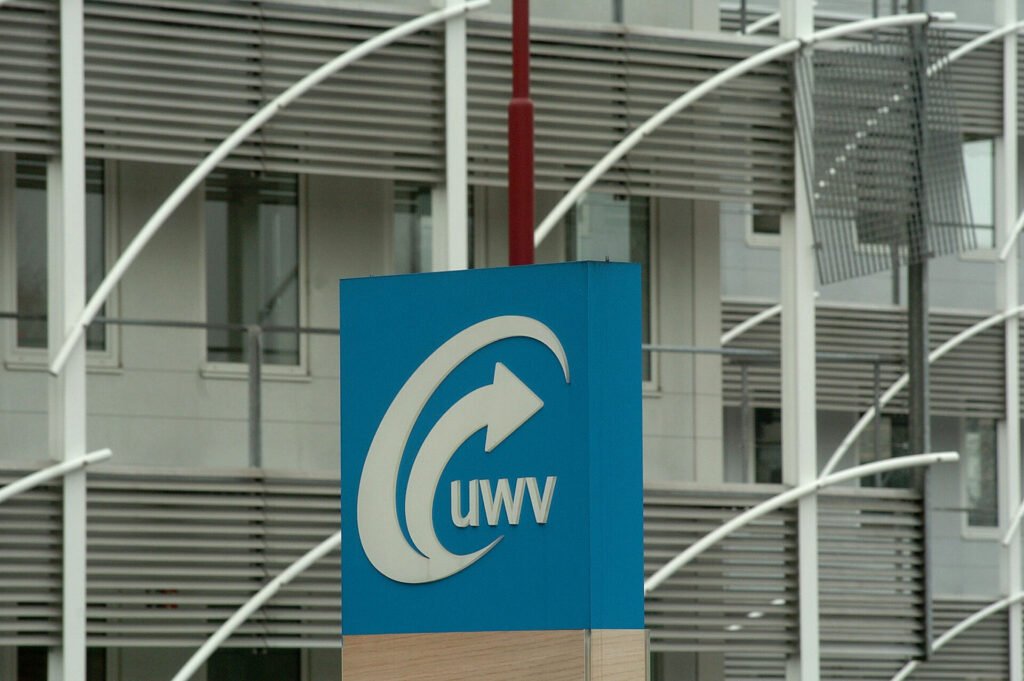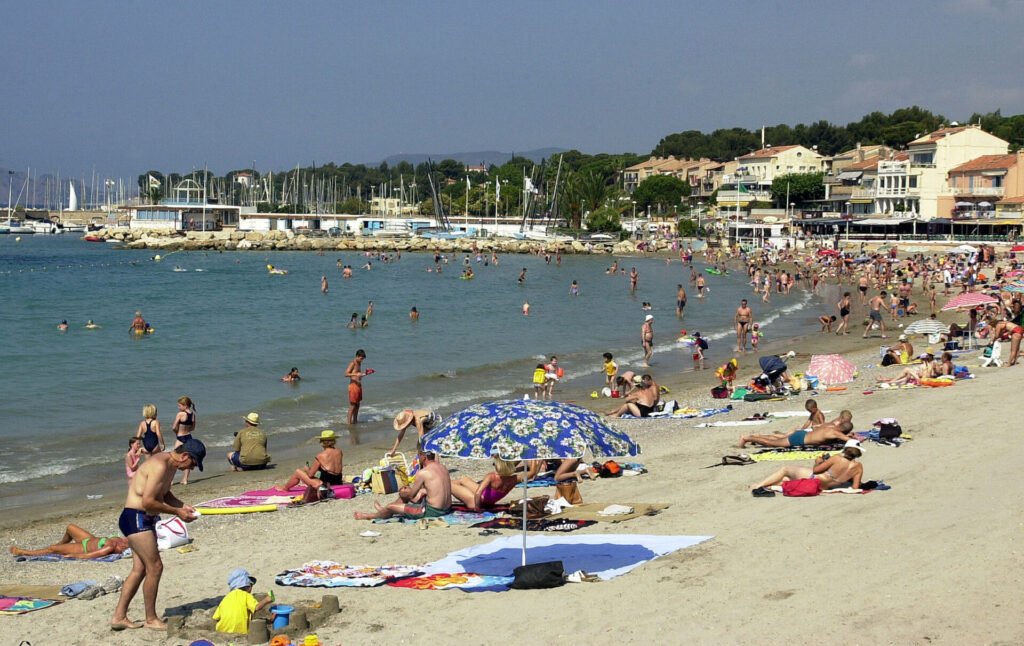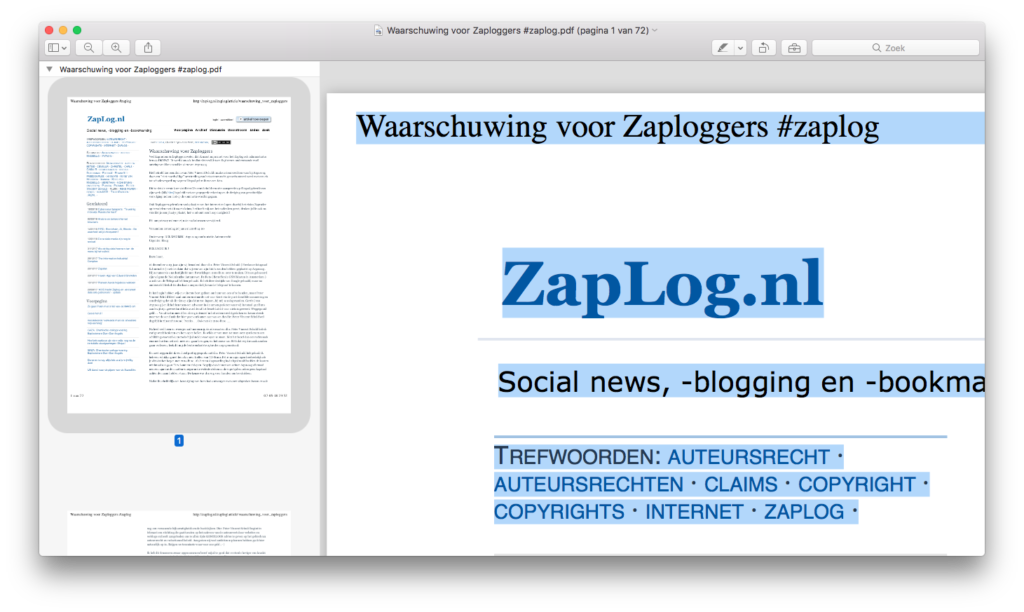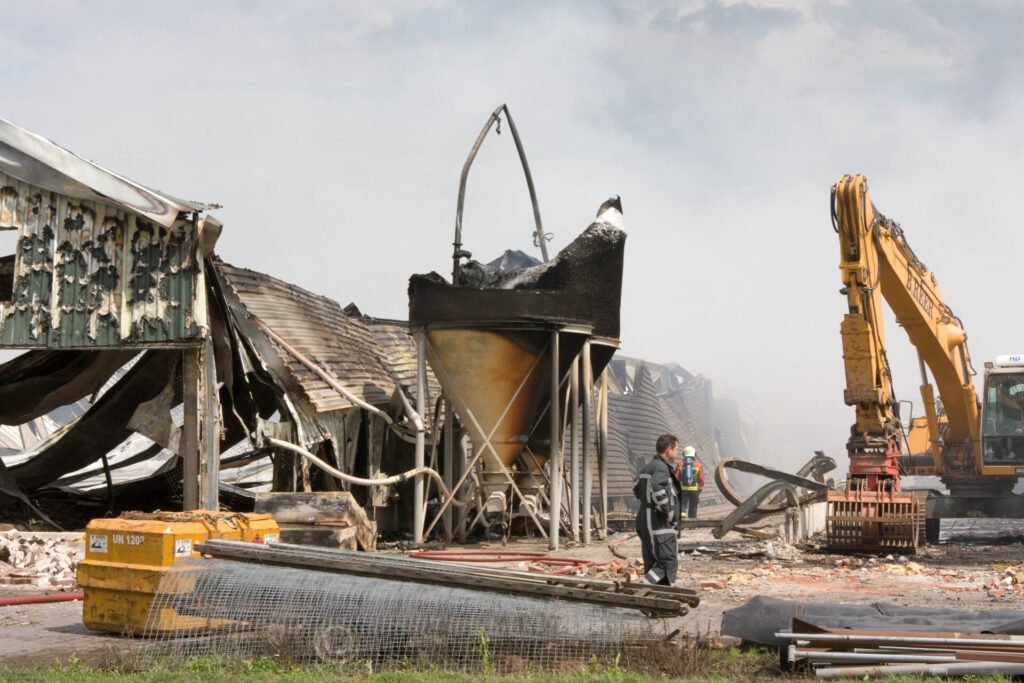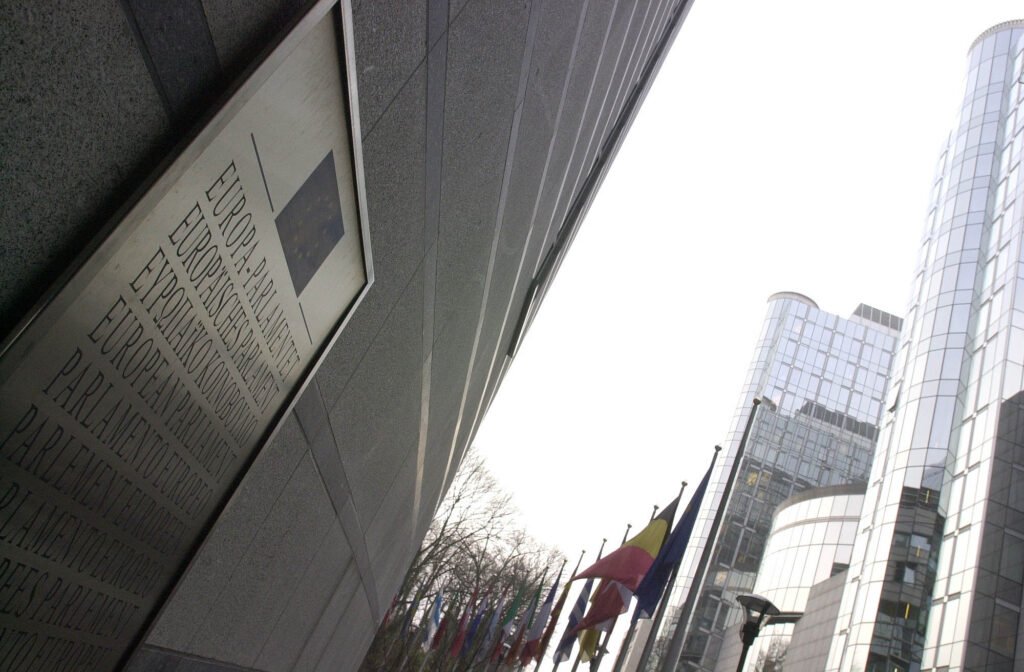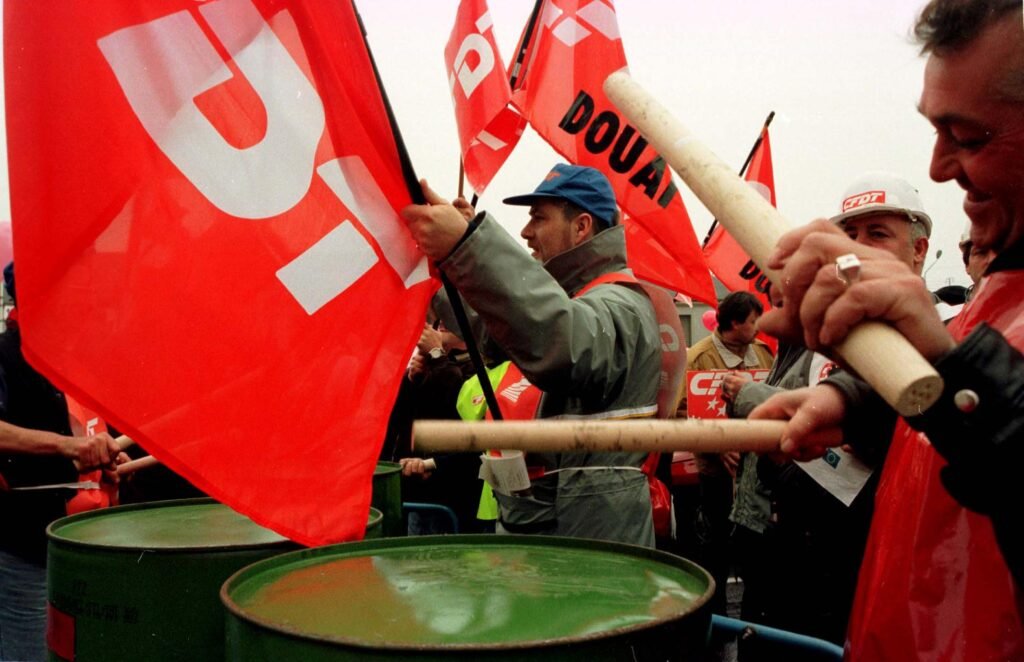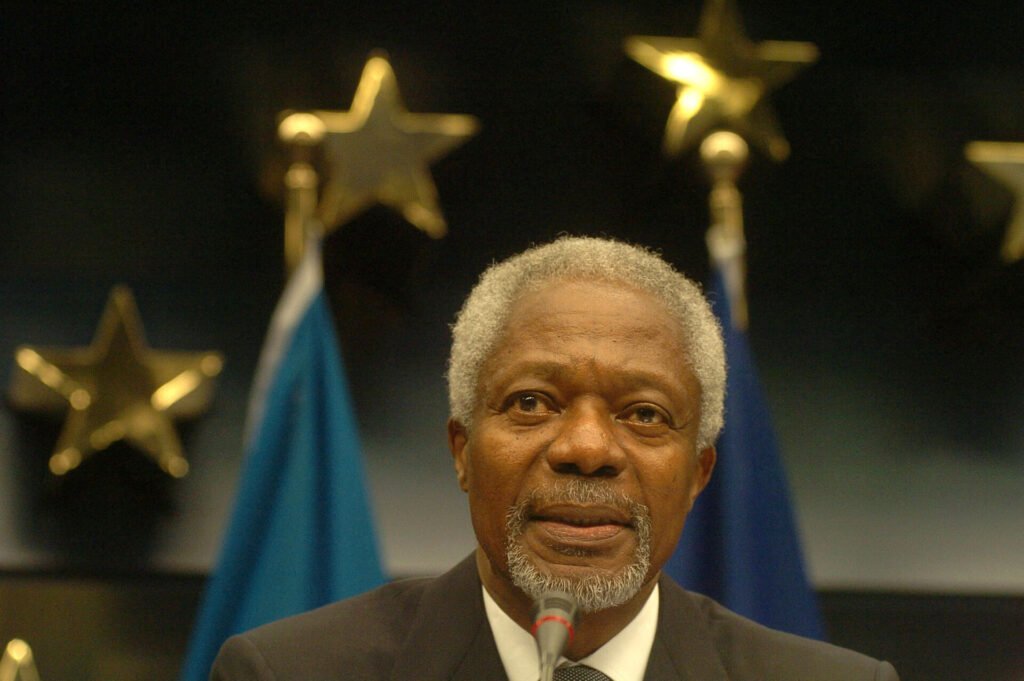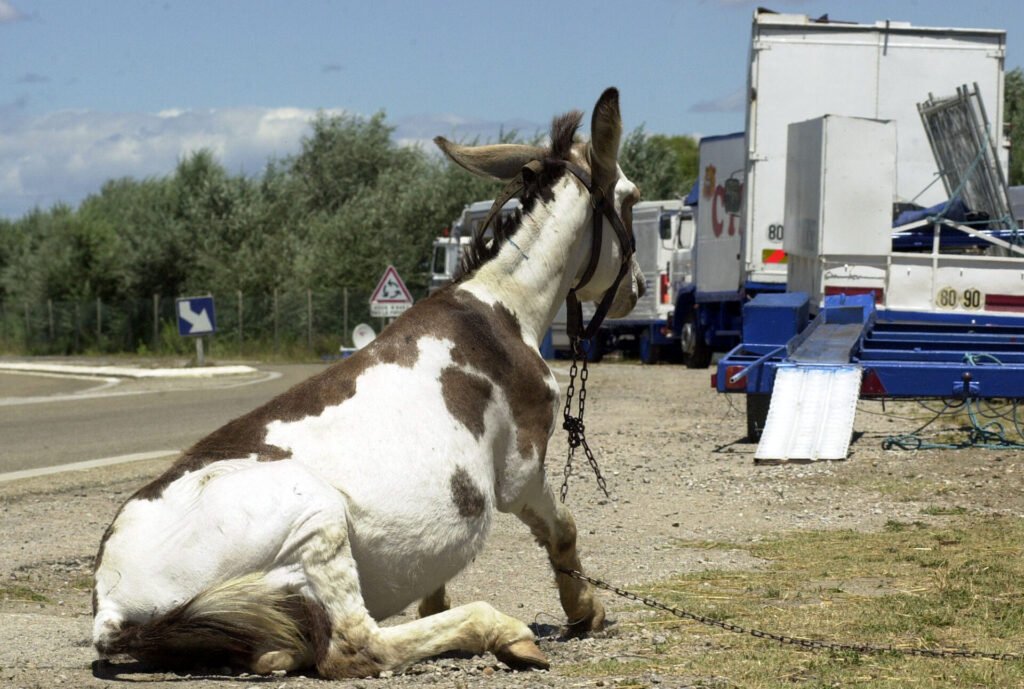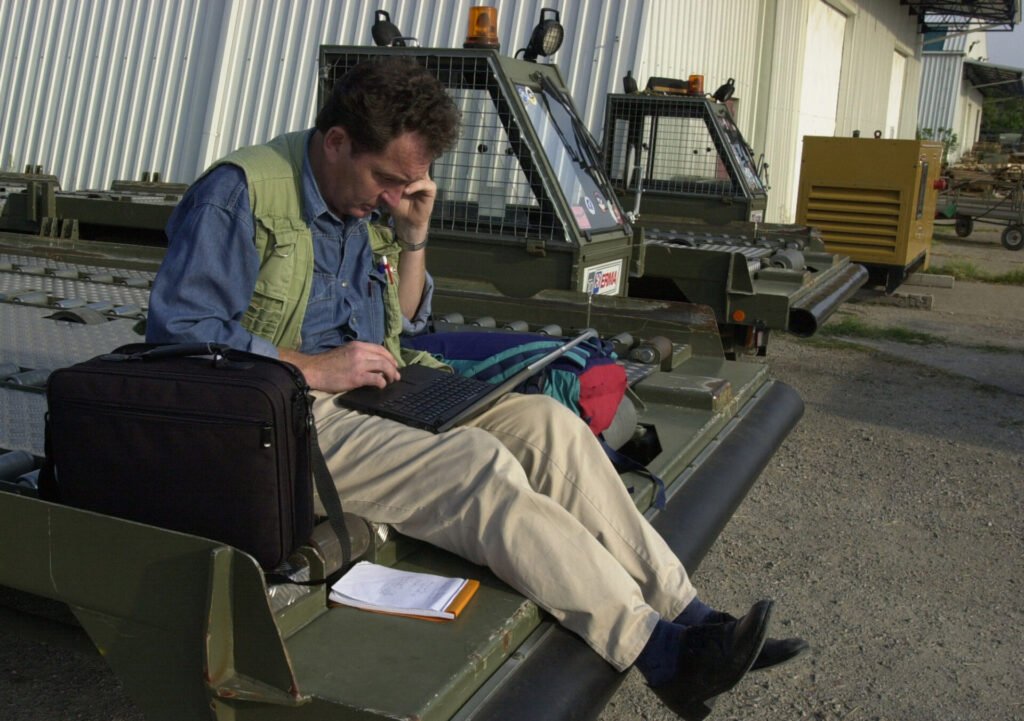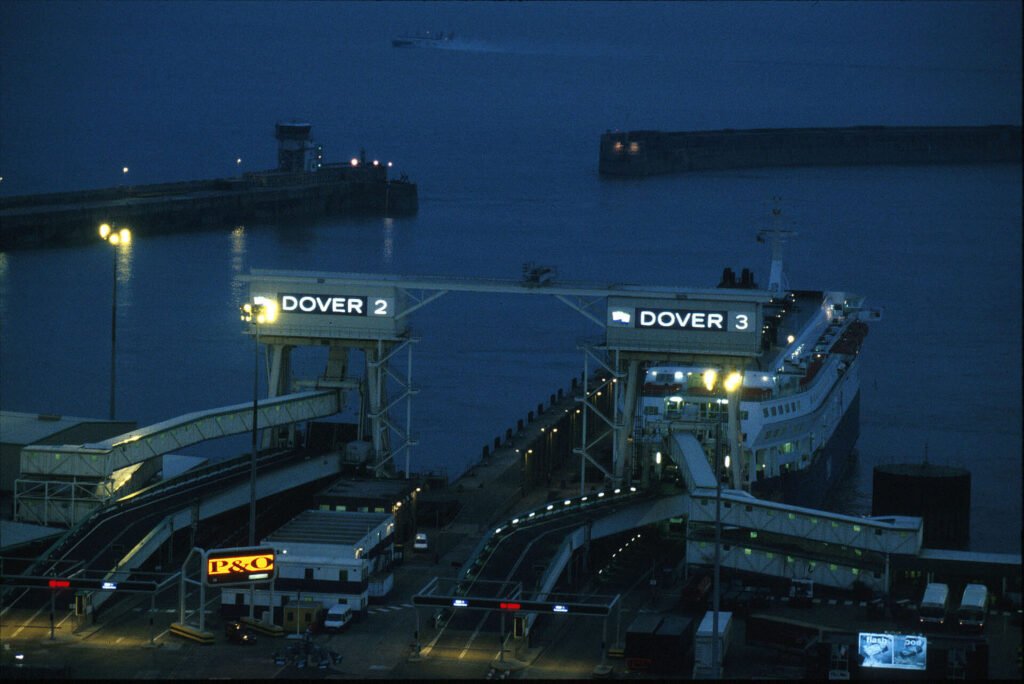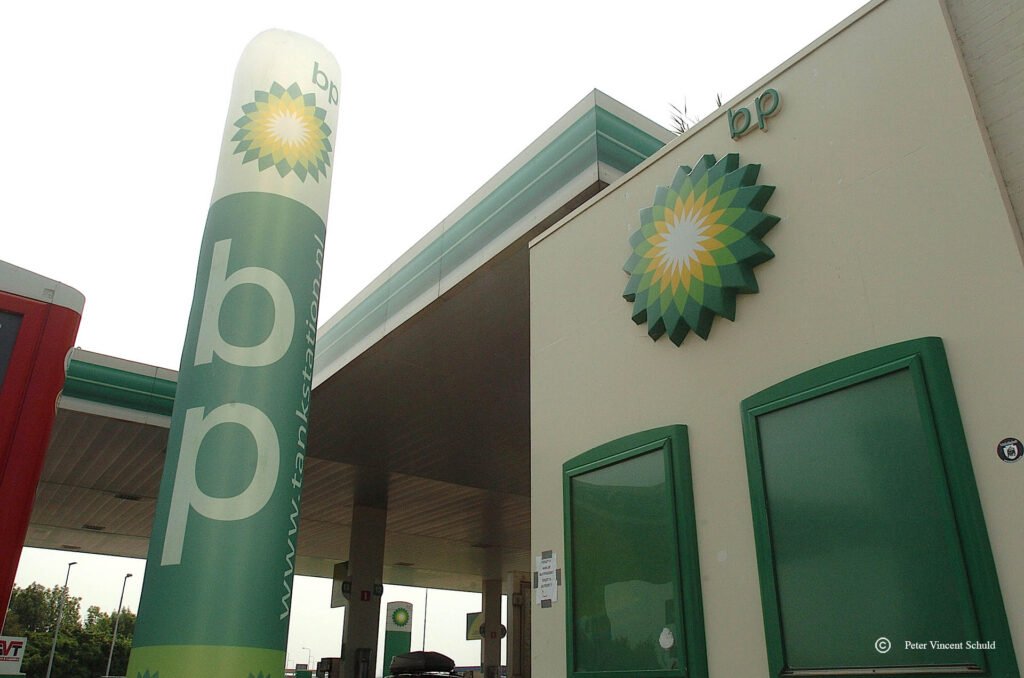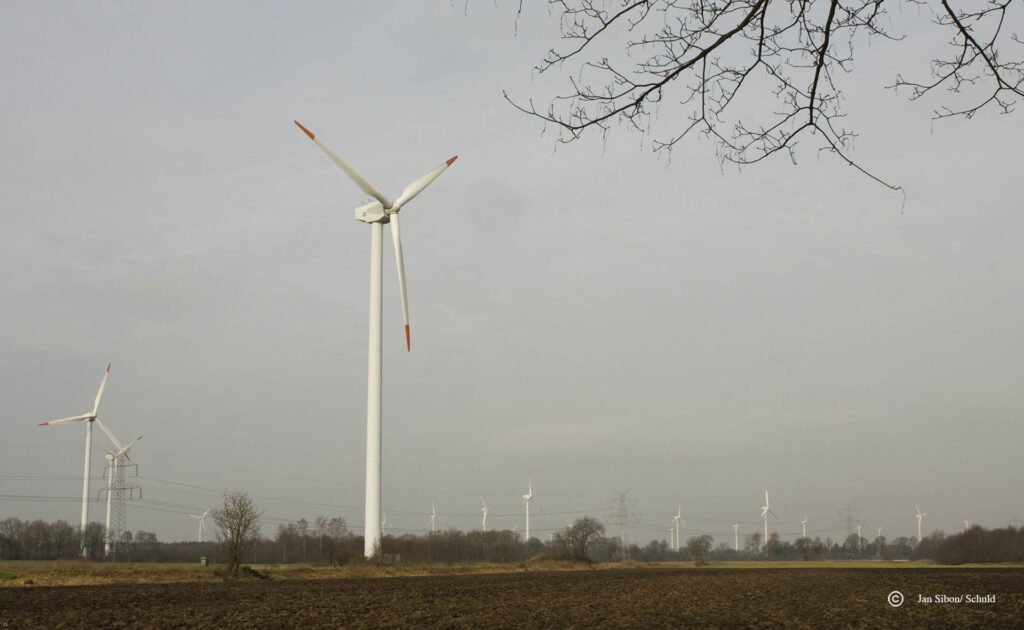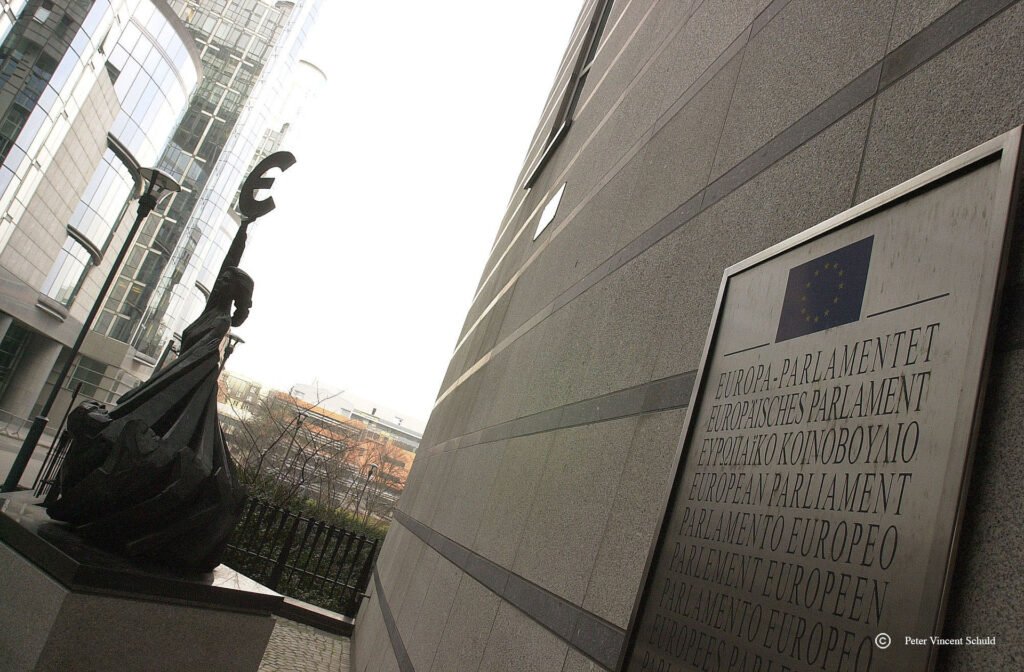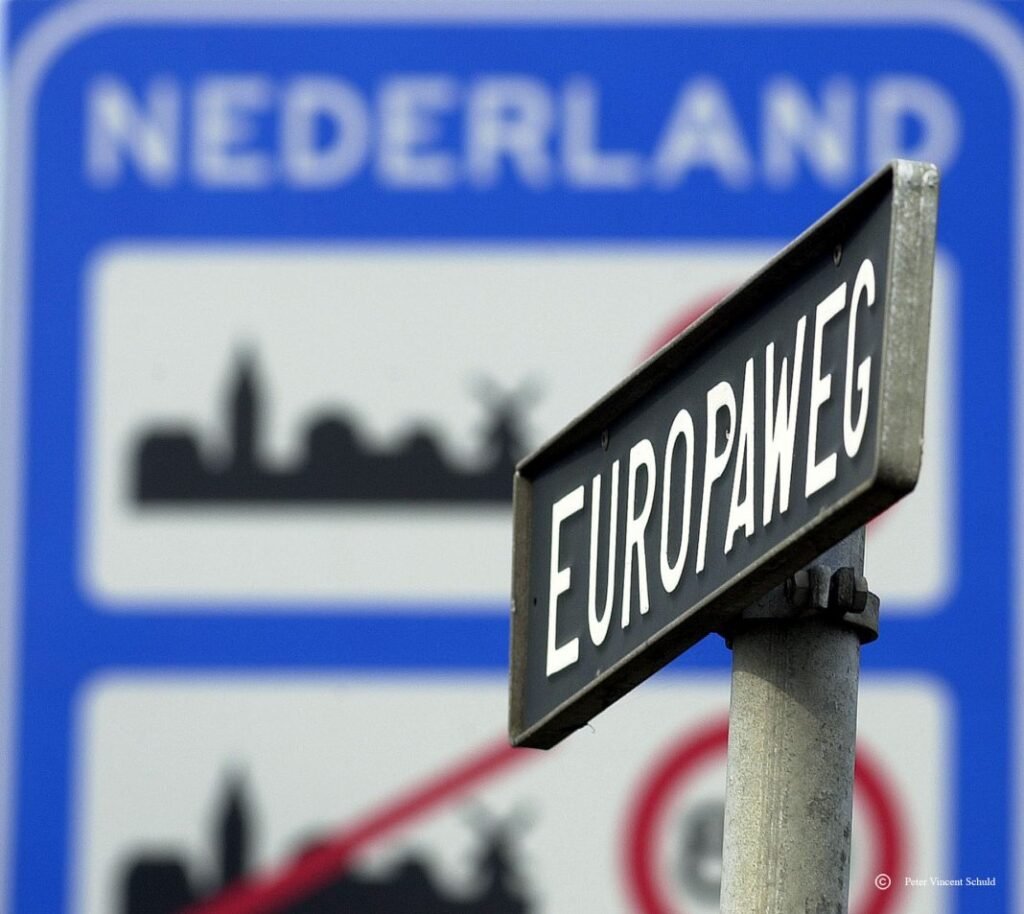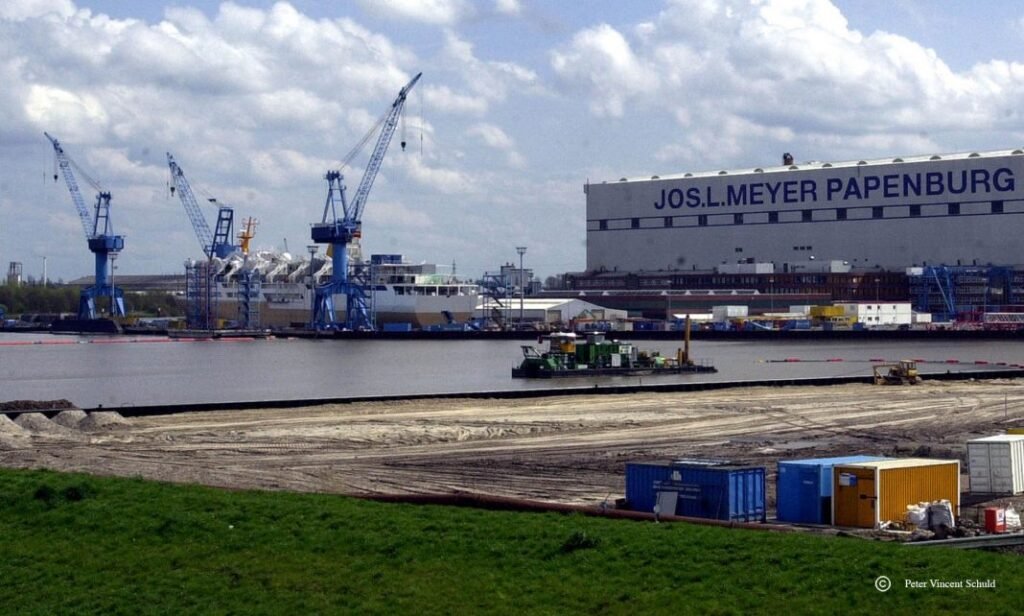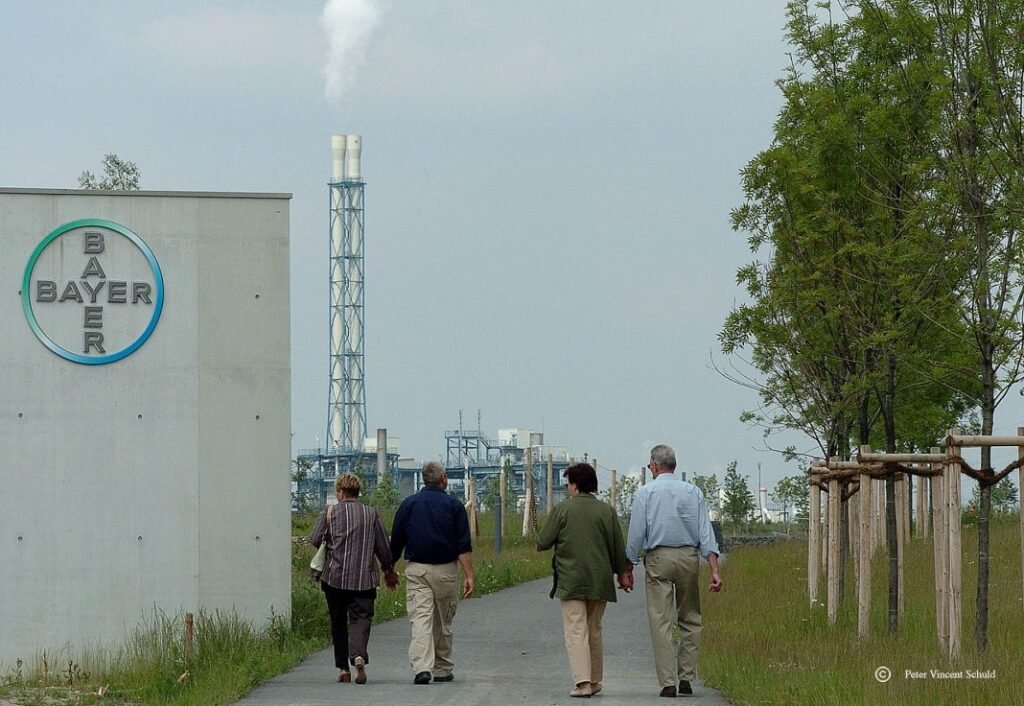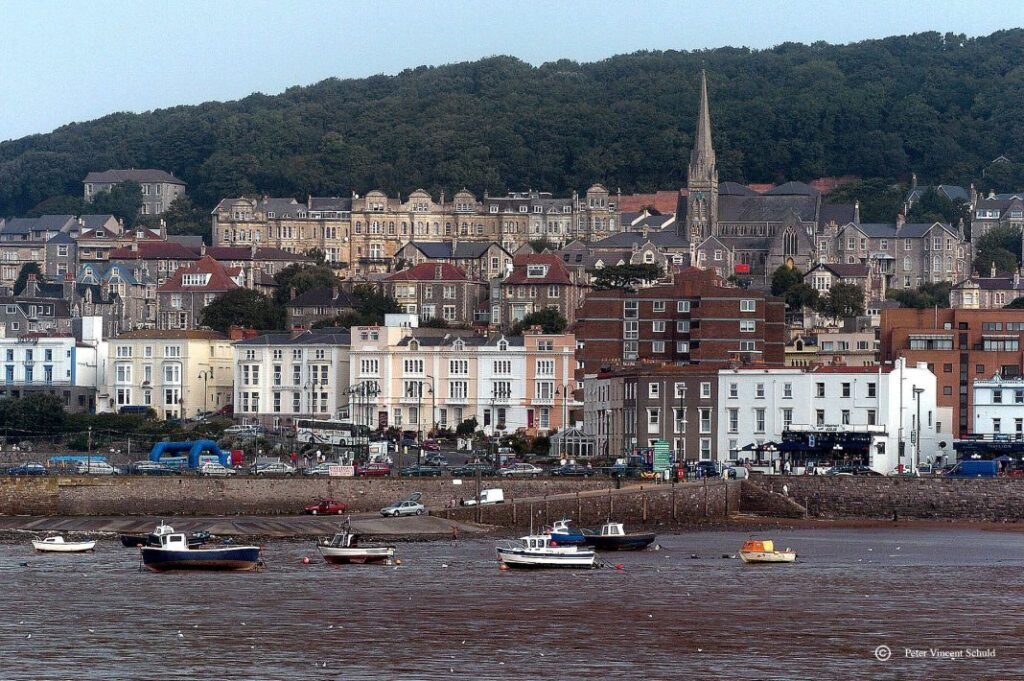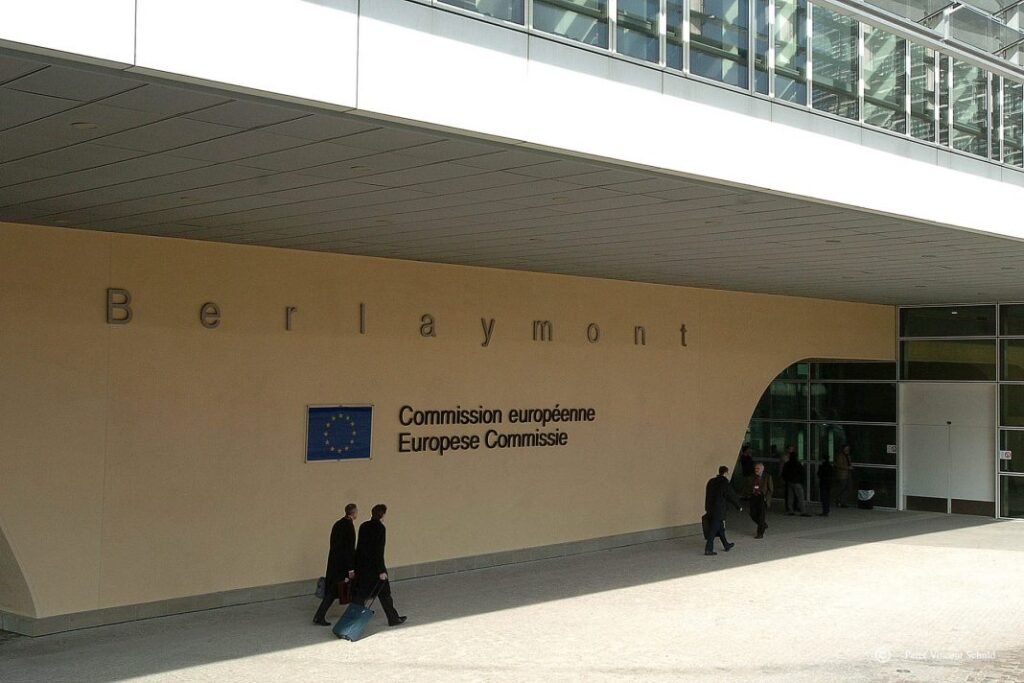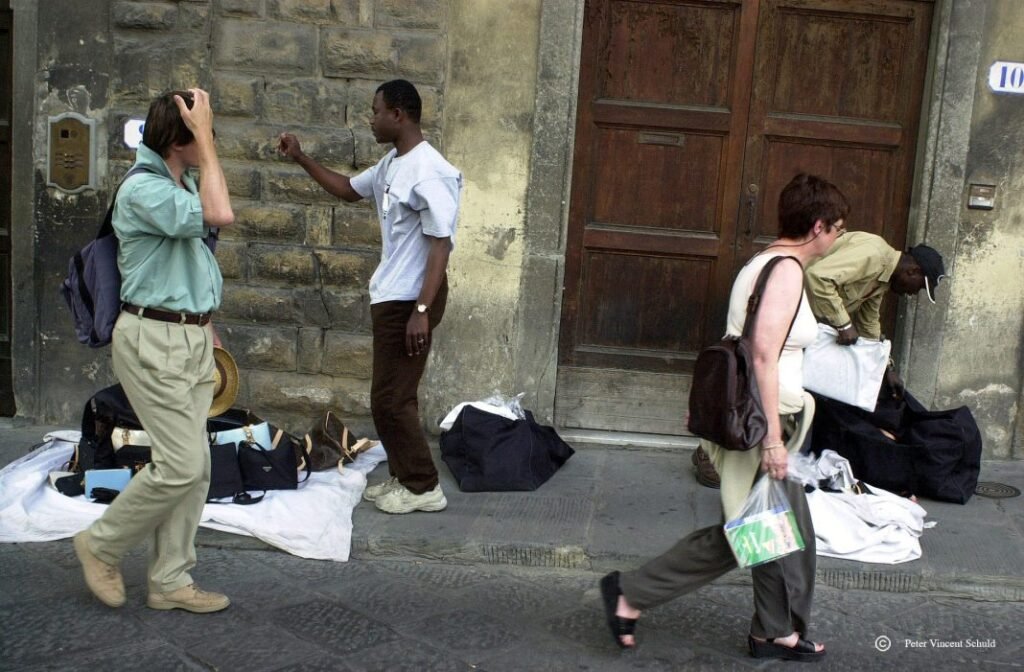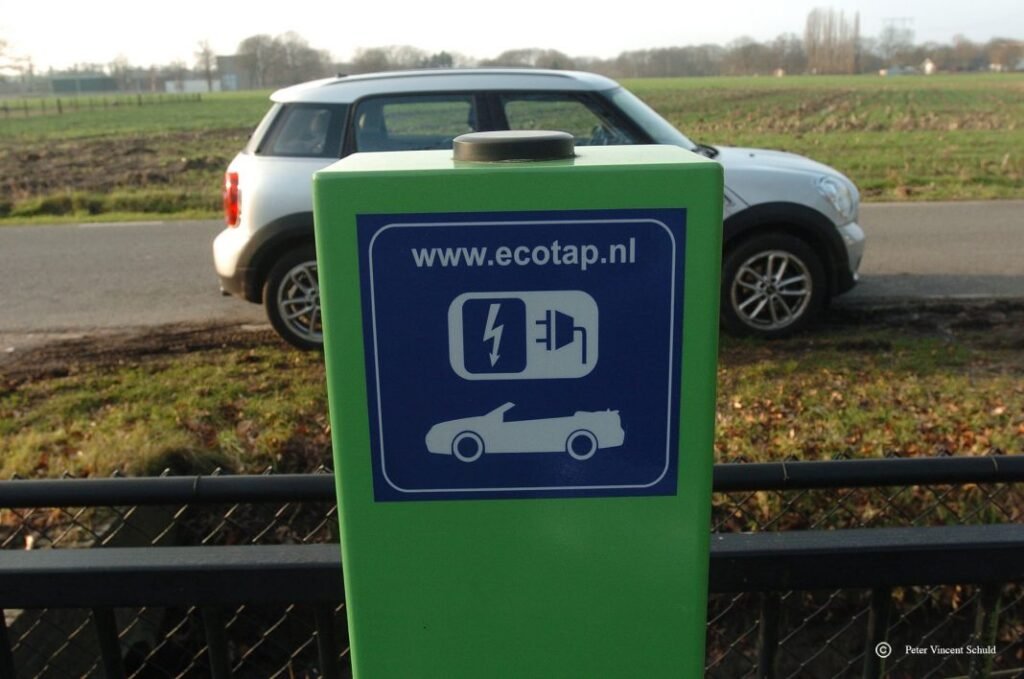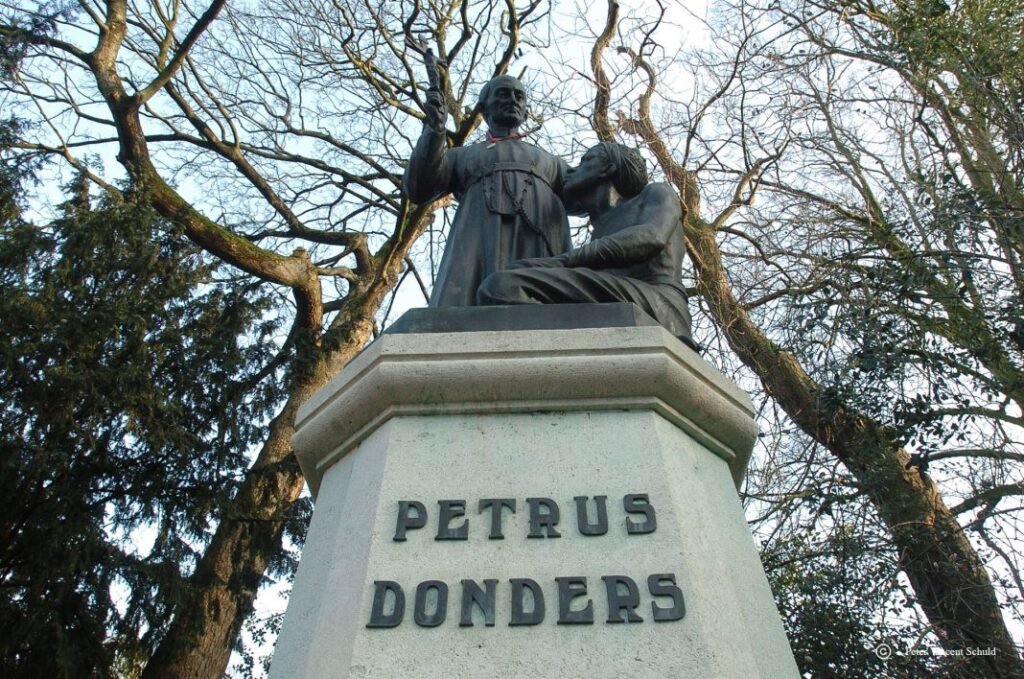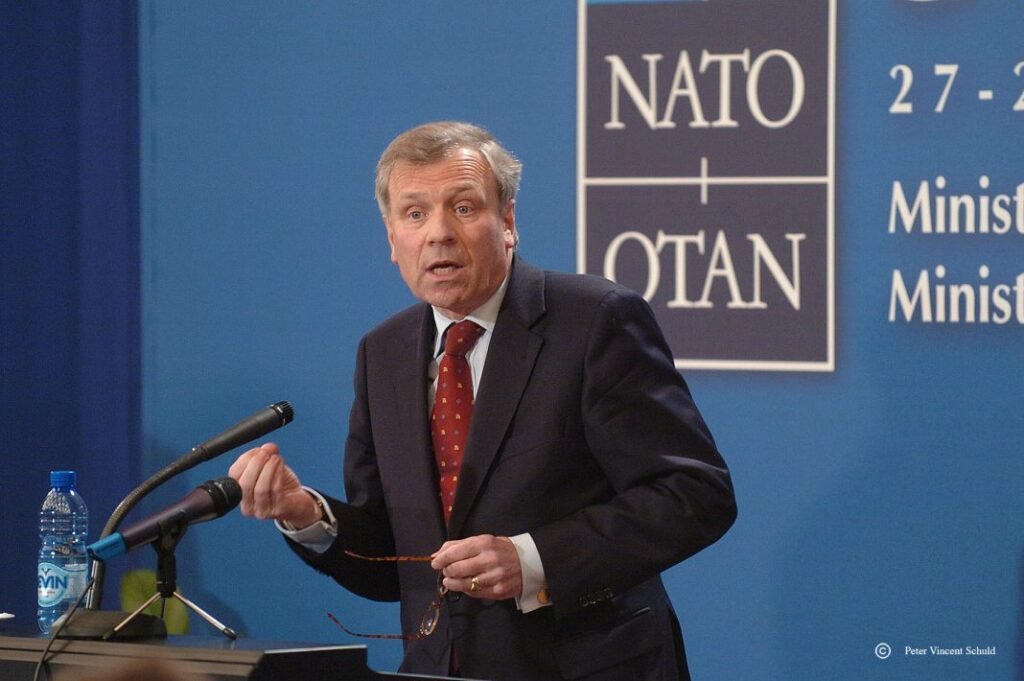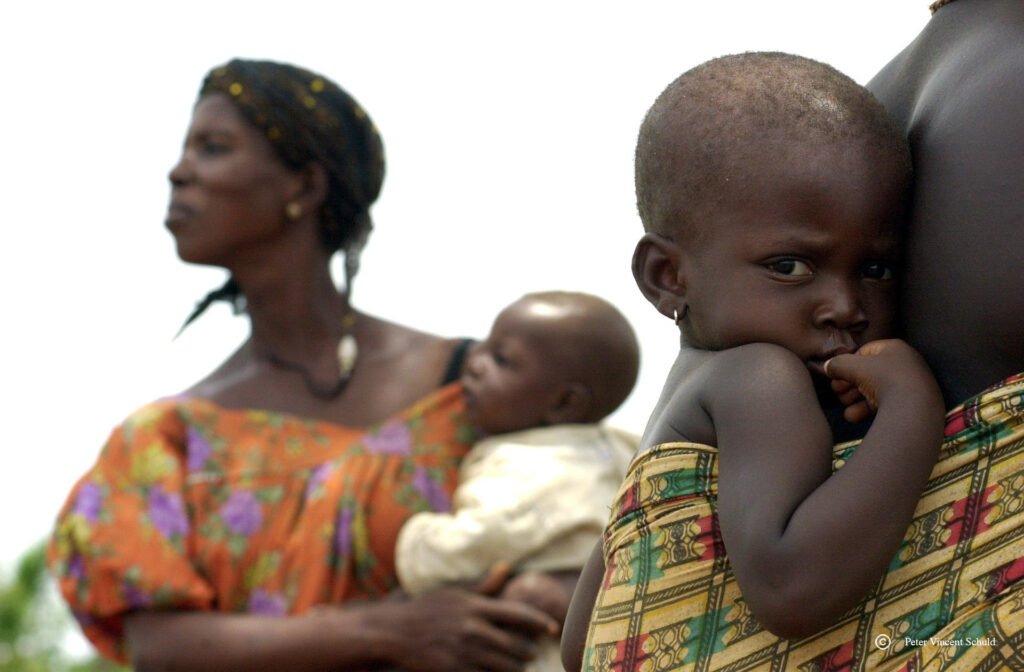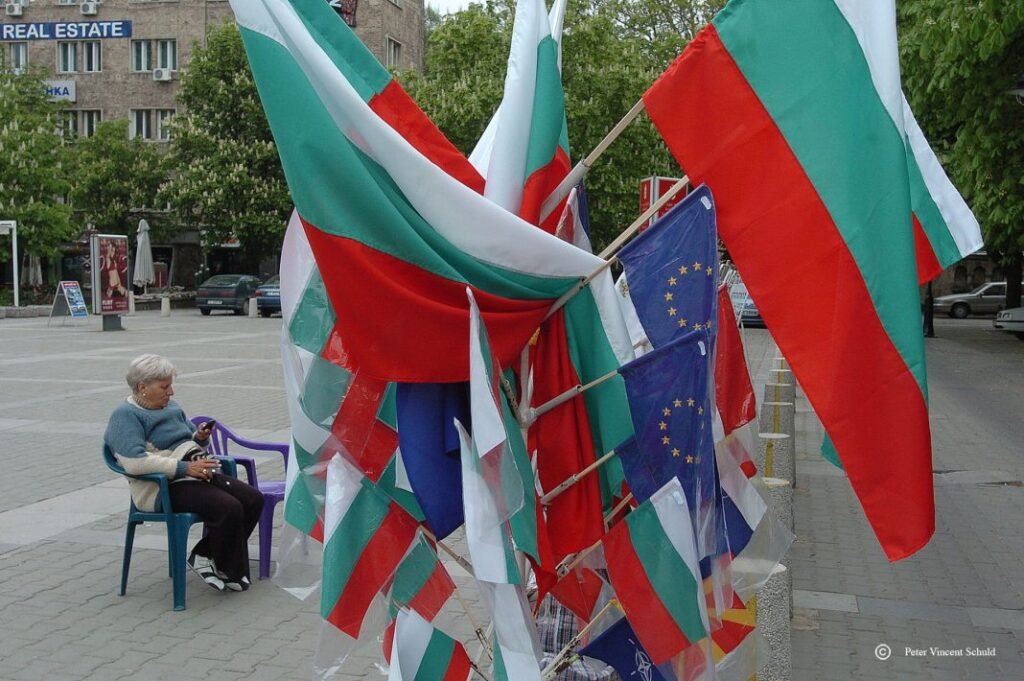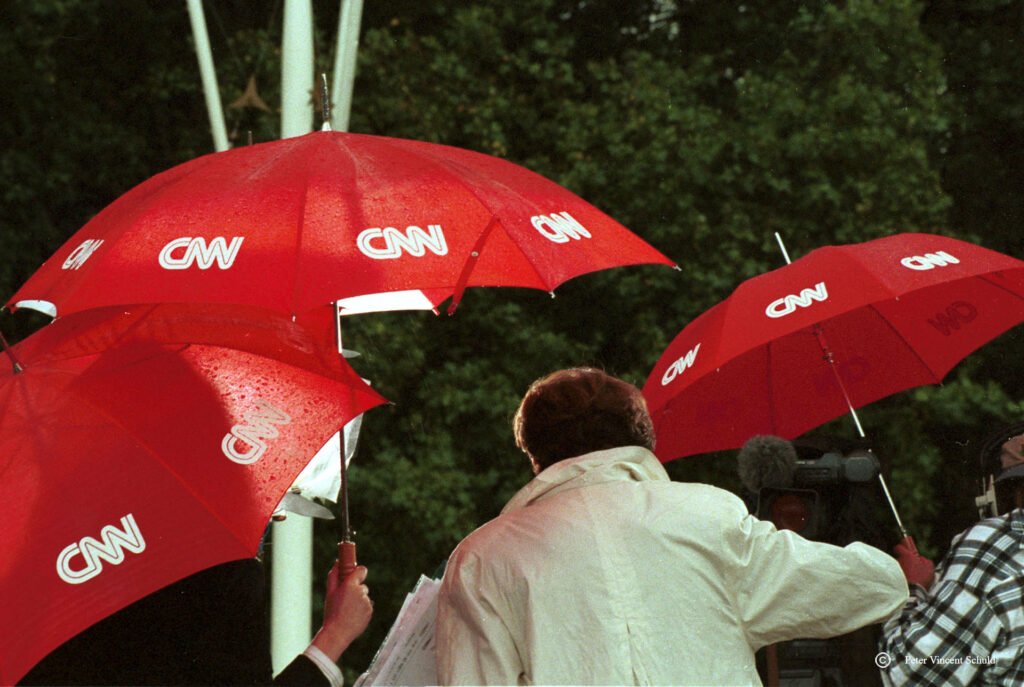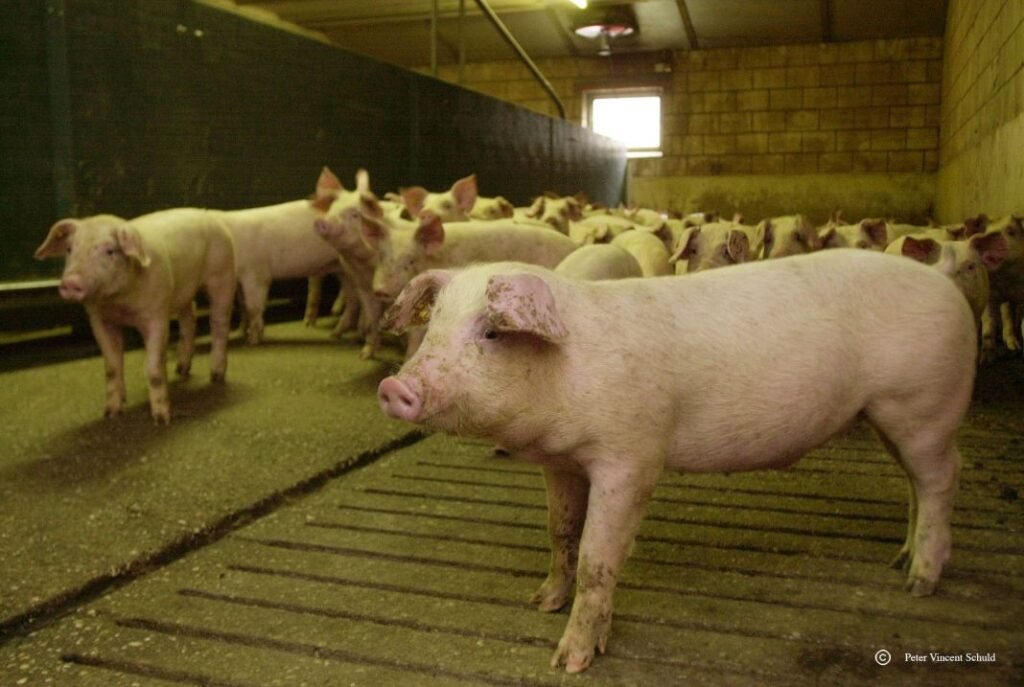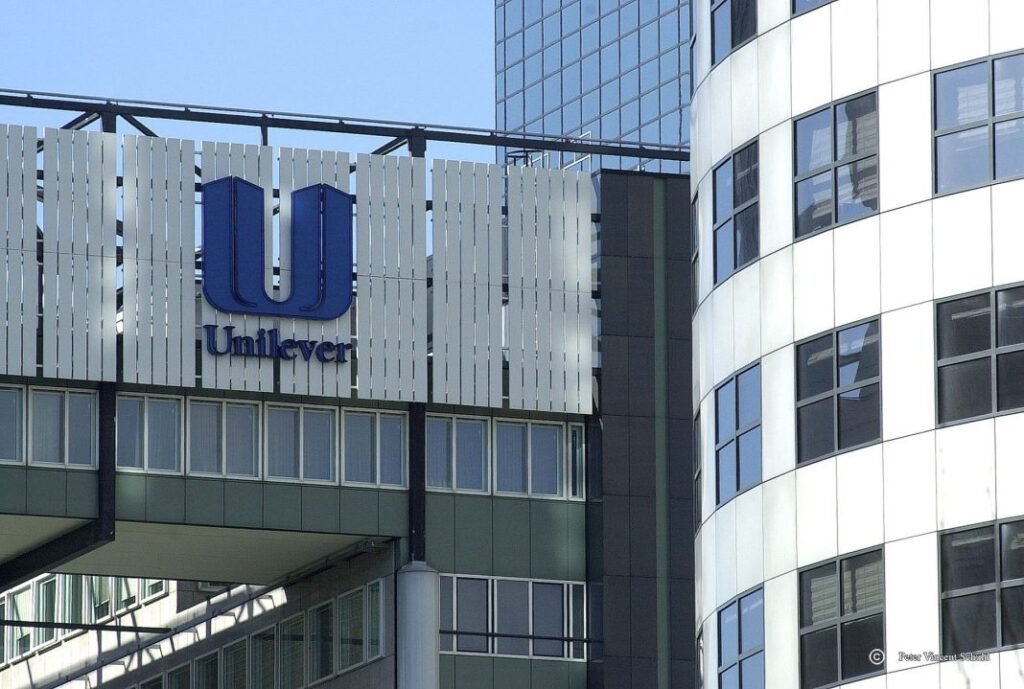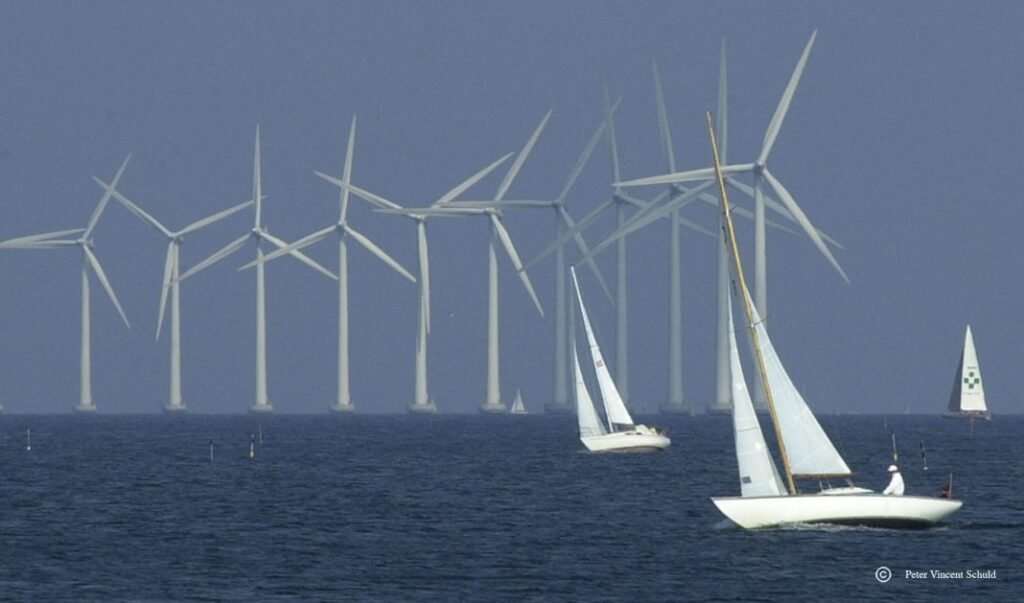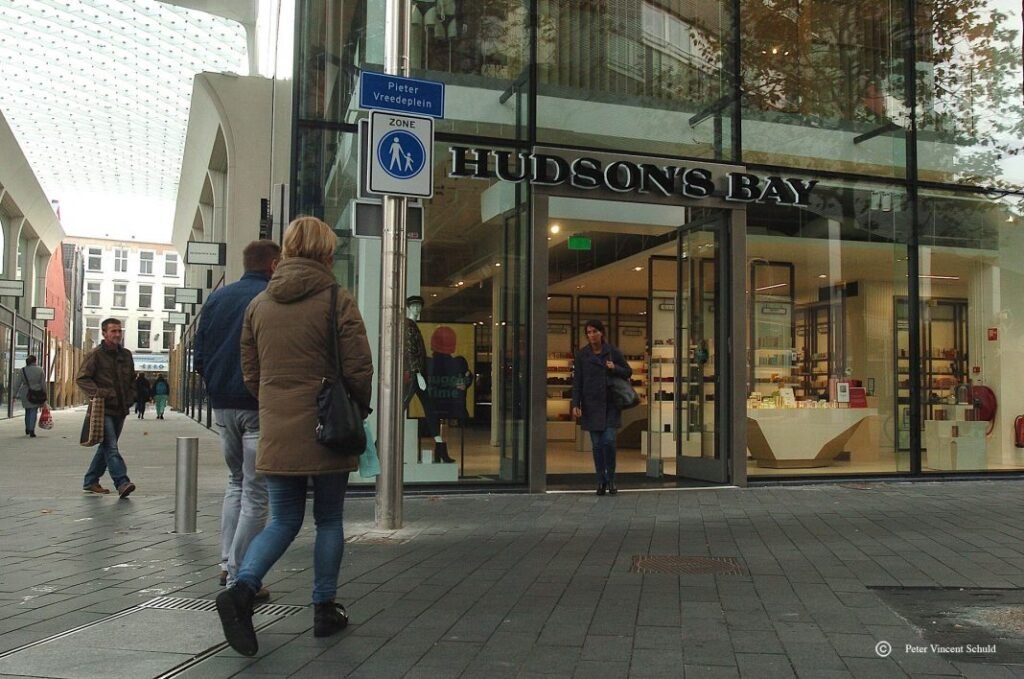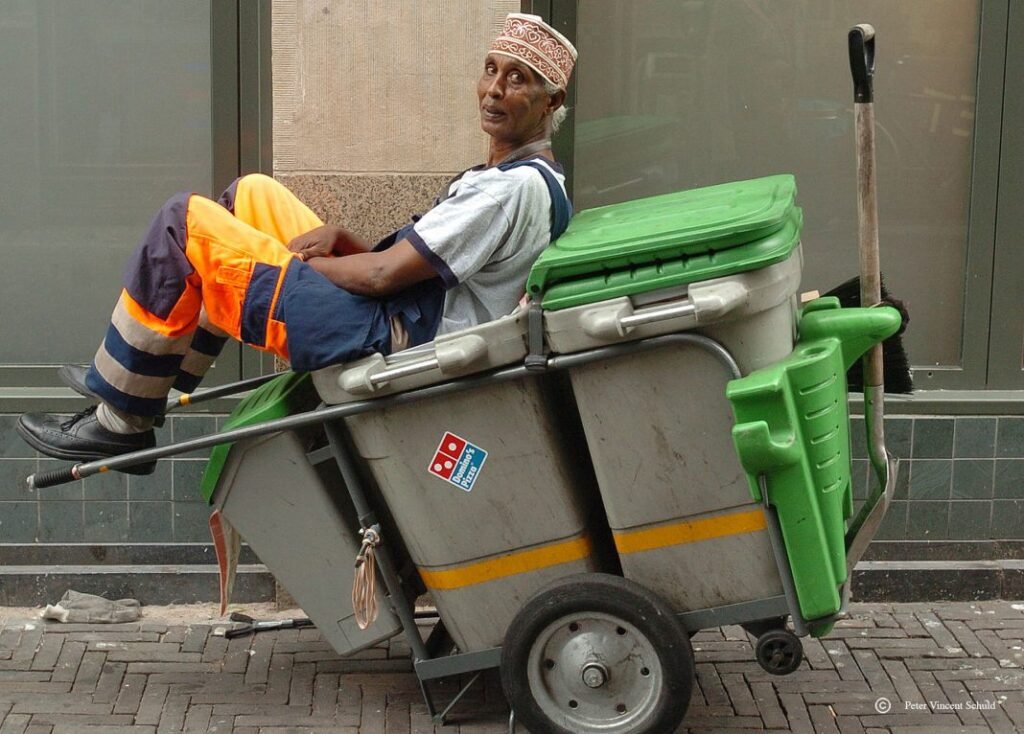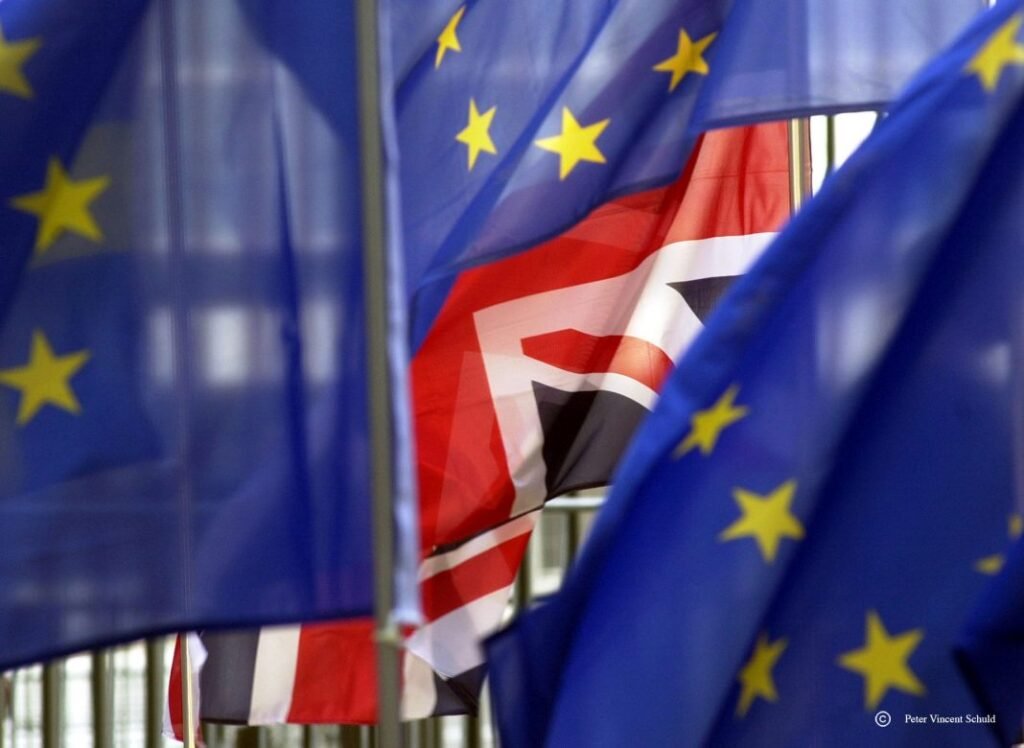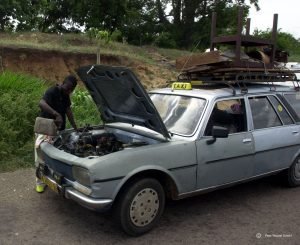Energietransitie: Politieke en economische realiteiten
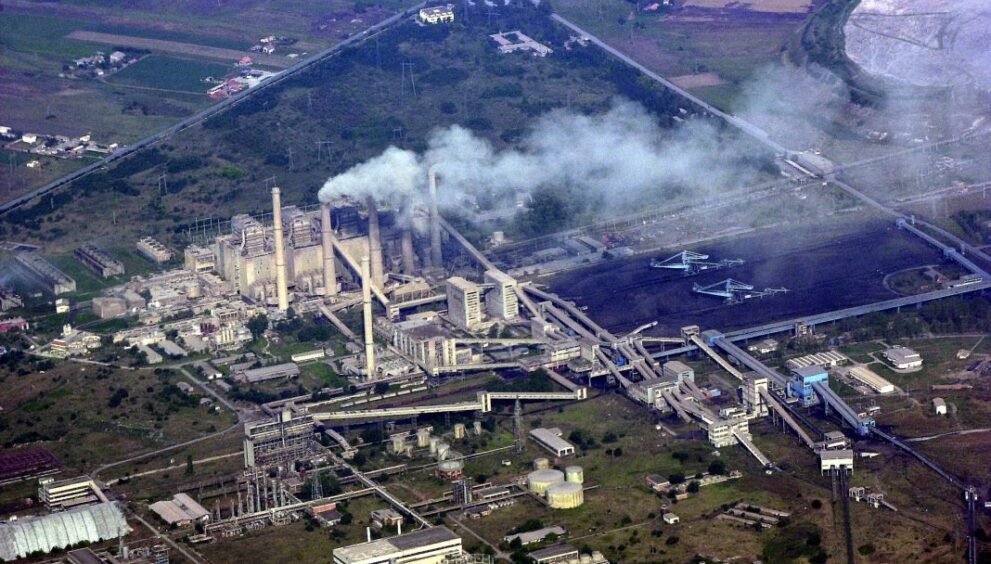
Peter-Vincent Schuld
Coal-fired power stations must be closed, according to the experts.
How do poorer countries in the world deal with the climate issue when their own economies do not even provide for the minimum livelihood of people?
What are the consequences of the climate targets for the economy?
What has been going on in recent weeks?
How are you going to enforce in an international context that countries comply with the climate agreements if the countries involved themselves are not administratively or economically mature? You can make agreements with other countries through treaties, but in practice that does not mean that the agreements are complied with.
Time to dive back into the subject.
We are still exporting our old, polluting and dilapidated passenger cars and trucks to Africa. Vehicles that did not even remotely meet the emission standards in the Low Countries. Should the national governments of those importing countries start imposing taxes on people who don’t have a penny to make anyway? Export levies or export bans with us? How do we clean up the polluting vehicle fleet in these countries? Is this really our responsibility?
These are not observations. These are questions. Questions to which no one, absolutely no one can give a conclusive answer.
No scientist, no politician has an absolute power of coercion. Neither Belgian Prime Minister Michel nor Dutch Prime Minister Rutte, not even French President Macron, is in a position to go to other countries and say “I want you to have no polluting vehicles on the road from day x and for your compatriots to burn exclusively on clean energy”.
But anyone who has ever been to Africa, and especially the poorer countries, will see that there are a substantial number of old barrels driving around that hang together in the most impossible ways, would never have passed the inspection and would have ended up on the scrap here a long time ago.
It simply doesn’t work that way.
First, let’s look at the legal side. Every agreement, including every treaty, has a legal basis.
The next item is the Paris Agreement. A treaty. A treaty that aims to combat global warming.
But what is the legal status of a treaty? In order to understand this, we have to look at the concept of ’treaty law’. To be precise, to the Vienna Convention on the Law of Treaties of 1969. Also called the treaty of treaties. A 48-year-old treaty that is as topical as it gets today. In this treaty, participating countries have stipulated that the customary international law on treaties between states will have the force of law. To do so, the treaty must first be signed and then ratified in the parliament of the participating contracting state.
The interesting part of the above is still to come. The treaty of treaties is not binding in nature. In other words, if the Republic of United Bananas, Bokky Wokky, does not abide by the treaty, the Kingdom of Far Away cannot simply invade with the army and politely but urgently request the agreement to be kept with the machine guns aimed at the head of the head of state. A state that is a signatory to the treaty of treaties is free to deviate from the rules. In the event of a conflict between states, the International Court of Justice has jurisdiction to adjudicate, and then only where de facto legal disputes are involved, political disputes fall outside the jurisdiction of the International Court of Justice in The Hague. But what if another state ignores a verdict?
This is in contrast to Community law that applies within the European Union, where rules are enforceable by means of the supervisory powers of the European Commission and the judicial powers of the European Court of Justice. Now you may think that all the countries of the EU signed the Convention of Treaties like good children. But nothing could be further from the truth. Romania and, yes, France, have not signed the treaty in question.
Returning to the Paris Climate Agreement. Participating countries always retain the right to deviate or even withdraw from a treaty, as the US did.
States can hold each other accountable for not complying with agreements, but that’s about it.
Unity on the political stage is nice, but that does not guarantee any feasibility or reality.
Let’s talk about the economic reality. Let’s start with a practical example here in the Low Countries.
Tata Steel and German steelmaker ThyssenKrupp have indicated that they want to merge their European steel production.
Steel production contributes substantially to CO2 emissions. We need steel. Cheap steel production in China, among other places, is forcing European steel producers to become more cost-efficient. It is strategically and economically important that we do not lose 100% of our European steel production. In practice, this means that it must remain attractive for these companies to continue to produce in Europe. If we don’t, the production facilities will irrevocably close and move elsewhere in the world.
The result is a huge loss of jobs, which in turn puts a strain on our social security spending.
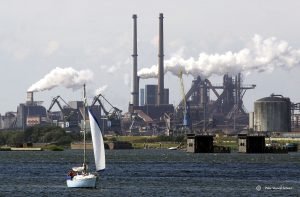
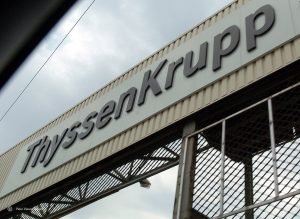
(c) Peter-Vincent Schuld
Massive job losses and closing companies therefore lead to a huge increase in the government’s burden. He has to pay unemployment benefits over time. The Dutch Minister of Economy and Climate Wiebes is therefore struggling with a huge gap between stimulating the economy on the one hand and achieving the climate targets on the other. Then we are only talking about the Netherlands. Taxing the business community even more heavily for the emissions they cause is therefore not the solution to achieve financing of the climate objectives.
In recent weeks, we have regularly paid attention to the tax consequences in the Netherlands and Belgium for citizens with regard to contributing to the climate objectives. But there is also a certain point in the minds of the citizens.
This involves comparatively much smaller amounts than in the business world, but that too is a reality.
In addition to increases in energy taxes in the coming years, Dutch households are also confronted with an increase in the so-called transport costs of energy. That’s the cost of bringing gas and electricity into your home.
On average, the costs per household will increase by 12 to 13 euros per year.


What is the reason for this price increase? Because the use of the infrastructure is becoming more expensive? Yes, indeed. Who or what is causing these price increases?
The local authorities, the municipalities. Municipalities levy taxes, called sufferance rights, on underground pipelines in municipal land.
Municipalities charge this tax to the Dutch grid operators such as Stedin, Joules and Enexis and pass it on to the customers. Shareholders of these system operators are… indeed the municipalities. So, in addition to any dividend on the operating result of these network operators and the book value of these companies, sufferance tax is also levied to finance municipal operations and any municipal deficits. The real question arises as to whether this increase is necessary and whether it is not simply due to an unseemly hunger for money.
Let’s go back to the Dutch national government for a moment.
In 2018, the same as in 2017, the Dutch government will allocate no less than 12 billion euros to subsidise the production of sustainable energy. That’s a huge amount. This scheme is called SDE+ (Stimulation of Sustainable Energy -ed). This scheme is intended for entrepreneurs, non-profit organisations and institutions. The scheme is intended to make energy consumption less dependent on fossil fuels. These include solar energy, wind energy, hydropower, geothermal energy and biomass.
Twelve billion euros for making energy more sustainable. That seems like a whole mountain of money and it is a whole mountain of money. To give you an idea; In 2016, the Dutch Central Bureau of Statistics estimated the expected government spending on healthcare in 2018 at 120 billion euros (source CBS.nl). In other words, 12 billion euros for making the energy supply more sustainable. In fact, this money is being pumped into the Dutch economy, albeit with a certain objective. But this financial incentive also contributes to alleviating the pain of companies and institutions that is suffering from the transition to sustainable energy generation. After all, every transition comes at a cost. It is unwise to confront companies with a lot of rising costs because of a large-scale conversion, without compensating these companies in any way. After all, companies are the engine of our economy. This reality must also be faced. For the national government, it is always a matter of finding a balance and ensuring that the continuity of our economy and society is not put under pressure.


Suddenly, something happens that is difficult to explain at first sight. In view of the fact that gas-fired power plants are a lot cleaner than coal-fired power plants and that we still need to be sure in our society that electricity comes from the socket, the use and construction of gas-fired power plants is recommended. The Belgians have already made constant mention of this in their energy plans for the future, in which security of electricity supply has always been a point of attention. After all, the Belgians have already had to deal with a very tight reserve on a number of occasions, with doomsday scenarios about energy shortages being a reality.
Nevertheless, Siemens announced that it will close its factory in Hengelo, East Netherlands, where gas turbines are produced.
The reason given that was communicated was that a decline in the purchase of their turbines would be expected in an era when the demand for fossil fuels such as natural gas would decrease. But that does not rhyme with, among other things, the objectives of the Belgians to build more gas-fired power plants.


In our search for independent answers to that question, we came across a column by Sible Schöne, director of the Dutch climate agency Hier te Utrecht, which he published on the website energiepodium.nl. The headline of his column was telling and reading “Closure of Siemens factory is at odds with energy transition”.
Schöne goes further and states in his column that the closure is more likely to be due to the stagnating energy transition, especially in Germany.
What is striking about Sible Schöne’s findings is that he reasons the energy transition from realistic and feasible scenarios.
Sible argues that “many people don’t seem to realize that gas-fired power plants are indispensable in an electricity supply where wind and solar are central.”
His subsequent reasoning that it is not always windy and that solar panels do not meet the need at the moment when the demand for electricity is greatest makes sense. Security of energy supply is indispensable in a (digital) society that simply cannot do without electricity.


Schöne then argues that the low CO2 price in Germany and Belgium in particular, i.e. the sum paid to emit CO2 (emission rights), among other things, is far too low (below 10 euros per ton of CO2). As a result, it remains advantageous for electricity producers to burn coal for electricity generation. Schöne argues that the functioning of the electricity market does not help either. Schöne states in his piece that the price of electricity is about three cents per kilowatt hour and that the total cost of coal-fired power plants, gas-fired power plants and wind farms is about double. Schöne then argues that in the Netherlands this is made up for in the solar energy and wind energy by the subsidies (SDE+) and then Schone states “as a result of which new investments are still taking place” (which we talked about here earlier in this piece, ed.). “Fossil generation runs at a loss”. Finally, Schöne expects that in view of the fact that the marginal costs of wind and solar energy are close to zero and the price of electricity will fall, Schöne bases itself on the opinion of experts. Schöne concludes that “in such a situation, no one will build gas-fired power plants, even if in 10 to 15 years’ time there will be problems with security of supply”.
In short, the climate issue has many more aspects that many people ignore. It is certain that in 2015 the Belgians were already forced to buy electricity in the Netherlands and in France due to an acute energy shortage, where electricity is still mostly generated in a series of nuclear power plants. The hydroelectric power station at Lake Gileppe, the dam where water is collected from the High Fens in the province of Liège, could not meet the demand for electricity with its limited capacity of 3,300,000 kwh.
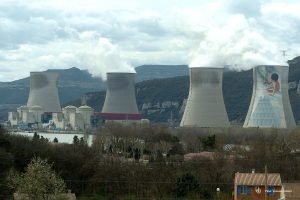
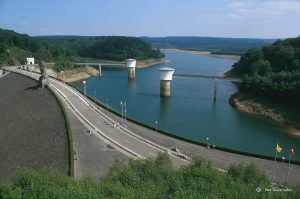
(c) Peter-Vincent Schuld
Siemens is not the first company to announce that it is cutting back on the energy business. The world’s largest gas turbine producer General Electric (GE) also announced that it would cut 12,000 jobs at its energy division. This should lead to a cost reduction of around 1 billion euros. GE also gives up on the “difficult market conditions in the coal and gas industry”.
Still, it’s not all doom and gloom in the energy industry. The Dutch offshore company SBM Offshore has been awarded the contract by the Norwegian company Statoil to build a special mooring facility for the Johan-Catsberg oil field in the Barentz Sea. It is a structure at the bottom of the sea to which ships can be anchored.

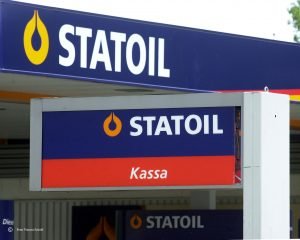
The climate issue and the energy transition are therefore not leaving the energy industry untouched. The global group Exxon Mobil announced that it will have a study carried out into the effects of the climate issue on its business operations. This was done after the insistence of the shareholders, among others. Every company operating in the oil and gas industry has to deal with changing regulations, business activities that come under pressure, as well as possible depreciation and depreciation of oil fields, pipelines and even refineries. The shareholders want to know where they stand. There is a chance that their shares will fall in value. Exxon Mobil says it supports the climate targets, but has so far not been open about its vision and the effects on business operations and has been accused of a lack of transparency.


Economies are increasingly experiencing social pressure to bring about change. This pressure is also being stepped up by financial institutions. ING Bank announced this week that it will no longer finance energy companies that are more than 5% dependent on coal.
ING was not the only financial institution to announce this measure. The World Bank, an international organization and part of the United Nations with 189 participating countries that finances development cooperation and poverty alleviation, also announced that it will stop financing oil and gas projects as of 2019.


The World Bank makes an exception for countries where there are substantial benefits in terms of access to these energy sources for the poor in underdeveloped countries. On the other hand, energy production must be in line with the way in which the country concerned deals with the agreements made in the context of the climate objectives as laid down in the Paris Agreement.
The World Bank is closely involved in the energy transition and is active as an international organisation, discussion partner and financing partner in achieving climate goals in underdeveloped countries.
However, the question arises as to whether it is wise to stop financing gas extraction activities in these types of countries. After all, as before, gas plays an important role in the energy transition and can therefore also promote the economic development of the country concerned.
Speaking of funding; There is another aspect to making global energy consumption more sustainable. At the Copenhagen climate conference in 2009, it was agreed that the rich industrialised countries would help in the fight against global warming. Some NGOs would like the countries involved, such as the Netherlands and Belgium, to allocate extra money for this in addition to the budgets for development cooperation. Public support for this is very limited in the Low Countries. After all, even more money for the climate “elsewhere in the world”, from the Belgian and Dutch taxpayers, will meet with a lot of resistance. There is still a great deal of fear among the public, but also among the departments of Foreign Affairs, that funds earmarked for development cooperation will end up in the wrong pockets in countries where low welfare standards and corruption go hand in hand. This fear is partly overcome by directly supporting projects, but you can never completely rule it out.
Other questions that arise relate to the administrative and political level and whether there is the will and competence to bring about real change. After all, the means of “enforcement” are and remain limited. Is there no unstable political situation or is there no unstable situation that gives rise to other concerns? I can imagine that Yemen, Syria and Iraq have other priorities. In addition, these countries will benefit from increased oil sales to finance the reconstruction of those countries once the fighting has ended. This question is not limited to countries where there is now unrest.
Will the coal-fired power stations in Kosovo also close in 2030, as is planned in the Netherlands?
Does the Cambodian electricity company only produce and supply renewable energy?


In a dozen years we will know and in 12 years we will also know how we fared in the Low Countries.
If you are alive and well, your reporter will come and tell you.


 Nederlands
Nederlands 
